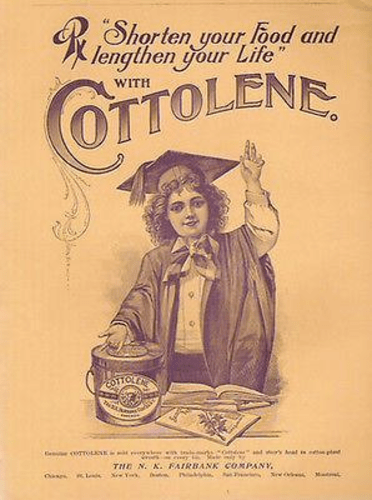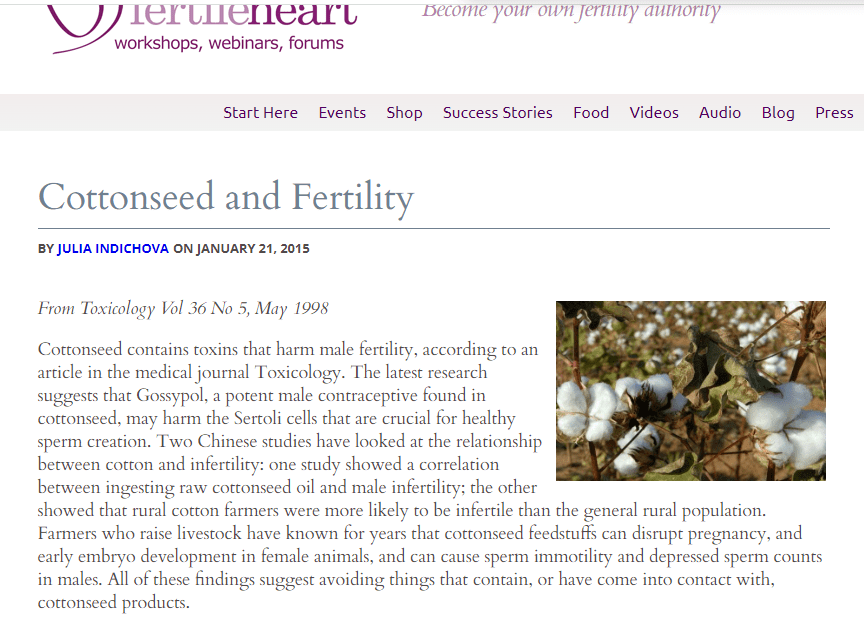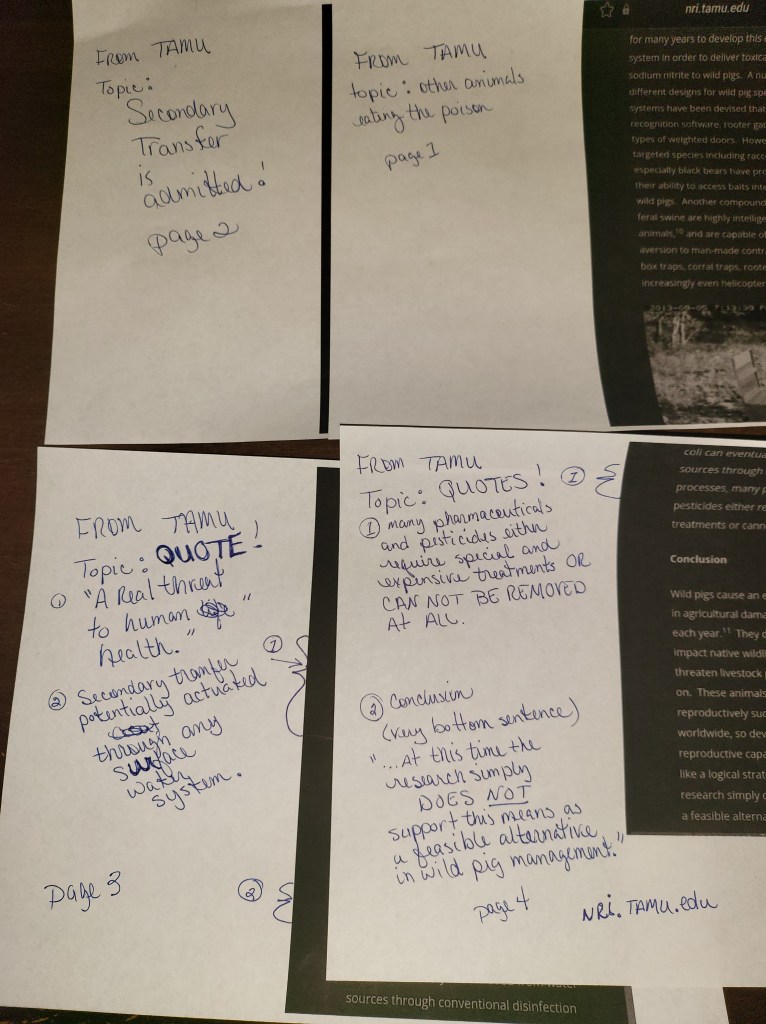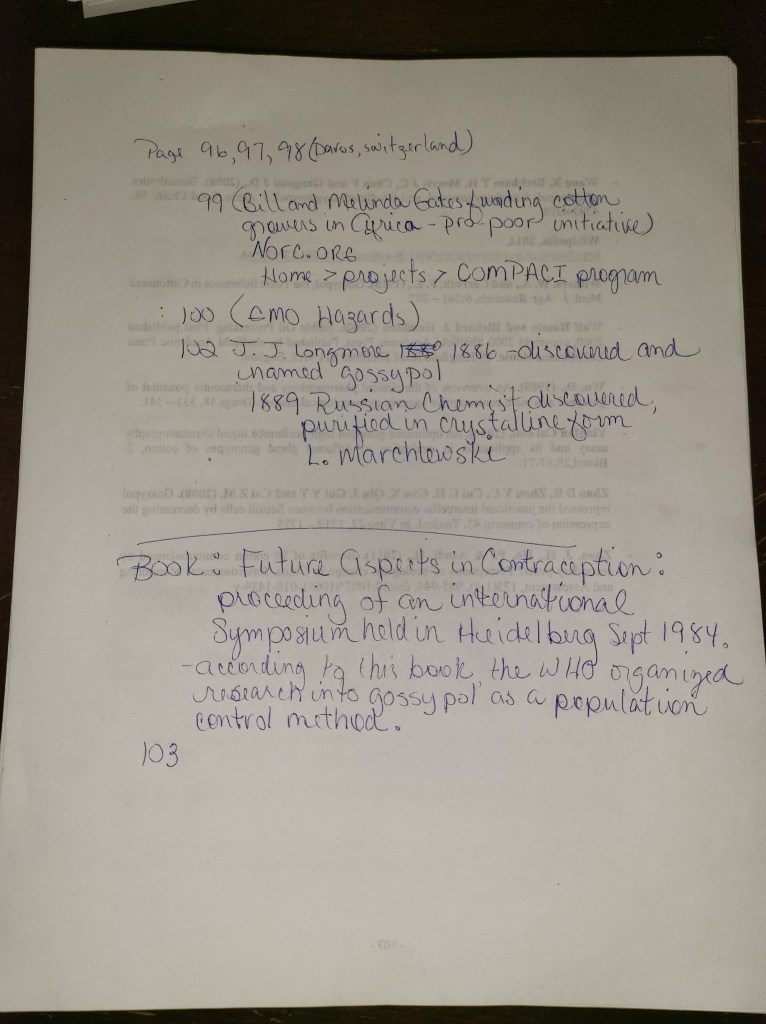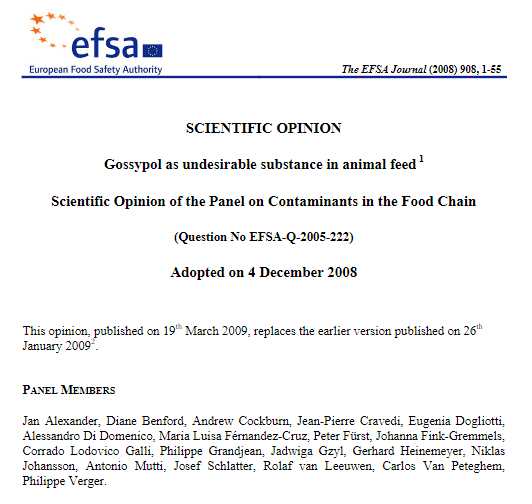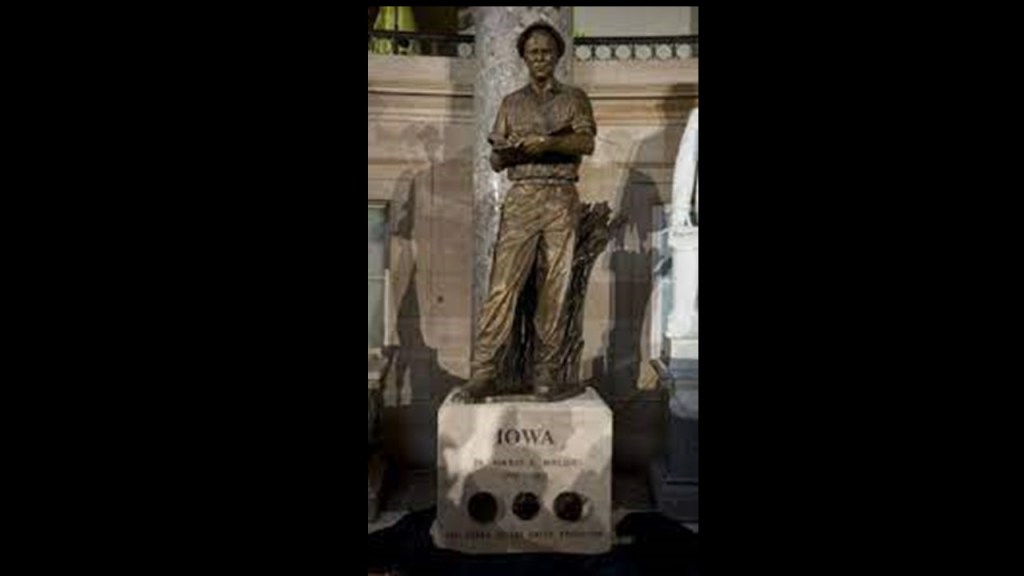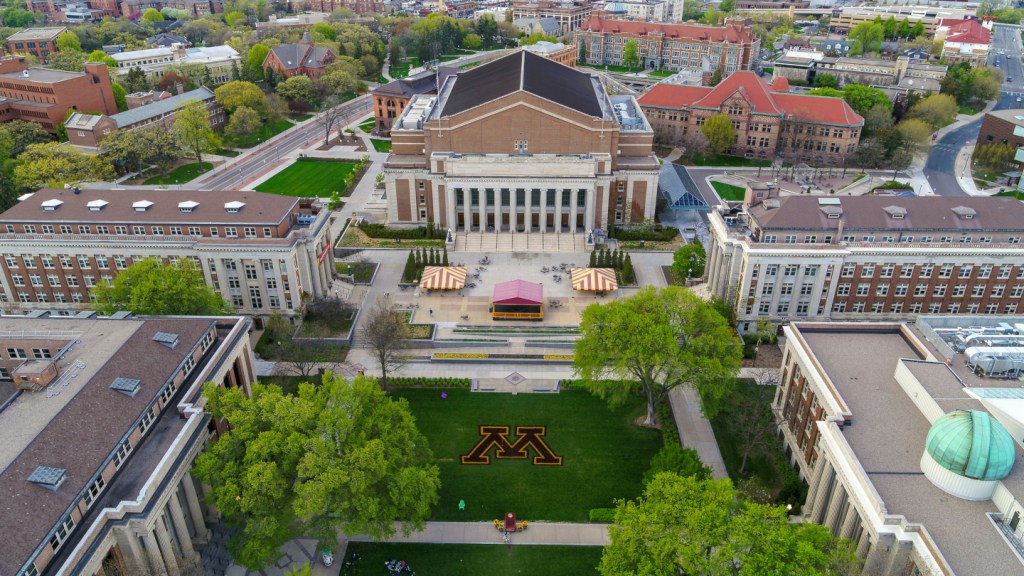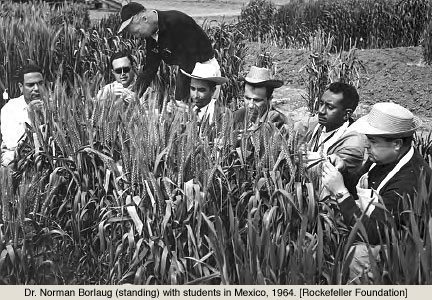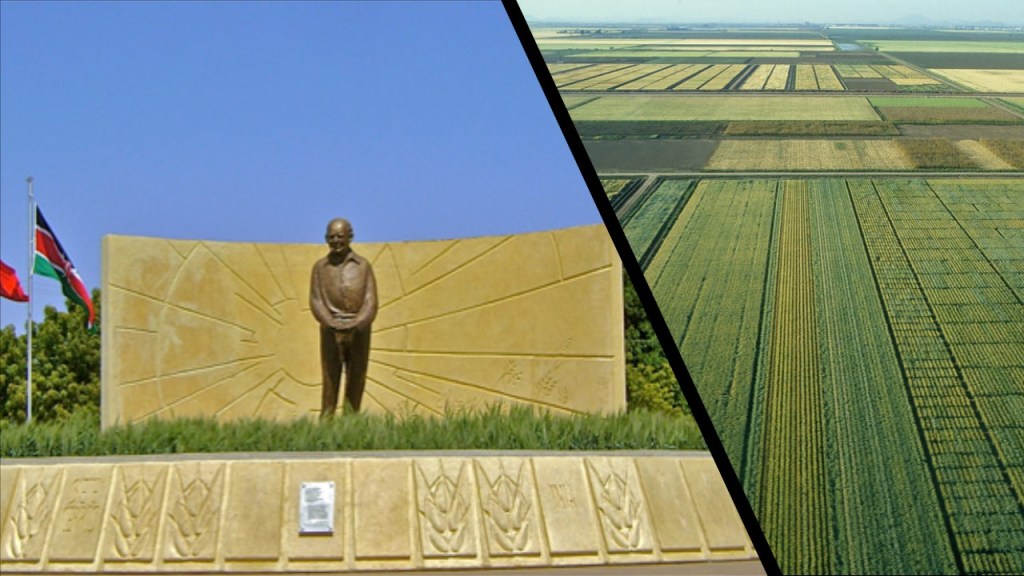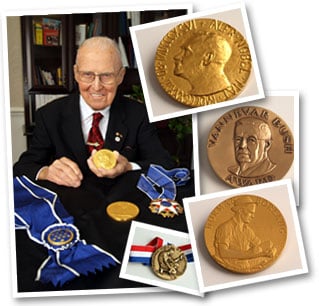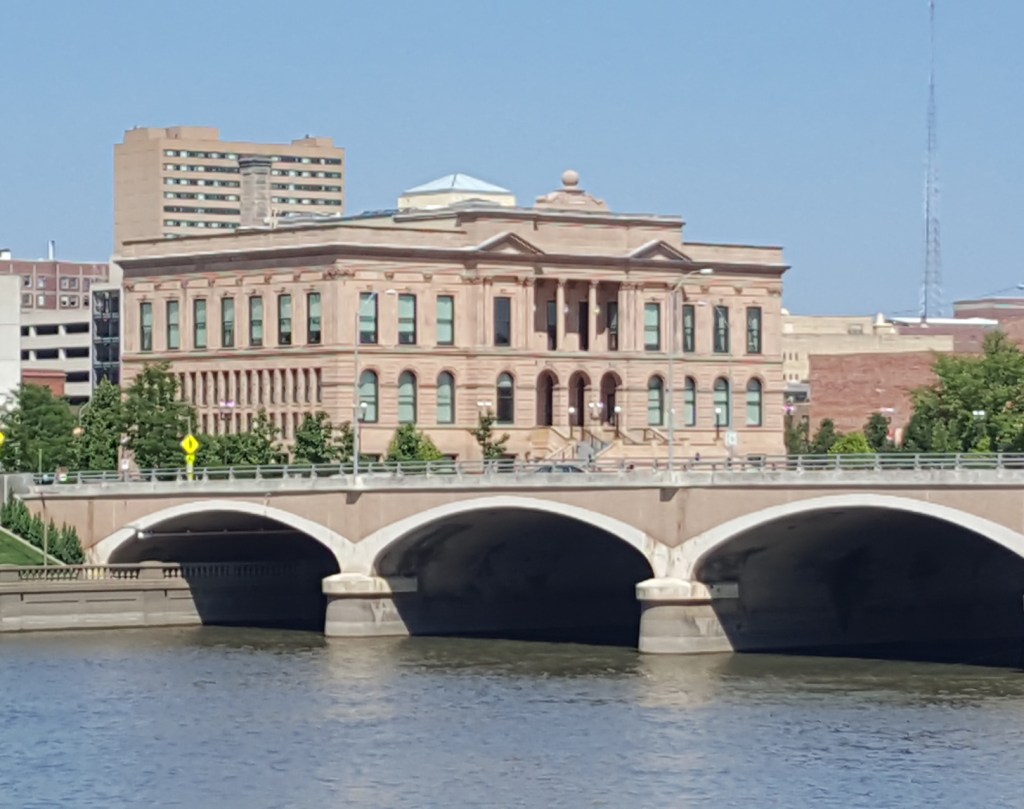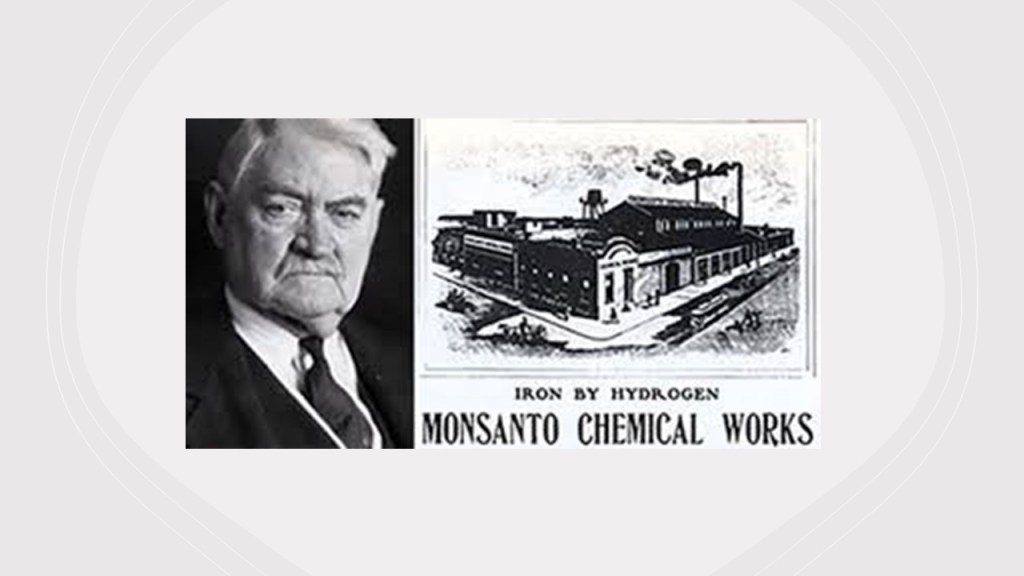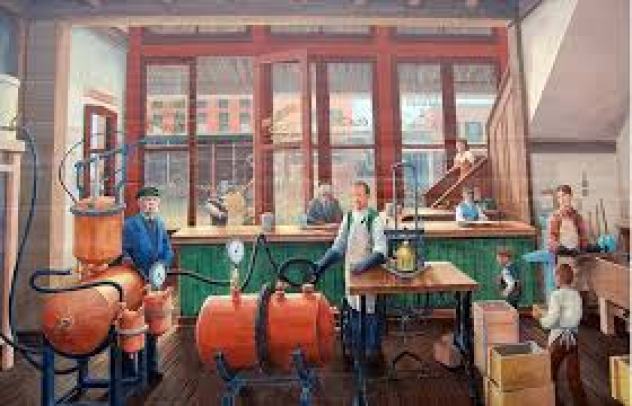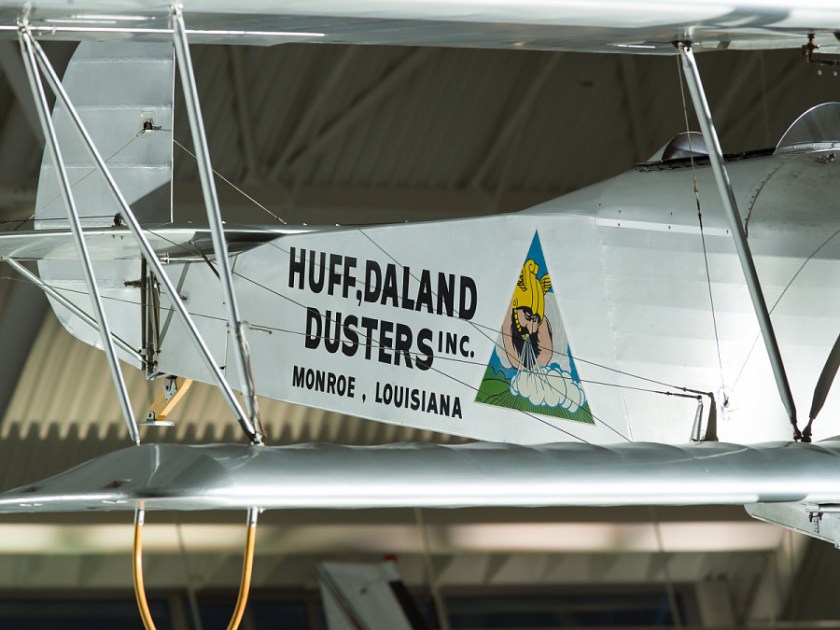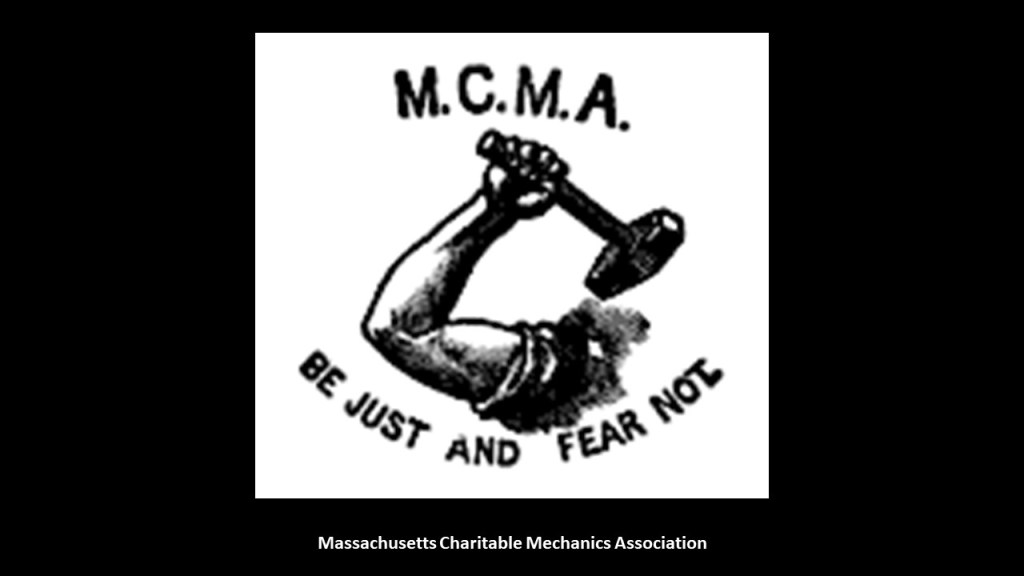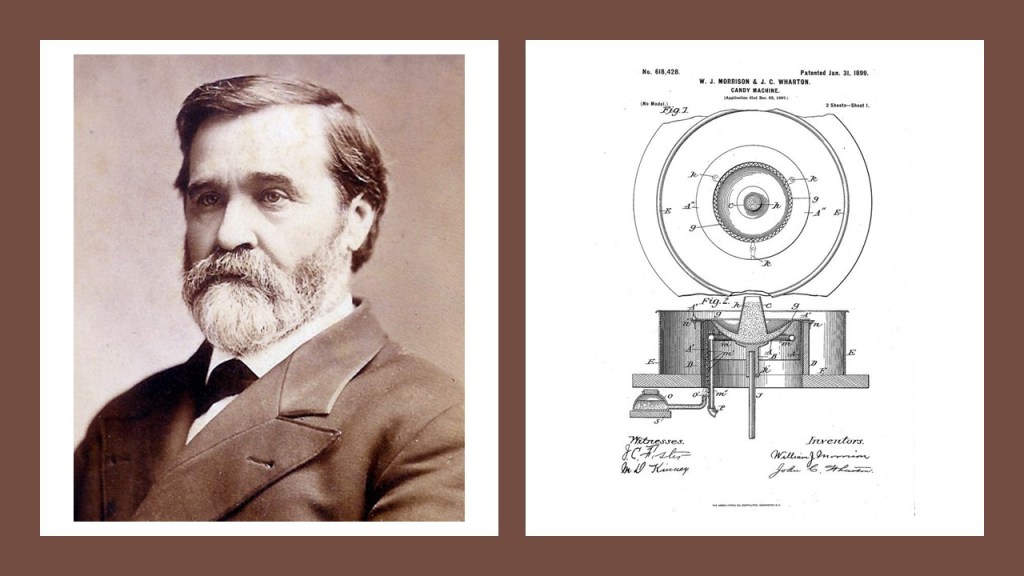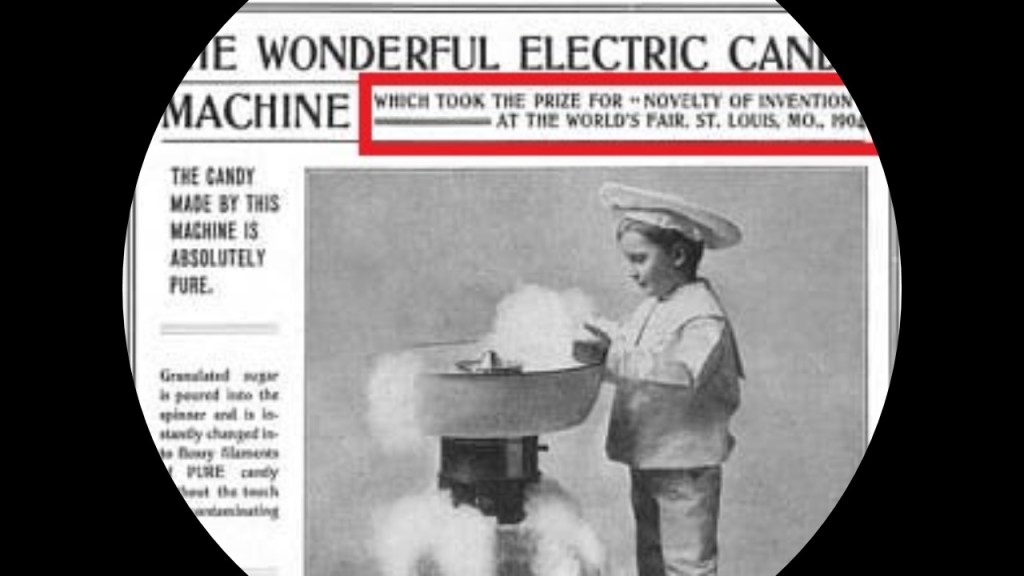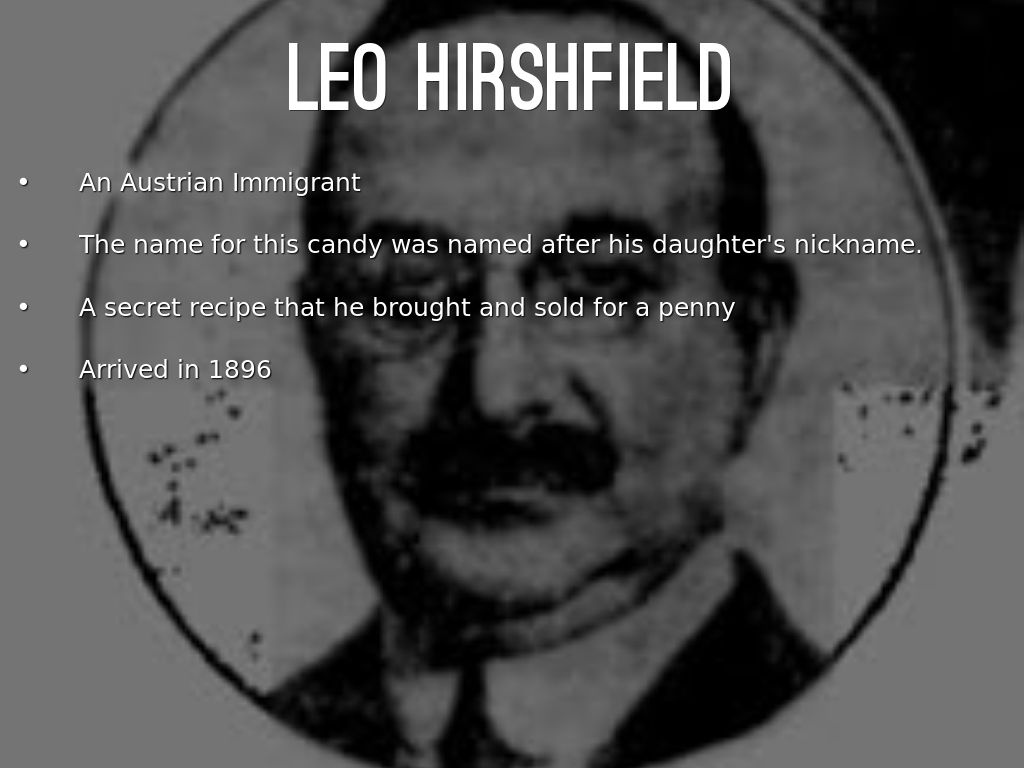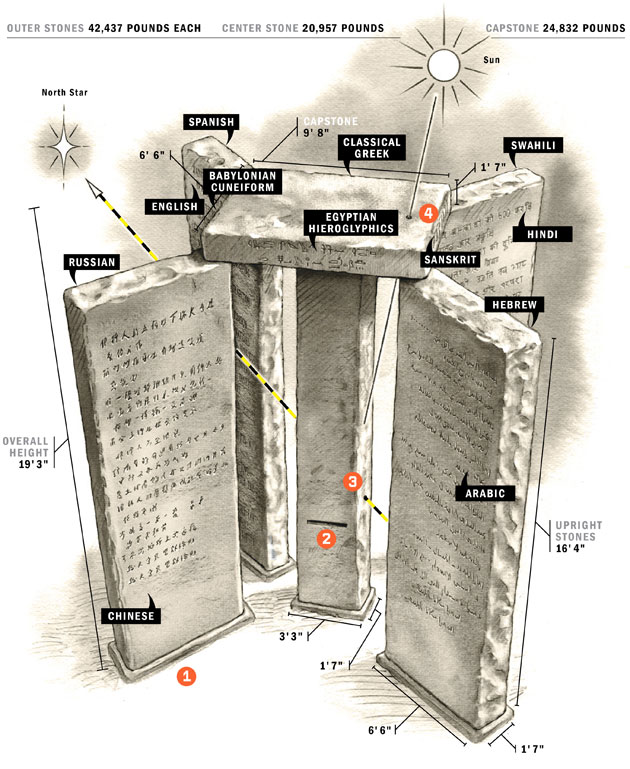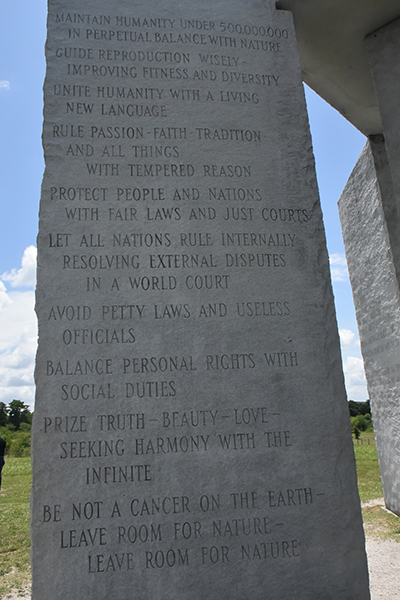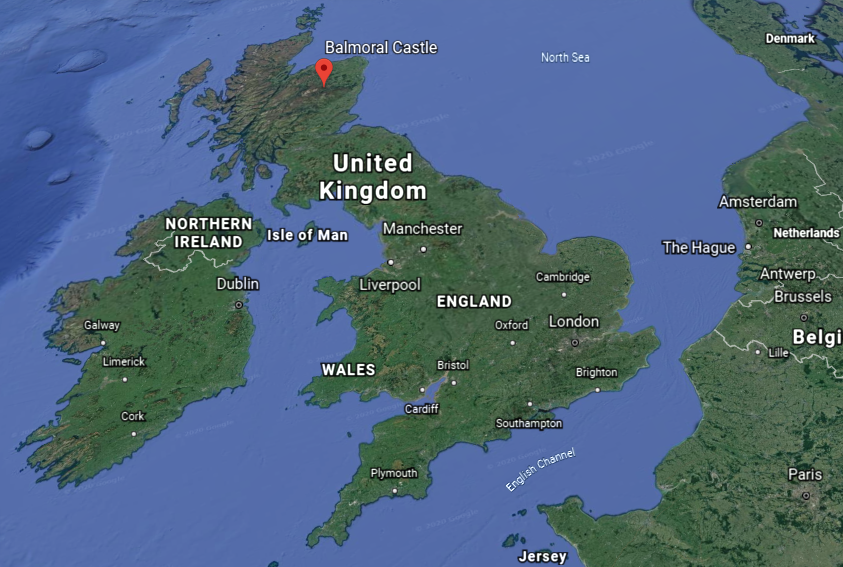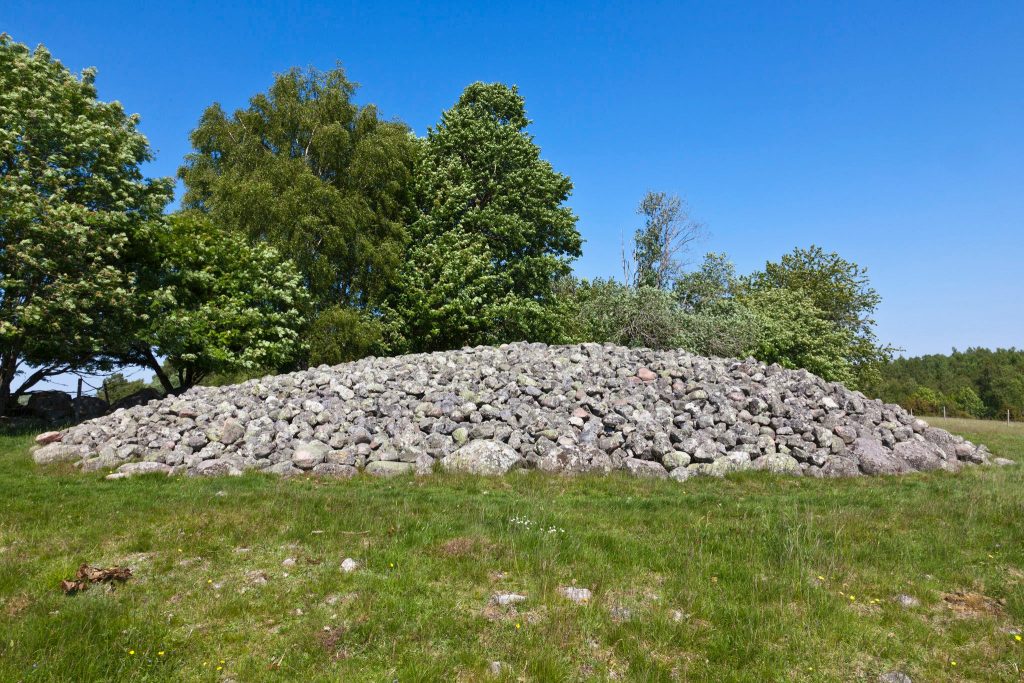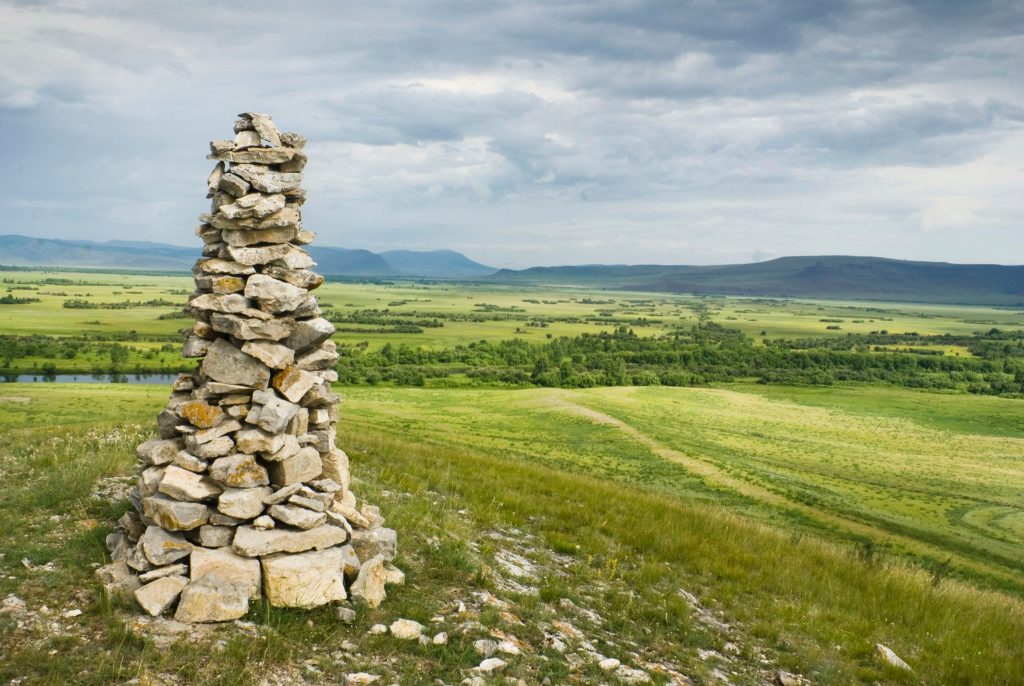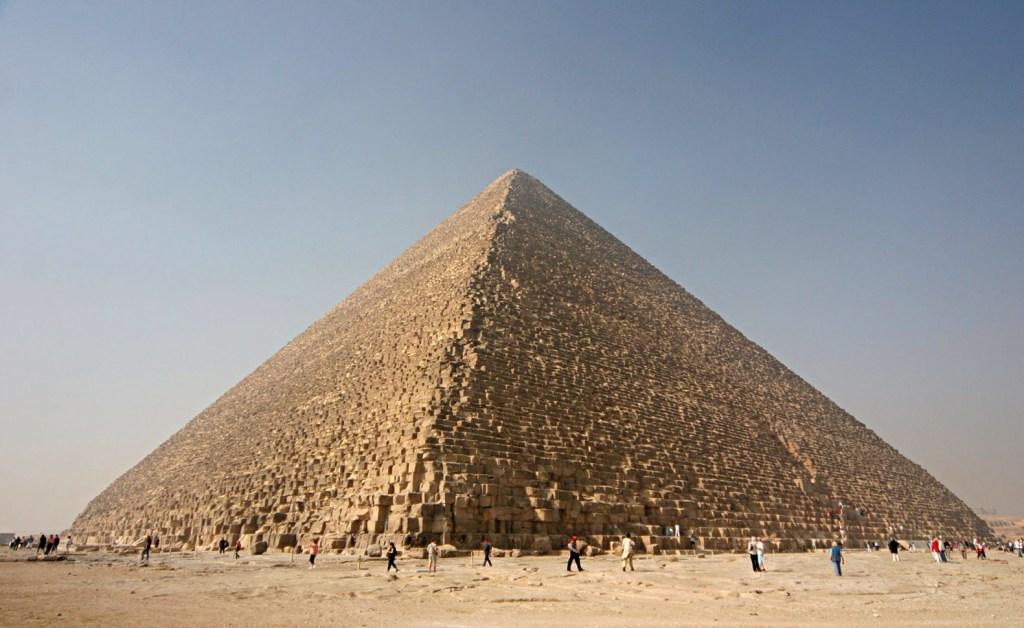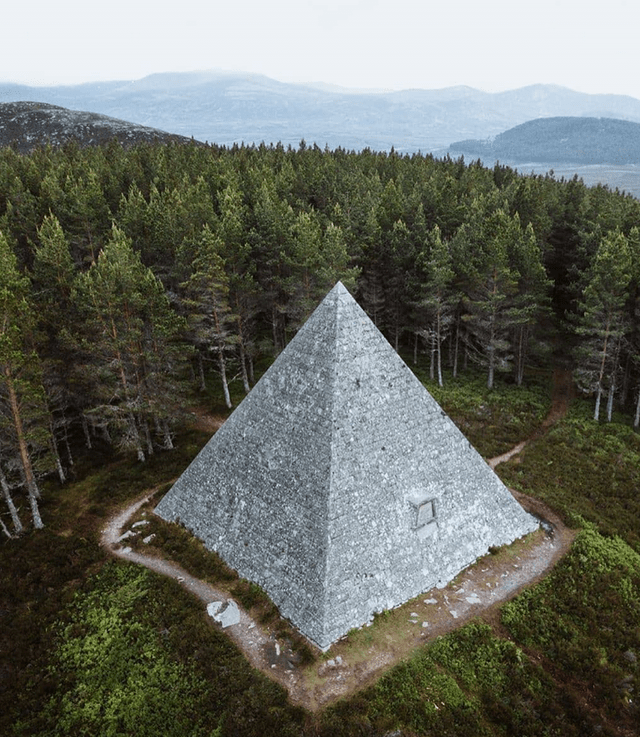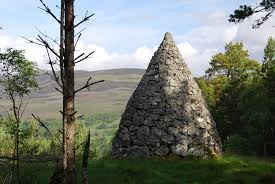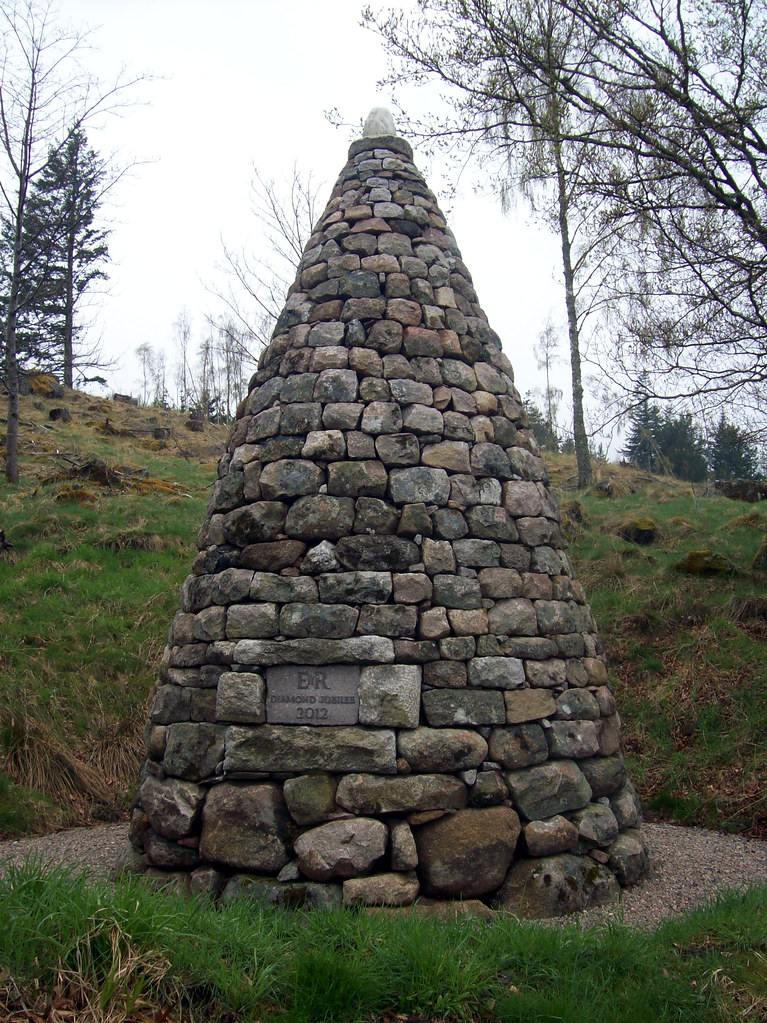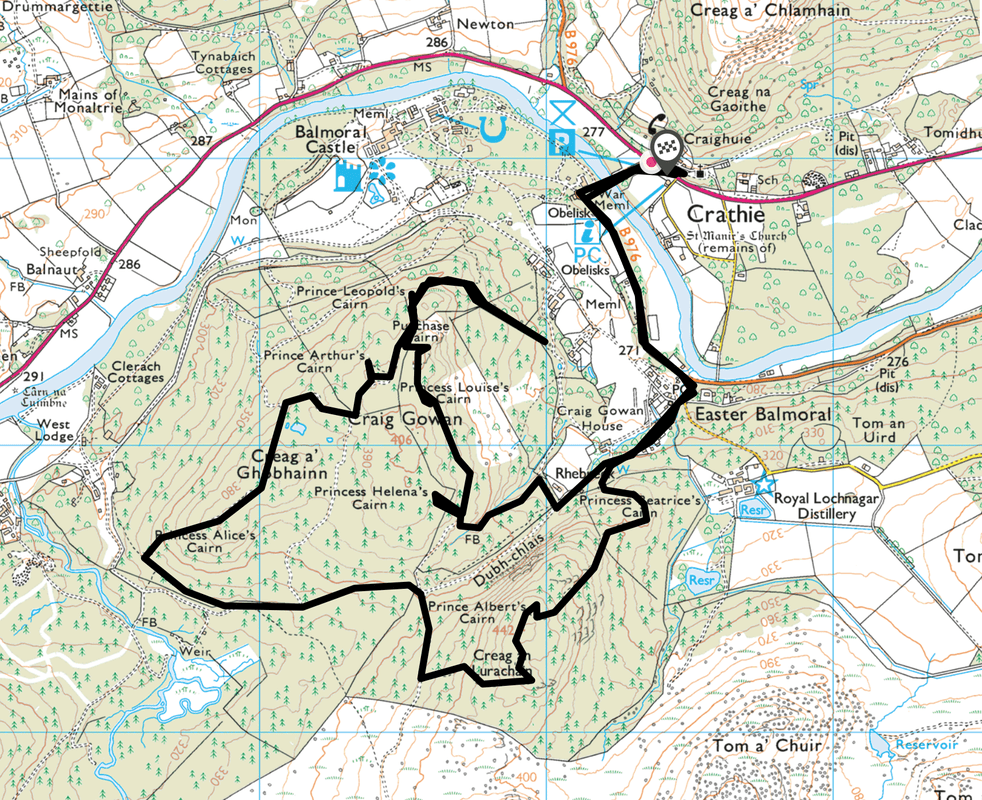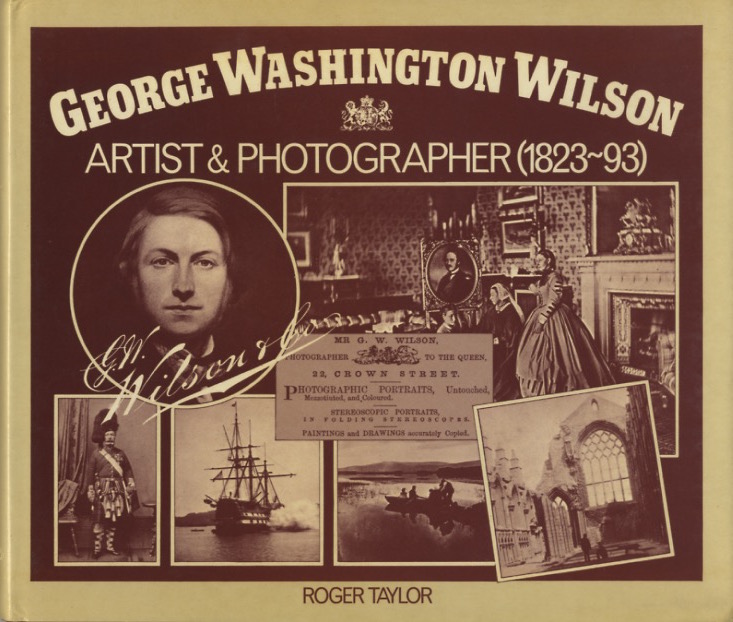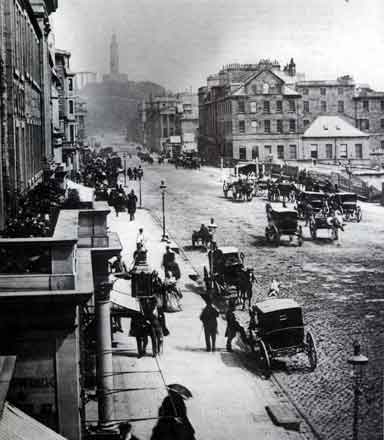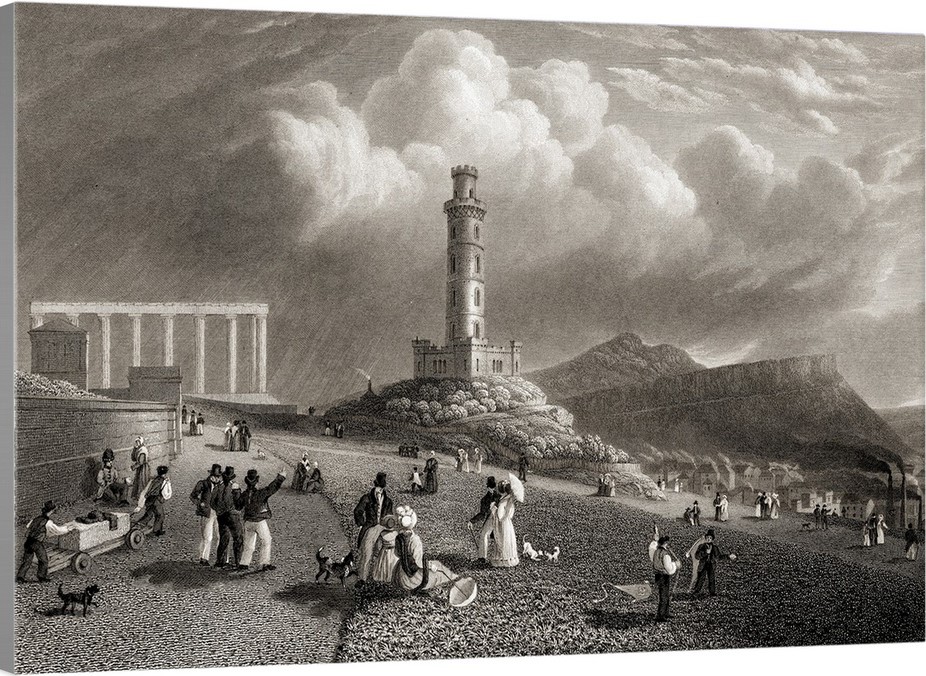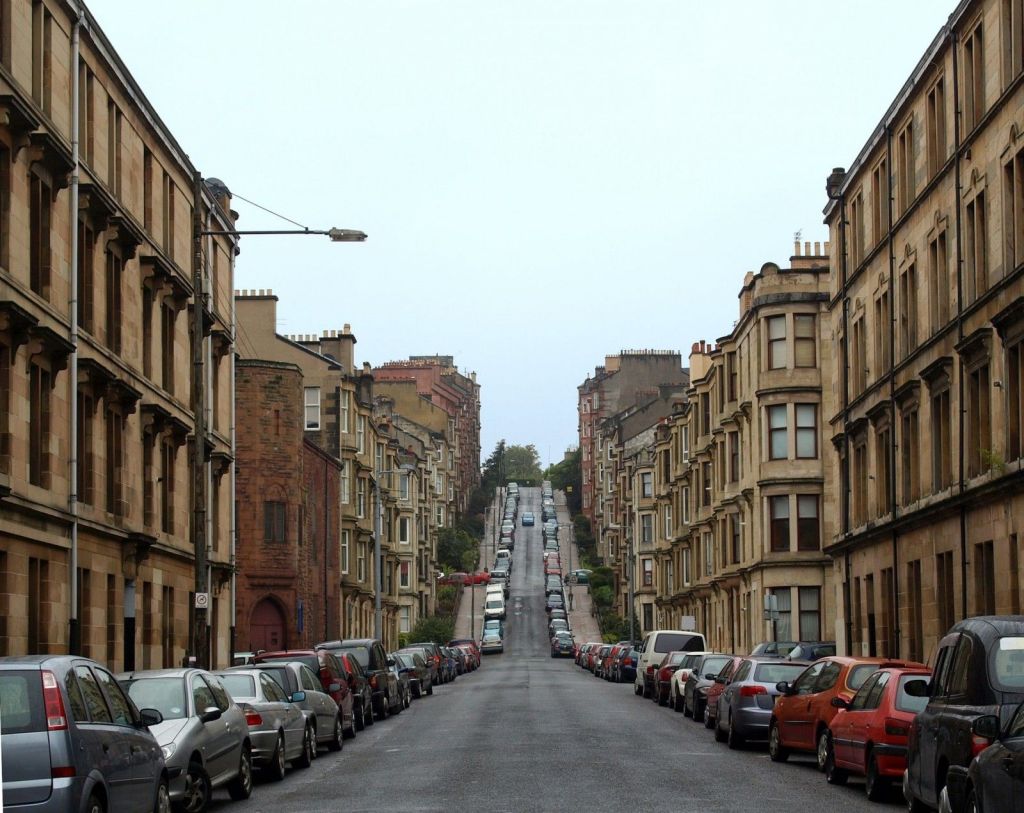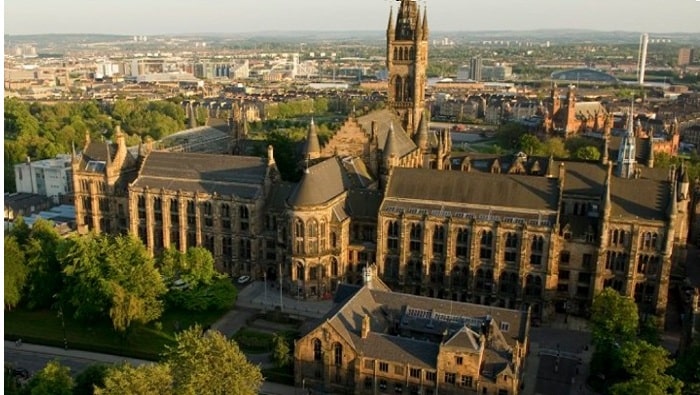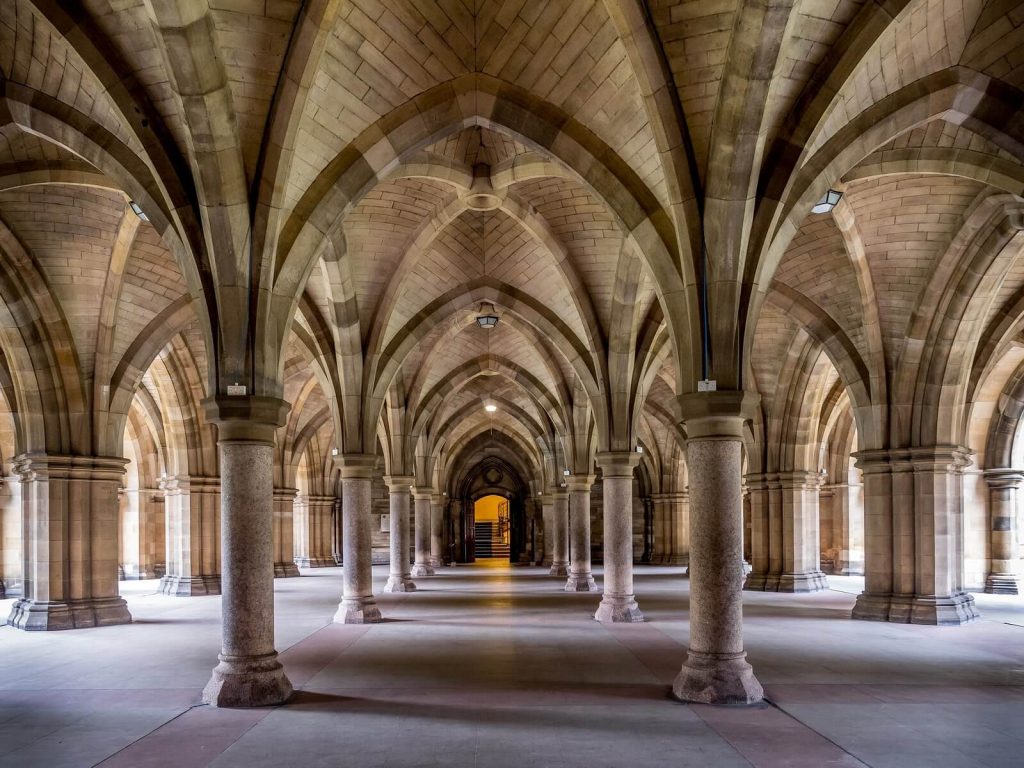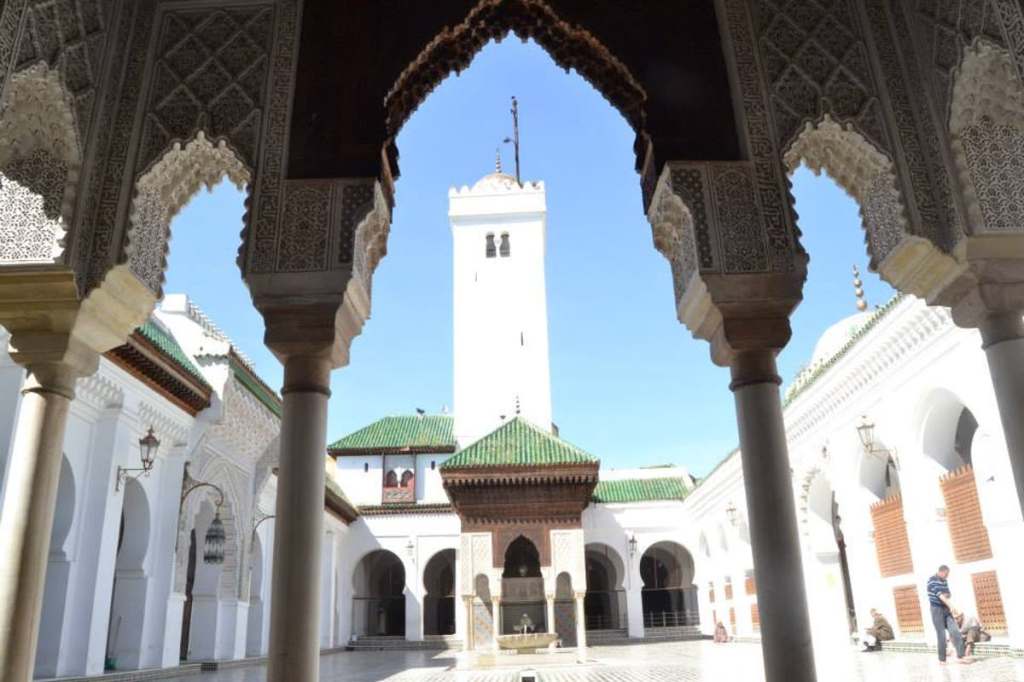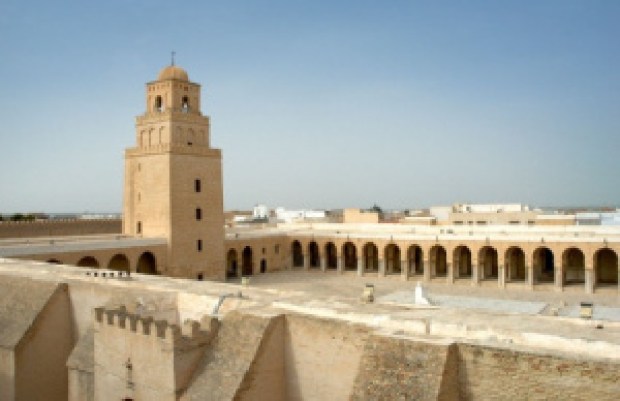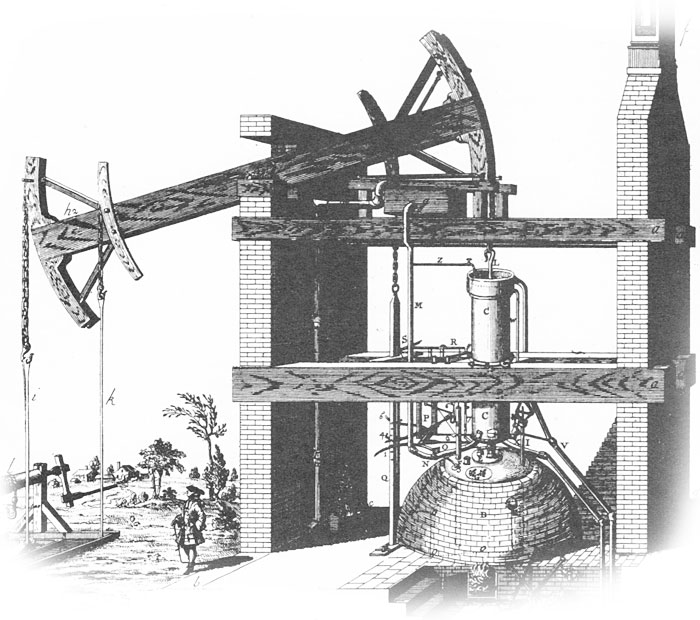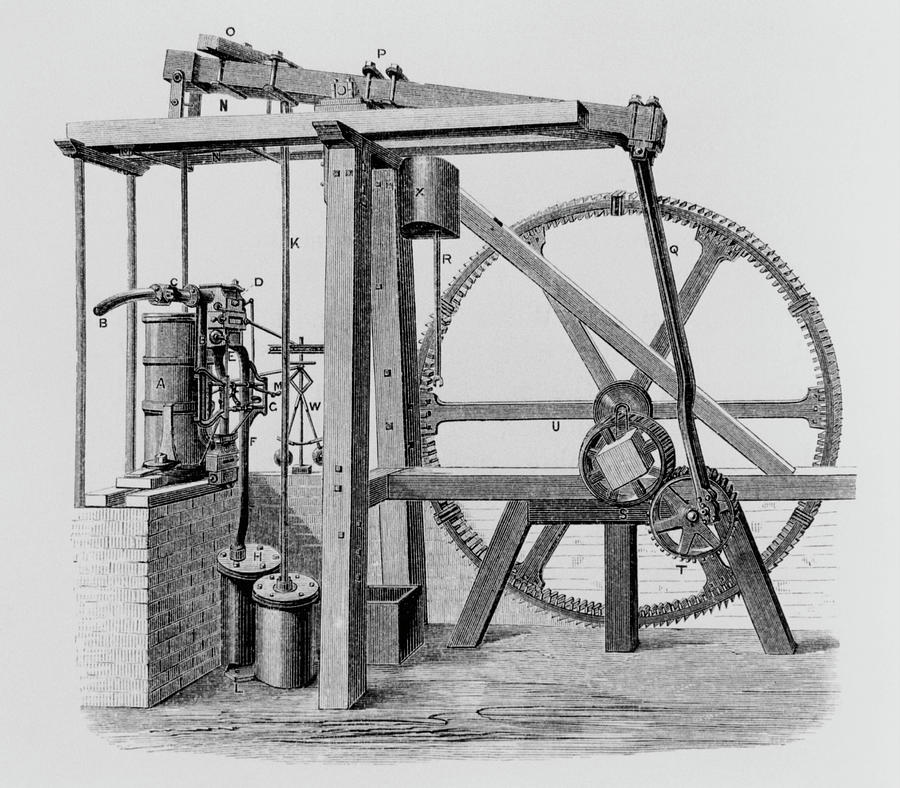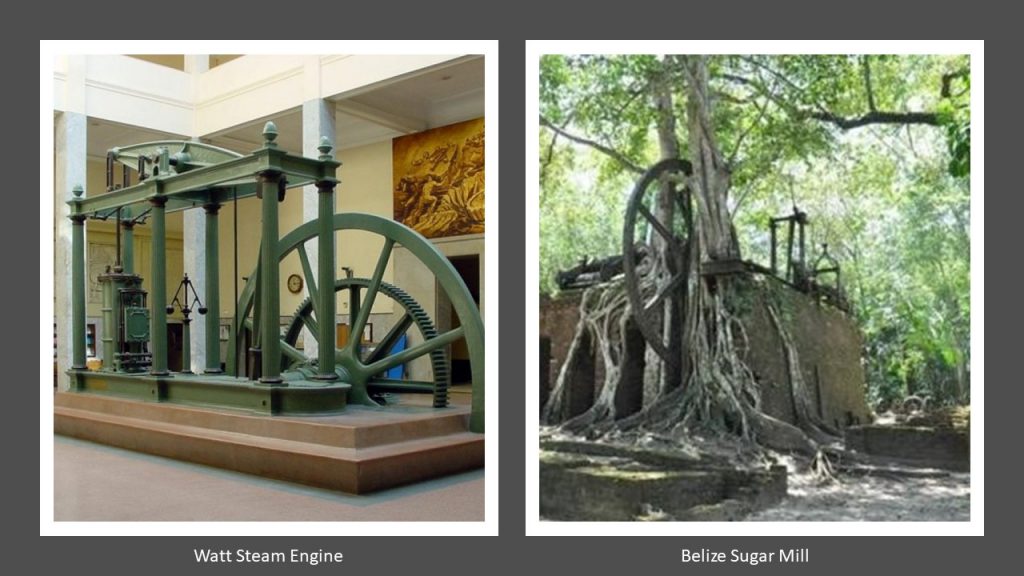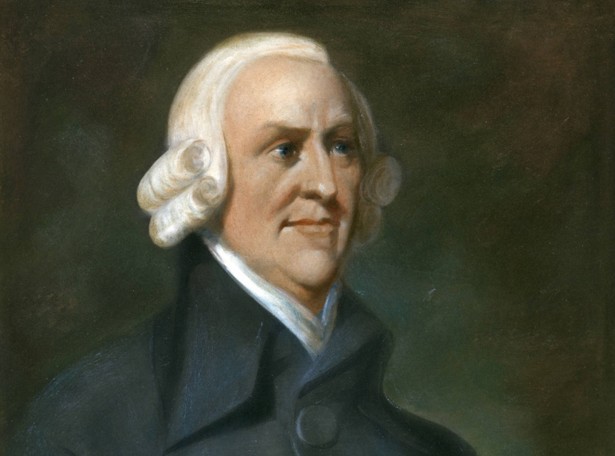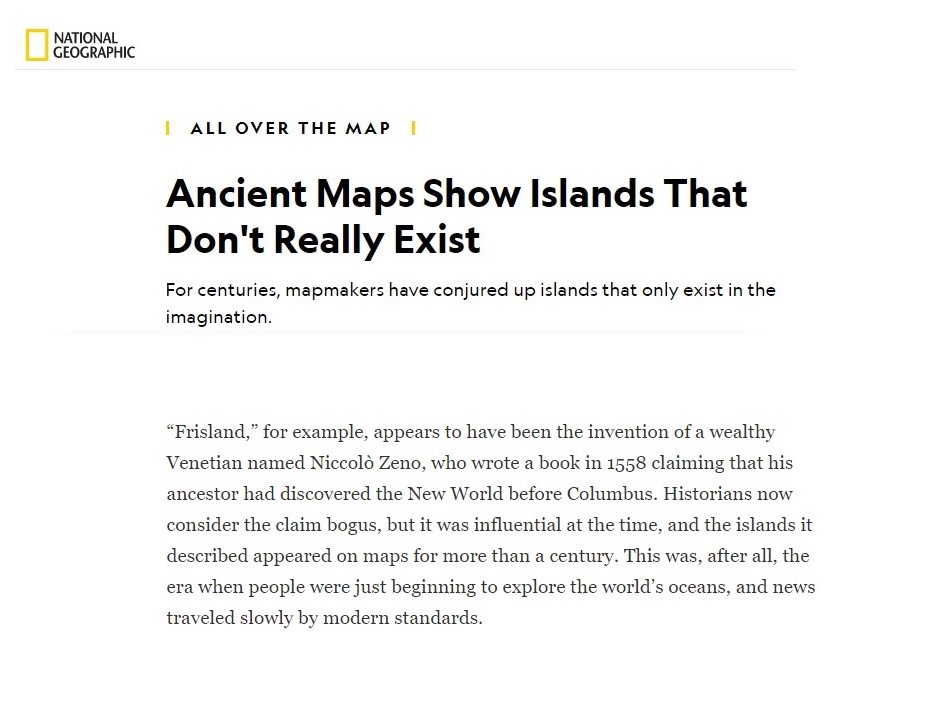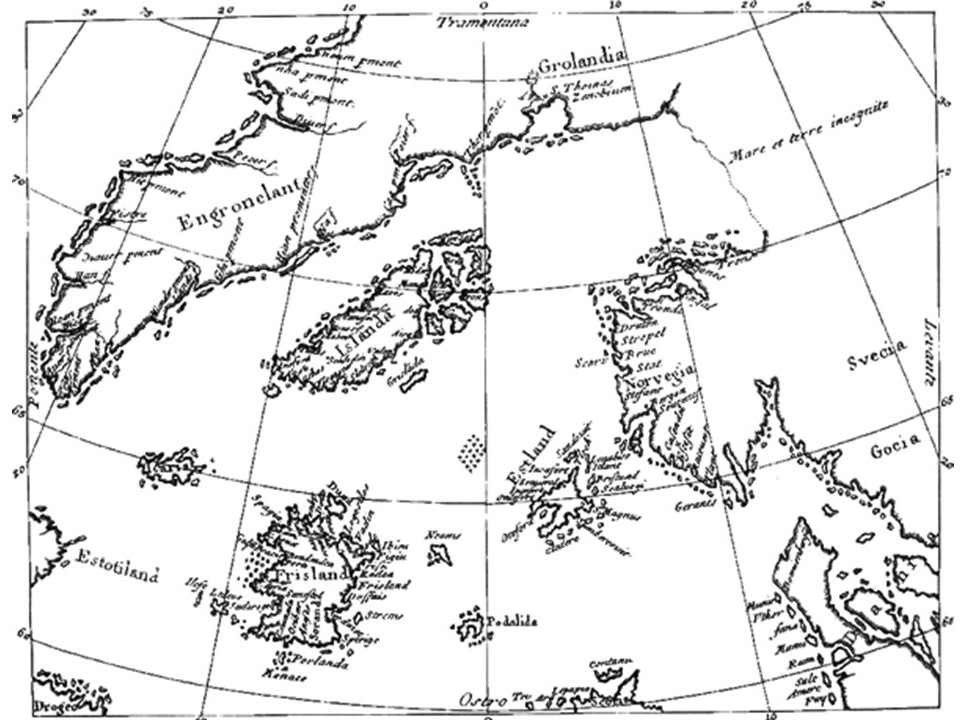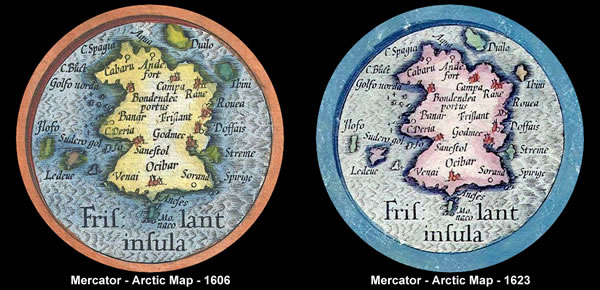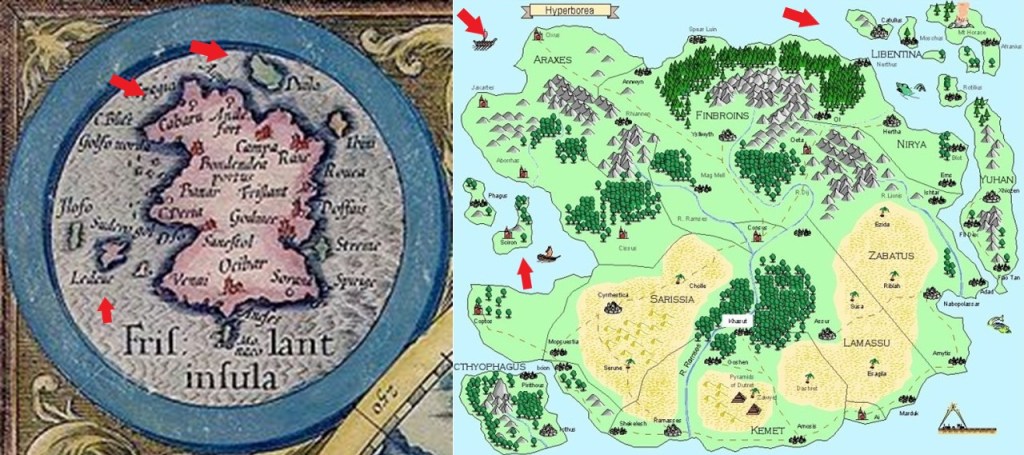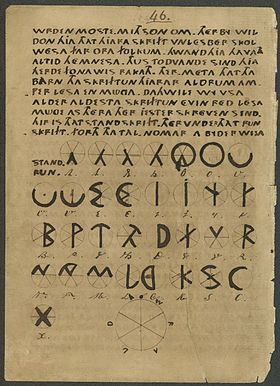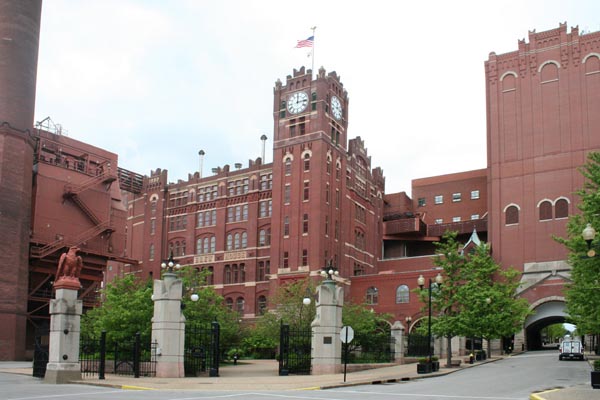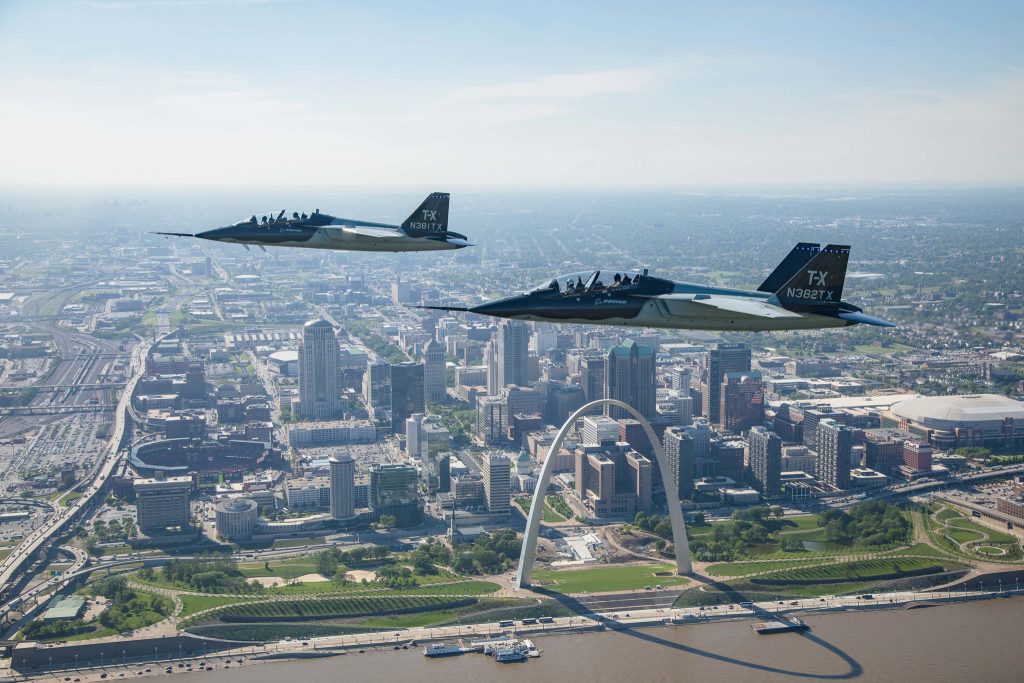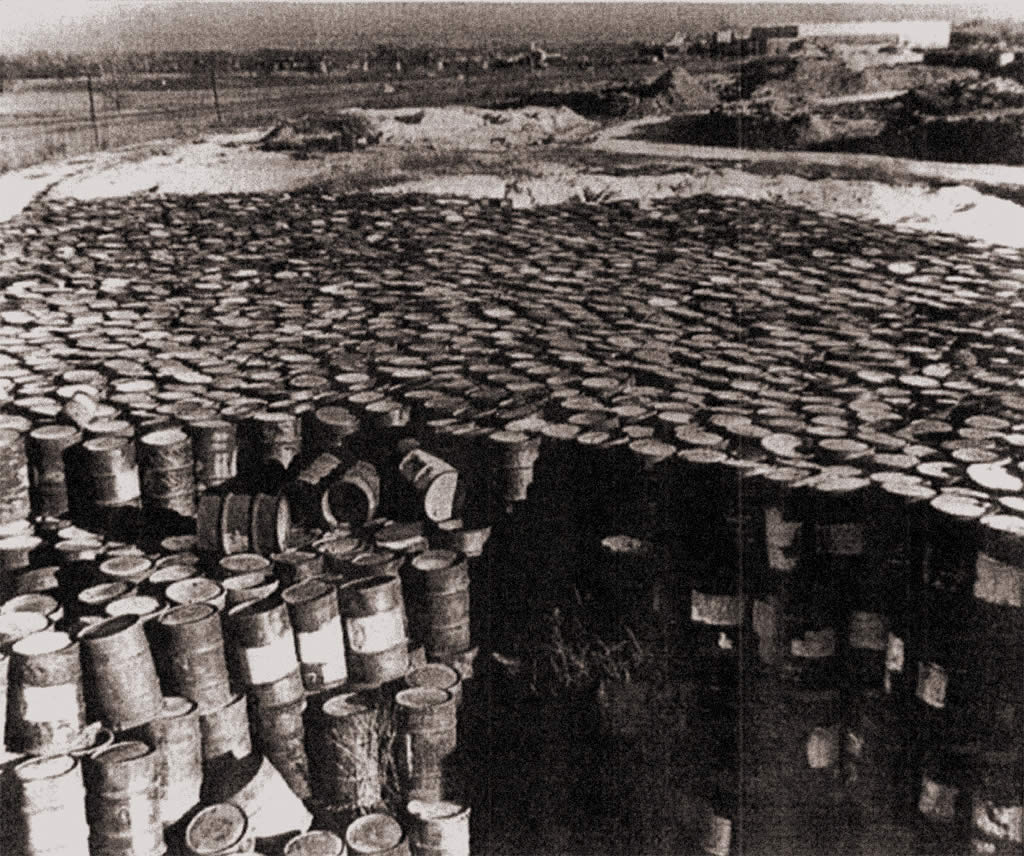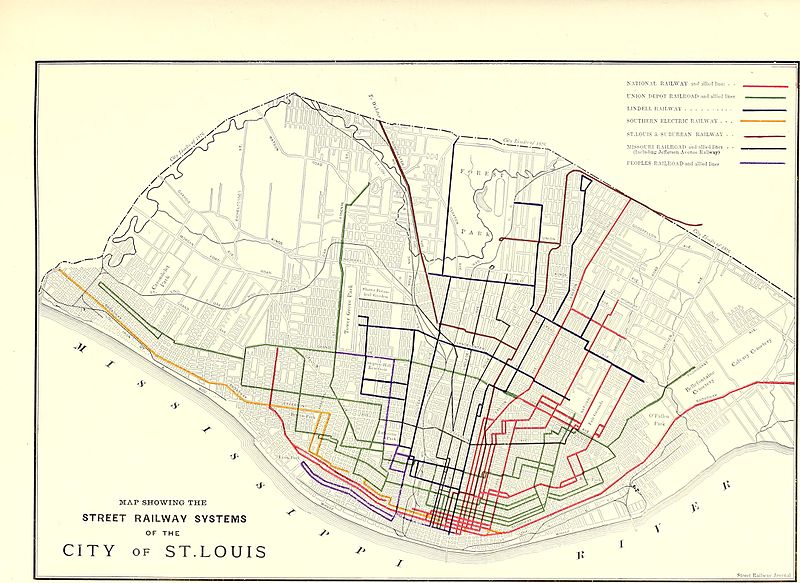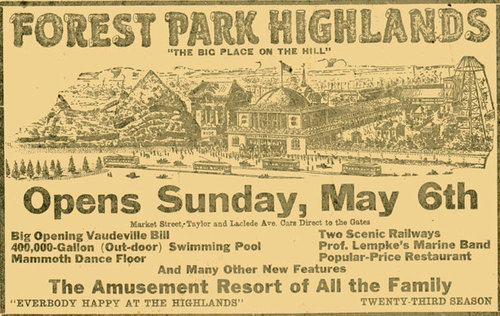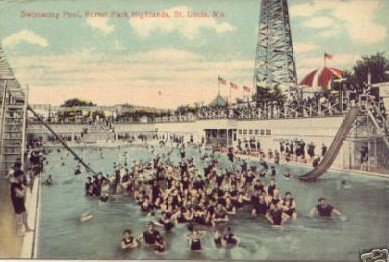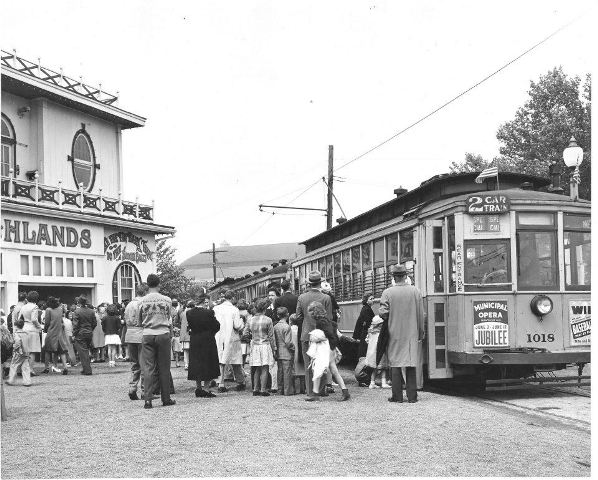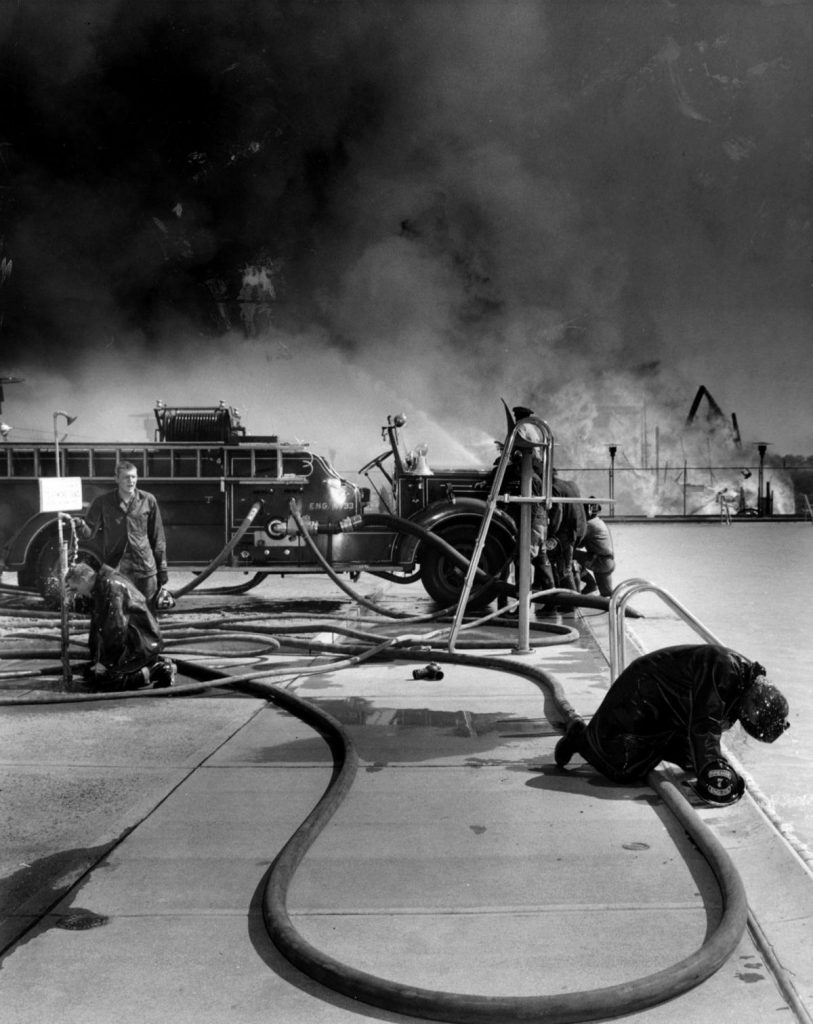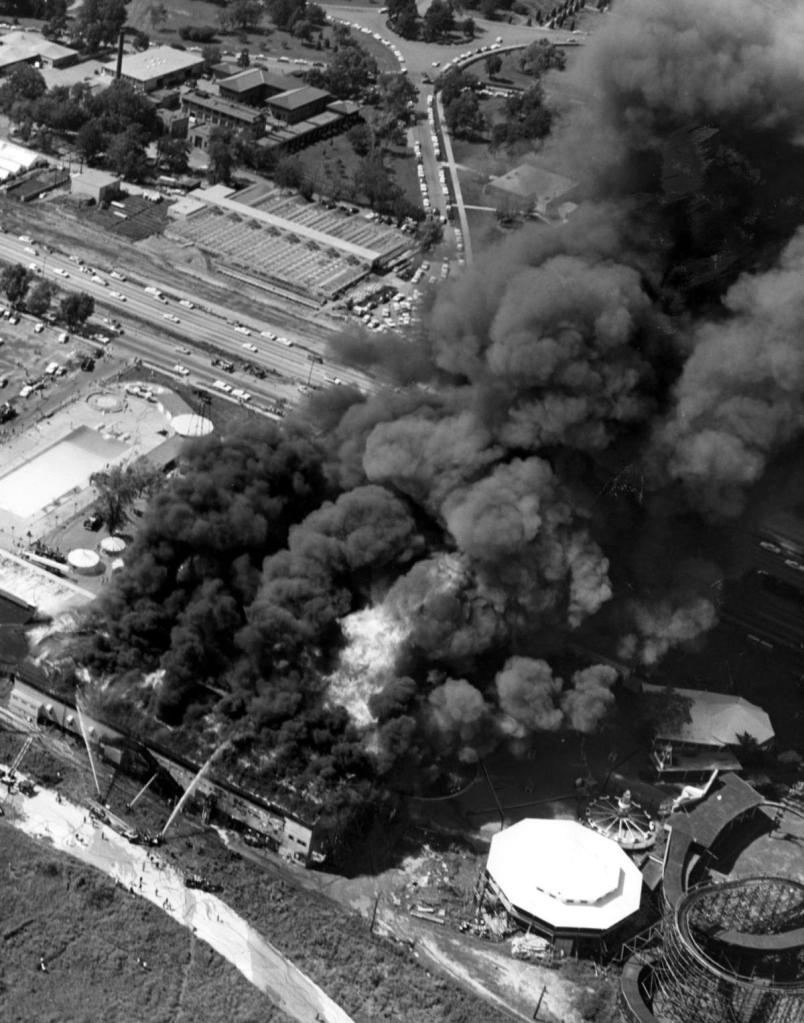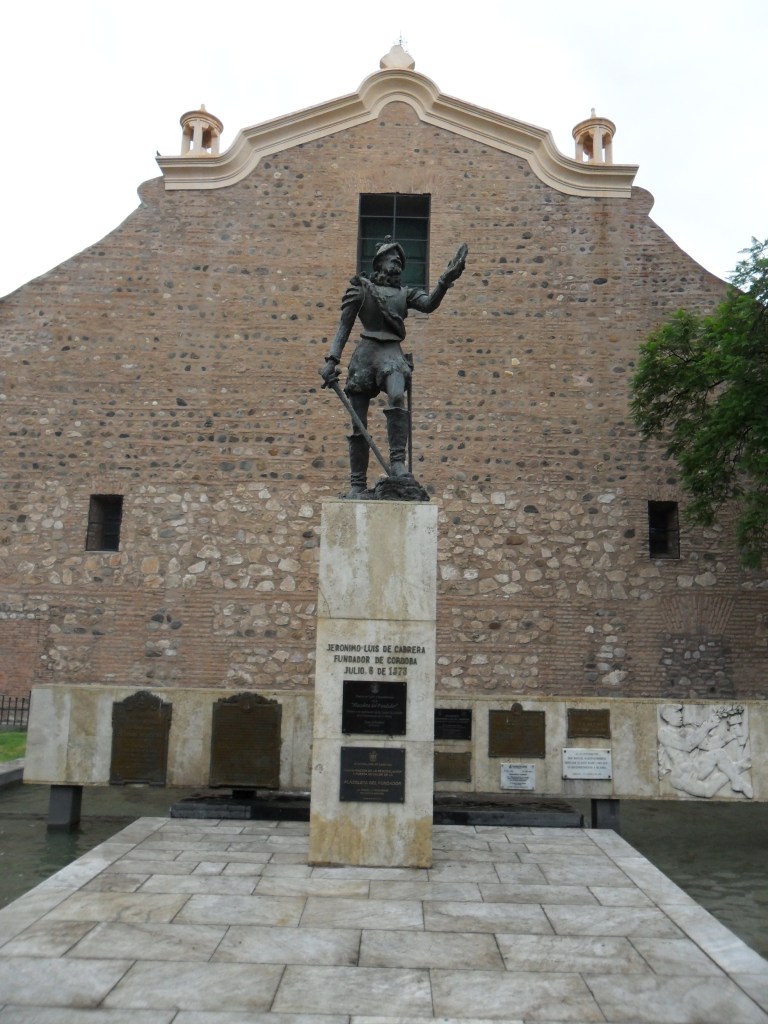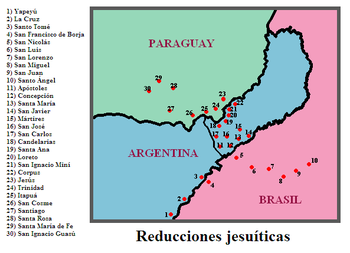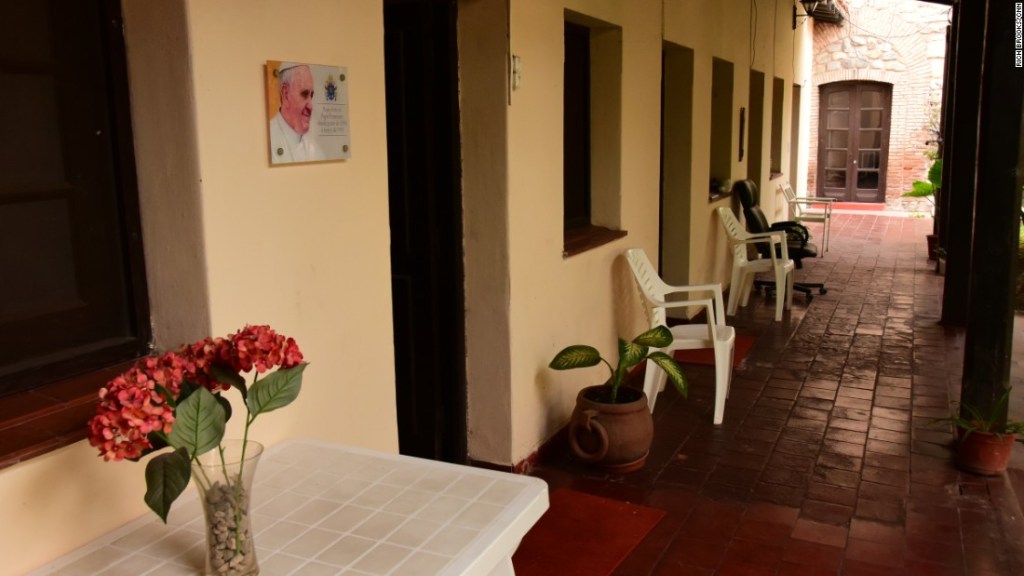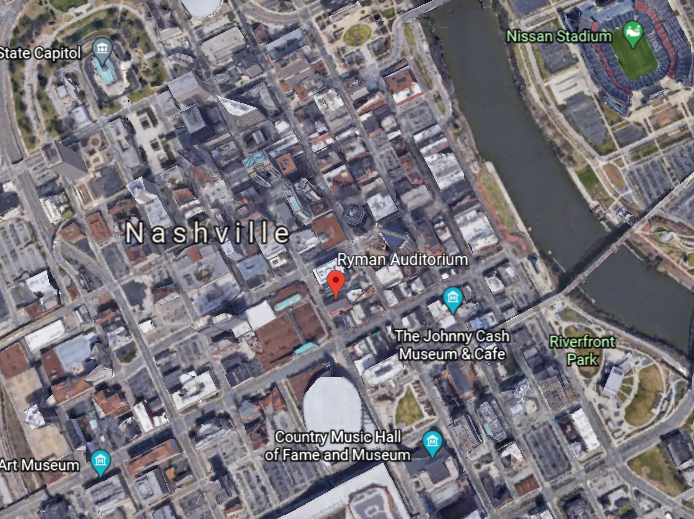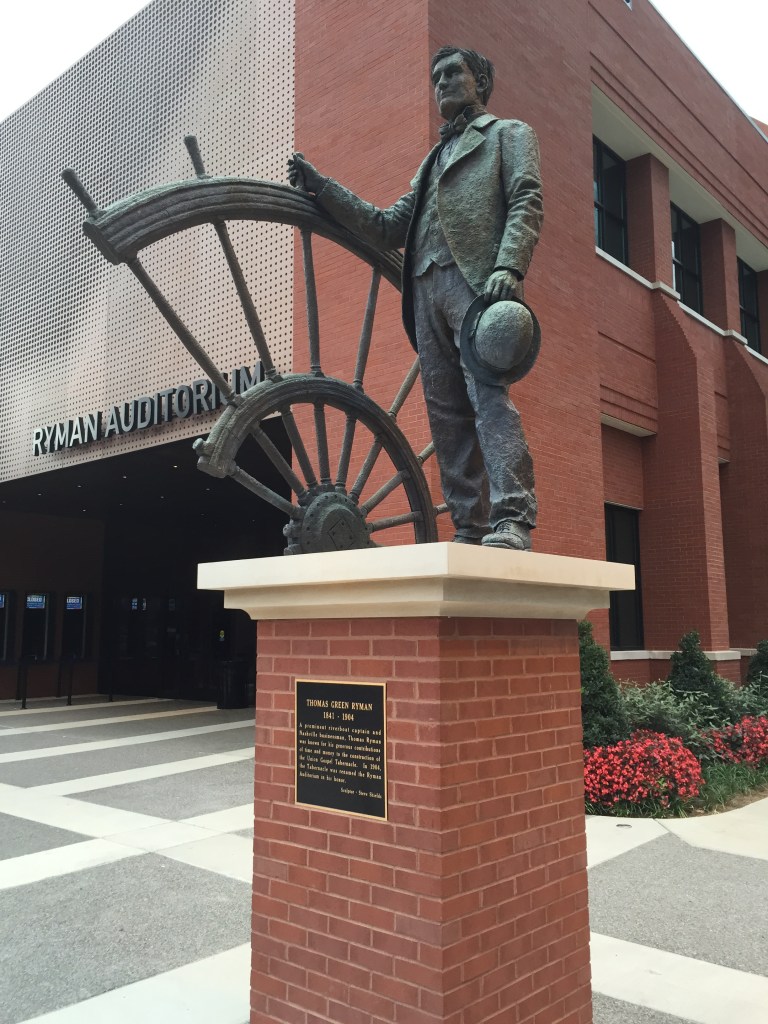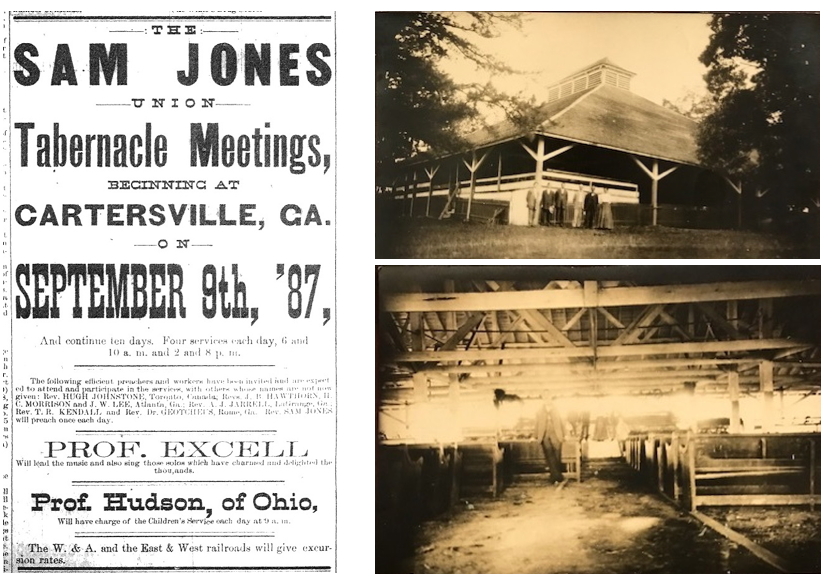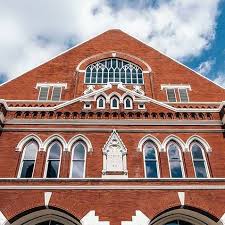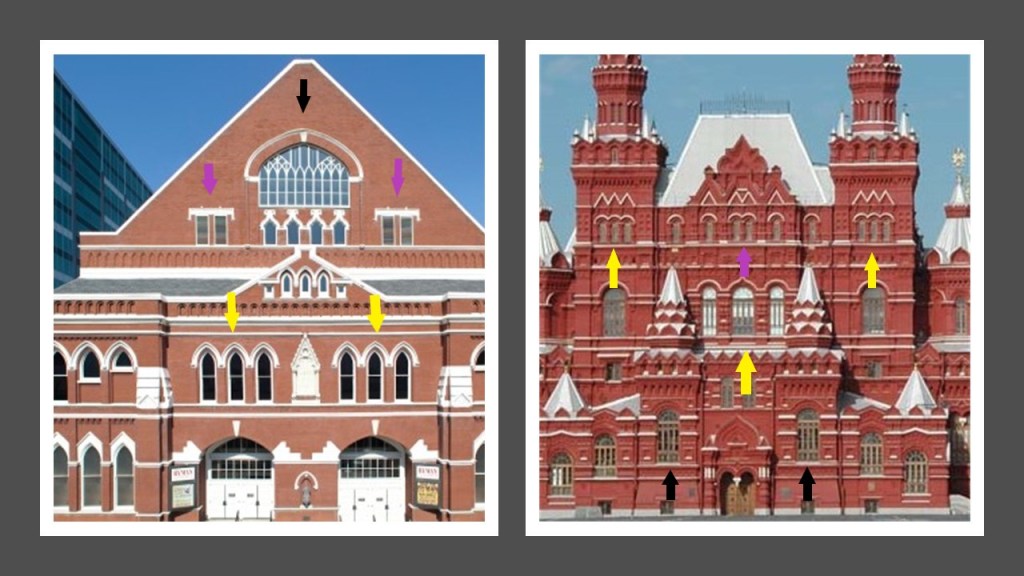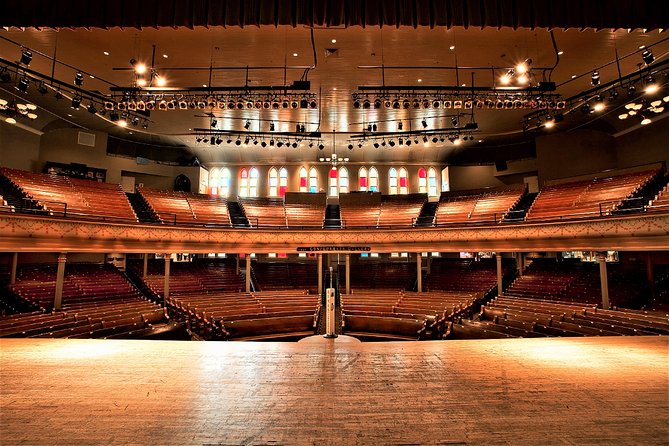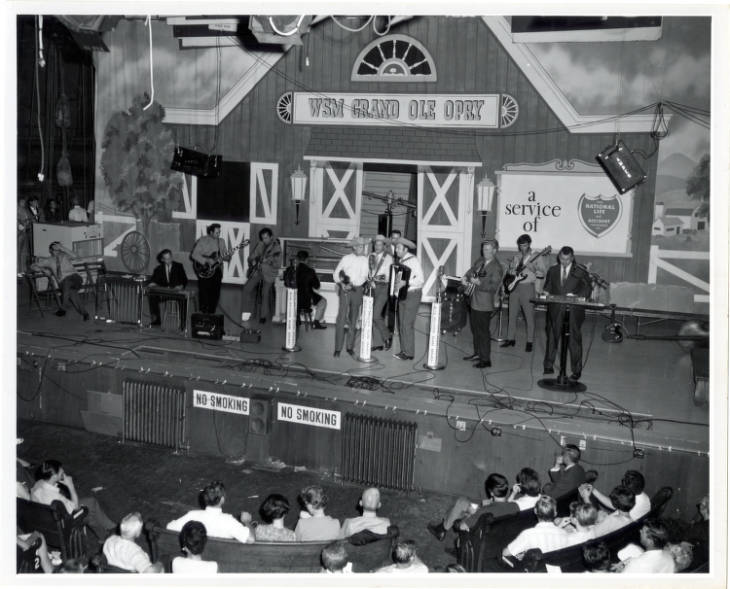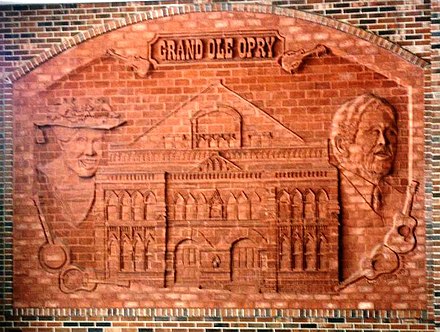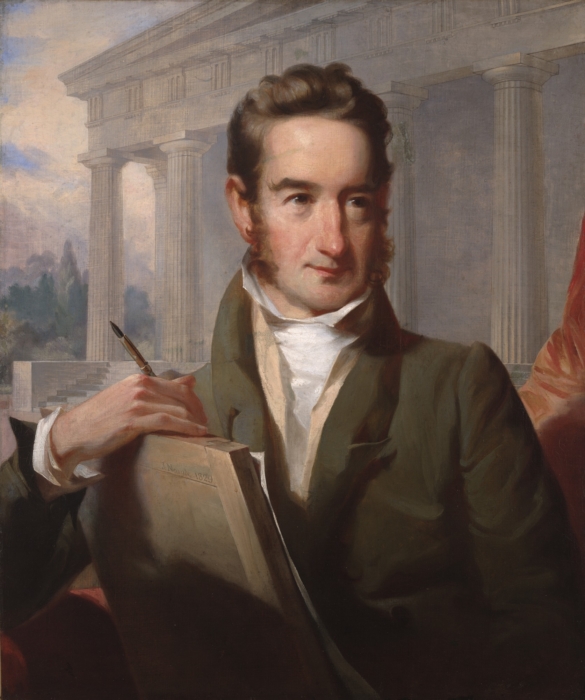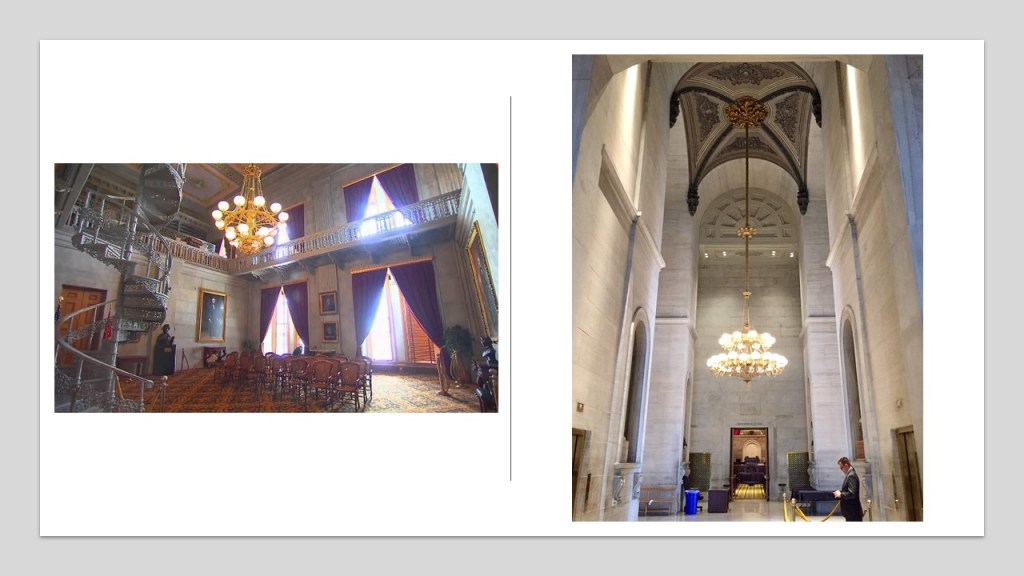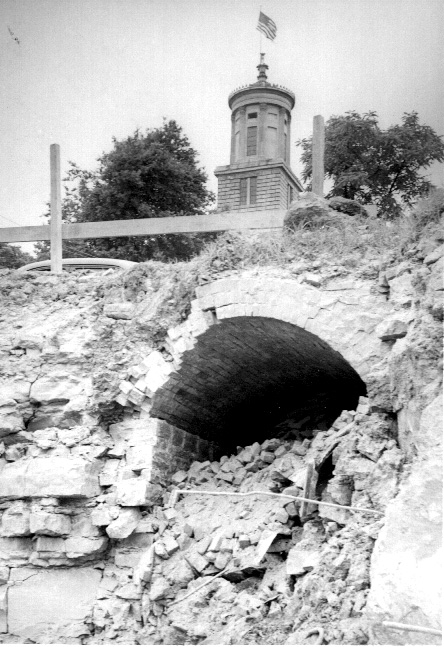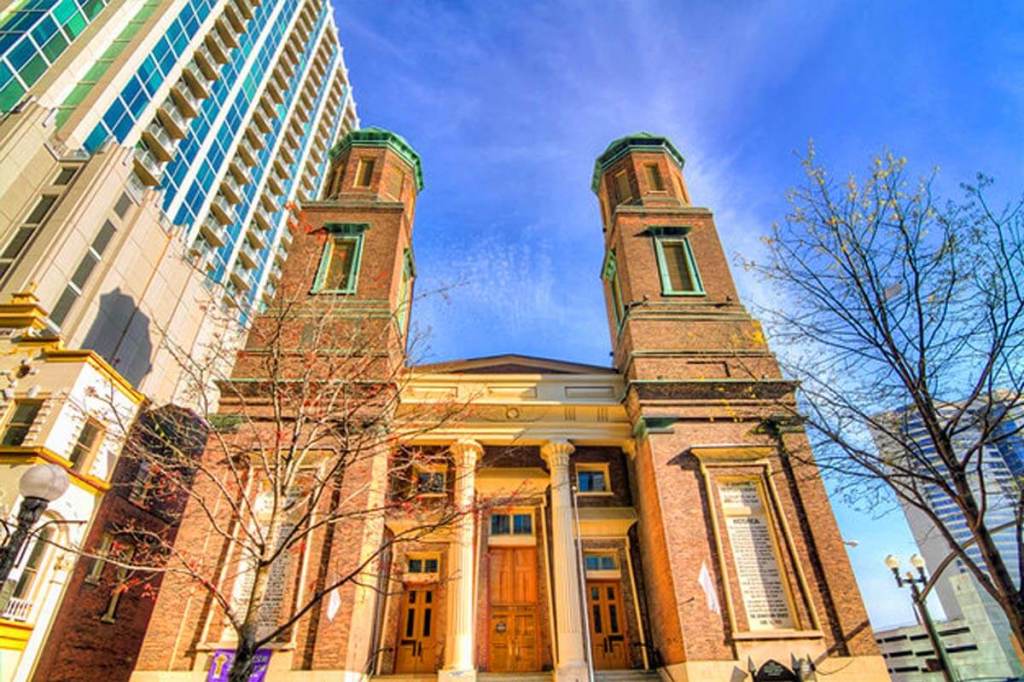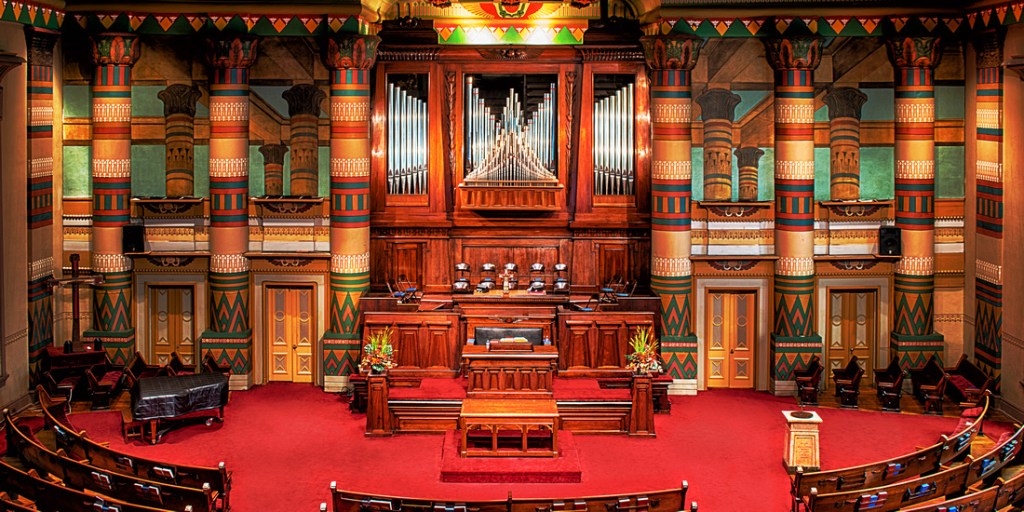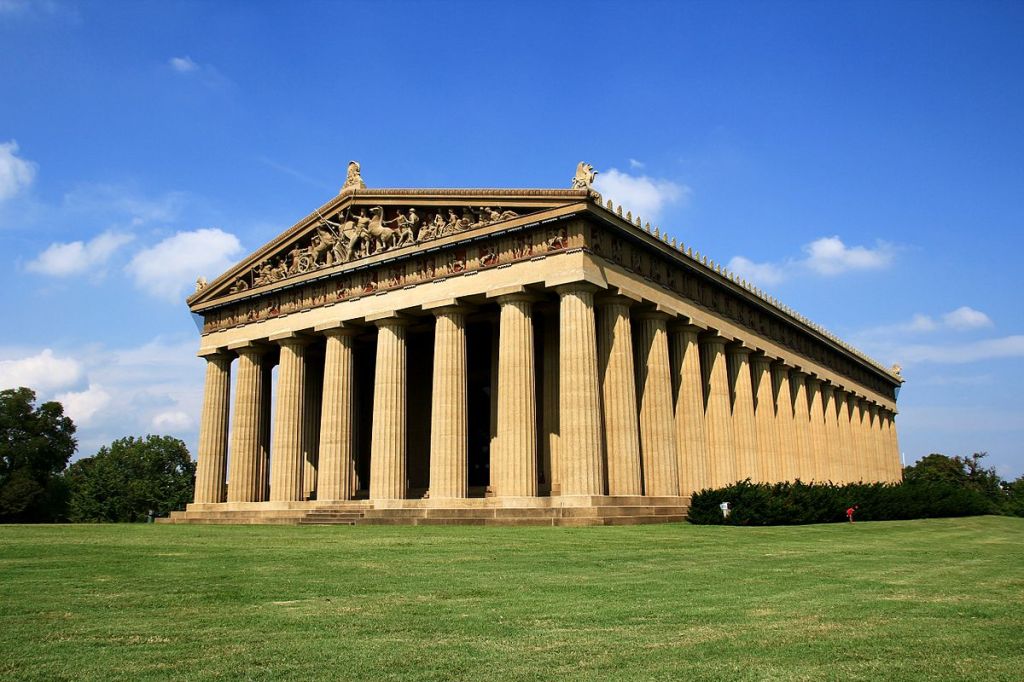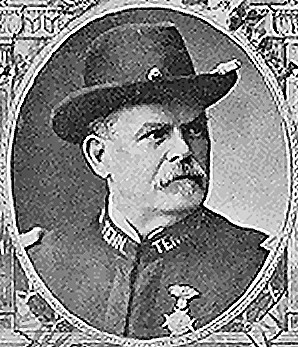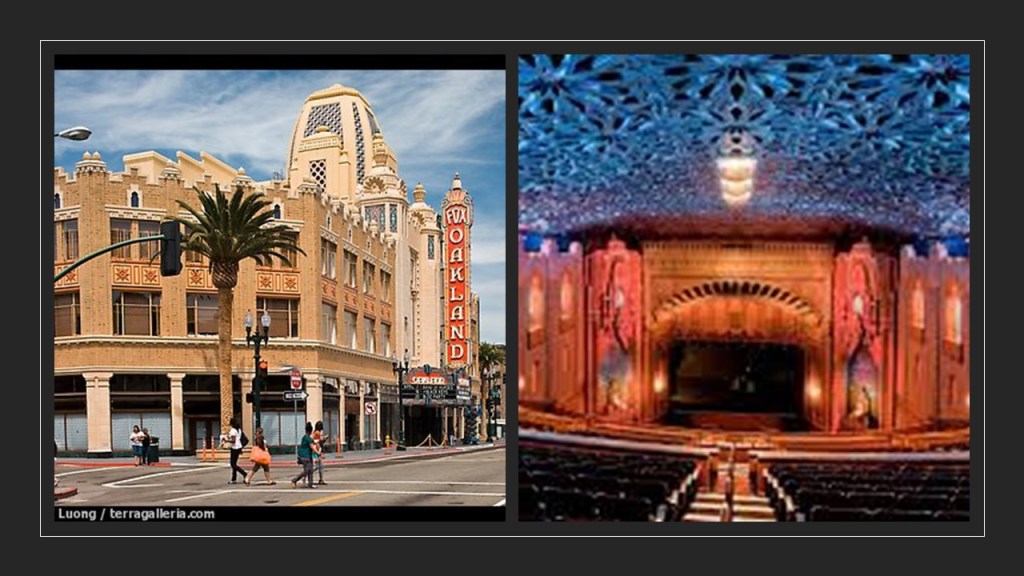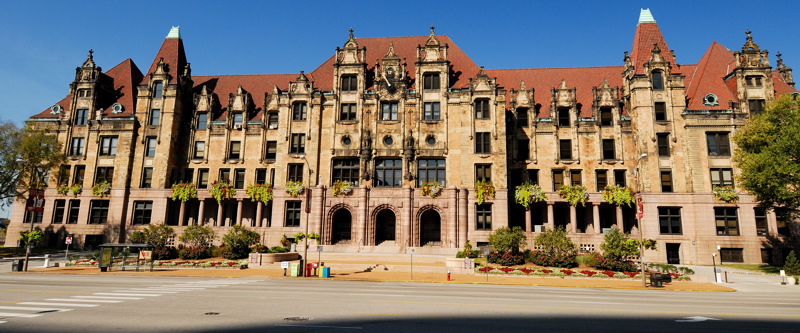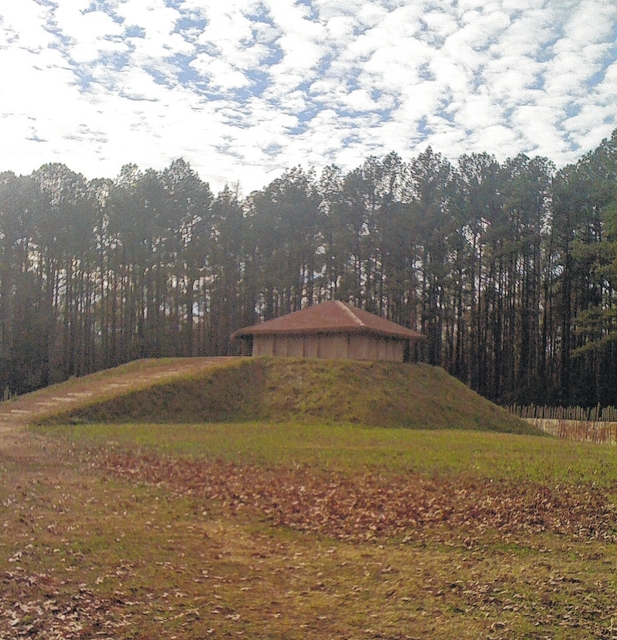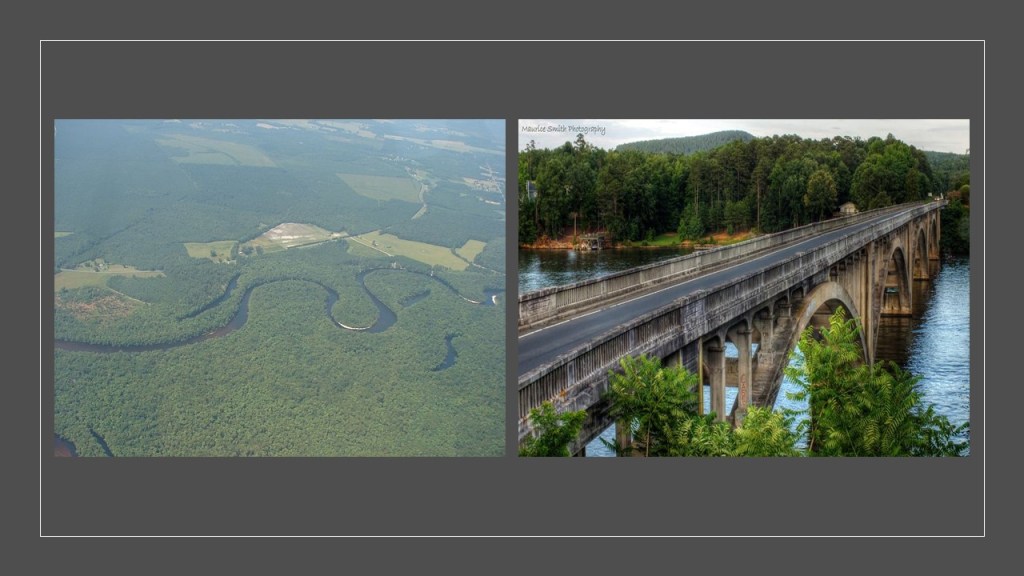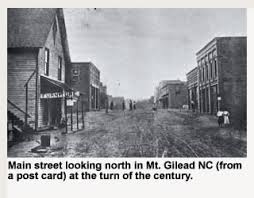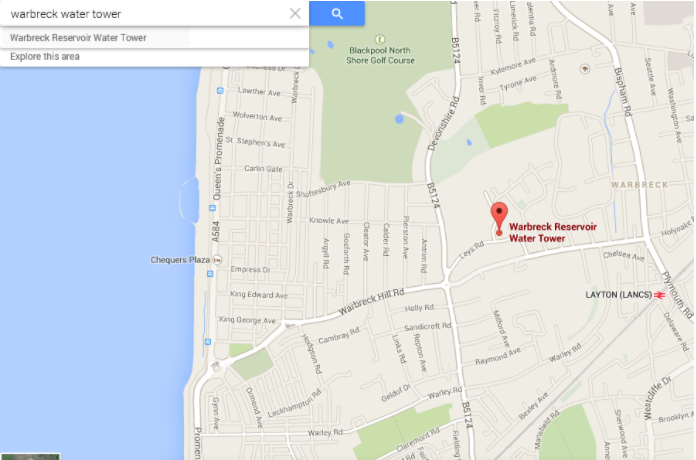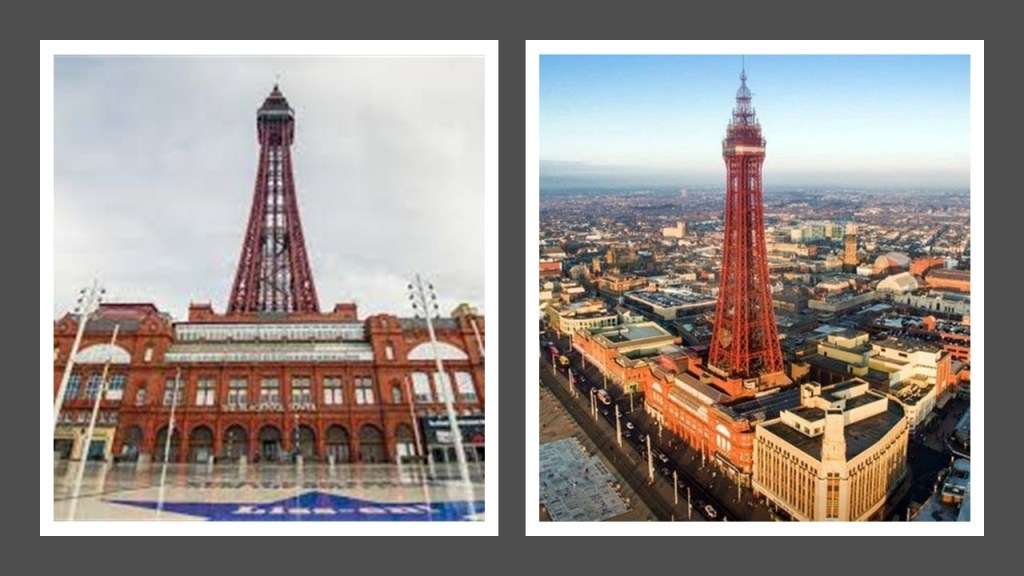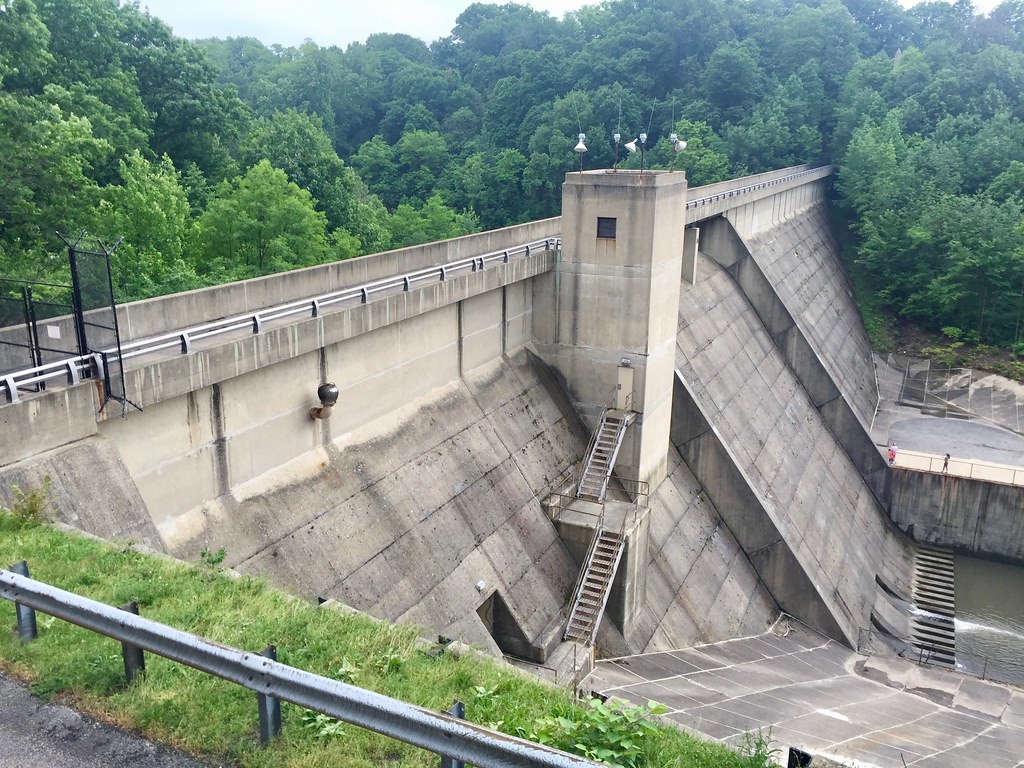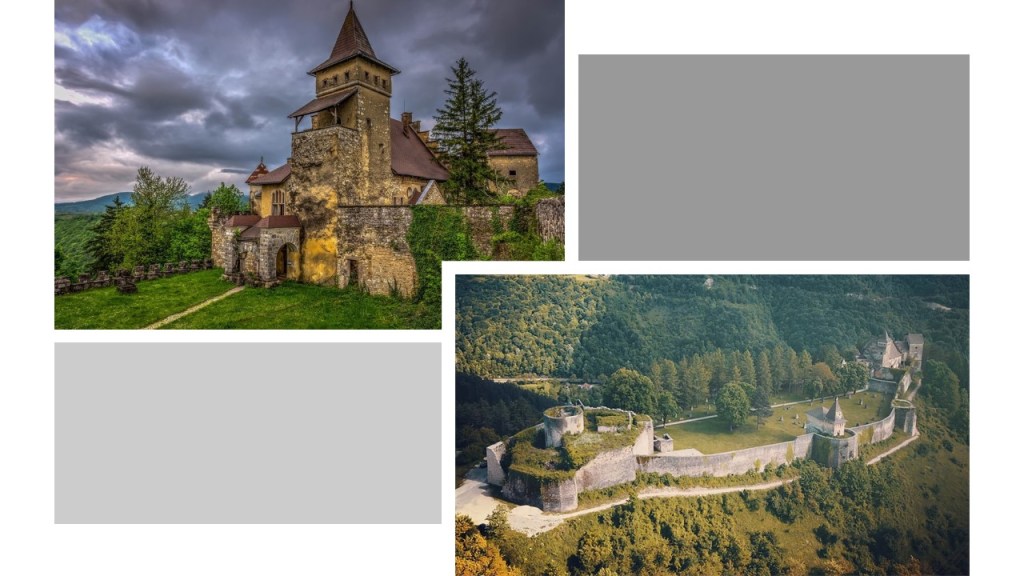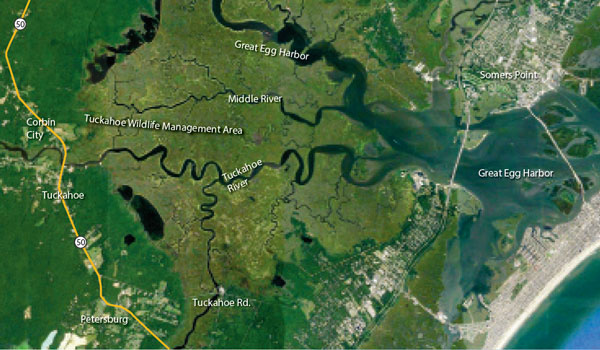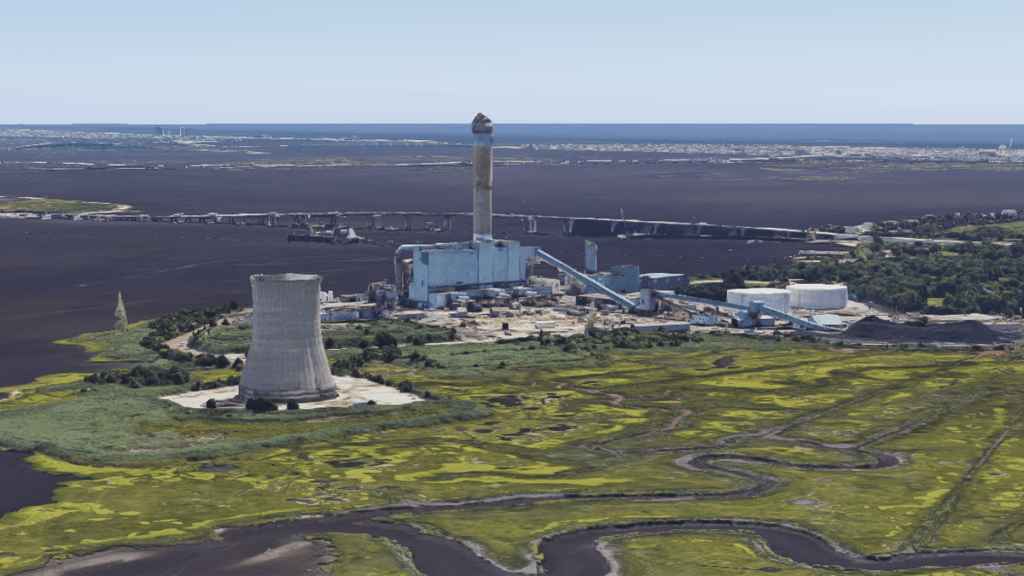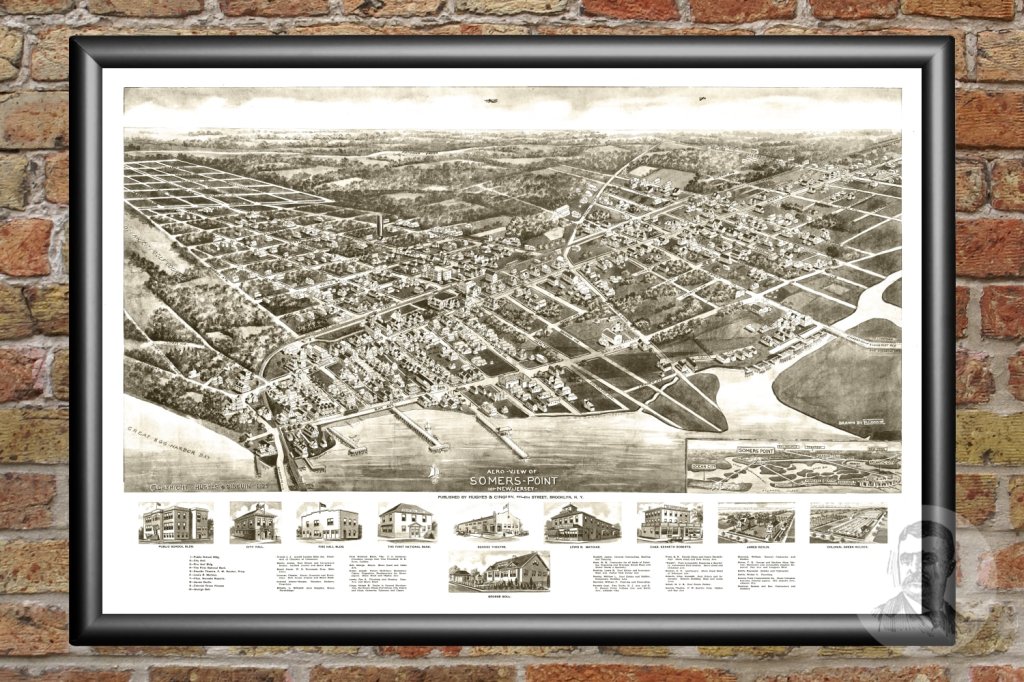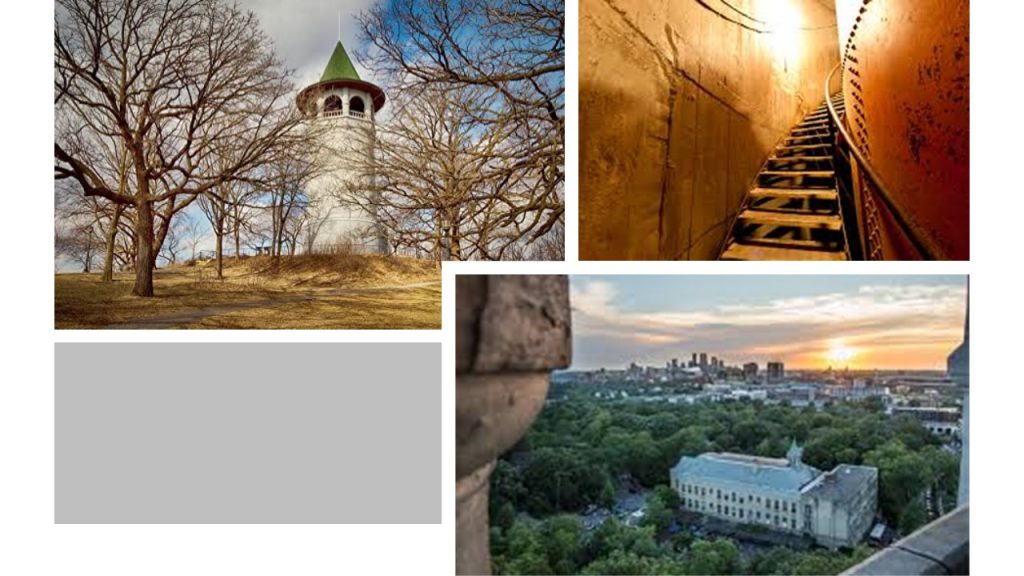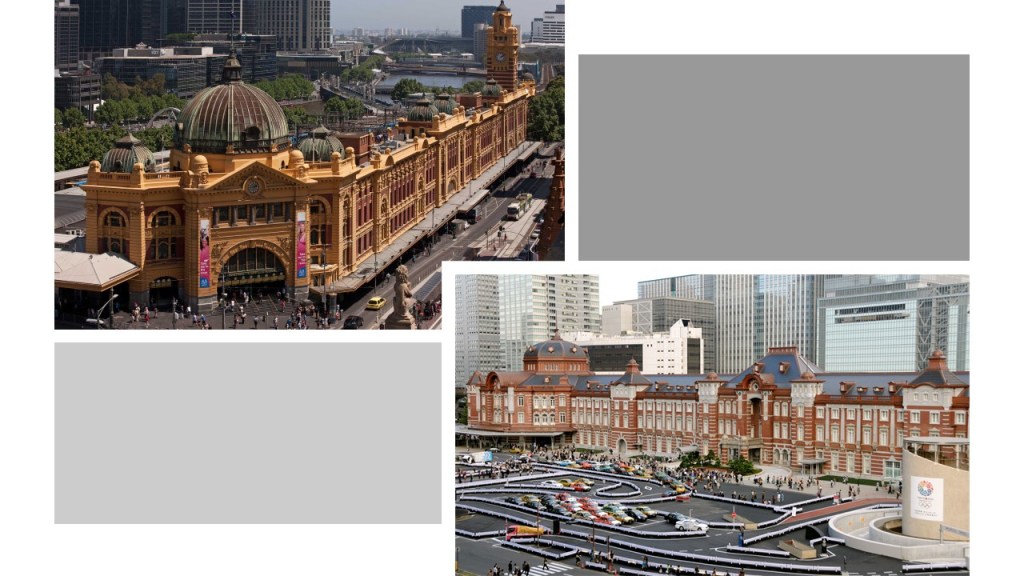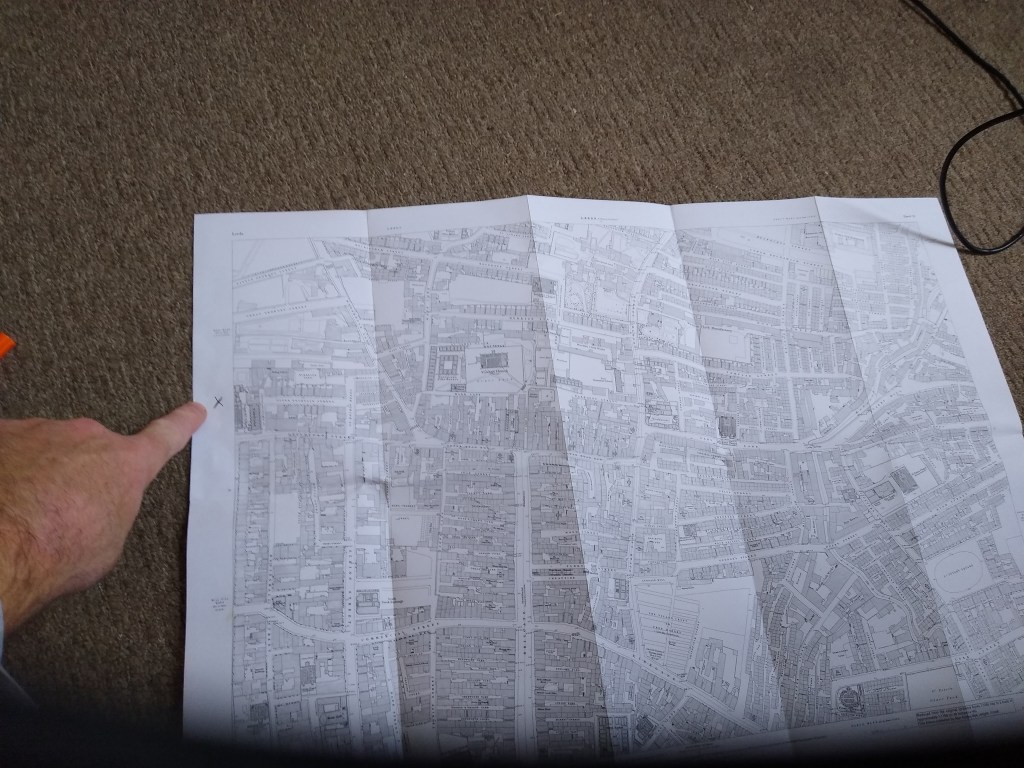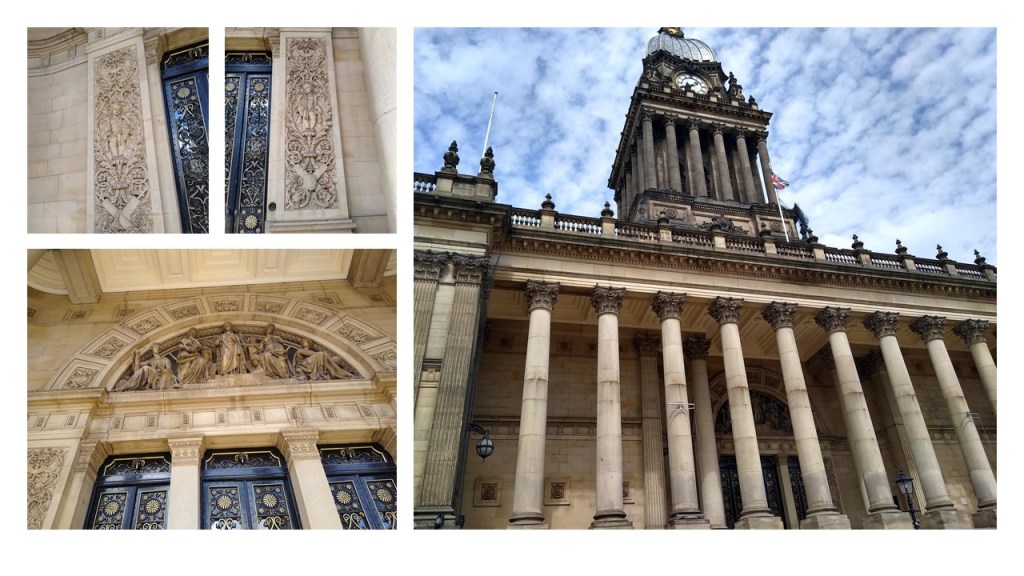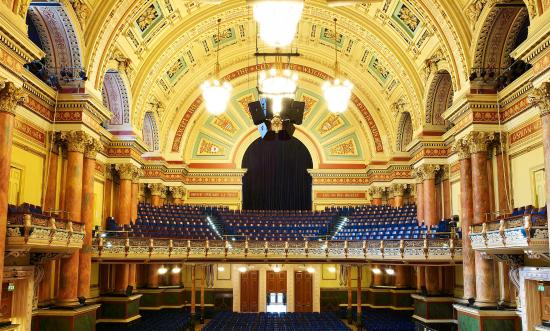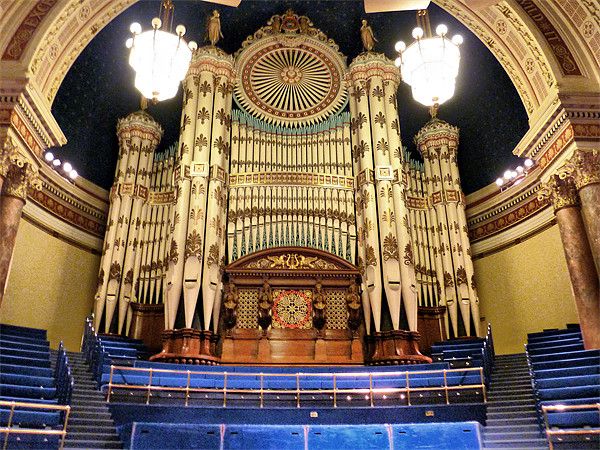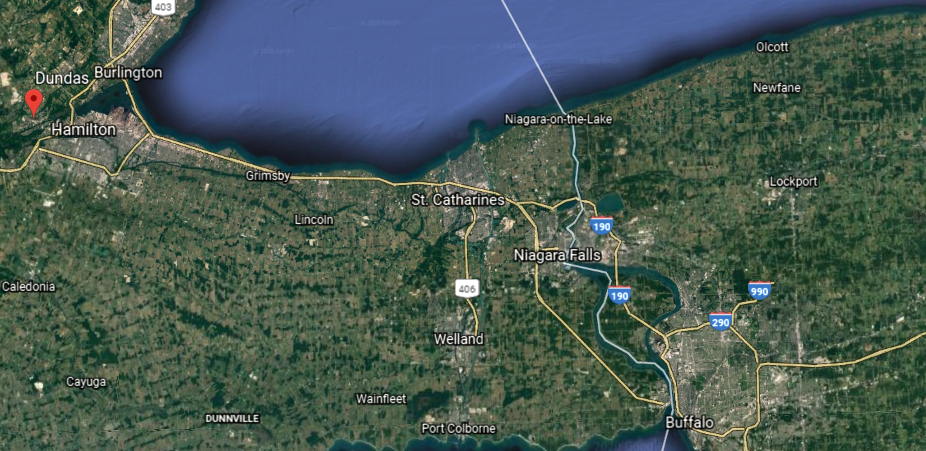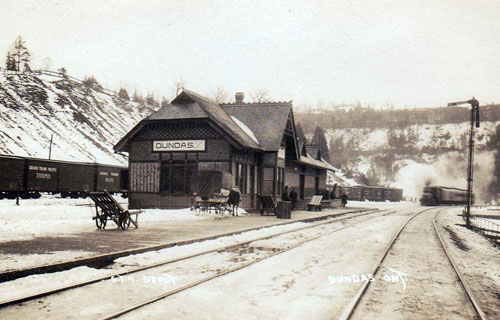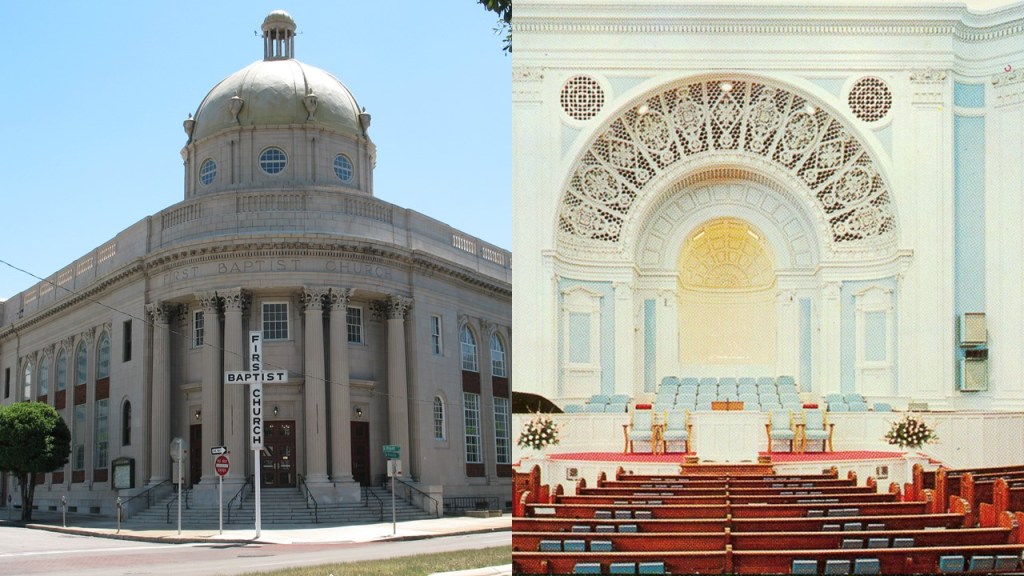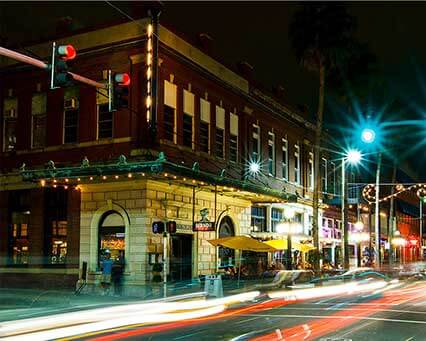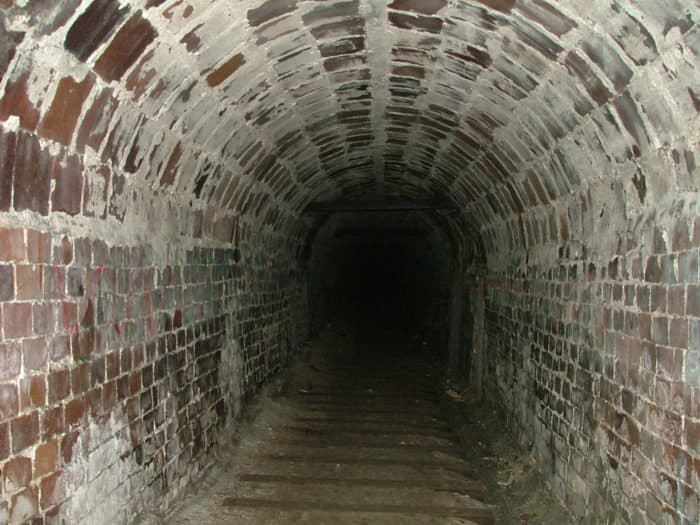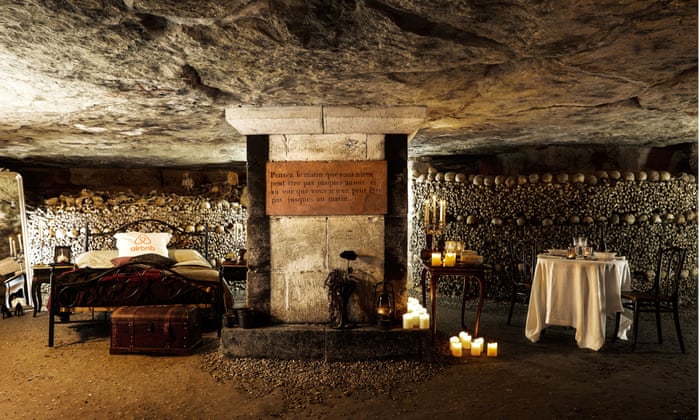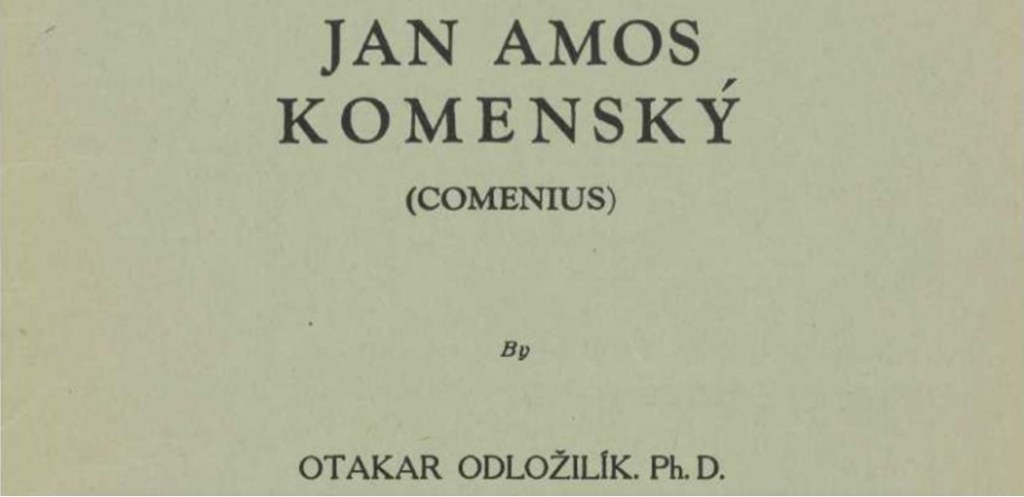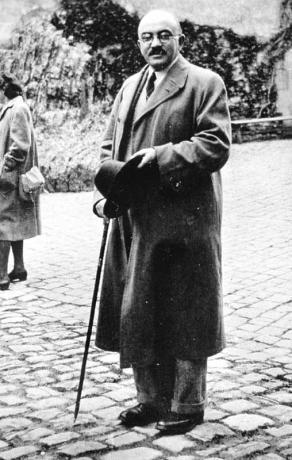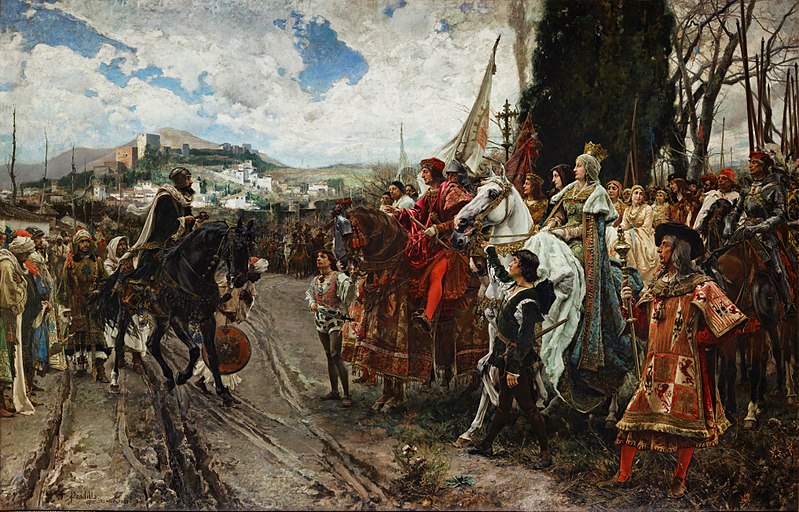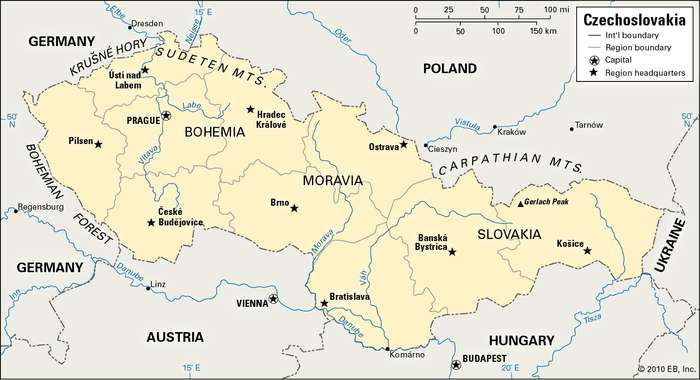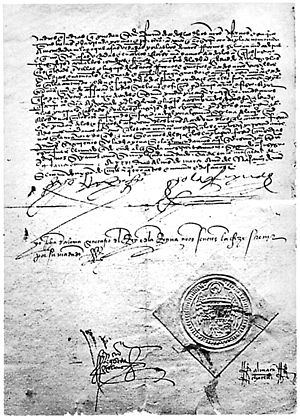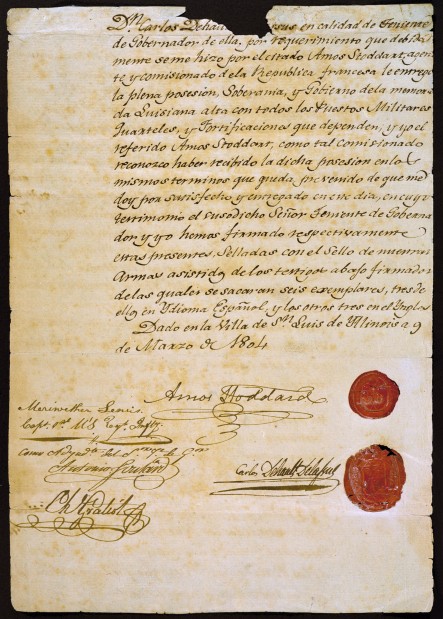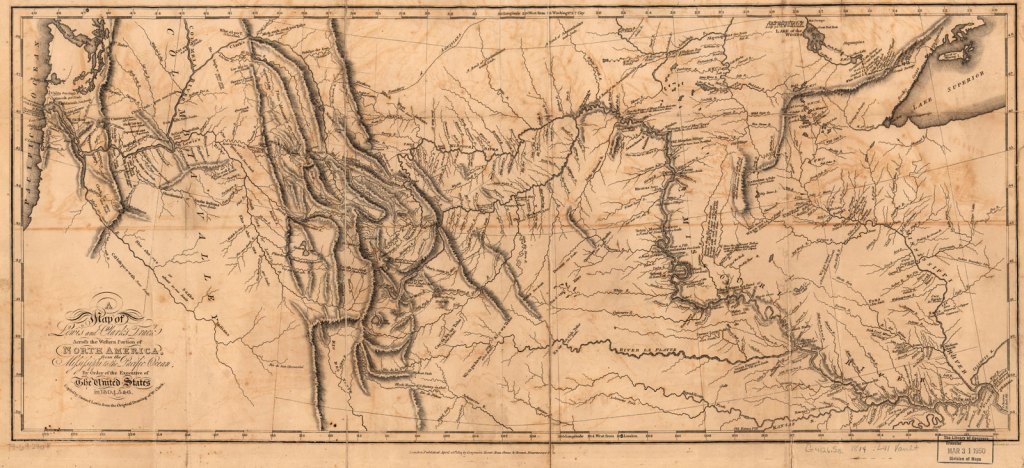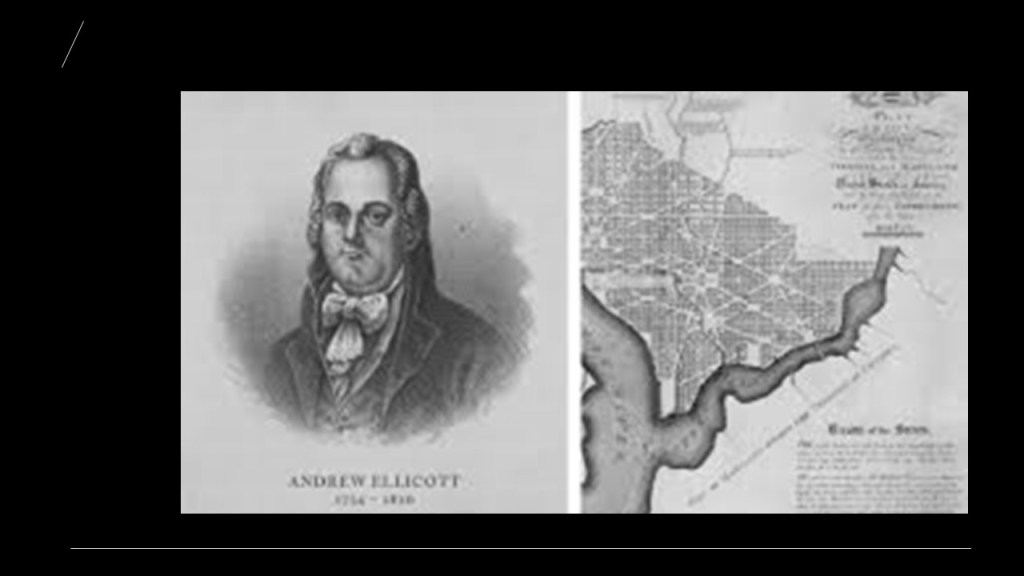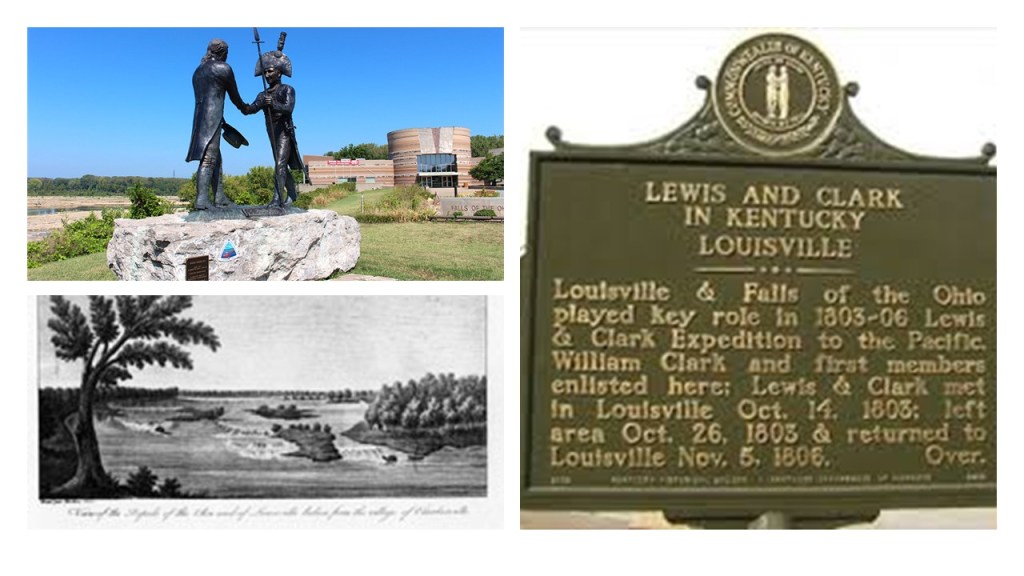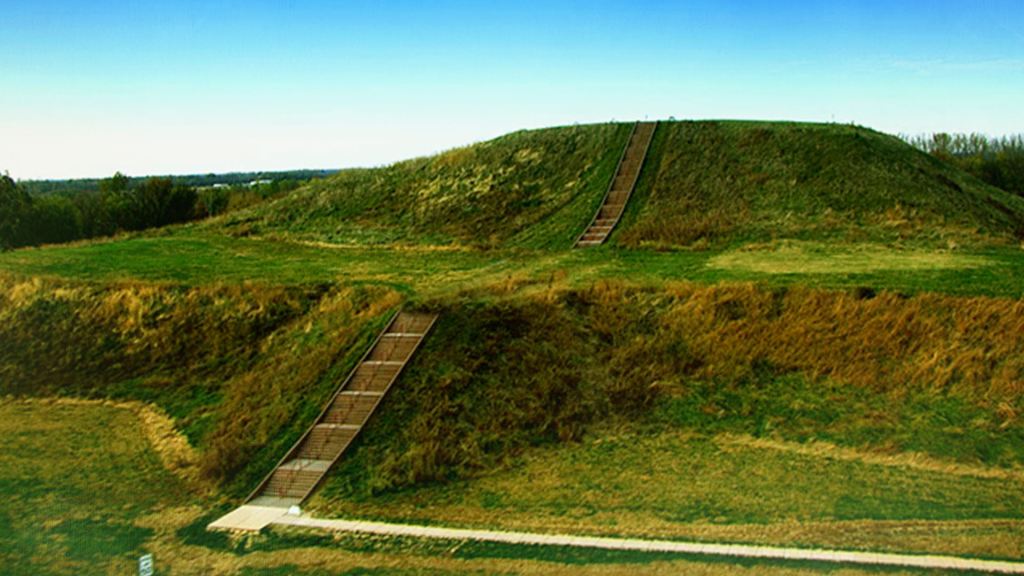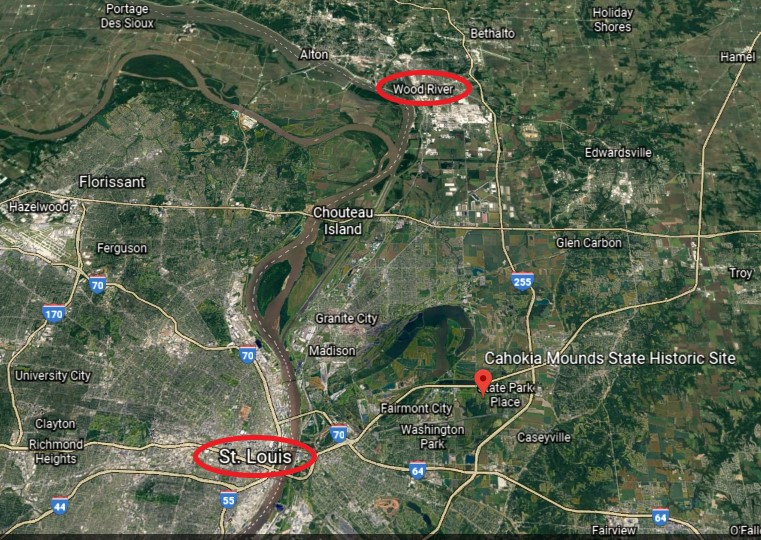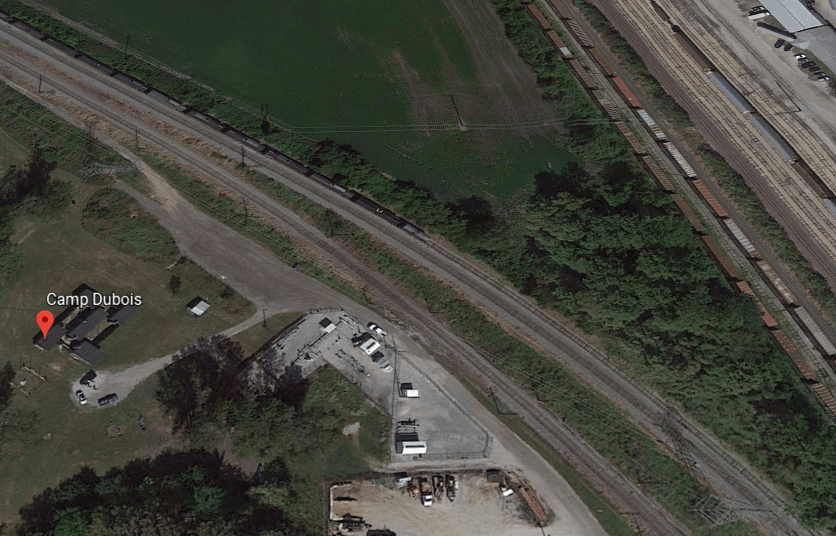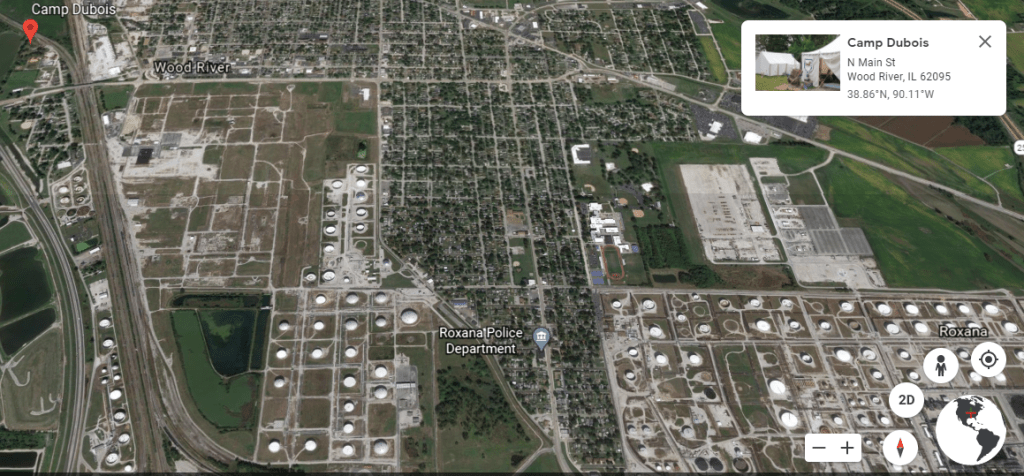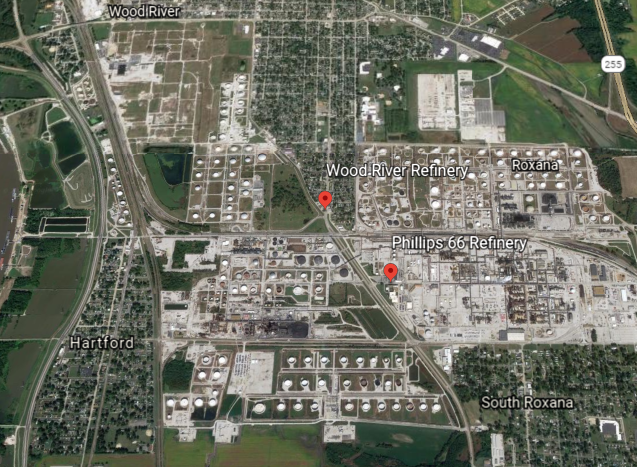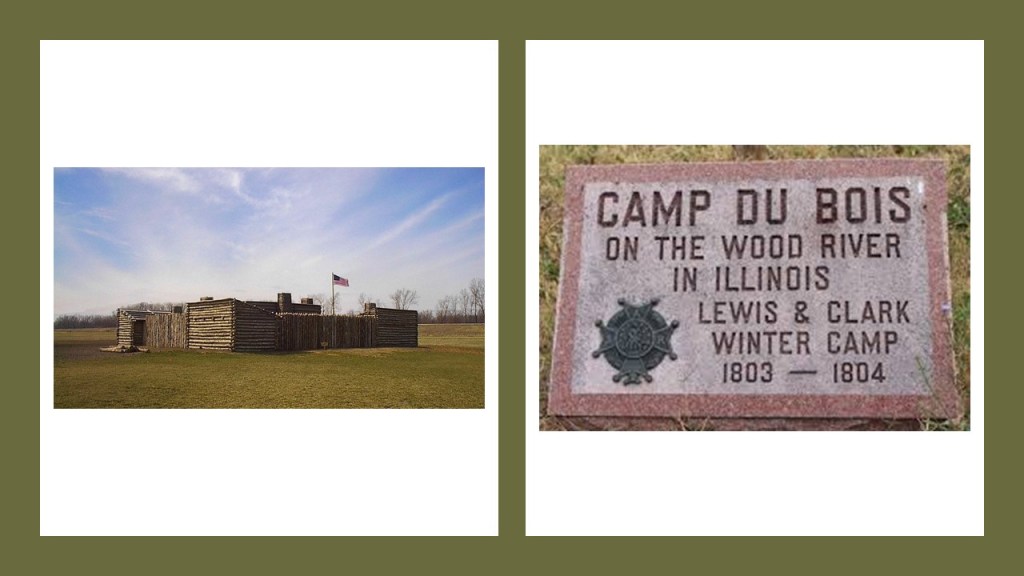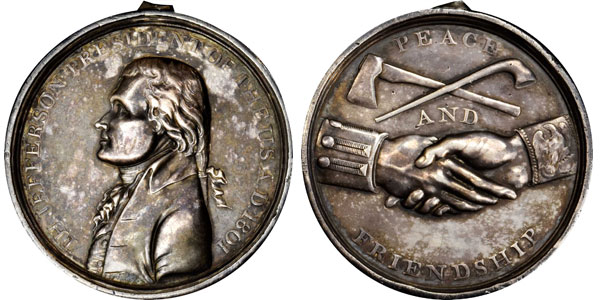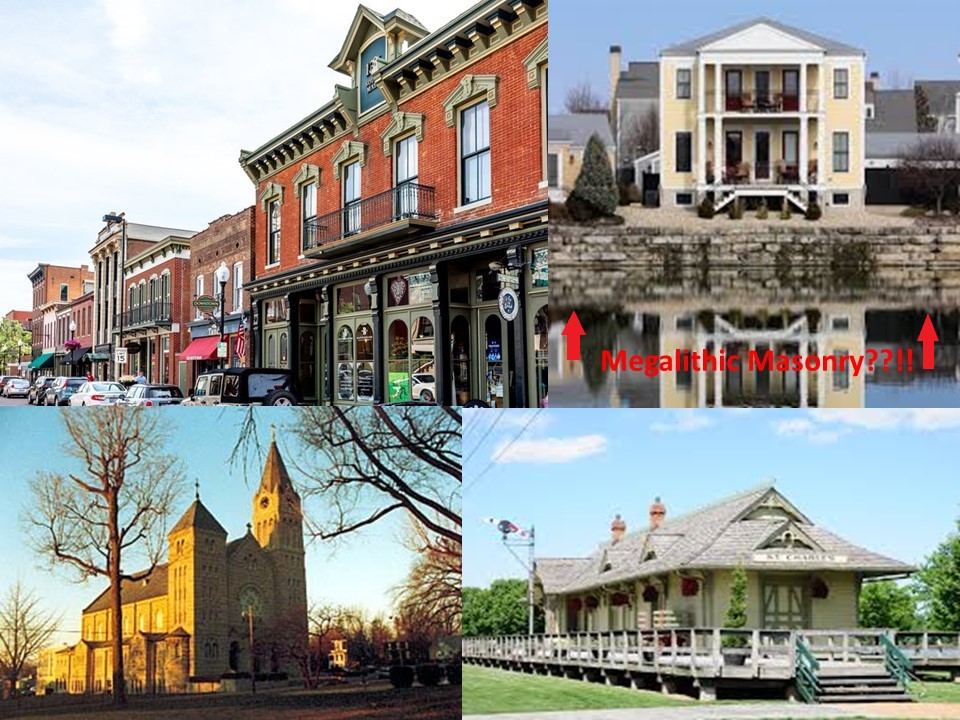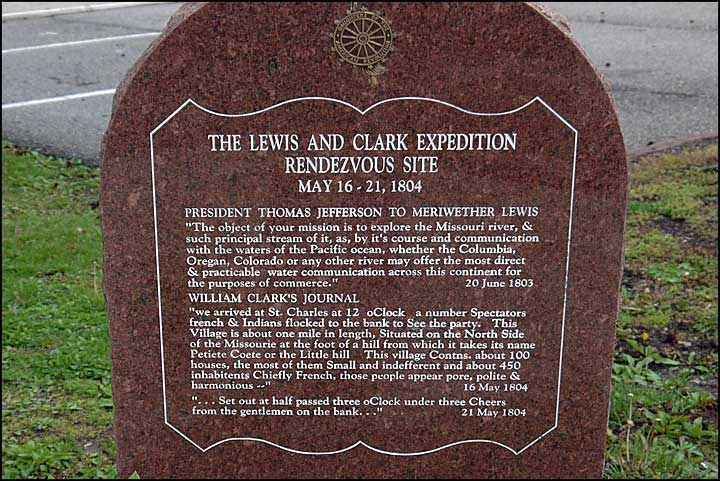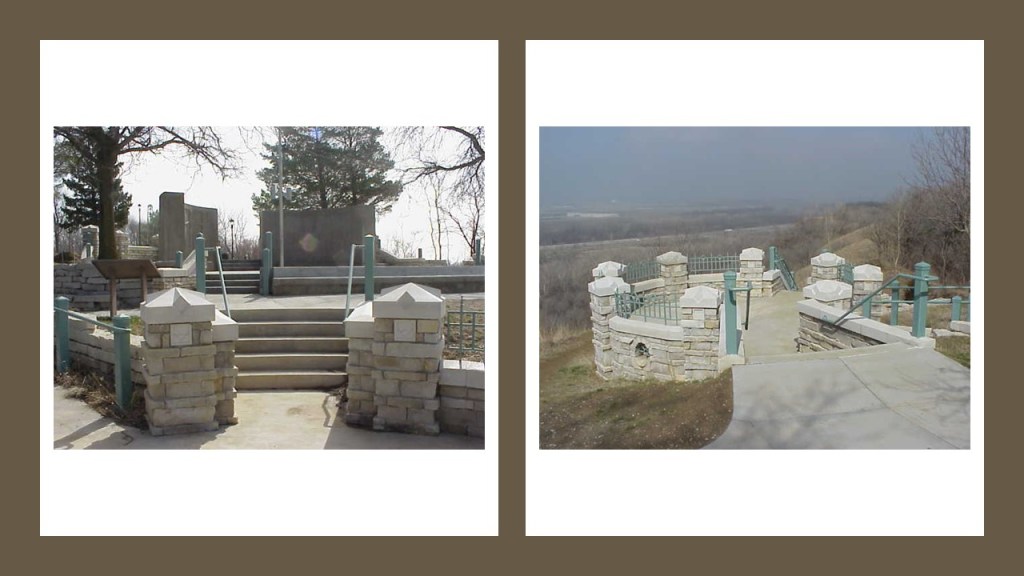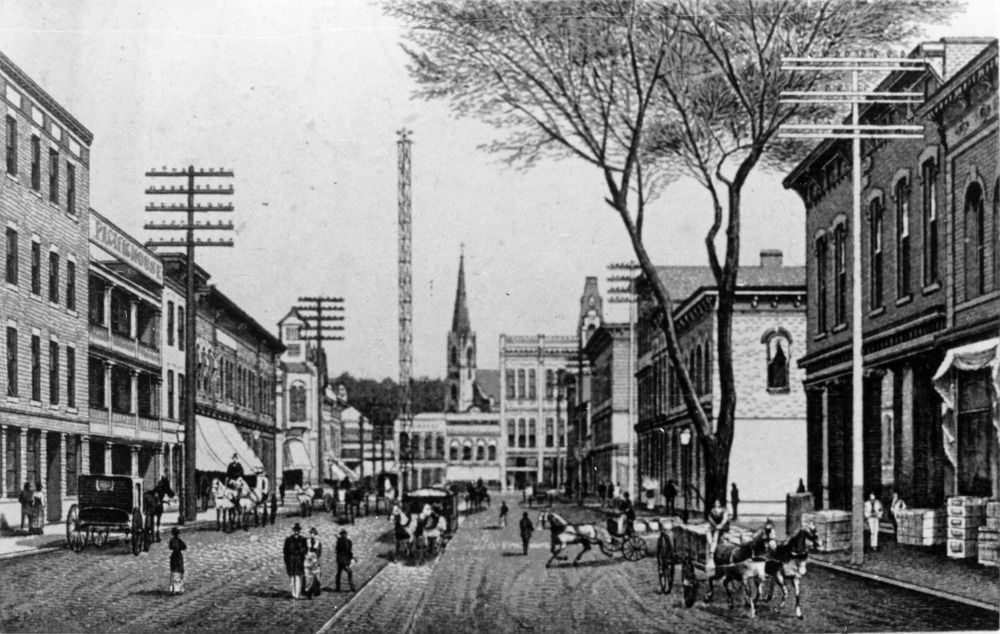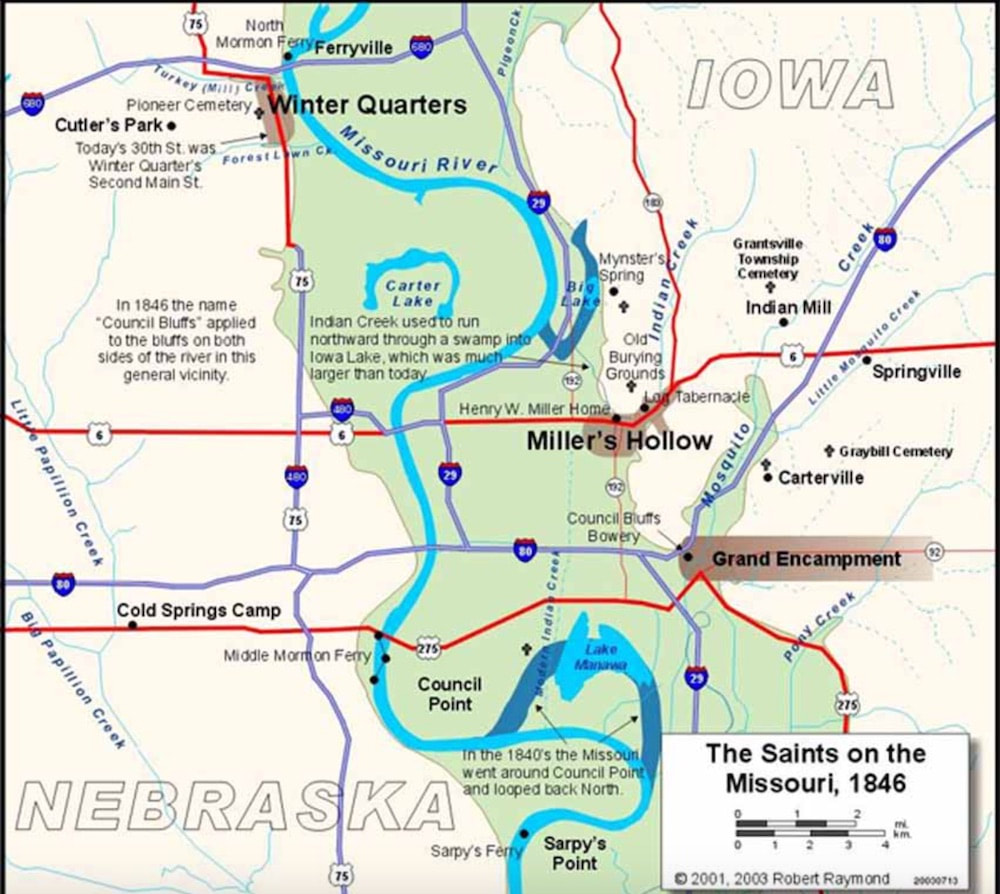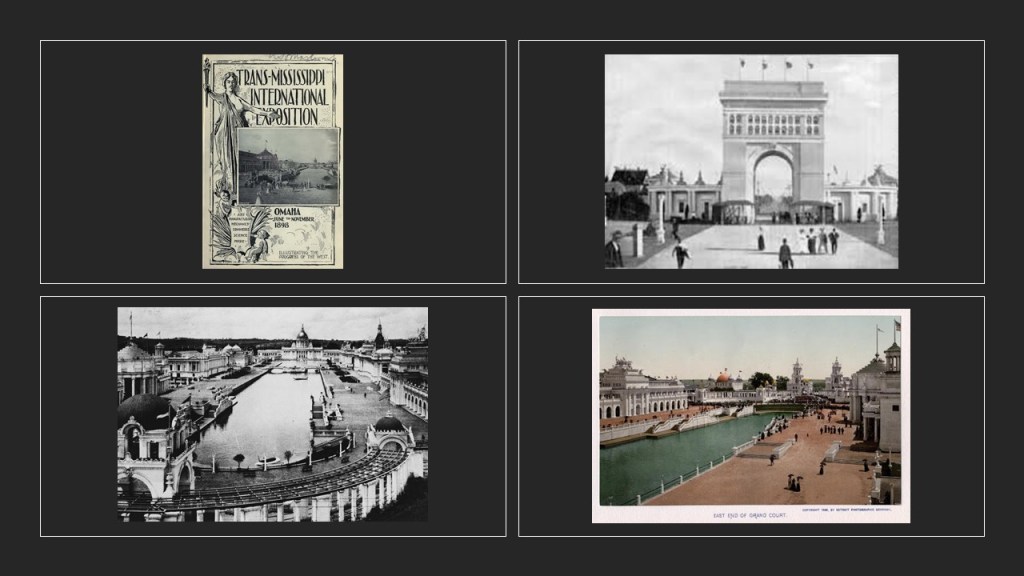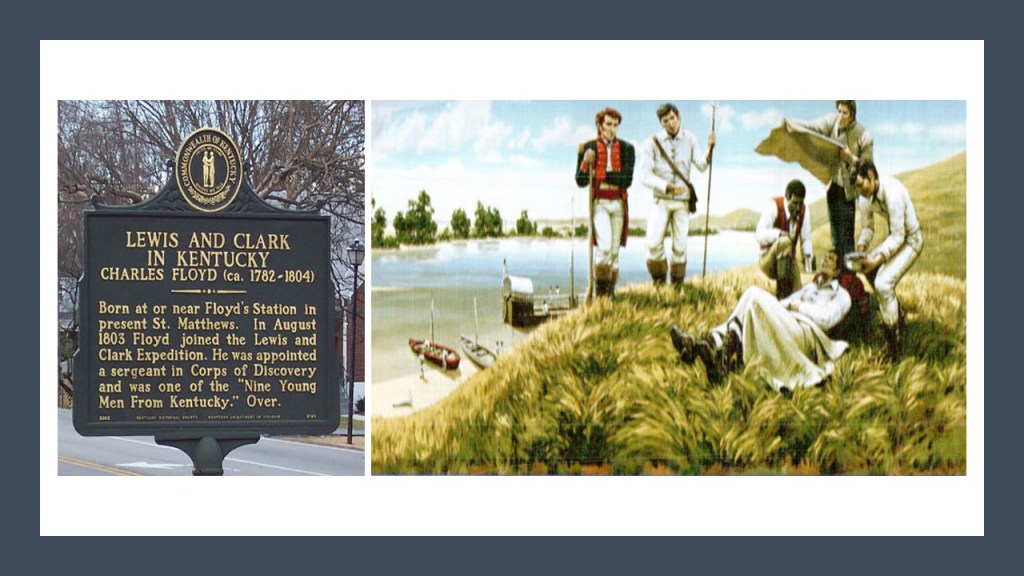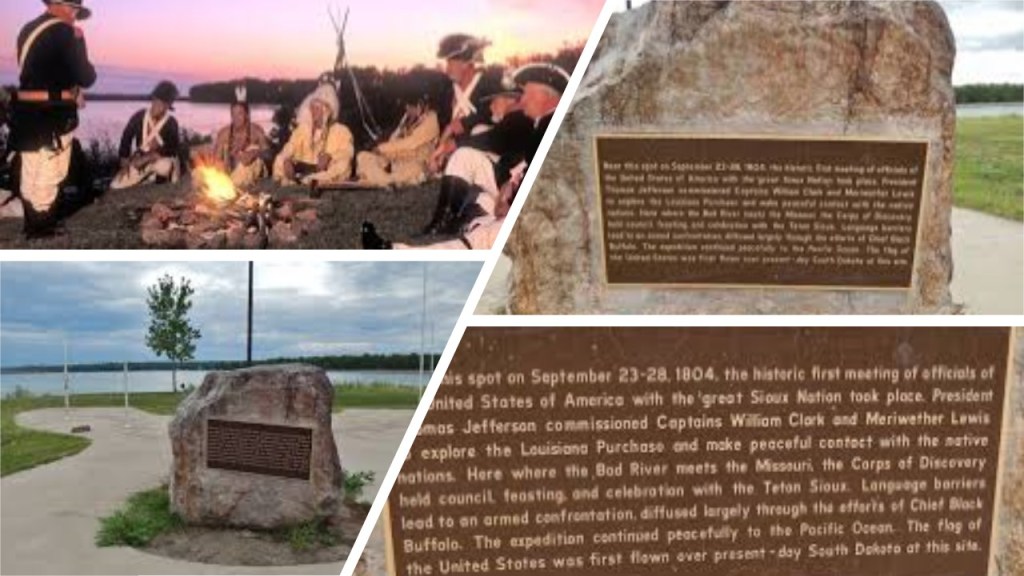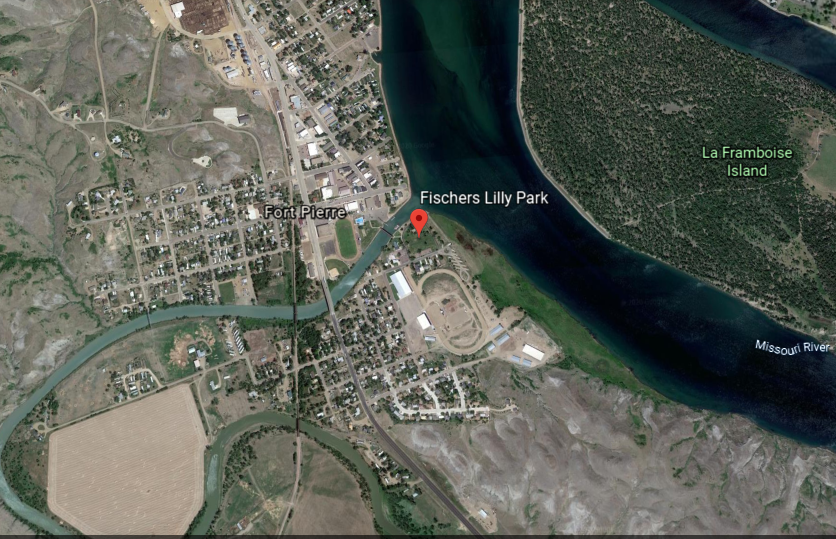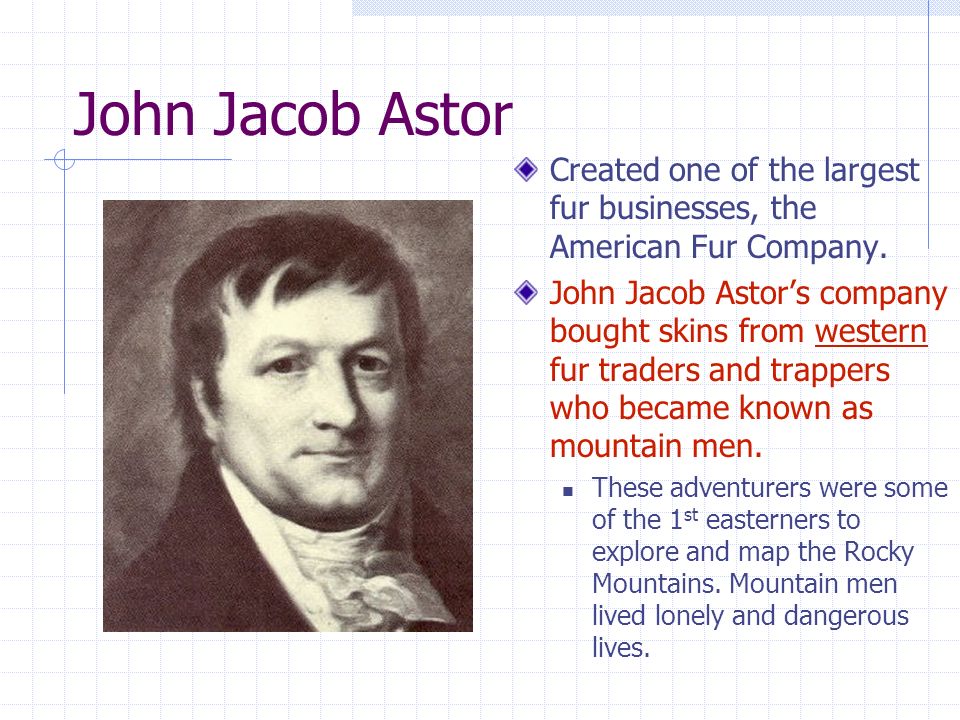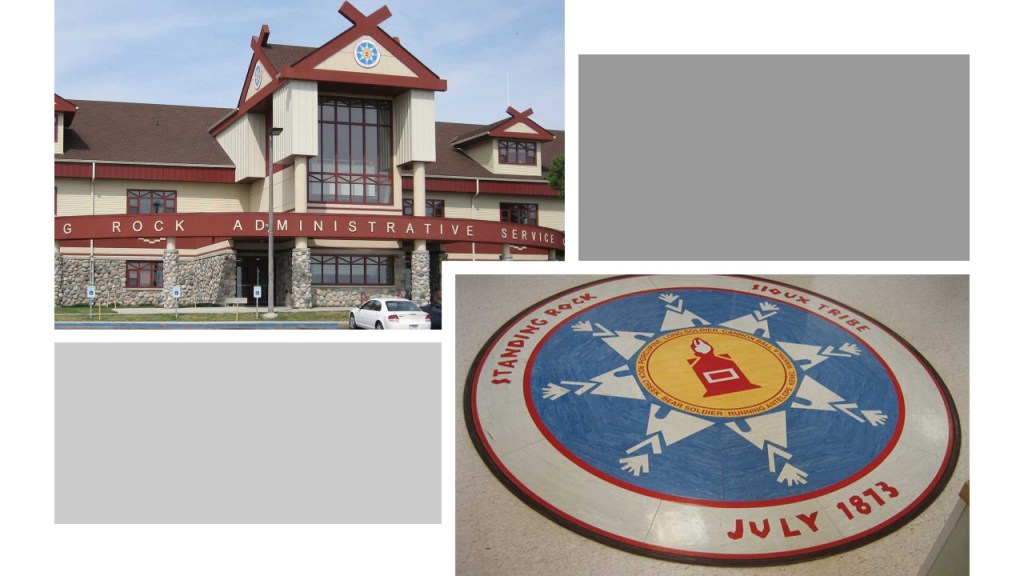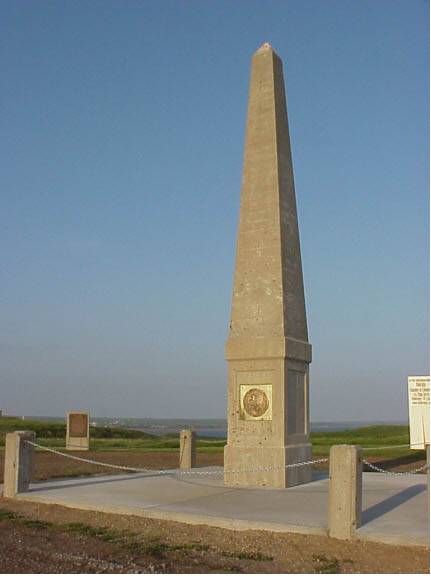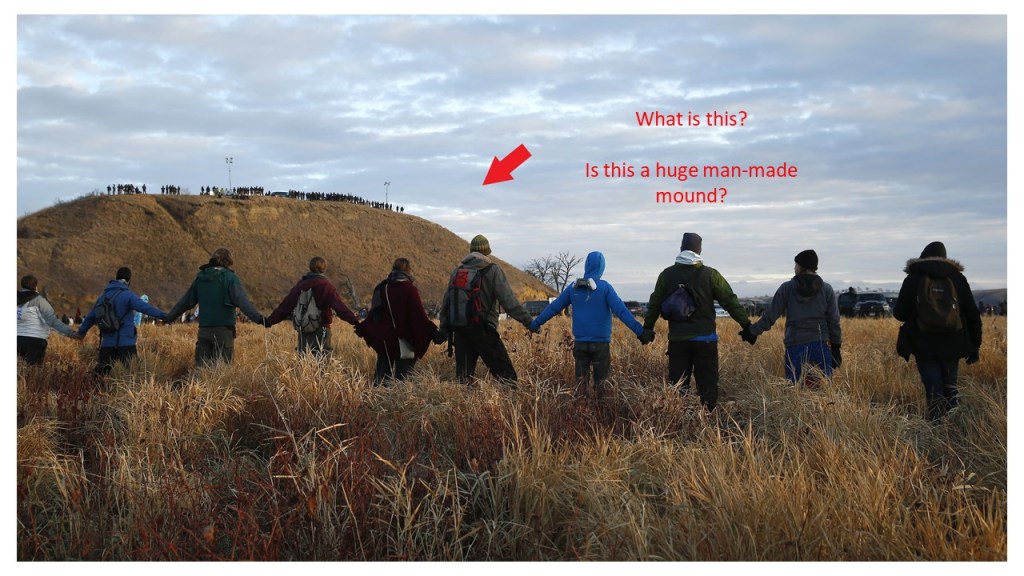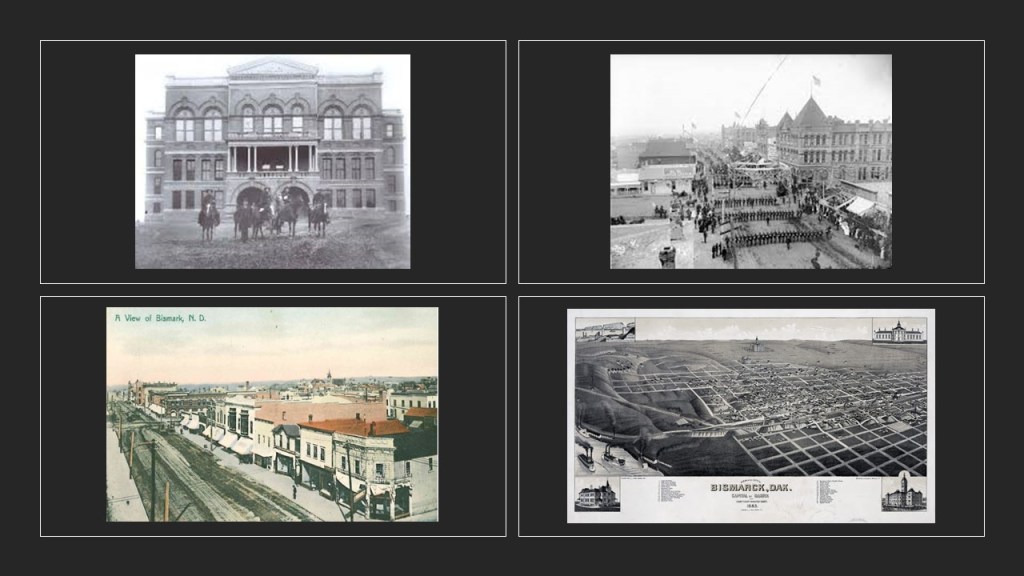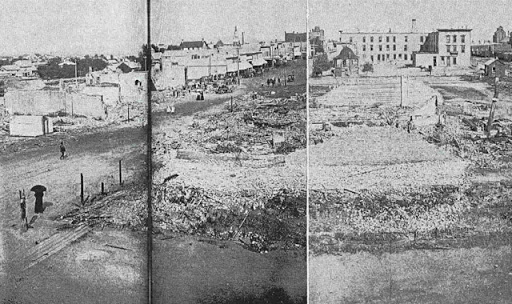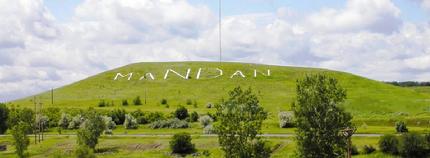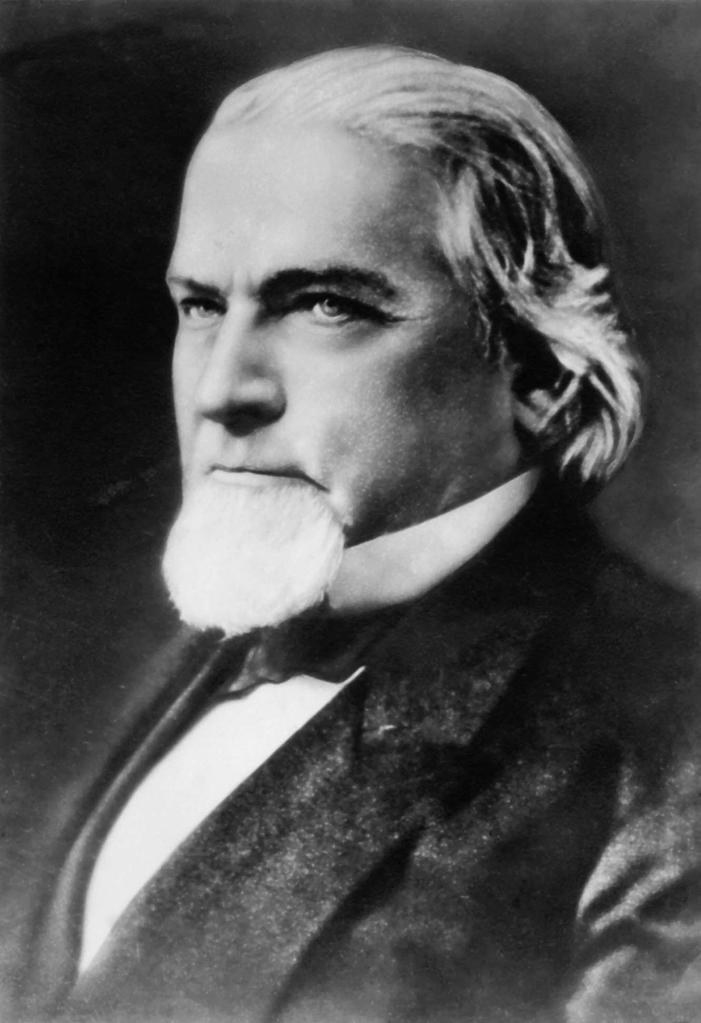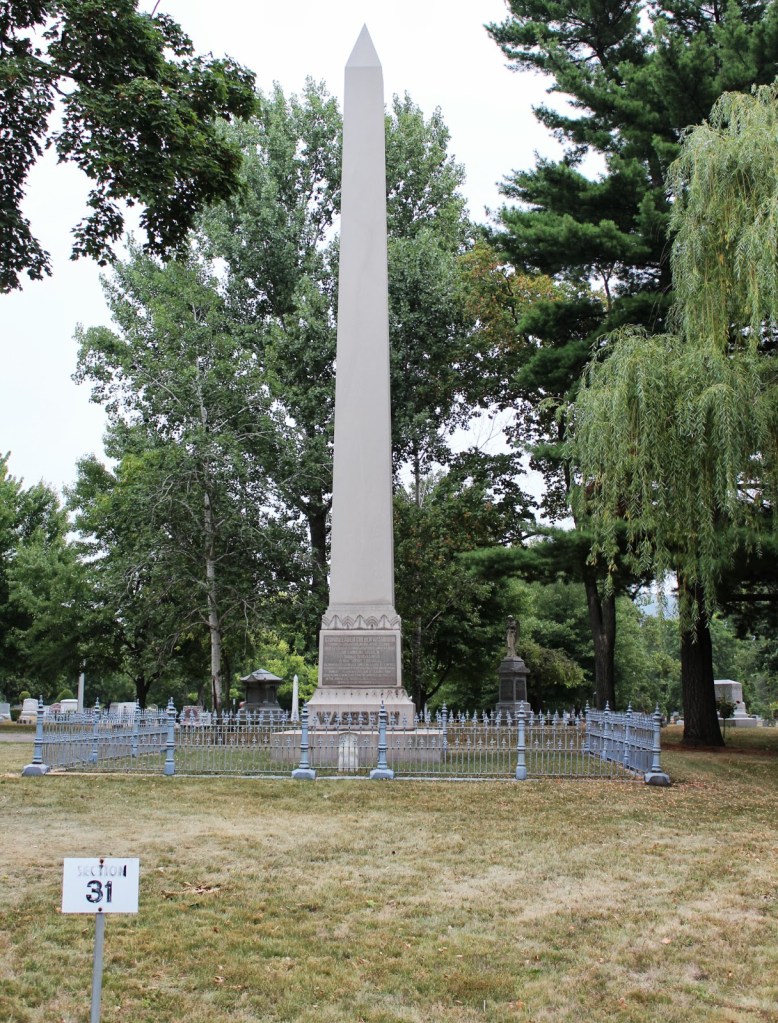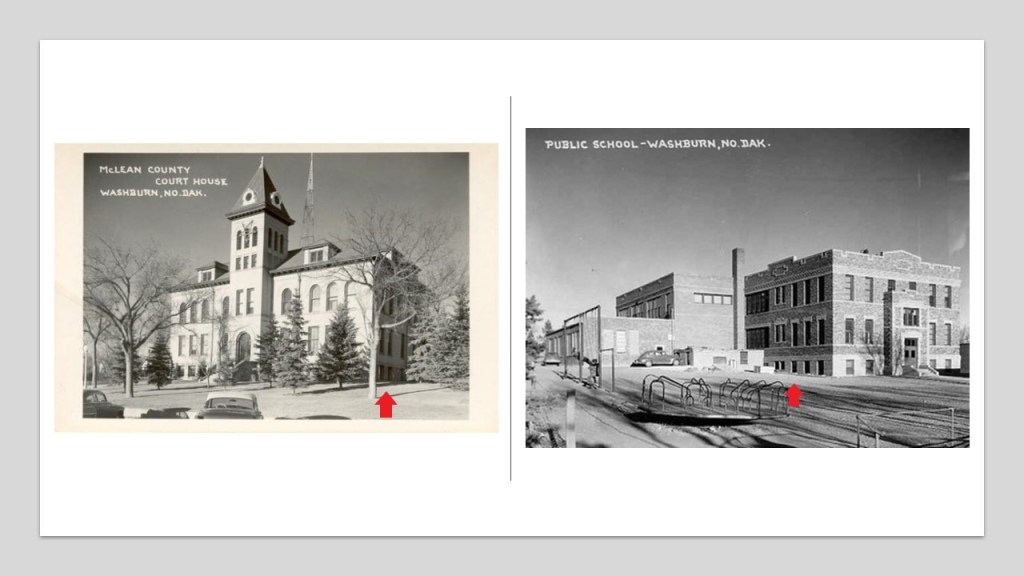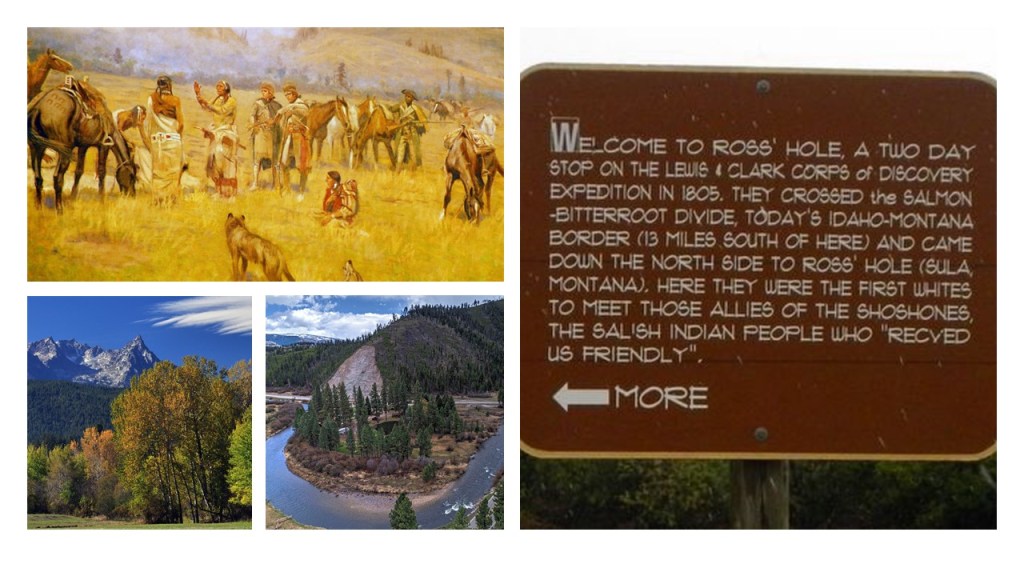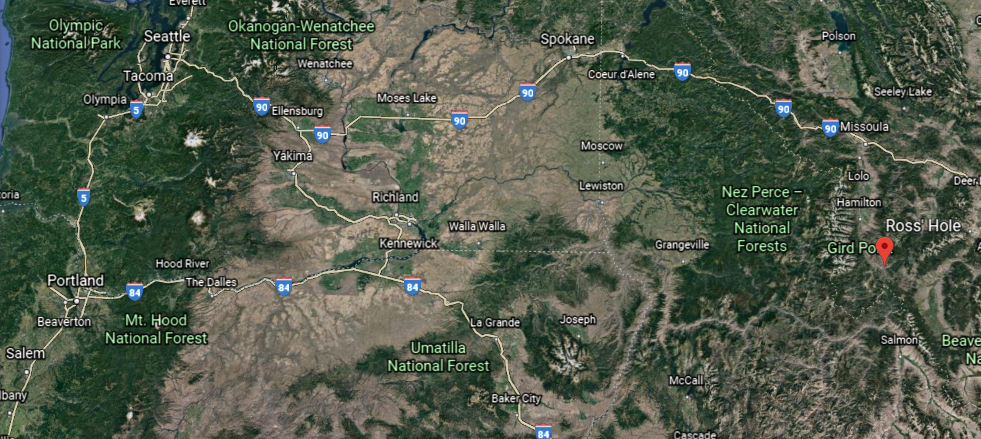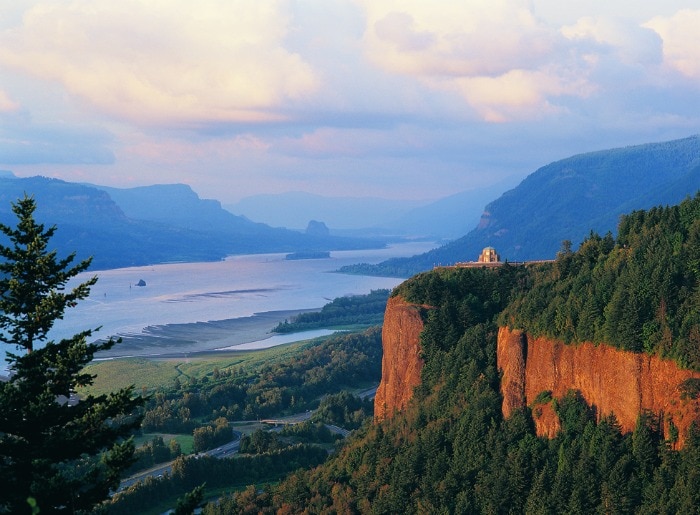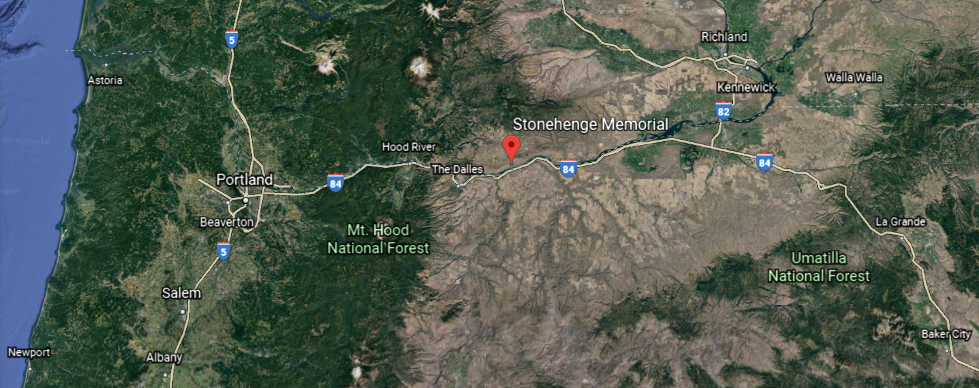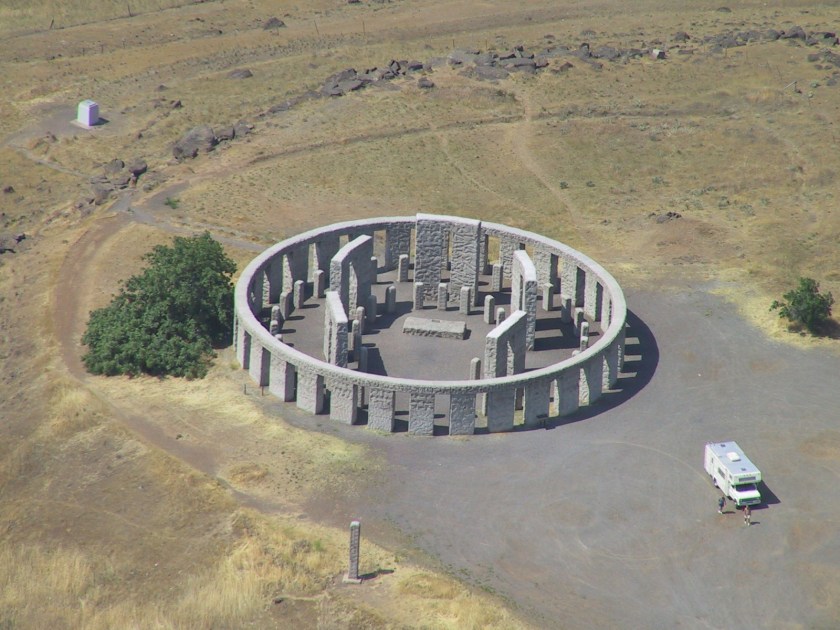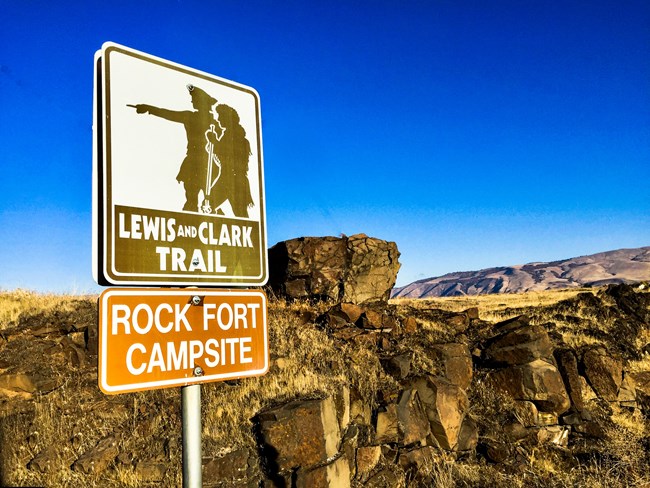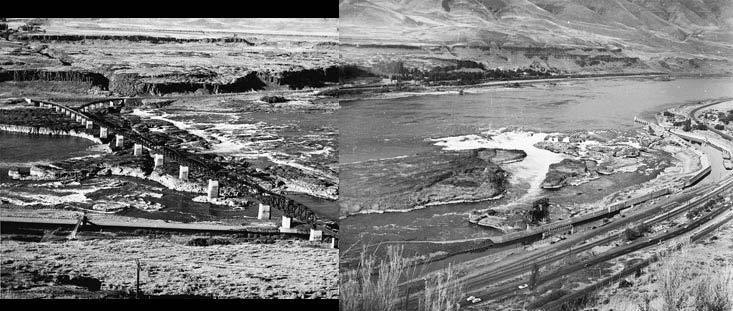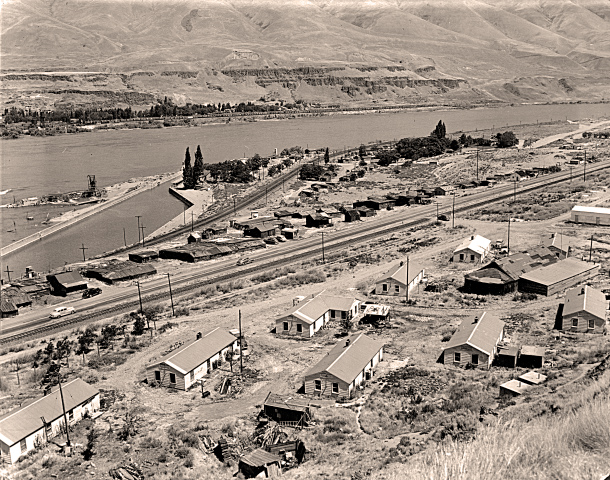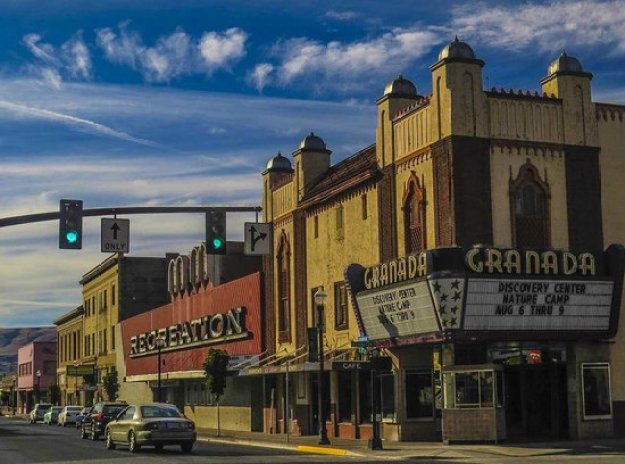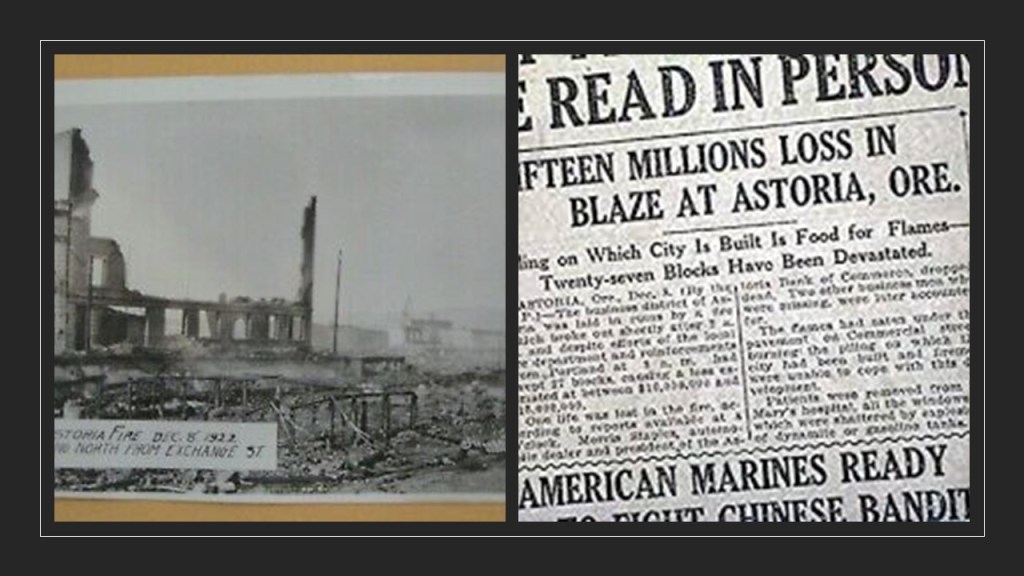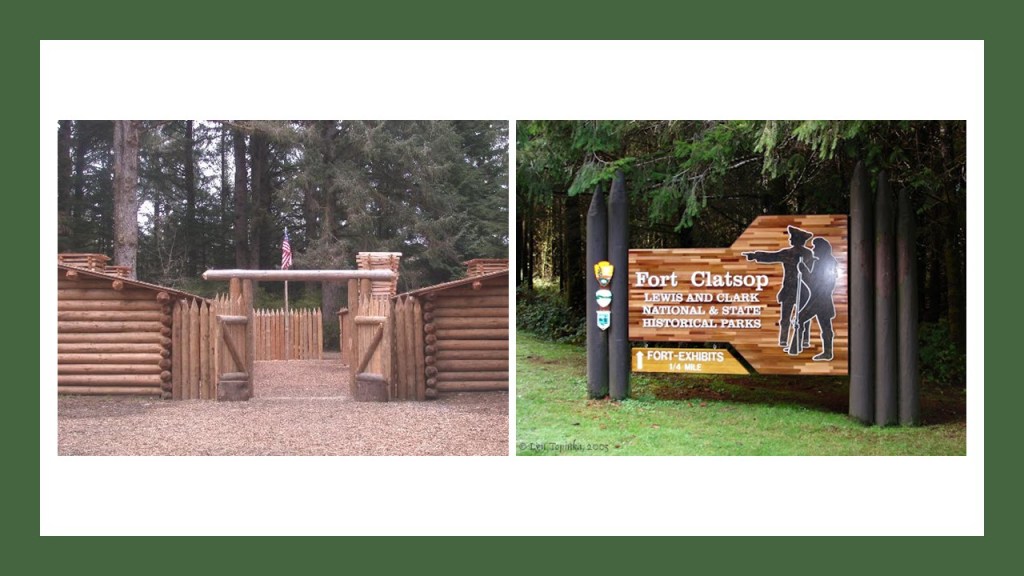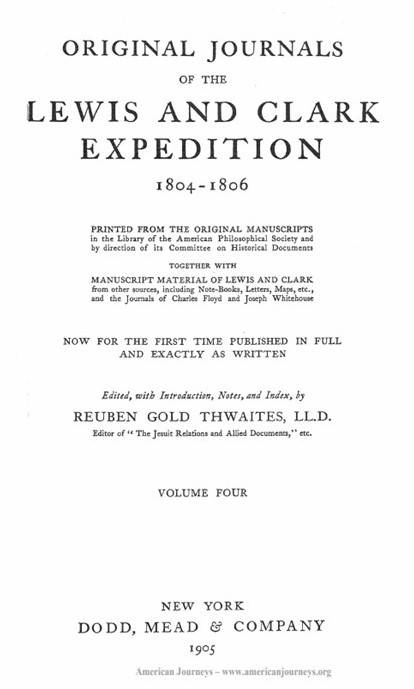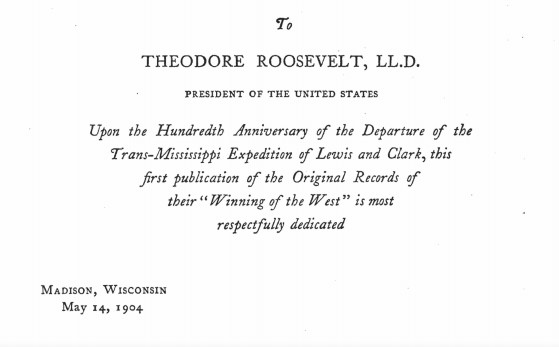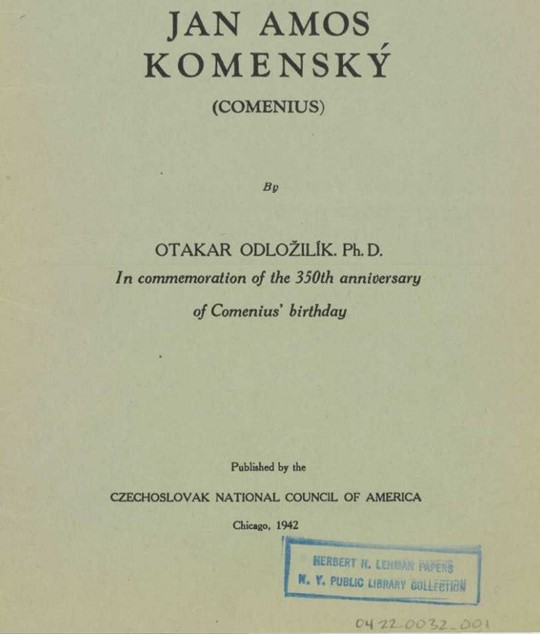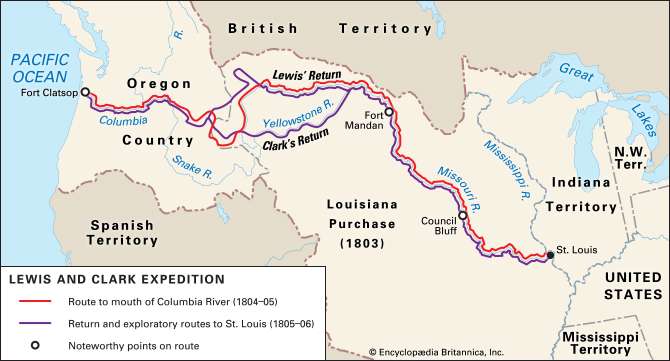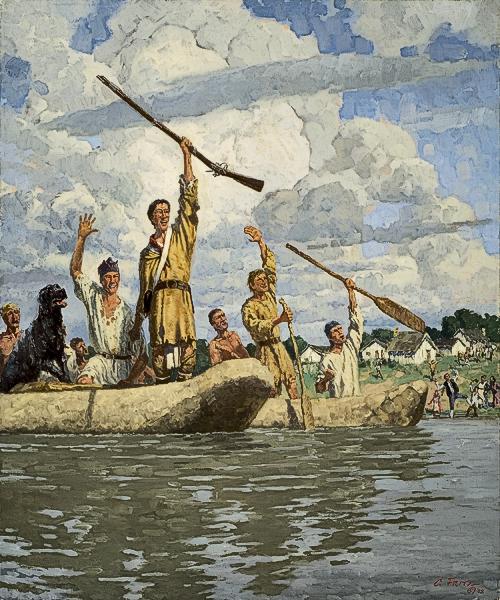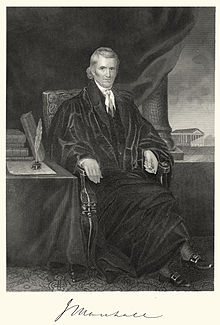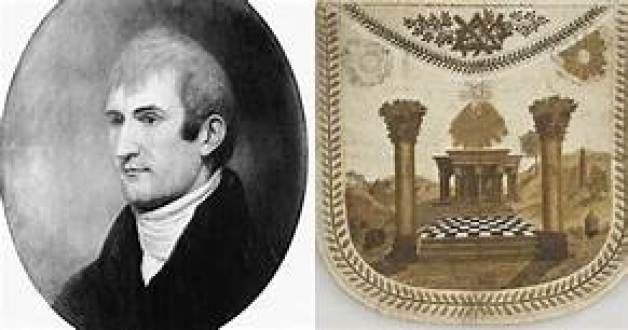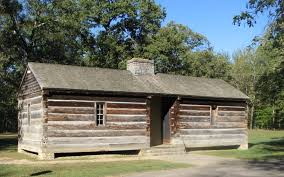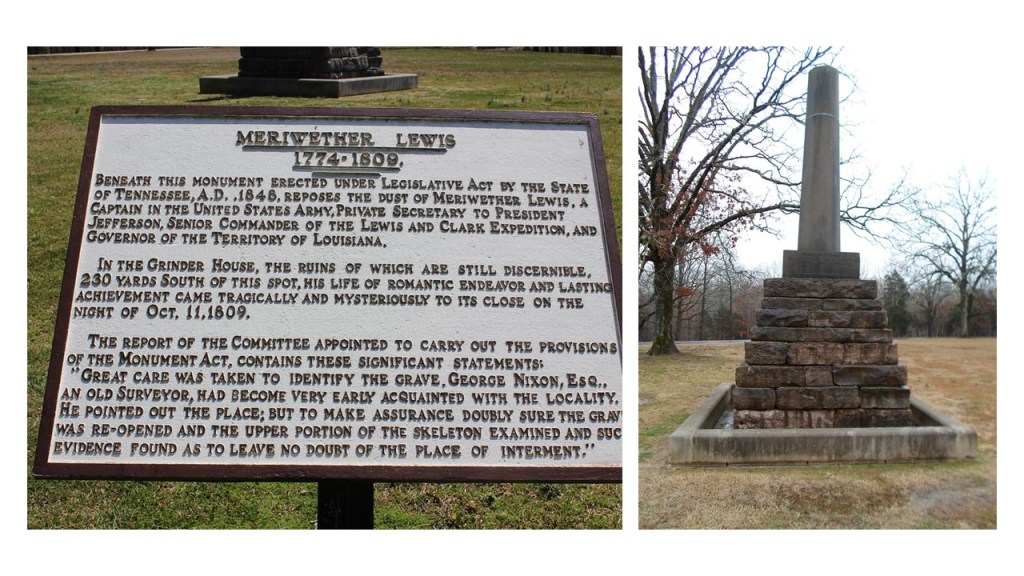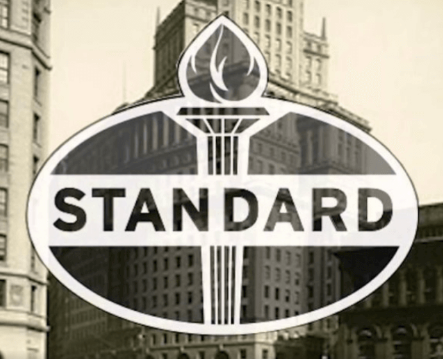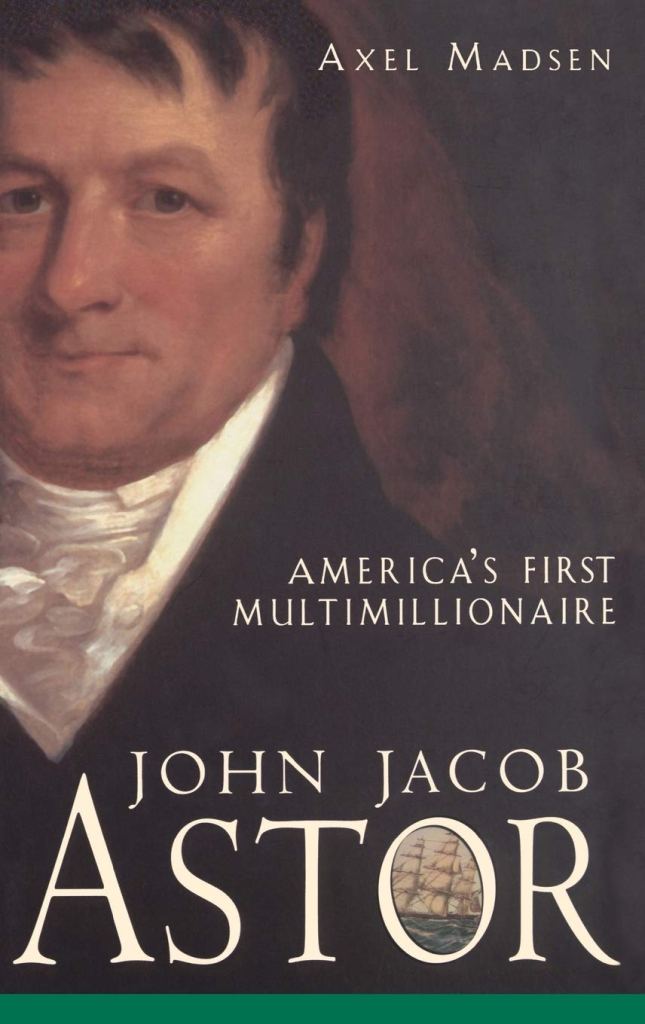In this new multi-volume series that is a compilation of work I have previously done, I am highlighting places, concepts, and historical events that people have suggested to me in comments and emails.
The original series this video was based on, compiled from viewers’ suggestions, was what led me down the trail of discovering “Old World Electri-City Circuits & Springs,” as you shall see.
JC relayed to me that there are many hidden secrets in the Shepherd’s Bush District and its wards of White City and Wormholt in West London.
Shepherd’s Bush is a District of West London in the Borough of Hammersmith and Fulham.
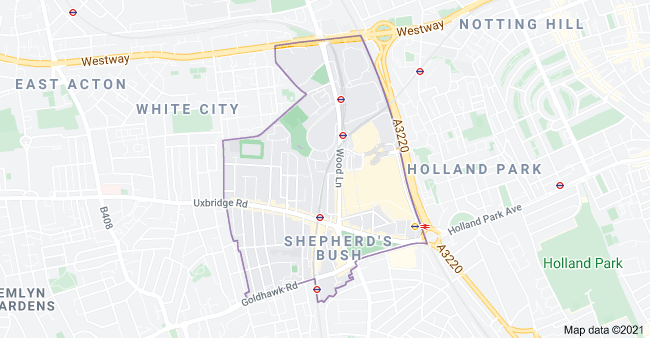
One of the explanations for the District’s name is that it was said to have been named Shepherd’s Bush because it was originally a pasture for shepherds as they made their way with their sheep…
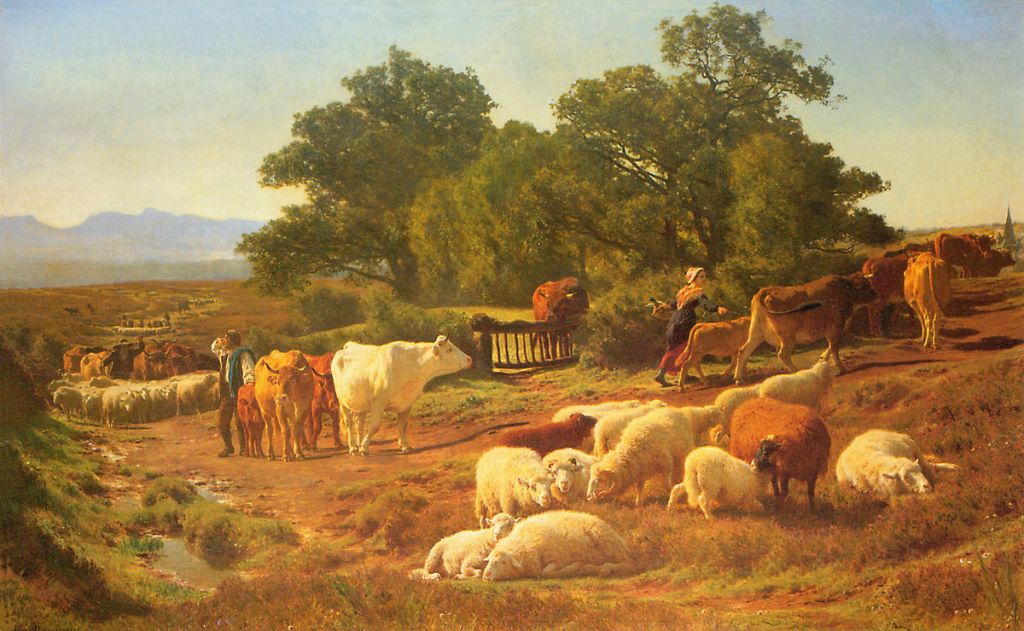
…to the Smithfield Market in the City of London, the current building for which was said to have been designed by Victorian architect Sir Horace Jones and built in the second-half of the 19th-century.

Both the Shepherd’s Bush District and its White City Ward are located on the Central Line of the London Underground System, and along with the Metropolitan Line, one of only two lines to cross the Greater London boundary.

The Central Line first opened in 1900 as the third deep-level Tube line to be built after electric trains were said to have made them possible.
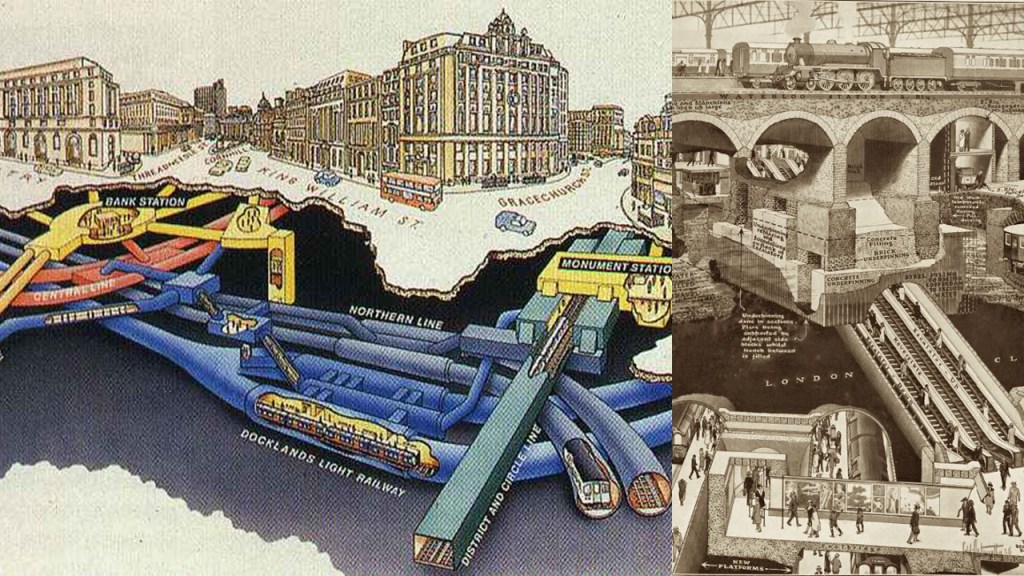
It is interesting to note that the Shepherd’s Bush Train Station was only in use for 42-years, by the London and South Western Railway, between January of 1874 and May of 1916, at which time it was closed, along with other nearby train stations, never to be used again.
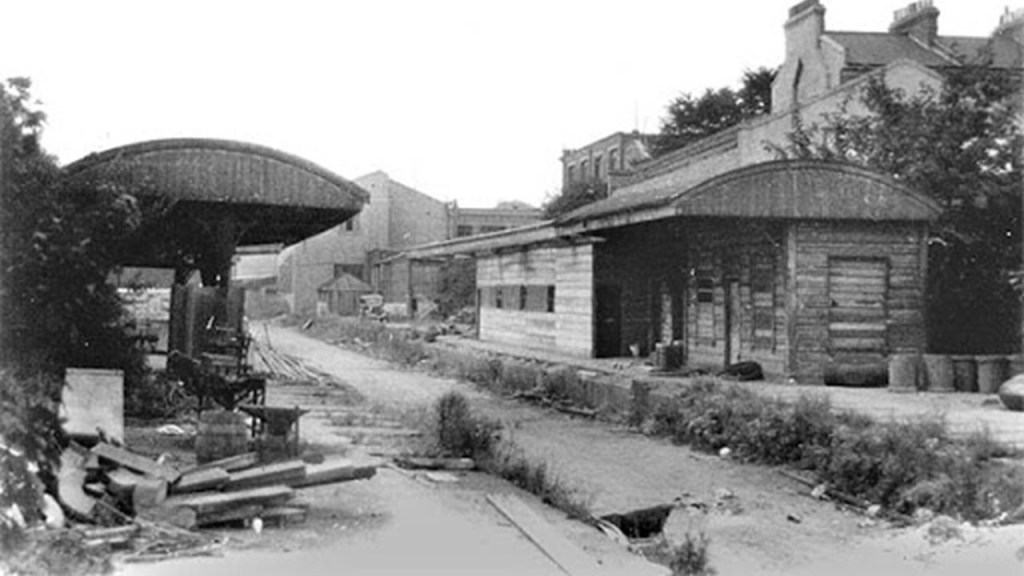
The Shepherd’s Bush Green is an approximately 8-acre, or 3.2-hectare, triangular space of open grass that is surrounded by busy roads on all three sides.

Four main roads radiate from the western side of the green, and three approach from the eastern side, meeting at the Holland Park Roundabout.

The Thames Water Tower is located in the Holland Park Roundabout.

The Thames Water Tower was said to have been designed and built in 1994 on top of an underground shaft that brings drinking water up from the London Ring Main, an extensive underground tunnel of flowing water 30 meters, or 98-feet, underground.
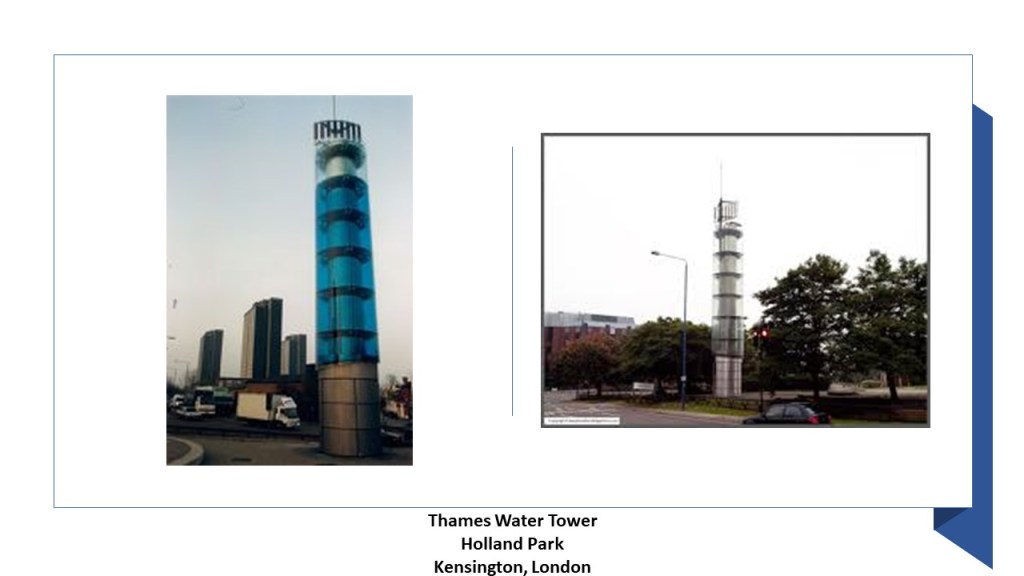
The steel core of the glass-covered tower functions as one of the world’s largest barometers, said to forecast the weather by responding to changes in air pressure, characterized by filling-up with colored water, and turning the tower blue.
Neighboring Shepherd’s Bush, Holland Park is an affluent section of Kensington, known for its Royal Crescent, said to have been designed in 1839 by Robert Cantwell, and considered one of the most architecturally interesting 19th-century developments in Holland Park.
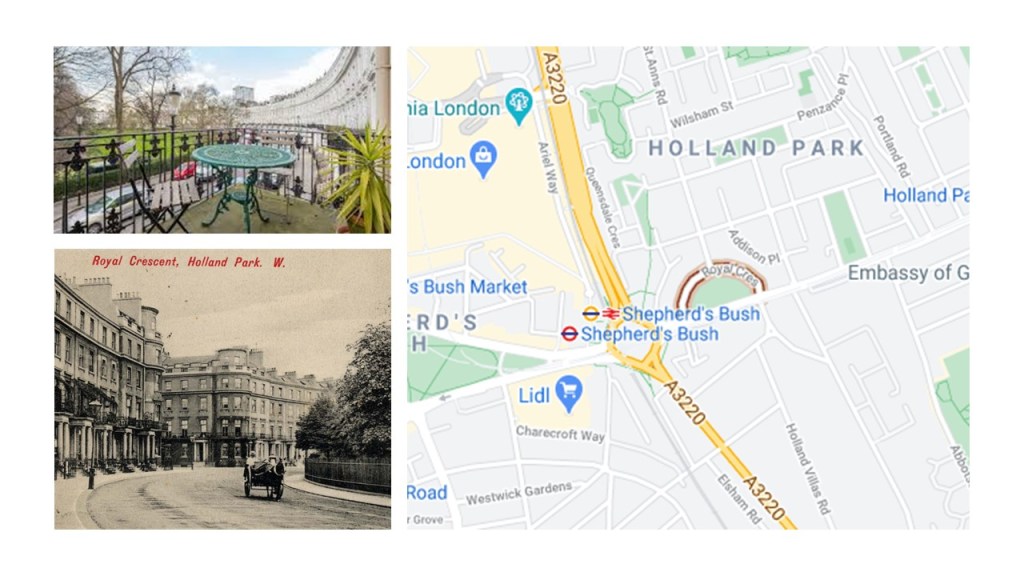
The Shepherd’s Park Green is an important node of the Bus Line, with eighteen bus routes arriving here, as well as being near five underground stations.
In addition to the two mentioned previously at Shepherd’s Bush and White City, the following underground stations are nearby:
The Shepherd’s Bush Market…

…the Goldhawk Road Tube Station…

…and the new Wood Lane Station on the Circle and Hammersmith & City Lines, that opened in 2008.

The original Wood Lane Station on the London Underground’s Central Line was said to have been built to serve the Franco-British Exhibition and the Olympic Games in London, which took place in 1908.
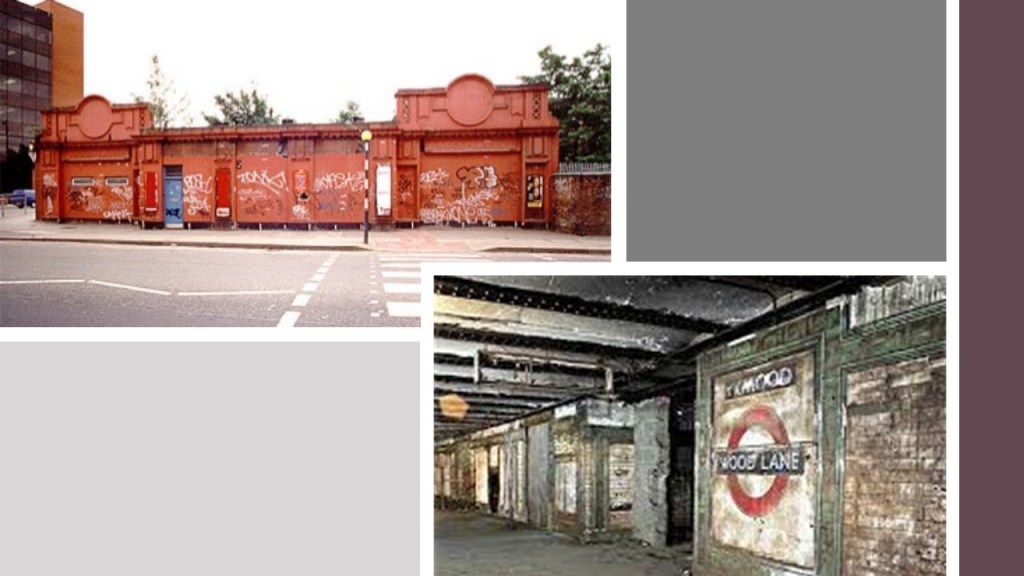
The Wood Lane Tube Station was said to have been closed when the White City Tube Station was opened a short distance north on the Central Line, and while the Wood Lane platforms were abandoned, the depot here became known as the White City Depot, one of three traction maintenance depots on the Central Line.
The depot at this location became operational in 1900.
Until 1928, it had the main power station for the Central London Railway (CLR) to generate electricity for the railway’s trains…

…after which time the Lots Road Power Station supplied the London Underground’s electricity until it was decommissioned in 2002.
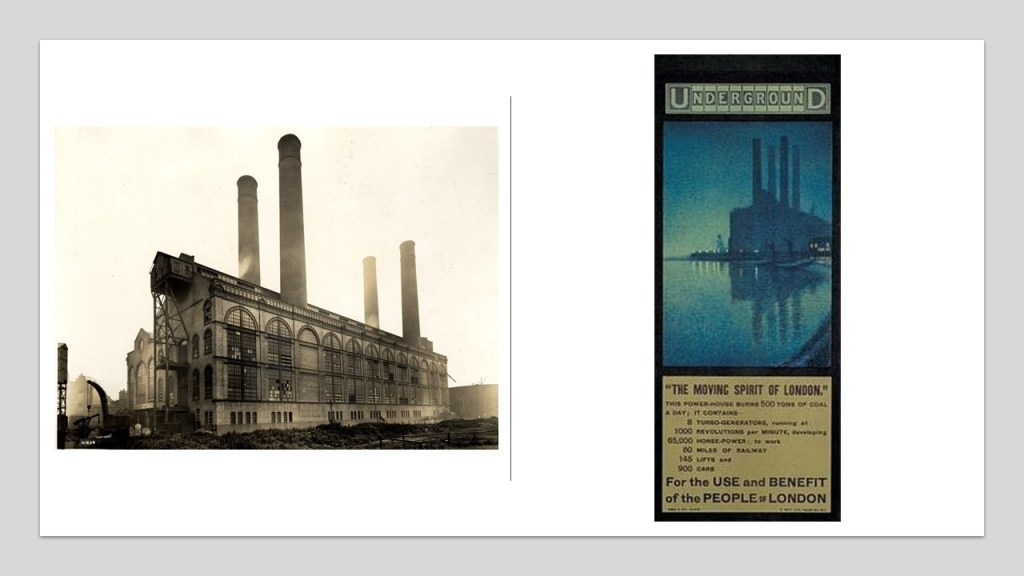
Uxbridge Road is on the north side of the Shepherd’s Bush Green, a major road through West London that also provides transportation connections for buses and the London Underground.
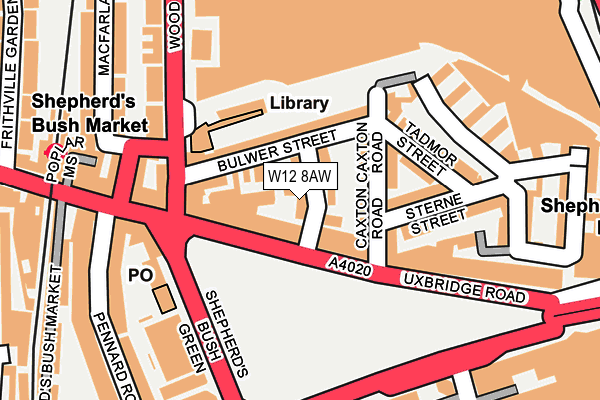
The Shepherd’s Bush Green is bounded to the East by the West London Overland Line…
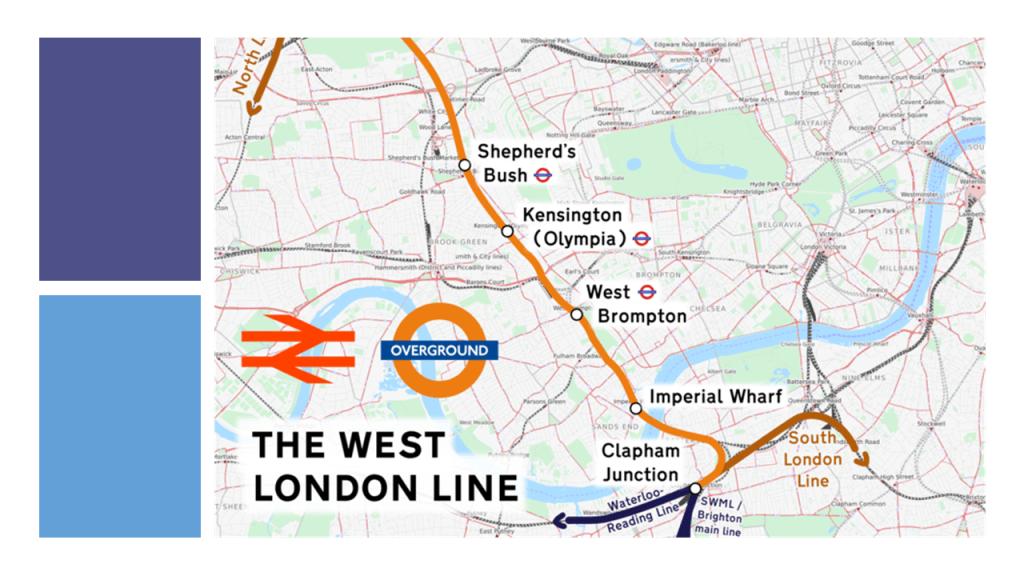
…and at one time bounded to the west by the rail-line which serviced the Shepherd’s Bush Station.
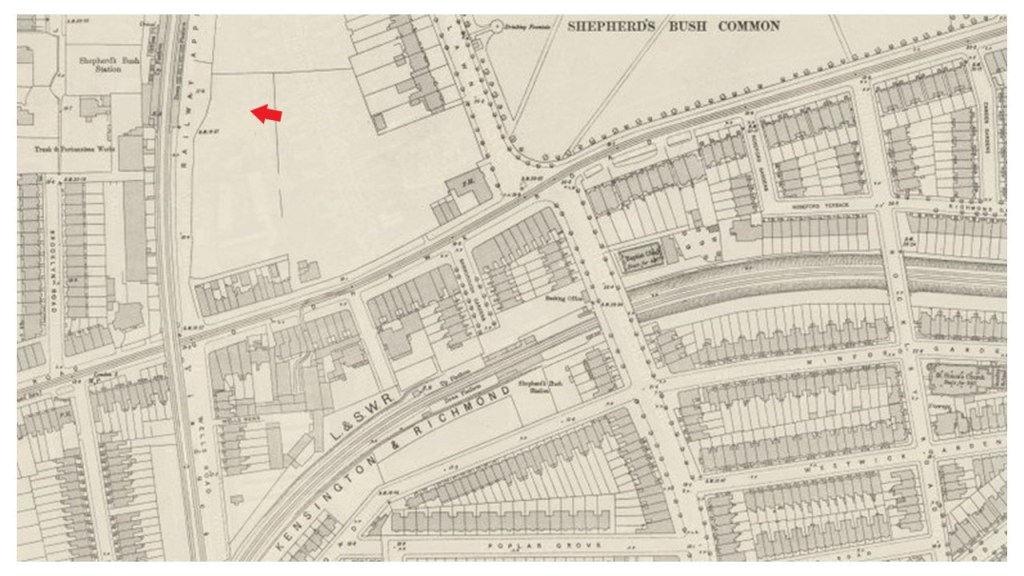
It is important to note that during the Second World War, Shepherd’s Bush and its environs were targeted heavily by German V-1 flying bomb attacks, which would strike with little notice.

Now I am going to take a look at the Franco-British Exhibition and the Olympic Games in London, both of which took place in 1908 in this complex in the White City Ward of Shepherd’s Bush.
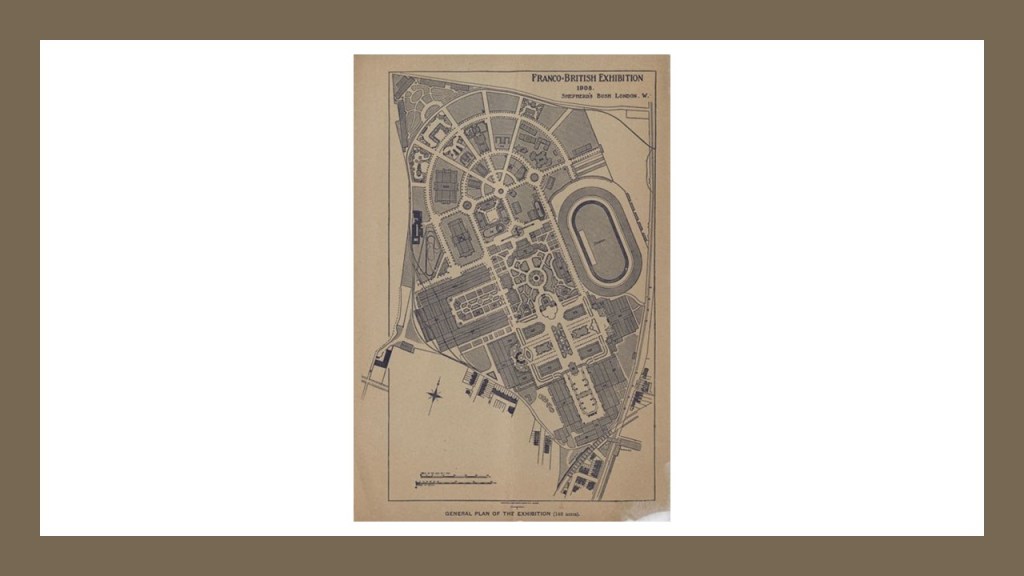
What we are told is that the area now called White City was farmland until it was used as the building site of the Franco-British Exhibition, so-named as a celebration of the 1904 Entente Cordial between the two countries, said to mark the end of hundreds of years of intermittent conflict between the two states and their predecessors…among other things, and one of six Exhibitions held there between 1908 and 1914.
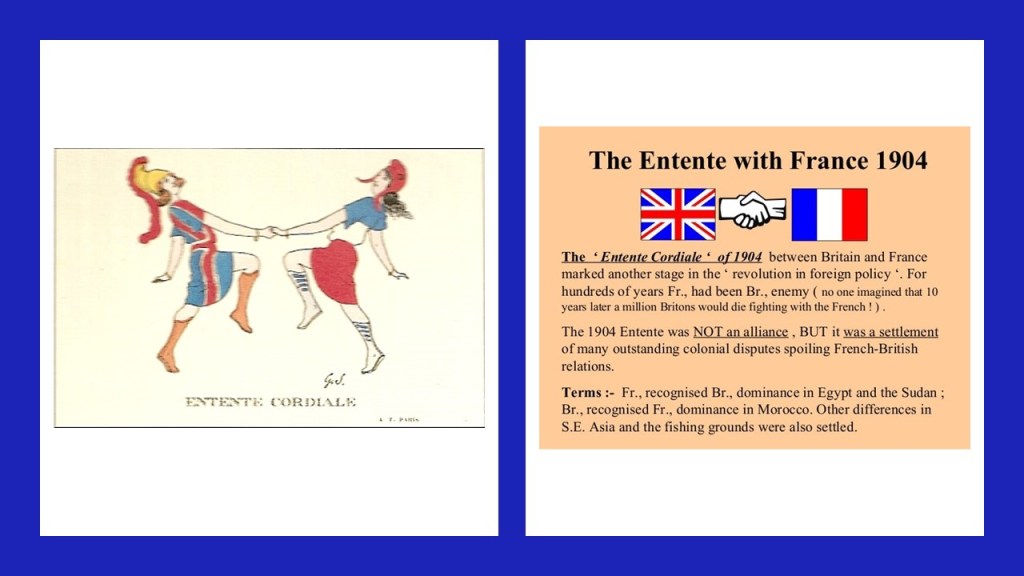
The 1908 Olympic Summer Games were held in London alongside the Franco-British Exhibition, as they were not able to be held in Rome as originally scheduled because of a violent eruption of Mt. Vesuvius in 1906 that put the brakes on that plan.
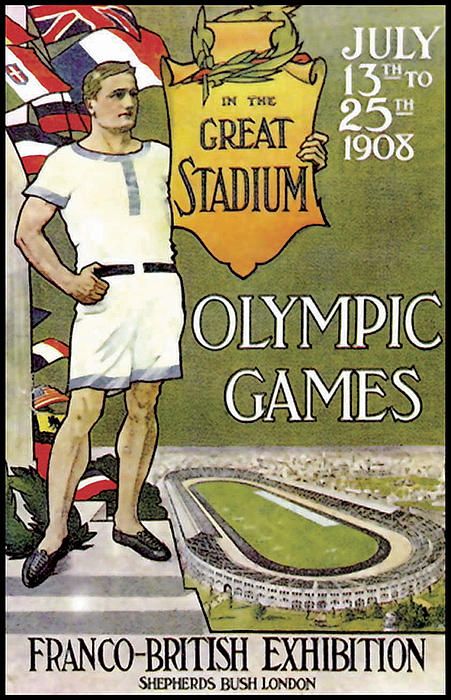
First on the Exhibitions.
We are told the chief architect of the White City Buildings for the 1908 Franco-British Exhibition…
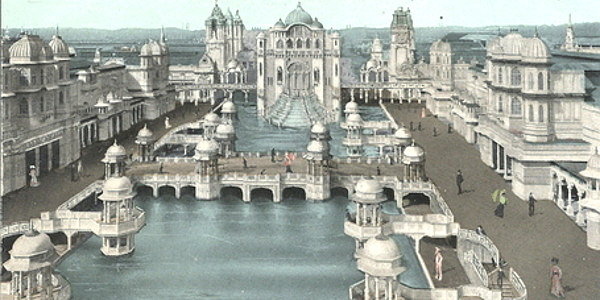
…was John Belcher, President of the Royal Institute of Architects from 1904 – 1906.
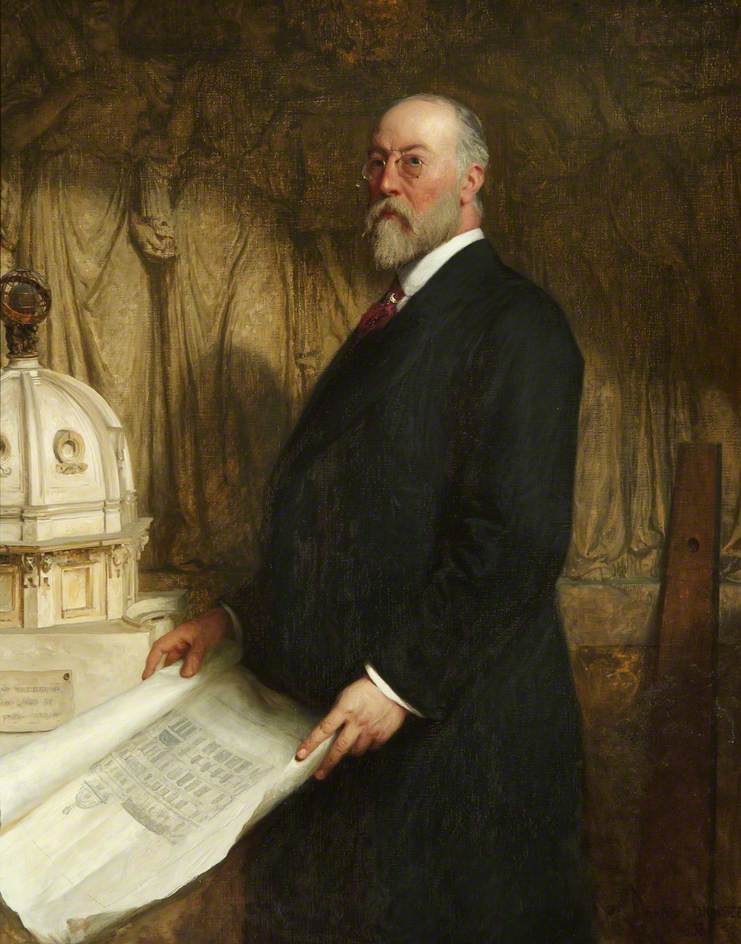
In addition to the twenty palaces and eight exhibition halls that were said to have been built expressly for the 1908 Exhibition, there were a number of amusement attractions featured, including:
The Flip-Flap in the Elite Gardens…
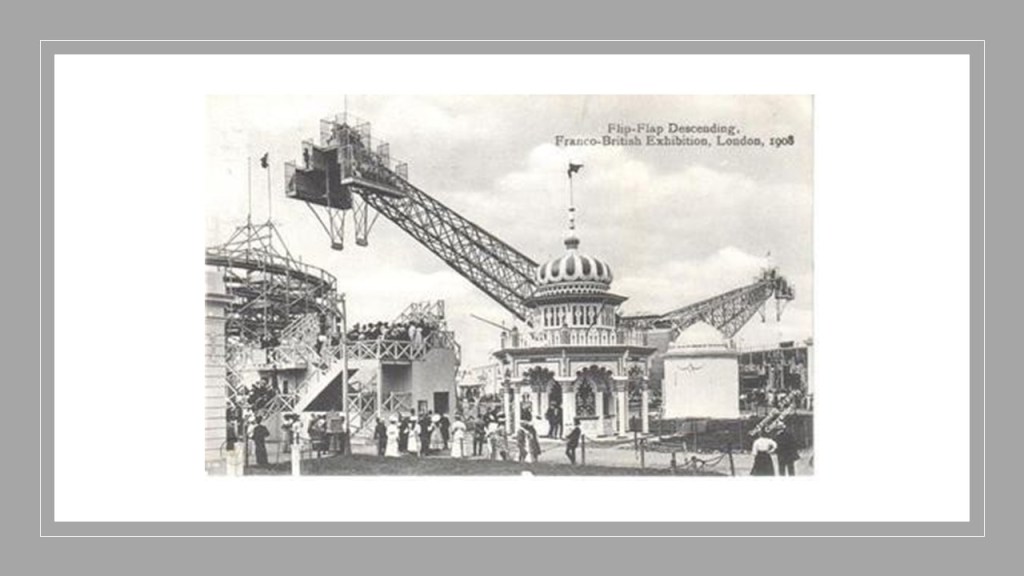
…the Mountain Scenic Railway…

…and the Canadian Toboggan.

The White City was also the location of five more Exhibitions:
The Imperial International Exhibition in 1909, called an opportunity to reflect upon the achievements of the three members of the 1907 Triple Entente, an accord between Russia, France, and Great Britain…

The Japan-British Exhibition was held in 1910 to celebrate and reinforce the Anglo-Japanese Alliance signed between the two countries in 1902, and driven by the Empire of Japan’s desire to develop a more favorable image to Britain and Europe.

The Coronation Exhibition was held in the White City starting in May of 1911, to showcase highlights of the British Empire and to celebrate the coronation of King George V and Queen Mary in Westminster Cathedral in June of 2011.

The Latin-British Exhibition in 1912 focused on the Latin countries in Europe of France, Spain, Italy, and Portugal, and South America.
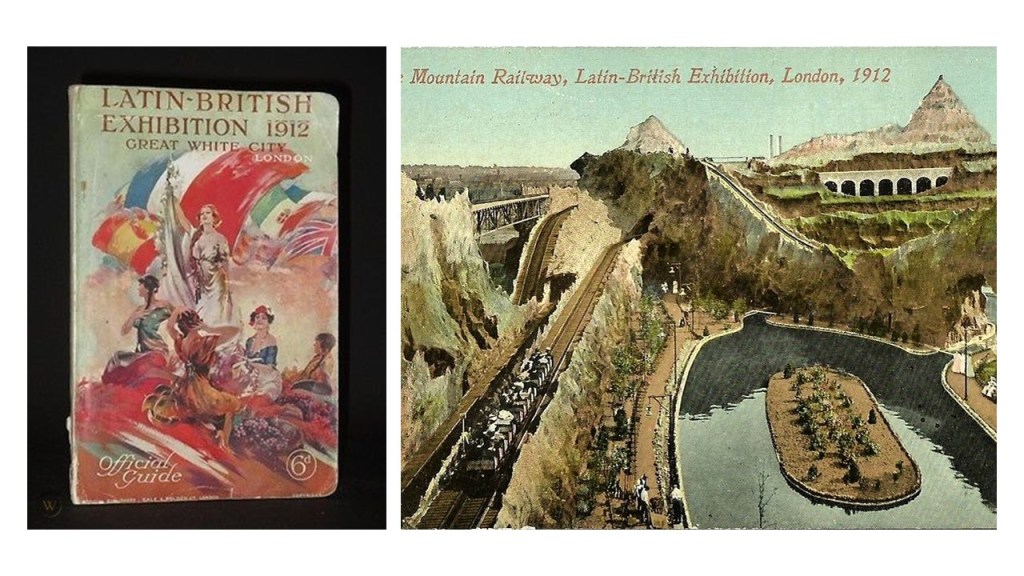
In 1914, the White City of London held its last Exhibition, the Anglo-American Exposition.

Following the 1914 Anglo-American Exposition, the White City site fell into disuse and disrepair.
In 1937, a large portion of the White City was cleared to make way for a housing estate
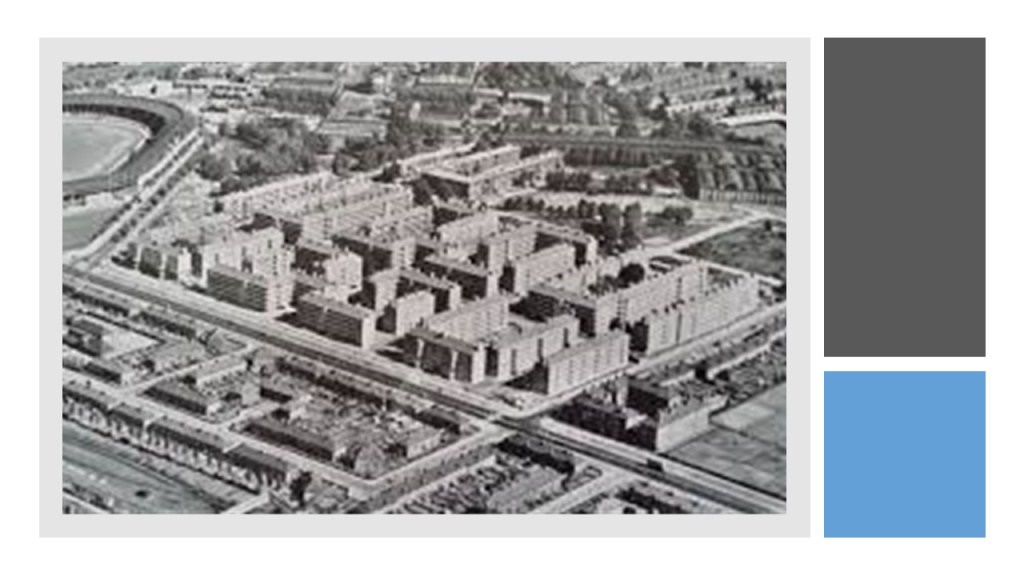
The White City Stadium was the main venue for the 1908 Summer Olympics held concurrently with the Franco-British Exhibition on the White City grounds..

This stadium with a seating capacity for 68,000 was said to have been designed by engineer J. J. Webster, and built in 10-months by the George Wimpey construction firm starting in 1907, on part of the site of the Franco-British Exhibition.
The 1908 London Olympic Games were opened by King Edward VII at the White City stadium on April 27th.
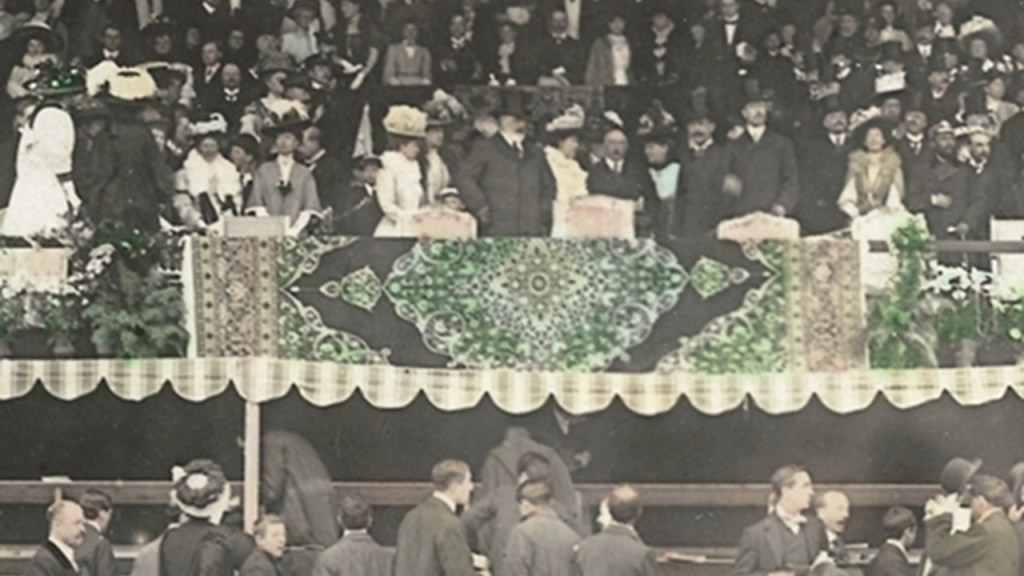
One of the notable outcomes of these particular Olympic Games was that the distance for the marathon was fixed for future games and sporting events, and calculated by the distance from Windsor Castle to a point in front of the royal box.

After the 1908 Olympic Games, only the running track at the White Stadium was used until 1914, and there were attempts to sell it.
Other than that, the White Stadium track was used by some athletes in training for the 1924 Olympic Games in Paris.

Then the Greyhound Racing Association took-over the White City Stadium in 1926.
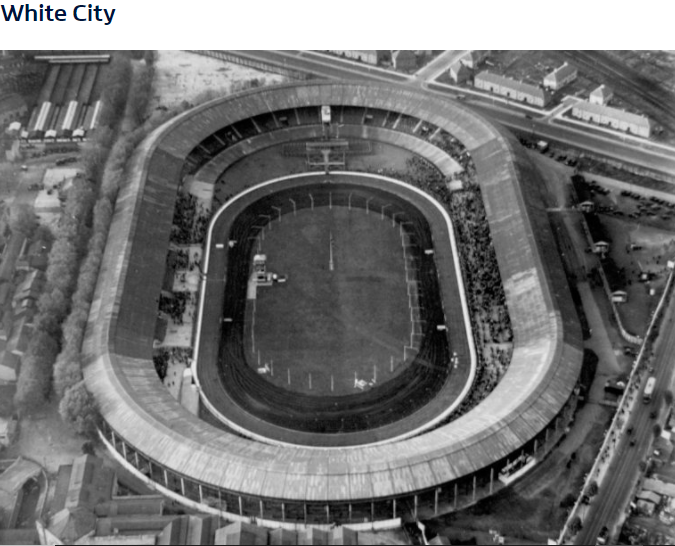
The stadium became the host to the English Greyhound Derby between 1927 until the time of its closure in 1984.

Today, the BBC White City occupies the site of the White City Stadium, which was demolished in 1985.
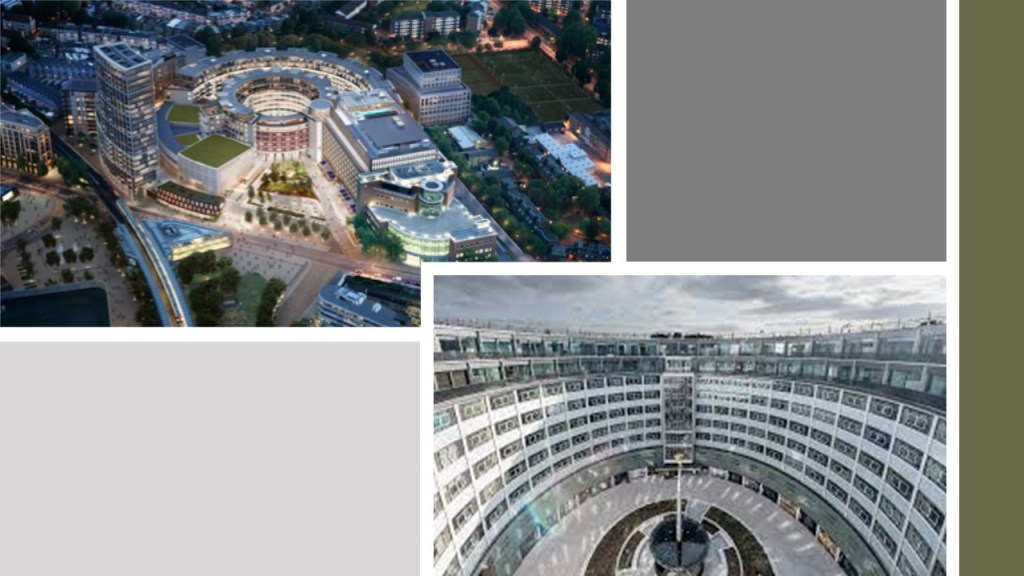
The former White City Exhibition Site now hosts the Westfield Shopping Center, one of the largest in London.

We are told this 1841 map shows a largely rural and undeveloped Shepherd’s Bush, with a lot of open farmland compared to fast-developing Hammersmith.

When I look at the configuration of the blueprint for the lay-out of the Franco-British Exhibition and the White City Stadium, R2D2, the beeping ‘droid from Star Wars comes to mind as a similar match.

This is a detail of a map from 1912 called “Bacon’s Up-to-Date Map of London” showing the White City configuration, along with London Underground lines marked in red, and Tram lines marked in yellow.
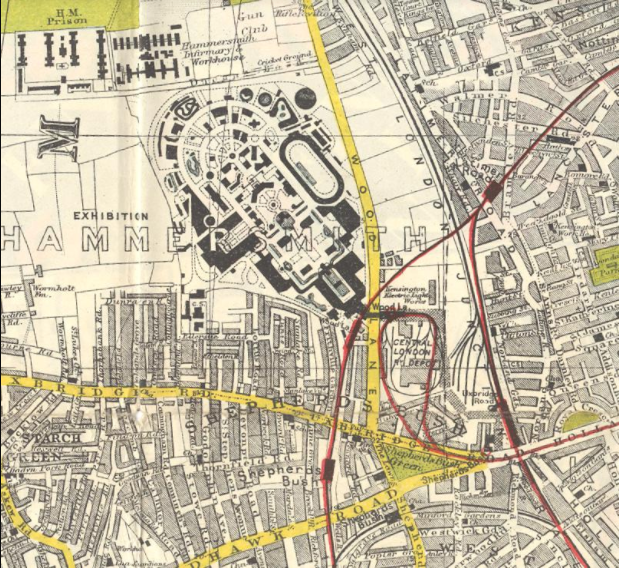
To me, the whole White City configuration reminds me of sophisticated circuitry that appears to plug into the Central London Depot, which I mentioned previously, was the main power station for the Central London Railway (CLR) until 1928.

Now, there is a place I want to revisit in Tampa, Florida, which I researched last summer, that reminds me in very many ways of Shepherd’s Bush.

There is a similar relationship in the location of both of these places being close to a major international airport, with Shepherd’s Bush being 10-miles, or 16-kilometers in a straight-line, from London’s Heathrow Airport on the left; and on the right, the Sulphur Springs neighborhood of Tampa in a straight-line is 6-miles, or 10-kilometers, from Tampa International Airport.

Both places are located in a similar relationship to snaky, s-shaped rivers bends that have the same curvature…
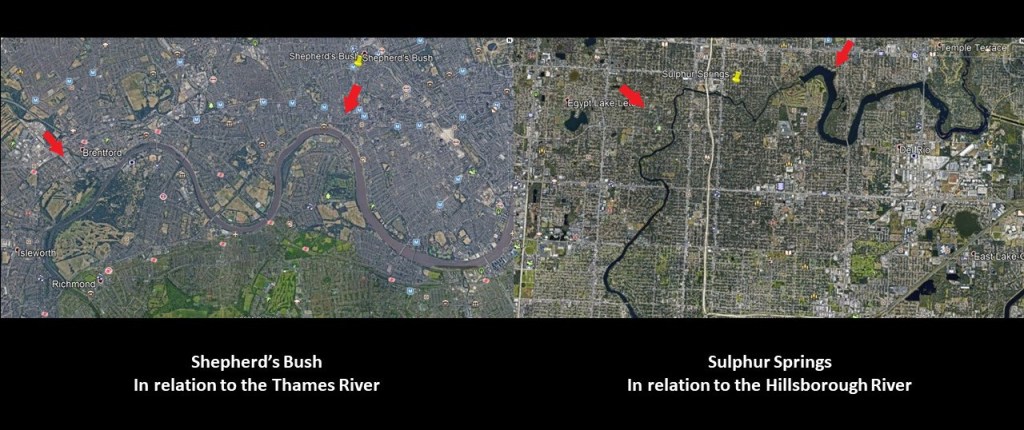
…where the similarity would be even more pronounced had the water of the Hillsborough River not been dammed up and subject to water resource management.
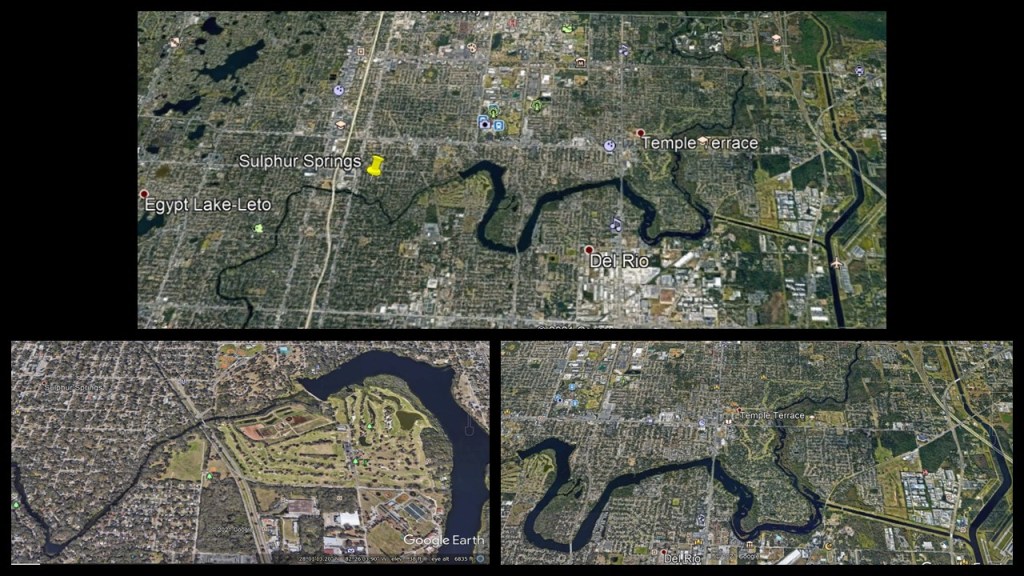
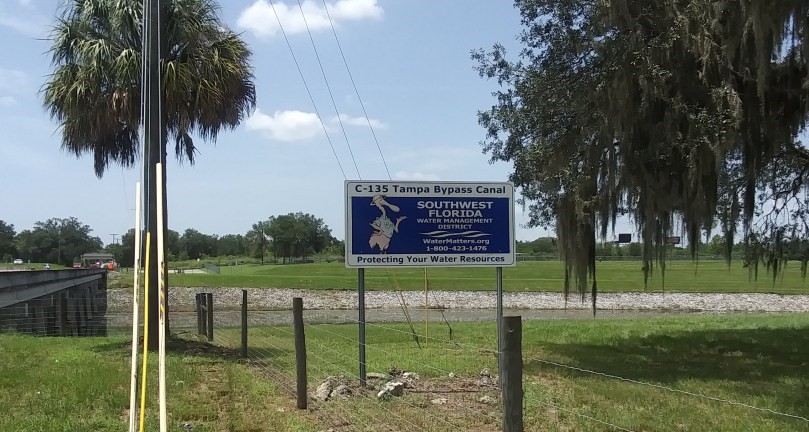
Sulphur Springs is located six-miles north of downtown Tampa.
Its southern boundary is the Hillsborough River; the northern boundary is Busch Boulevard; Florida Avenue, Nebraska Avenue, and the CSX Railroad line forms boundaries on the west and the east.

Going from left to right on this map of Google Earth, there is a water tower here…
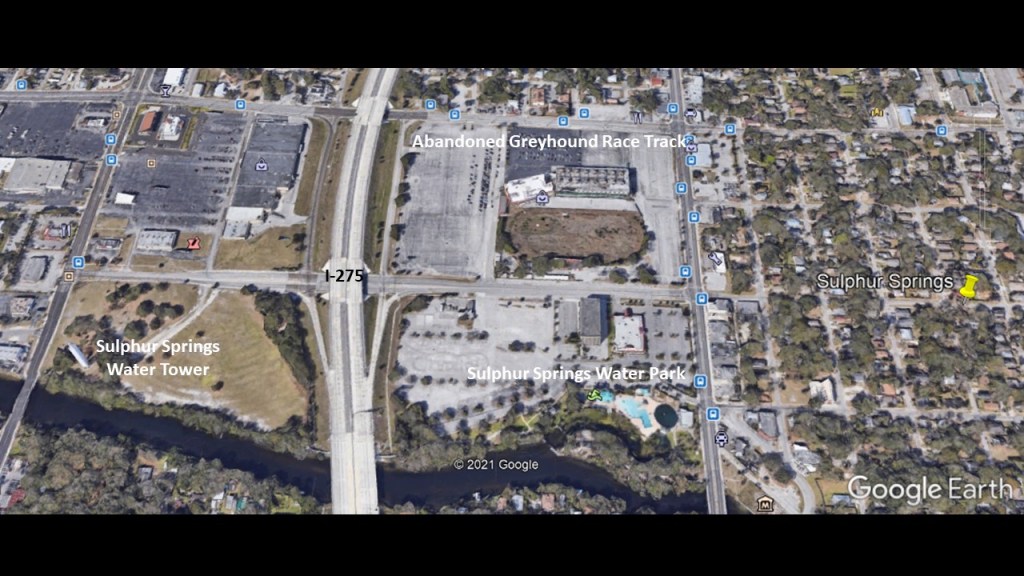
…like finding one in the Holland Park Roundabout right next to the Shepherd’s Bush Green…
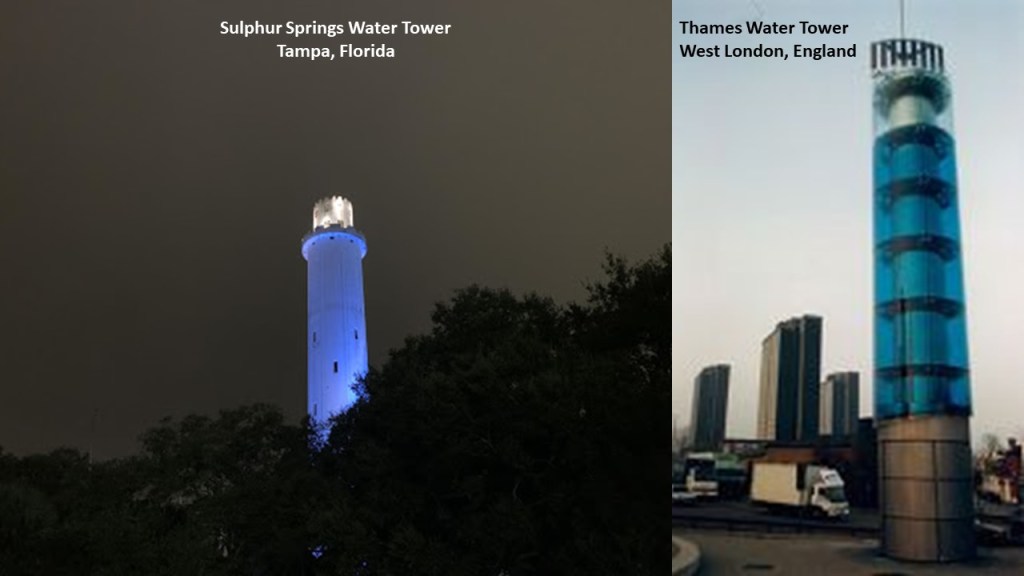
…the construction of which was said to have been finished in 1927, to include a full automatic elevator for some reason, commissioned by local developer Josiah Richardson for the purpose of ensuring an adequate water pressure to supply the building which housed his Sulphur Springs Hotel & Apartments, and the first shopping mall in Florida, Mave’s Arcade.

Also, like the White City Stadium in Shepherd’s Bush, there was a stadium and track here that became a popular Greyhound Racing Track, that is still there but has long been abandoned.
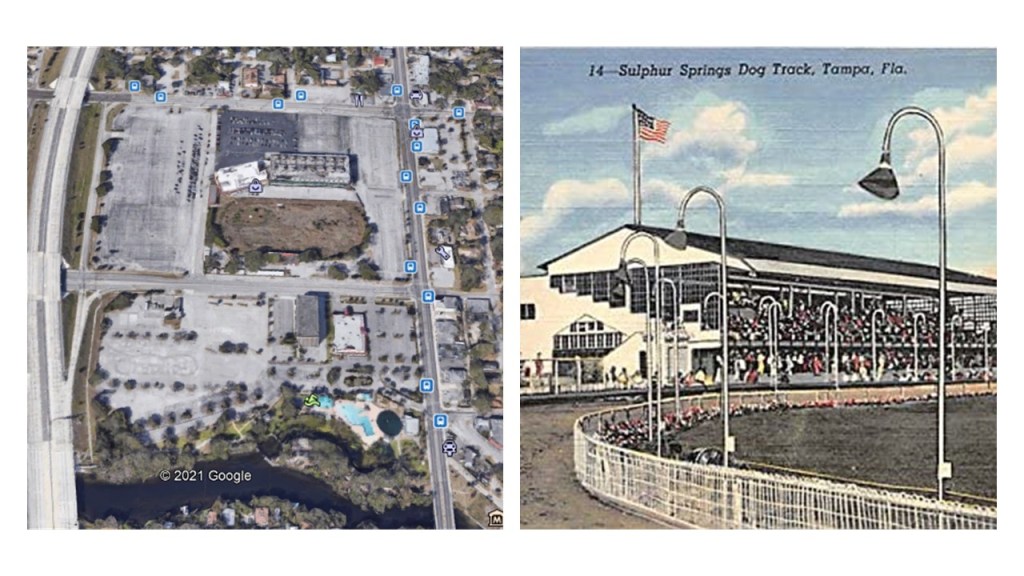
After I started talking about the racing tracks, and proximity to international airports and rivers, in London and Tampa a viewer brought to my attention that the Montreal Hippodrome is located next to rails; is 15-minutes to the Montreal Pierre Trudeau International Airport; and the St. Lawrence River is just south of it.
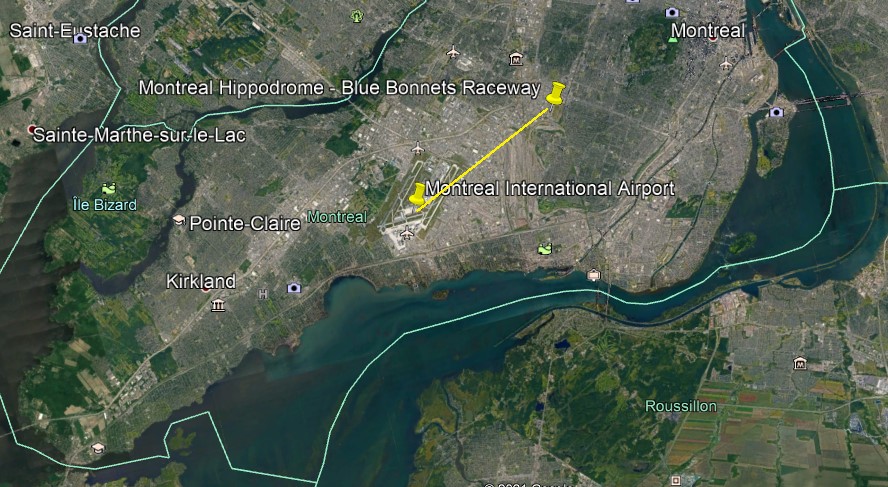
The Montreal Hippodrome was located 8-miles, or 13-kilometers from Montreal-Pierre Trudeau-International Airport, or a driving distance of 11-miles, or 18-kilometers, from there.
The location of the historical Montreal Hippodrome appears to be situated at a similar angle to major international airports as seen in Shepherd’s Bush in West London and Sulphur Springs in Tampa shown and dicussed in the first part of this series, where both places had had elliptical-shaped race-tracks in their vicinities.

Also known as the Blue Bonnets Raceway, a thoroughbred horseracing track and casino, the Montreal Hippodrome was permanently closed in October of 2009 after 137 years of operation, and the abandoned site was demolished starting 2018.

The Hippodrome was located right next to the Canadian Pacific St. Luc Railyards, and its interesting to note this array of elliptical shapes on the race track grounds between the main ellipse and the railyards.

It is also interesting to note that the roundhouse at the St. Luc Railyards was said to have been completed in 1950…

…and by 2003, it was reduced to 4 or 5 stalls.
Why was a beautiful structure like this deconstructed after only a half-century of use?
The appearance of the historical St. Luc Roundhouse reminded me of depictions I have seen of the ancient harbor of Carthage in Tunisia, called a cothon, meaning an artificial, protected harbor.
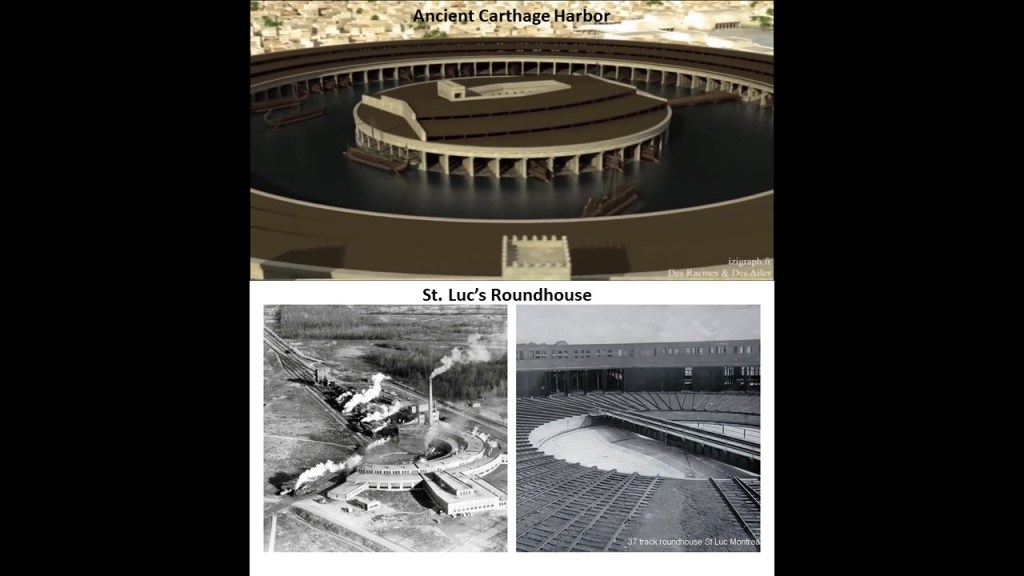
This is a 2017 photo of the former grand 37-stall roundhouse , considered a shining example of the Canadian Pacific Railway when it was built.

Studies and planning have been done to re-develop the hippodrome site into social housing units.
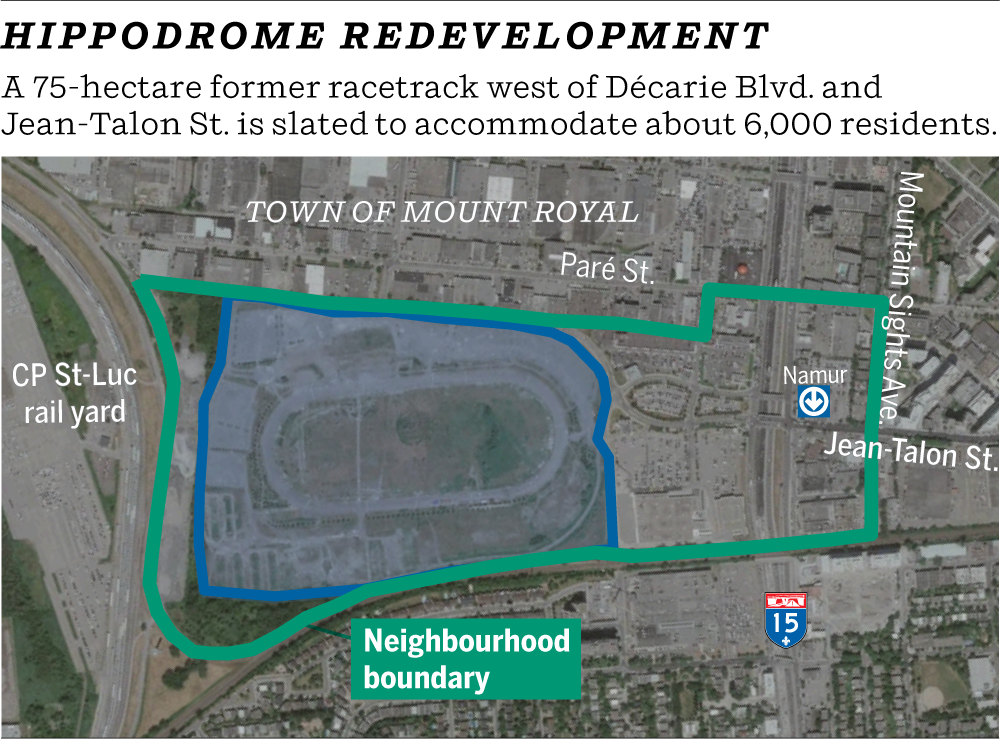
The hippodrome was located in the western part of Montreal’s Cote-des-Neiges neighborhood, which is the geographic center of the Island of Montreal, said to have been founded in 1862…

…and is also the location of the Notre-Dame-des-Neiges Cemetery…
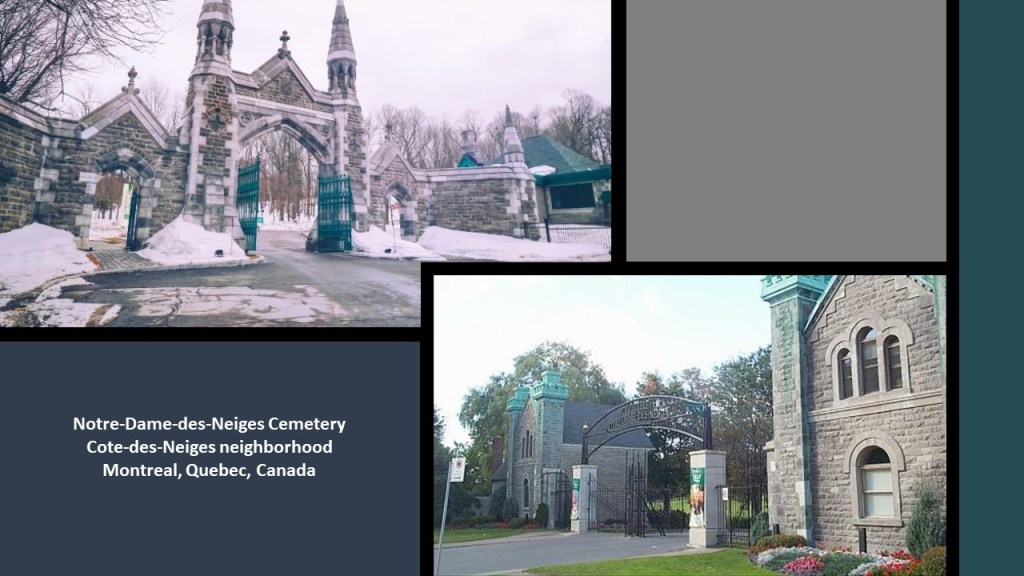
…as well as the nearby Saint Joseph’s Oratory, the construction of which was said to have started in 1914, and completed in 1967.
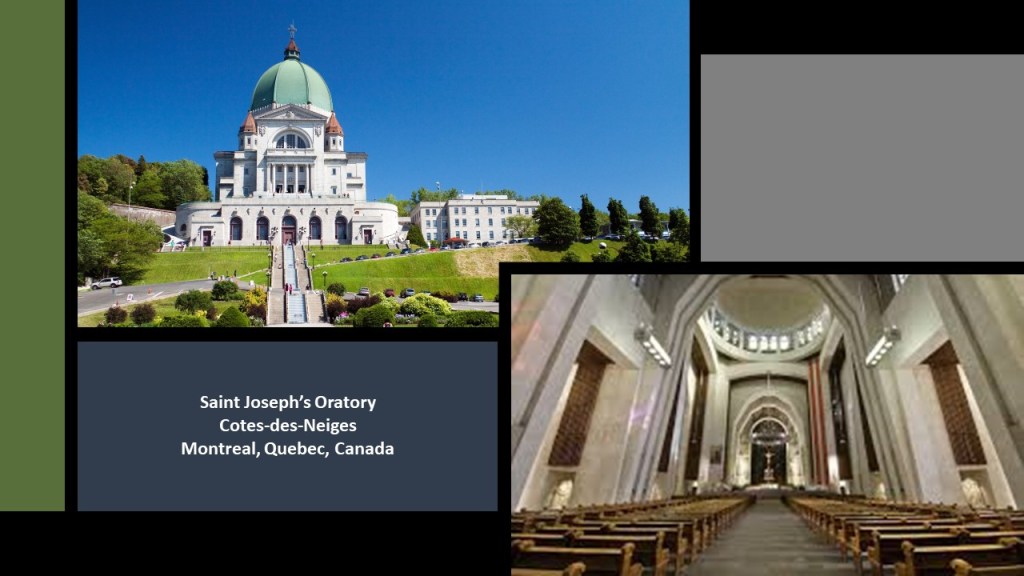
Saint Joseph’s Oratory is: the highest building in Montreal; a National Shrine; a Roman Catholic minor basilica; the largest church in Canada; and has one of largest domes in the world.
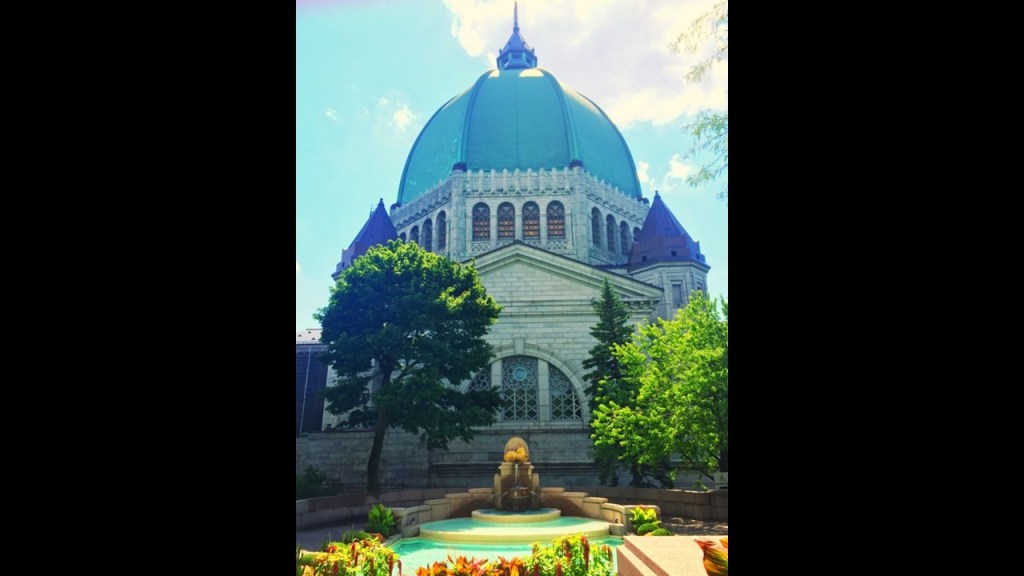
A viewer in Montreal sent me this image of a massive dome, saying it was “interesting,” and I totally agree with him – very interesting!
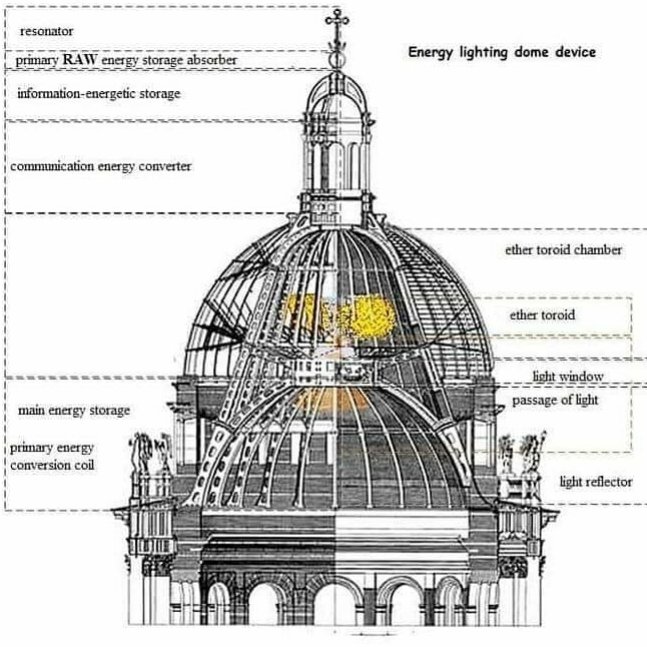
Like Shepherd’s Bush in West London, the Cotes-des-Neiges neighborhood on Montreal is an underground transportation hub, with five Orange Line metro stops, and four on the Blue Line.

Another place I would like to bring your attention to before I move on is in Philadelphia.
I decided to take a peek at Philadelphia, another place I have studied on a map previously, and I knew the Philadelphia International Airport was in the southwestern part of the city.
So I looked at it on a map, and proceeded to look for an elliptical shape nearby to see if I could find one.
I came across this track on Google Earth, which I was able to identify by looking-up tracks in South Philadelphia.
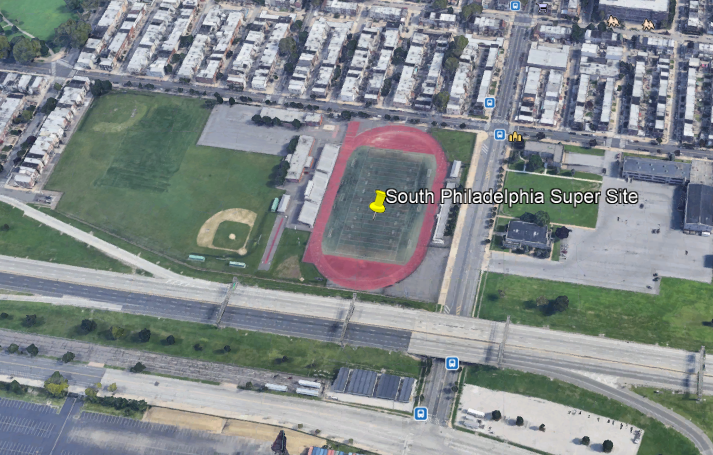
The South Philadelphia Super Site is located 4-miles, or 7-kilometers in a straight-line, from the Philadelphia International Airport, and is a driving distance of 6-miles, or 10-kilometers.

Here is a comparison of the appearance of all four of these locations I have looked at with an elliptical race-track and relatively short-distance to a major international airport.

The South Philadelphia Sports Complex is adjacent to the Super Site…
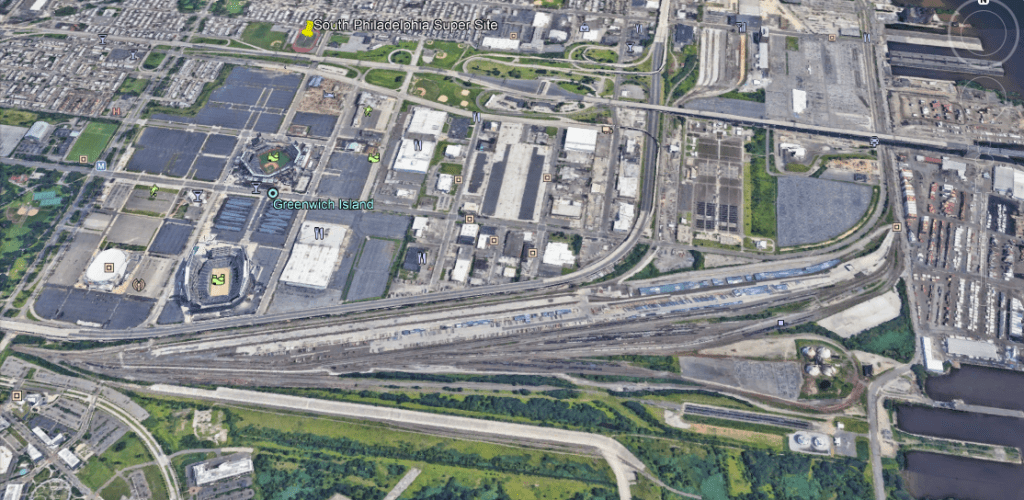
…and which consists of Citizens Bank Park, the home of baseball’s Philadelphia Phillies; the Lincoln Financial Field, the home of football’s Philadelphia Eagles; and the Wells Fargo Center, the home of basketball’s Philadelphia 76’ers and hockey’s Philadelphia Flyers, and the sport of lacrosse’s Philadelphia Wings.
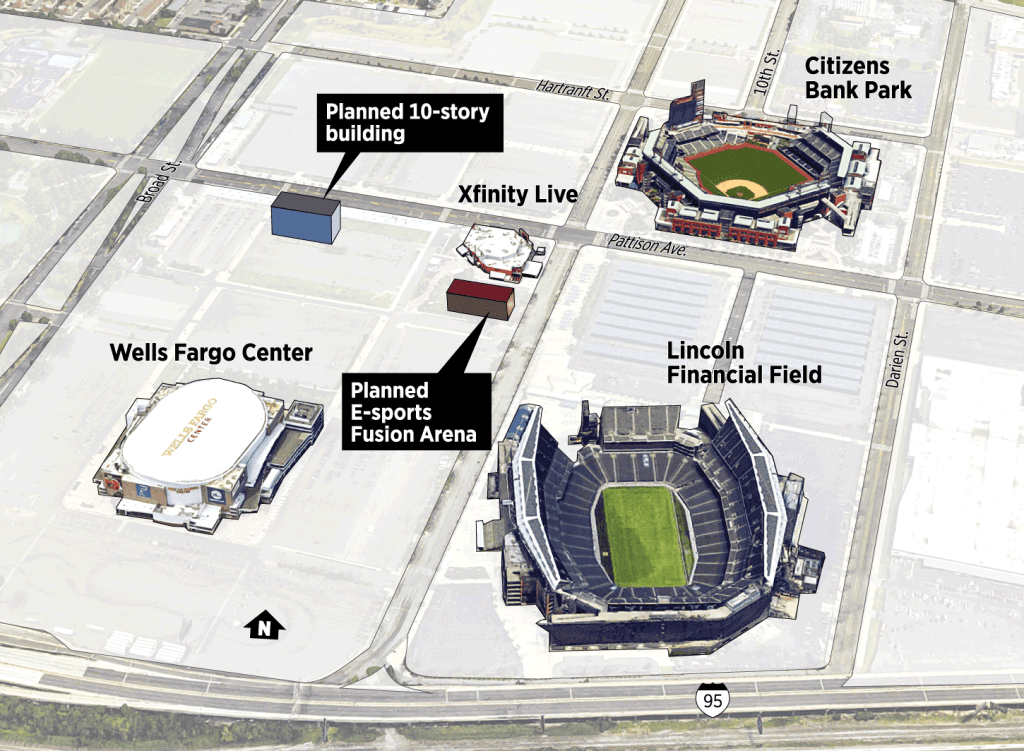
The South Philadelphia Super Site track and the three professional sports venues are both located very close to the CSX railyards…

…below which I noticed there was an abandoned elliptical shape surrounded by trees.
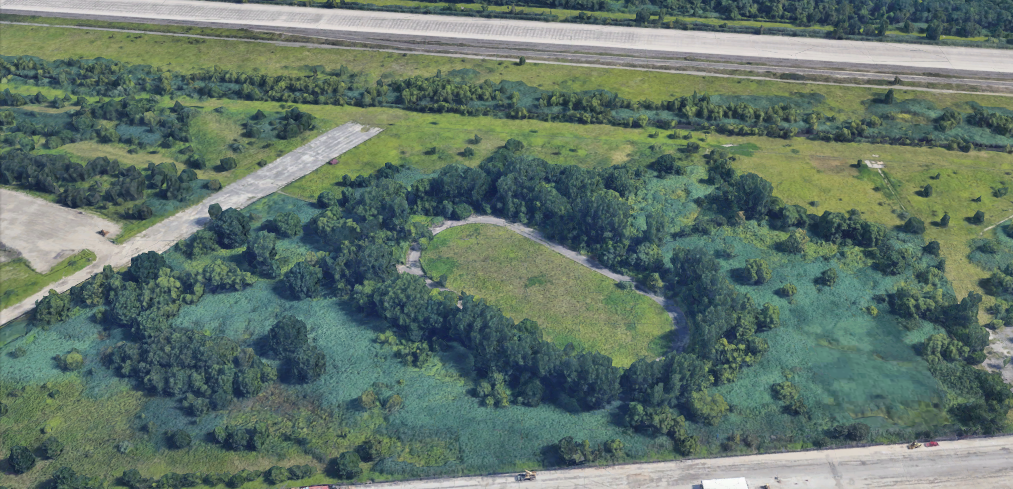
When I looked on a map, the railroad and sports complexes in South Philadelphia are adjacent to the Philadelphia Naval Yard, the location of the Philadelphia Experiment back in World War II.
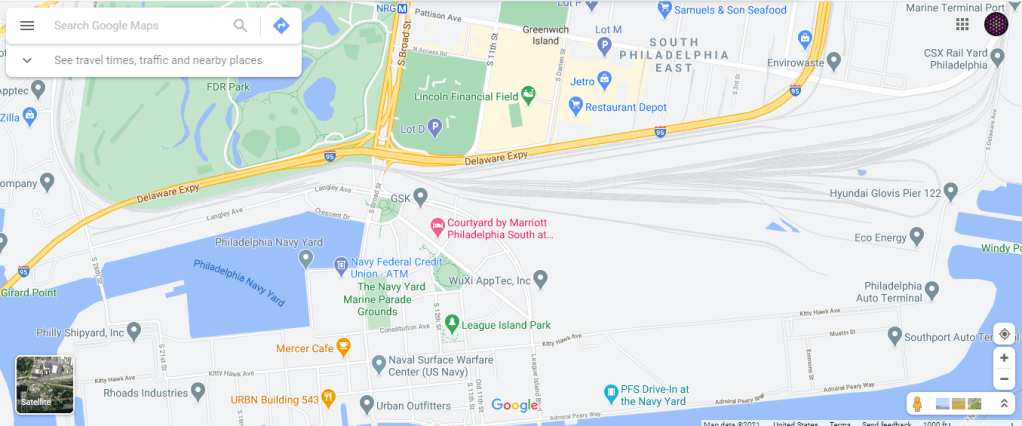
A couple of thoughts before I move on from here.
First, I have wondered about a connection between athletic fields to the Earth’s grid system ever since finding ball-fields sandwiched between a star fort in called Fort Negley and the railroad yards in Nashville.
I am definitely beginning to think ellipses, ellipses, and the other varied shapes of sporting venues, served a function similar to star forts as circuitry on the Earth’s electro-magnetic grid system.
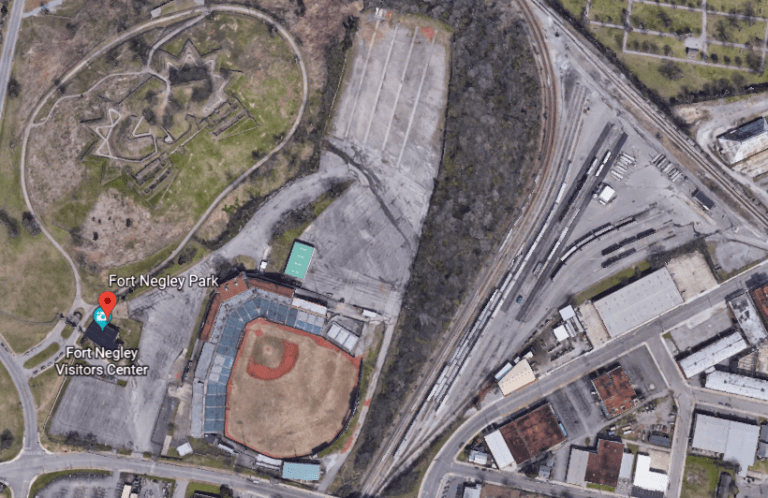
A viewer sent me this graphic awhile back saying:
“If you haven’t yet researched the Indianapolis Motor Speedway, I think it’s worth a glance.
Balloon racing and monorail aeroplanes being used there before they were racing cars.
Check this out: Vatican City, the Wimbledon Campus, the Roman Colosseum, the Rose Bowl, Yankee Stadium, and the Kentucky Derby all fit inside the automobile racing CIRCUIT.”
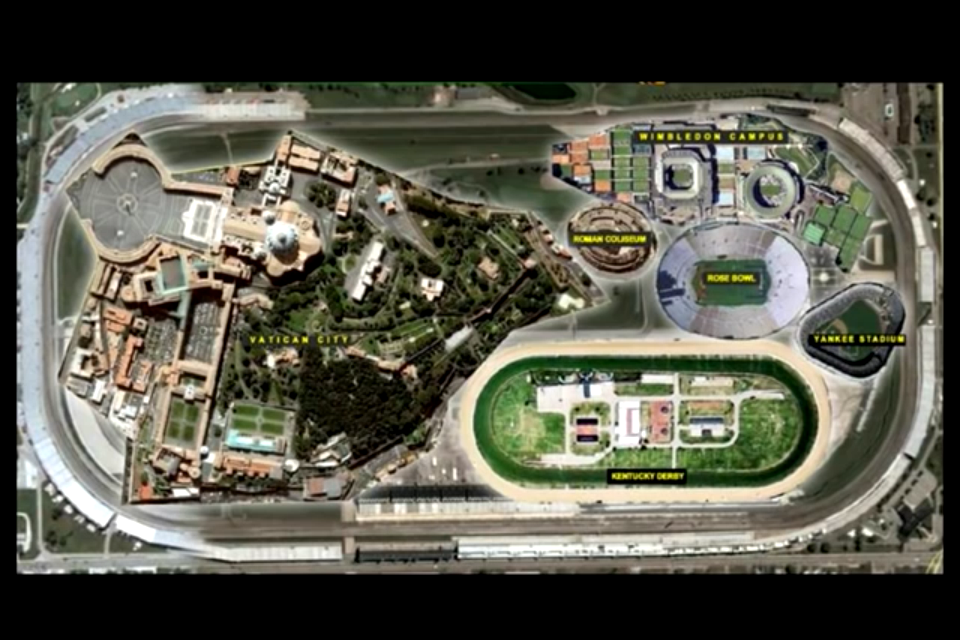
The Indianapolis Motor Speedway is the largest sports’ venue in the world, and said to have been constructed in 1909.
It was the second-purpose built, banked oval racing circuit after Brooklands in Surrey, England, which opened in 1907 and closed in 1939.
It certainly looks like the Controllers’ utilized the existing performance-enhancing features of the physical infrastructure of the Earth’s grid system for the sporting venues of the new historical timeline.
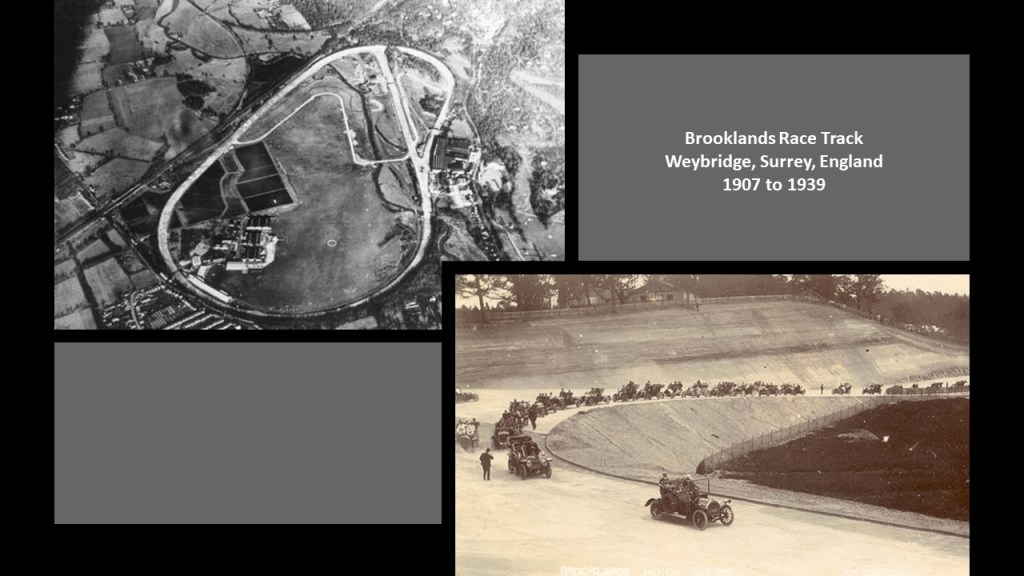
Someone mentioned the Battersea Power Station on the south bank of the River Thames in Battersea in the London Borough of Wandsworth.
The one building comprises two power stations, with Power Station A said to have been constructed between 1929 and 1935, and Power Station B between 1937 and 1941.
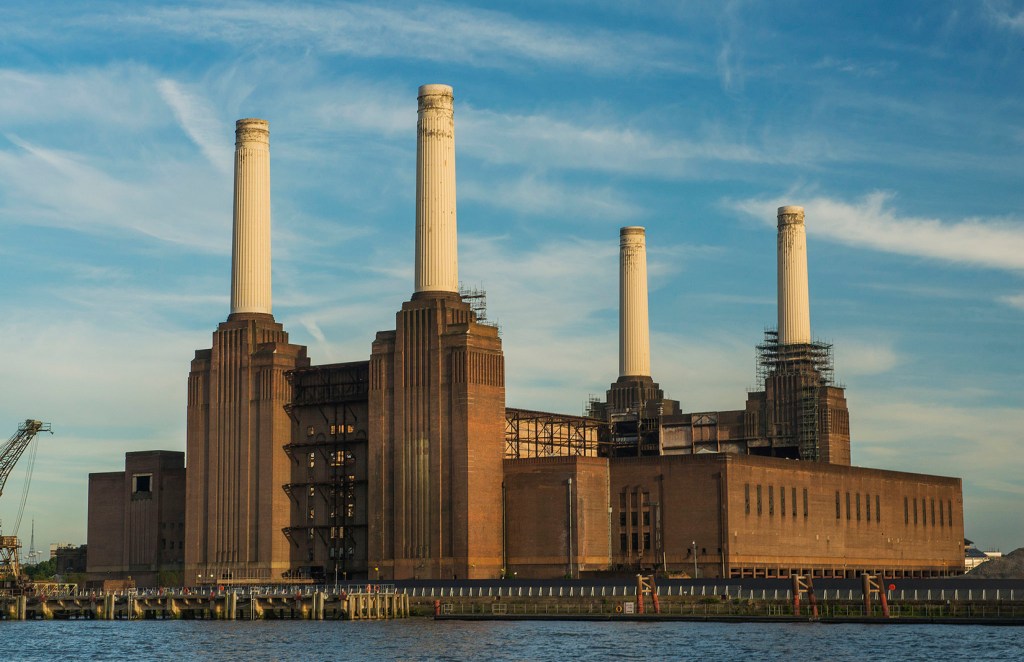
One of the largest brick buildings in the world, and known for its Art Deco.
Then, after all that work to design and construct it, both power stations of the Battersea Power Station were decommissioned by 1983…only 42-years later?

After 30-years of abandonment, interest in the redevelopment of the site picked up, and it is currently being turned into luxury apartments, office space, and commercial business space.
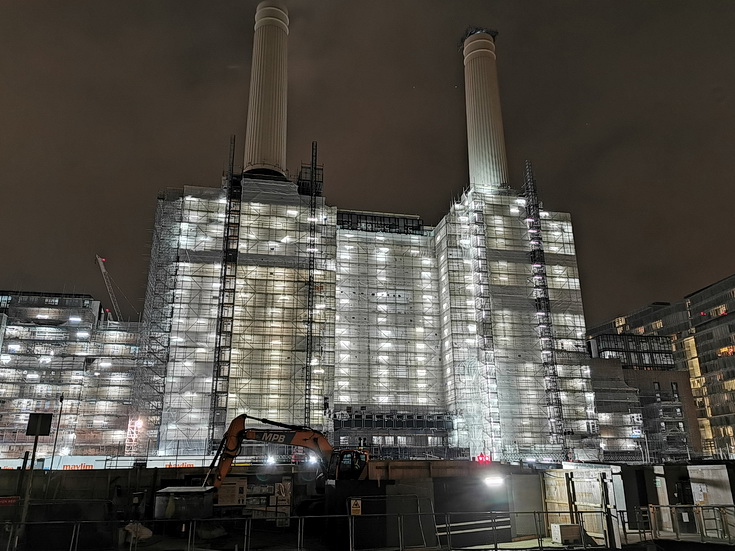
Someone mentioned the Efteling Amusement Park, located in the North Brabant Province of the Netherlands, with largest nearby city being called Hertogenbosch, also known as Den Bosch.
Sounds like Shepherd’s Bush, and Busch Boulevard, as noted London and Tampa earlier in this video.
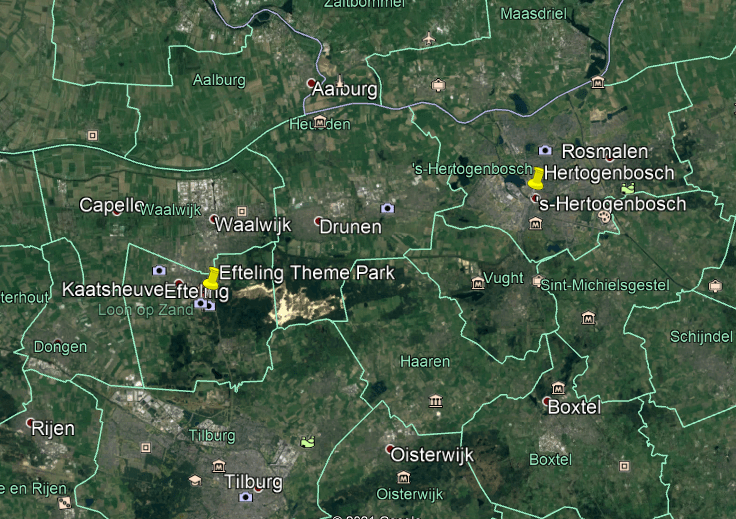
The Efteling Theme Park was opened in 1952 on the grounds of what was a former sports and recreational park under the guidance of the three visionary men who developed the park.
Amusements at the park include the King’s Castle of the Symbolica ride, a trackless dark family ride…
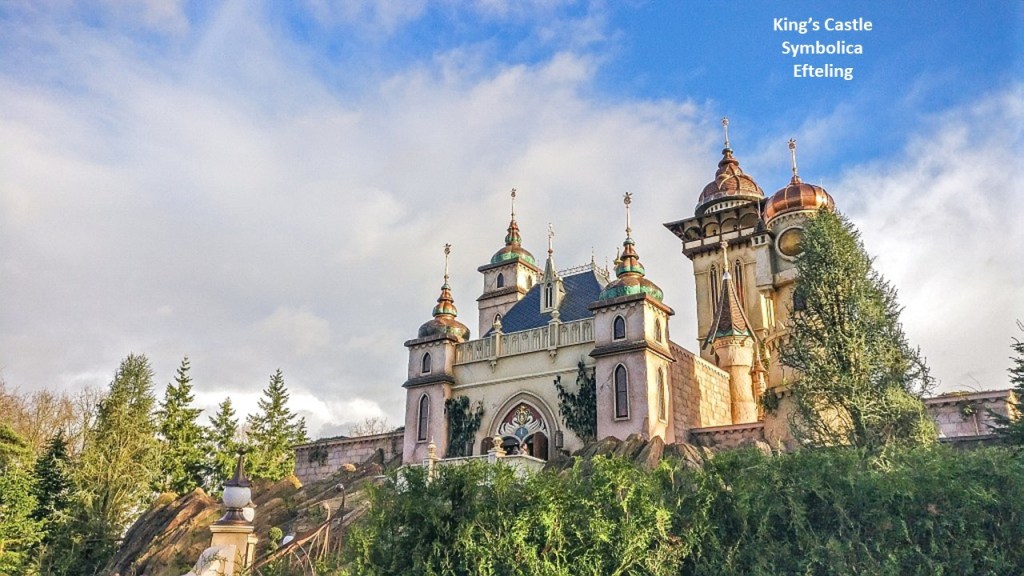
…with a grand ballroom at the end of the ride…
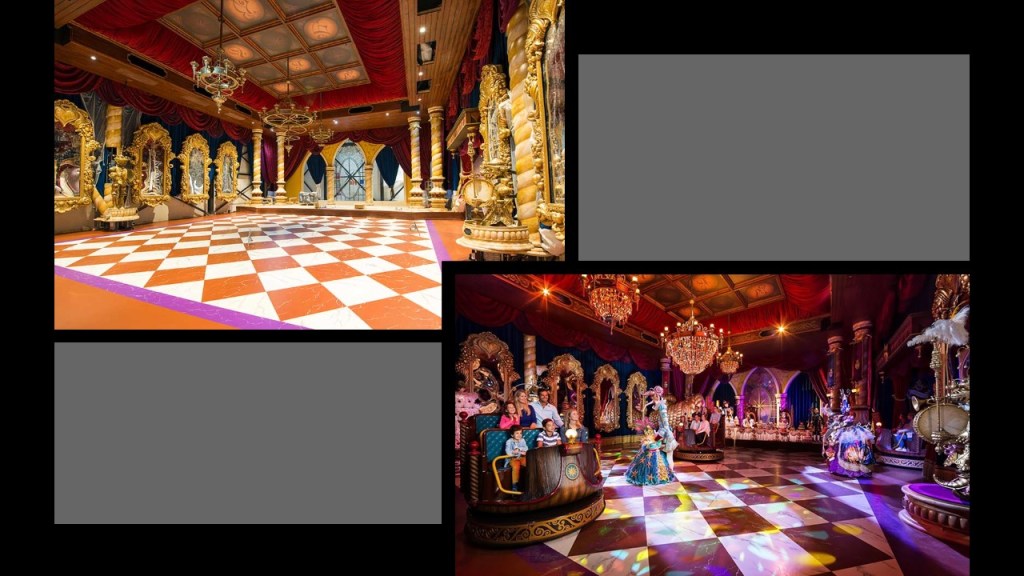
…the Villa Volta…

…an unusual type of ride in which the visitors get the illusion while inside that either the building, or the visitors, or both, are turned-upside down.

…and the Fata Morgana, also known as the Forbidden City and the 1001 Arabian Nights, an attraction that opened in 1986.
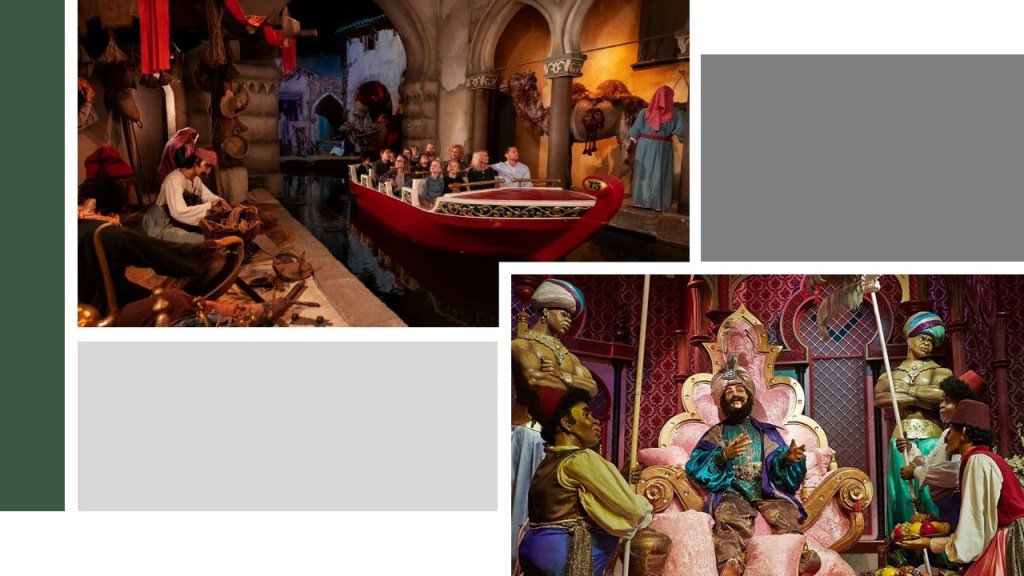
I have to wonder if the infrastructure for the park was already there….

Another place with a theme park that someone brought to my attention was in Chippewa Lake, a town in Ohio at the end of a trolley-line that came from Cleveland.

It operated for 100-years, from 1878 to 1978, after which time it was abandoned, with many of the original rides left to deteriorate in situ.

The Chippewa Lake Park Dance Hall burned-down in June of 2002.

A viewer from Belgium commented about the Antwerp Zoo, one of the oldest in the world as it was established on July 21st of 1842…
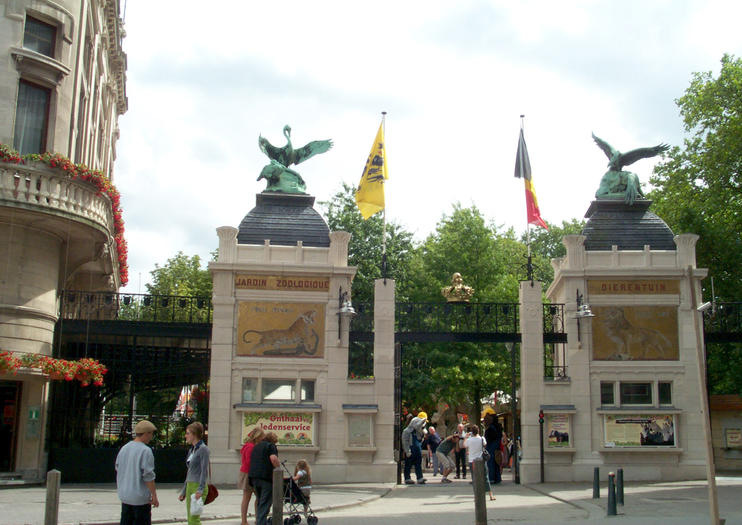
…and is located right next to the Antwerpen-Centraal Railway Station, which first opened in 1905.
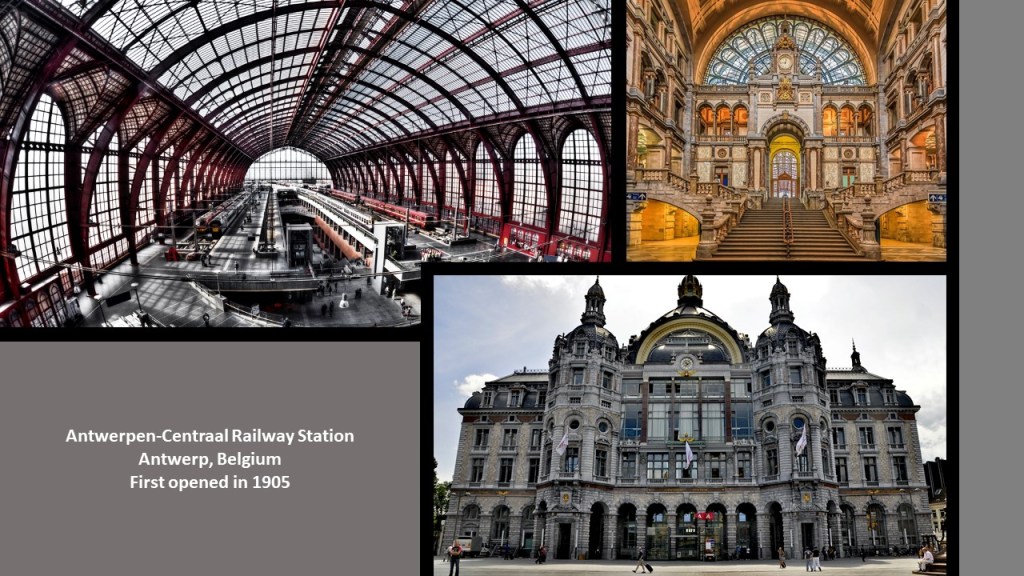
The following are some of the architectural features of the Antwerp Zoo:
The Egyptian Temple, said to date from 1856, which houses the giraffes…
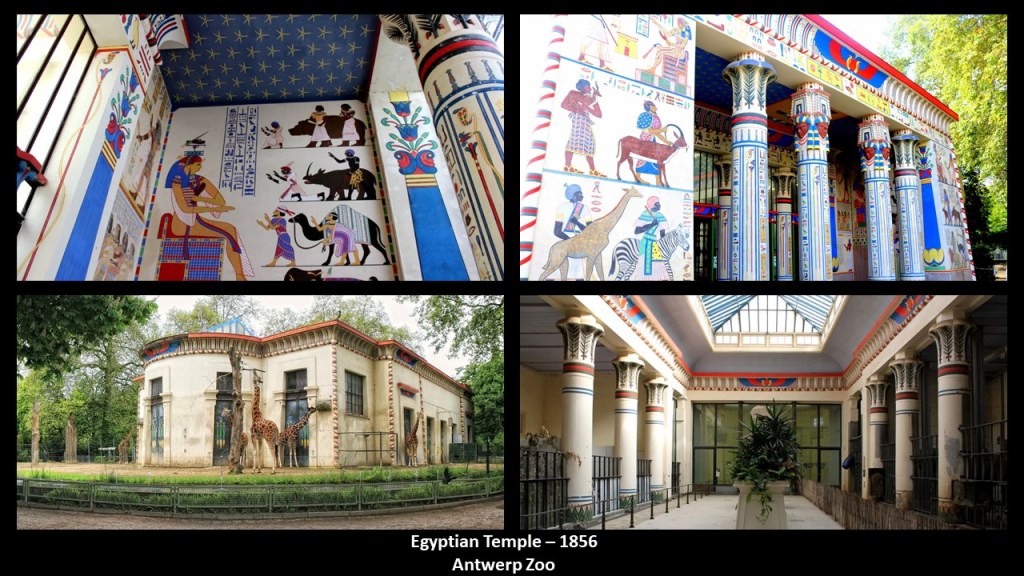
…the Moor Temple, said to date from 1885, which houses okapis, known as forest giraffes and the world’s first zoo with okapis starting in 1918…

…the Reptile Building, said to date from 1901…
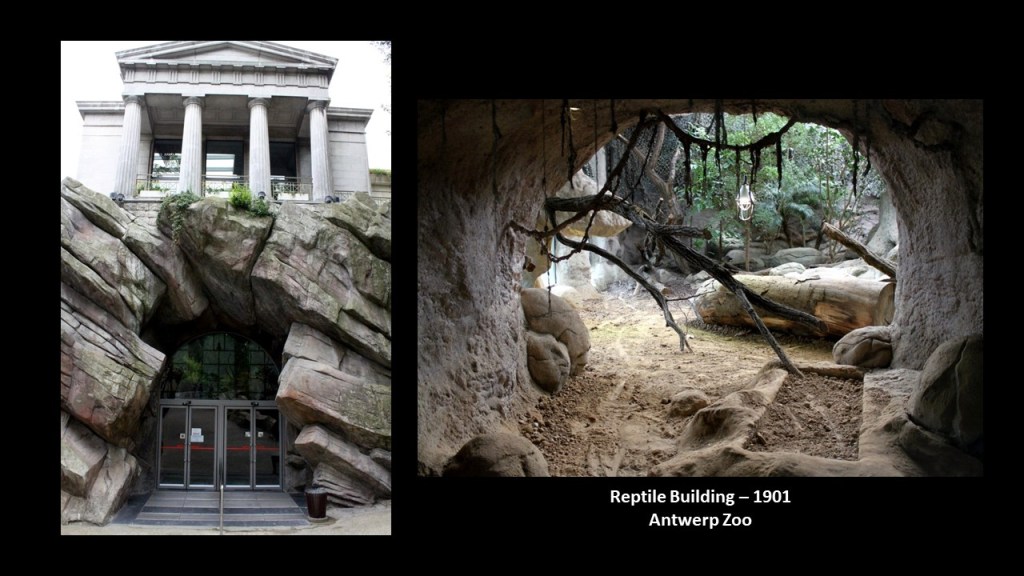
…and the Winter Garden, a tropical garden dated to 1897.
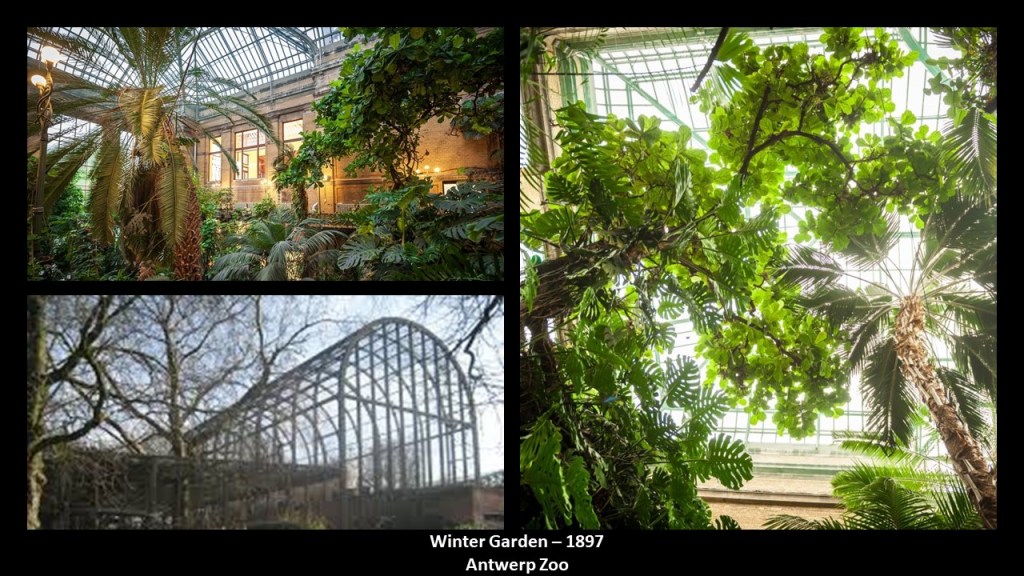
The Belgian viewer also mentioned the Albert Canal, connecting Antwerp and Liege, which was said to have been built first by a German engineering company between 1930 and 1934, and then completed by Belgian companies by 1939…
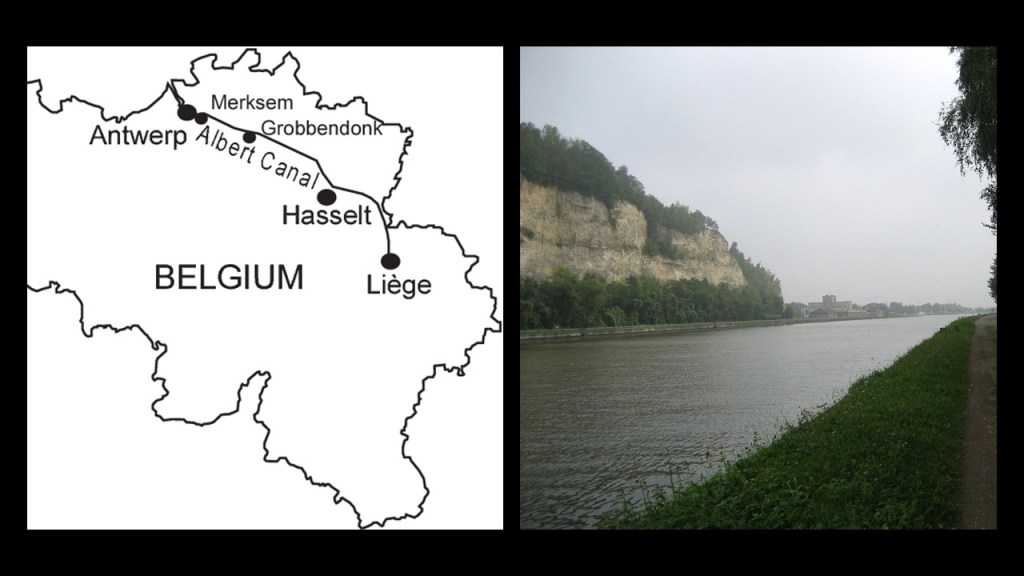
…just in time for the German forces to cross the Albert Canal on May 11th of 1940, the destruction of Fort Eben-Emael, and the beginning of the German Occupation of Belgium.
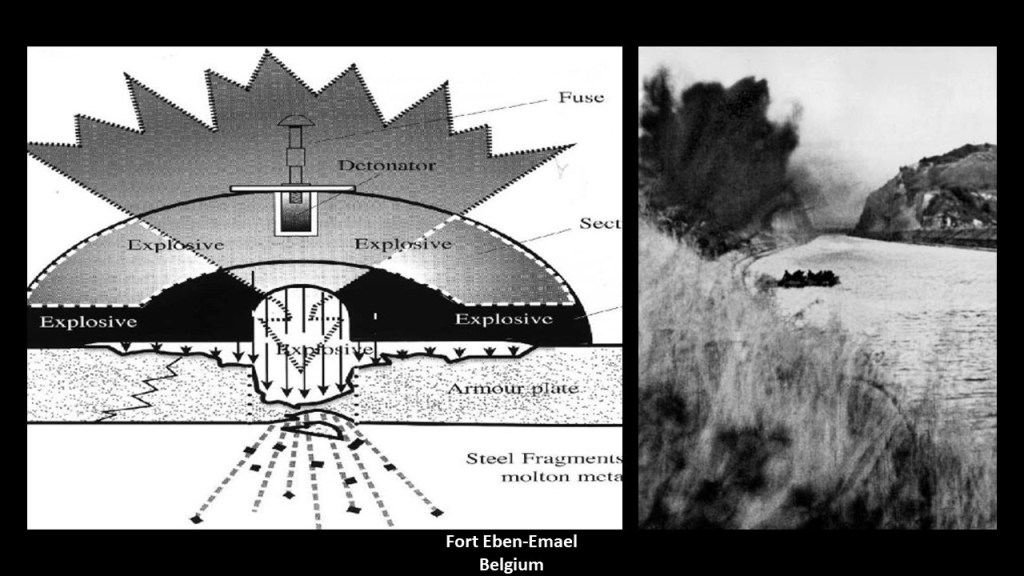
Fort Eben-Emael was a star fort that was called part of the National Redoubt of Belgium, said to be a network of fortifcations that functioned as the infrastructural cornerstone of the Belgian defensive network and built between 1890 and 1914.
Along with Fort Eben-Emael, near the border with the Netherlands, the National Redoubt included:
The Fortified position of Liege, at the other end of the Albert Canal from Antwerp.
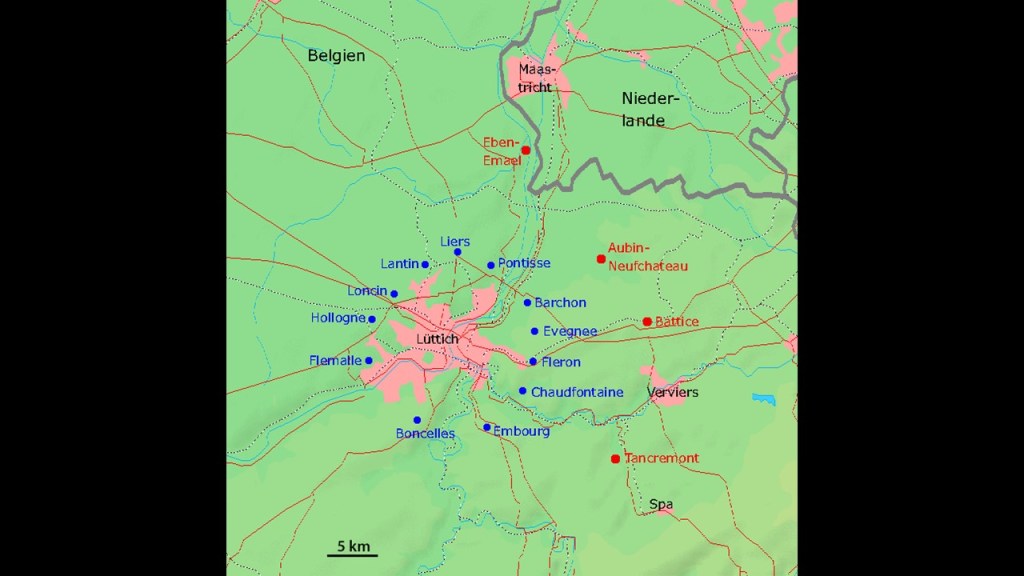
The Belgian government was said to have upgraded and extended the already existing infrastructure of the Fortified Position of Liege after World War I to block Germany’s invasion corridor through Belgium to France.
This was done after World War I because the Belgians were able to hold up the German forces invading France for a week at Liege, which in-turn affected the German timetable for invading France.
Interestingly, the Belgian King Leopold III declared Belgium’s neutrality in 1936 to try to prevent another conflict, which was said to prevent France from making active use for its defense of the Belgian defenses and territory, and as seen with Fort Eben-Emael, the Belgian fortifications did not hold the Germans, who occupied Belgium and France for at least four years during World War II.
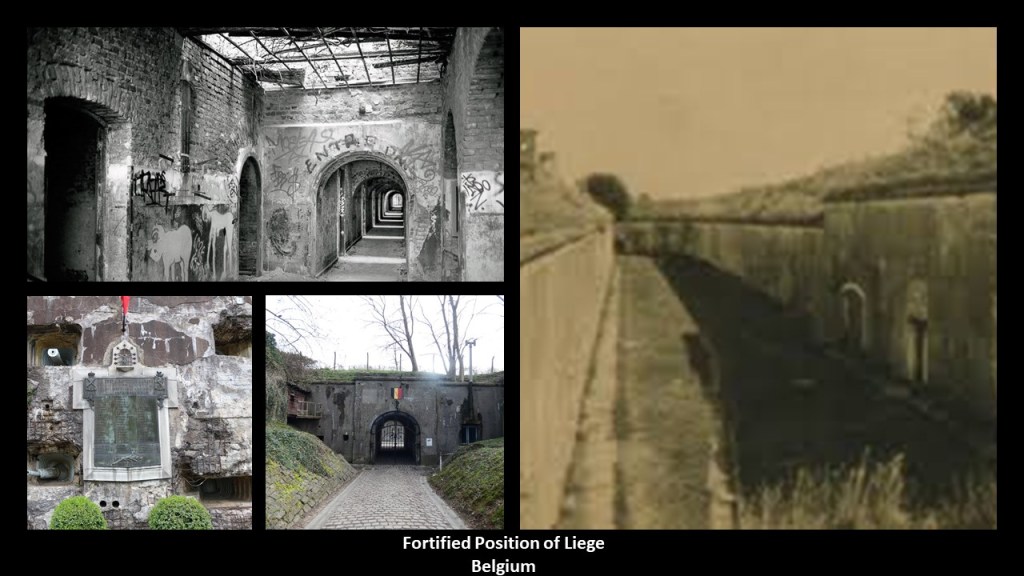
Liege is one of the most important railway hubs in Belgium, with its first station opening in 1842…

…and in 1843, becoming the location of the first international railway connection linking Liege to Aachen and Cologne in Germany.

There was even a World’s Fair held in Liege in 1905.
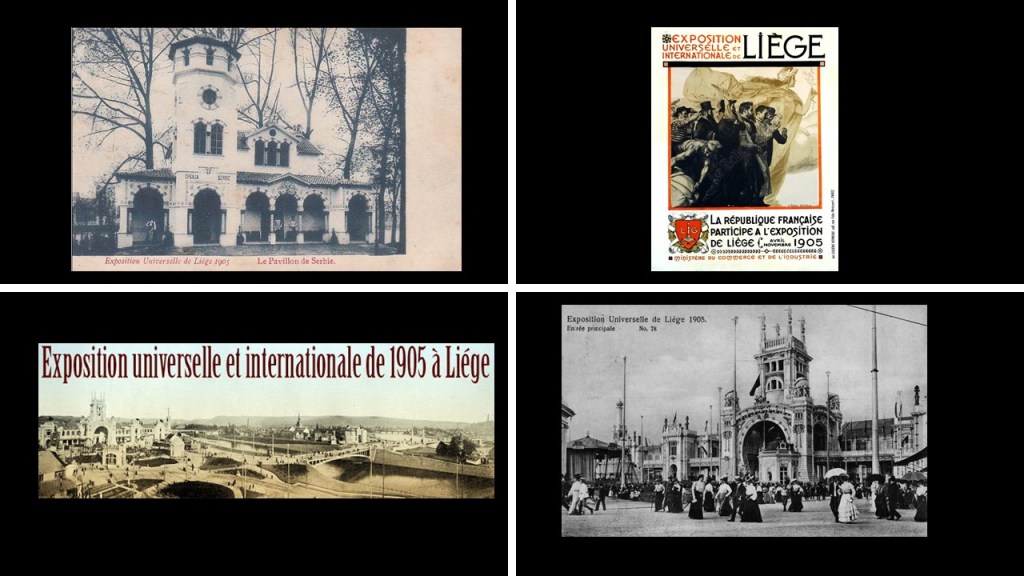
This is the Liege-Guillemins Railway Station, which opened in 2009, one of four Belgian stations on the high-speed rail network.
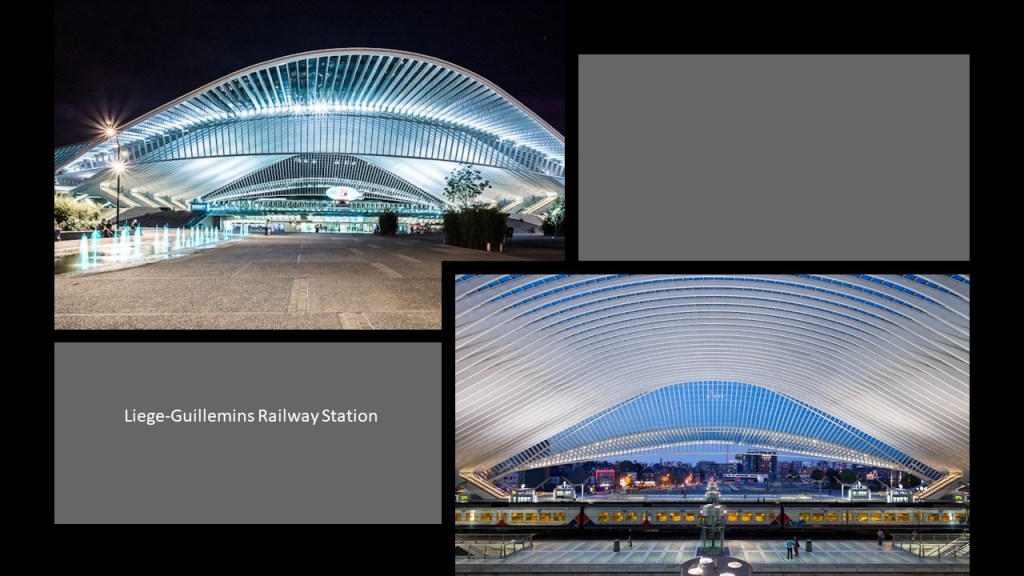
The Fortified Position of Namur of the Belgian National Redoubt was said to have been established for the same reason as the Fortified Position of Liege – to fortify the traditional invasion corridor of Germany through Belgium to France.
The old forts here were said to have been built between 1888 and 1892.
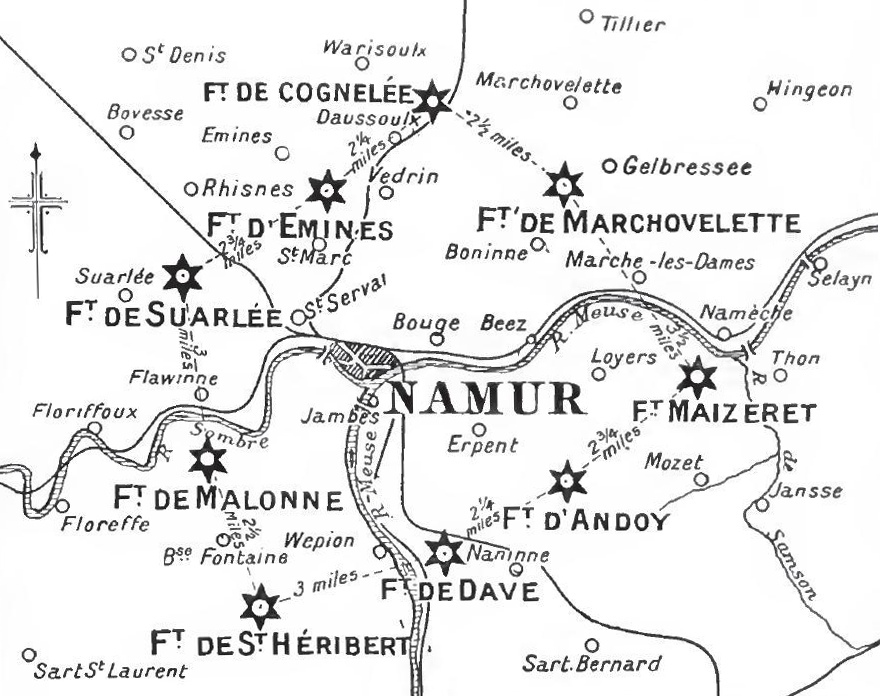
The Siege of Namur took place in World War I, between August 20th and August 25th of 1914, when the German Army bombarded and destroyed the forts with heavy artillery.
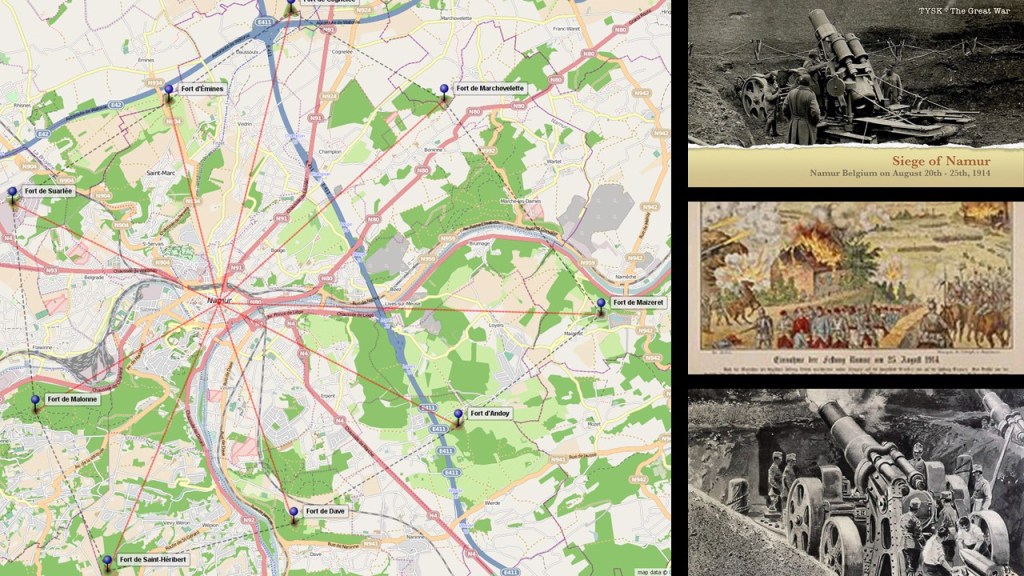
I think quite likely star forts were targeted for destruction in both World Wars, and other wars as well, and not because they were military fortifications.
During the Siege, the German Army captured the Namur Citadel…
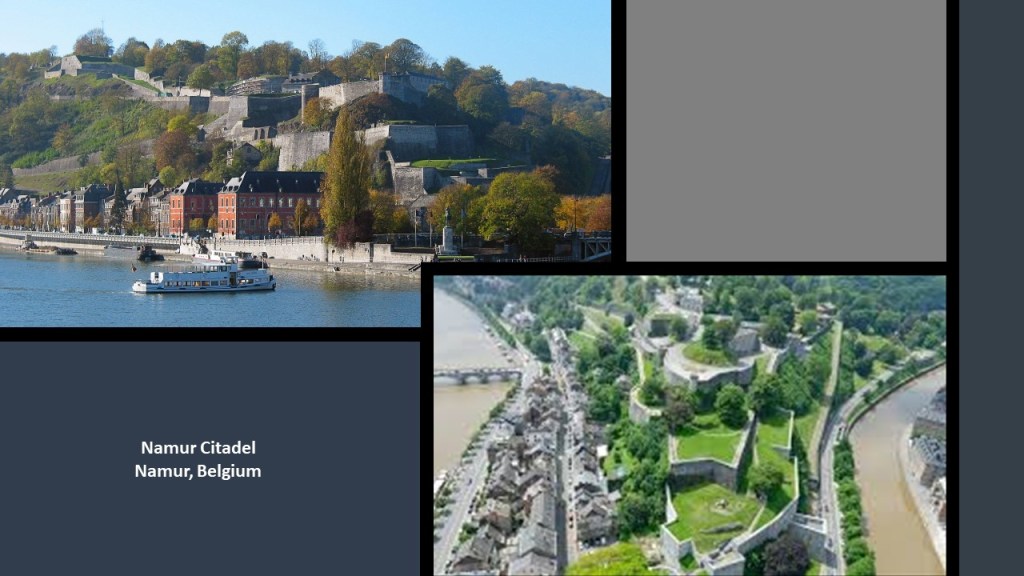
…and Namur was occupied by the German Army for the rest of World War I.
Namur is situated at the confluence of the Meuse and Sambre Rivers, which reminded me in appearance of Pittsburgh in Pennsylvania at the Forks of the Ohio, where the Ohio and Monongahela Rivers meet.

I am really quite sure that what we are told are natural river systems are in fact man-made canal systems.

The most important part of the Belgian National Redoubt, we are told, was the double-ring of defensive fortifications around the port city of Antwerp.
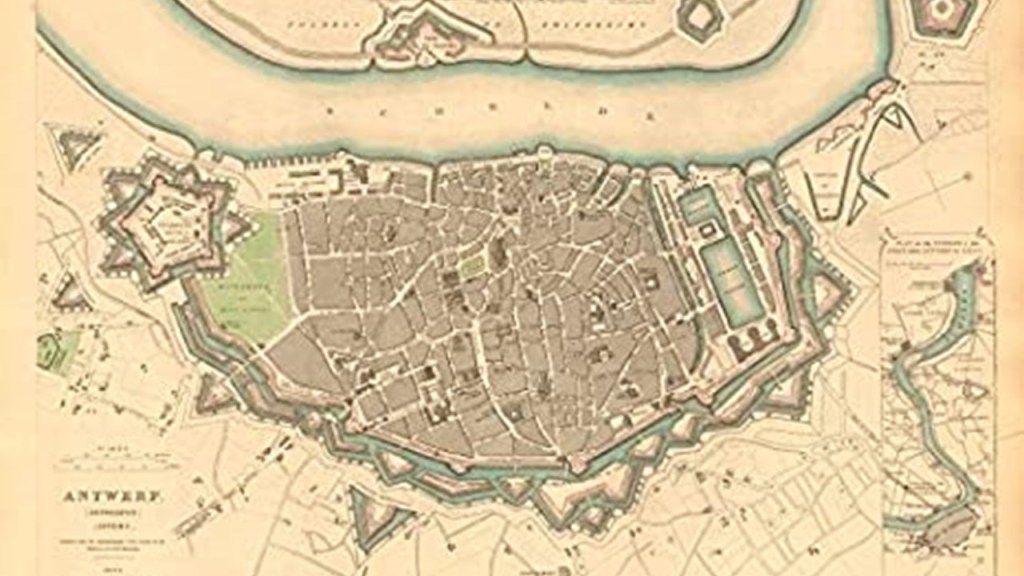
During World War I, the Germans also laid siege to Antwerp, against Belgian, French, and British forces.
The Germans were again victorious after bombarding the so-called Belgian fortifications with heavy and super-heavy artillery.
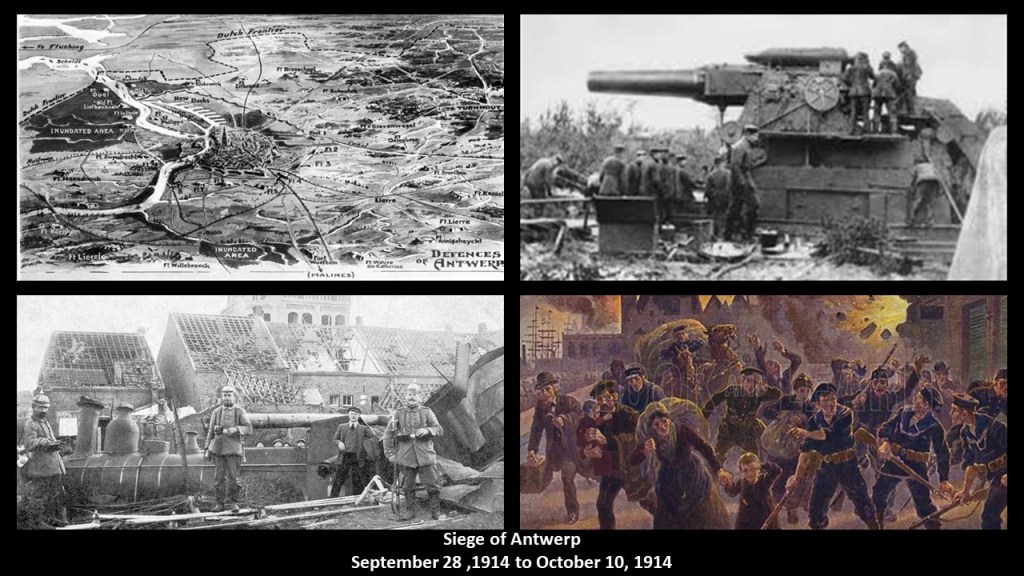
During World War II, on September 4th of 1944, the British Armored 11th-Division captured the port city of Antwerp intact except for the bridges across the Albert Canal.
Apparently, the retreating Germans blew up these bridges on their way out of town.

Then on October 12th of 1944, Hitler and the German High Command exclusively focused their V-weapon missile attacks on the cities of Antwerp and London, and for a period of 175-days-and-nights, German missile-launching crews fired more than 4,000 V-1s and more than 1,000 V-2s at Greater Antwerp, and Antwerp had become known as the “City of Sudden Death.

The Antwerp Underground is known as the “Ruien” and here there are vaulted ceilings, narrow canals, bridges, sewers and sluices.
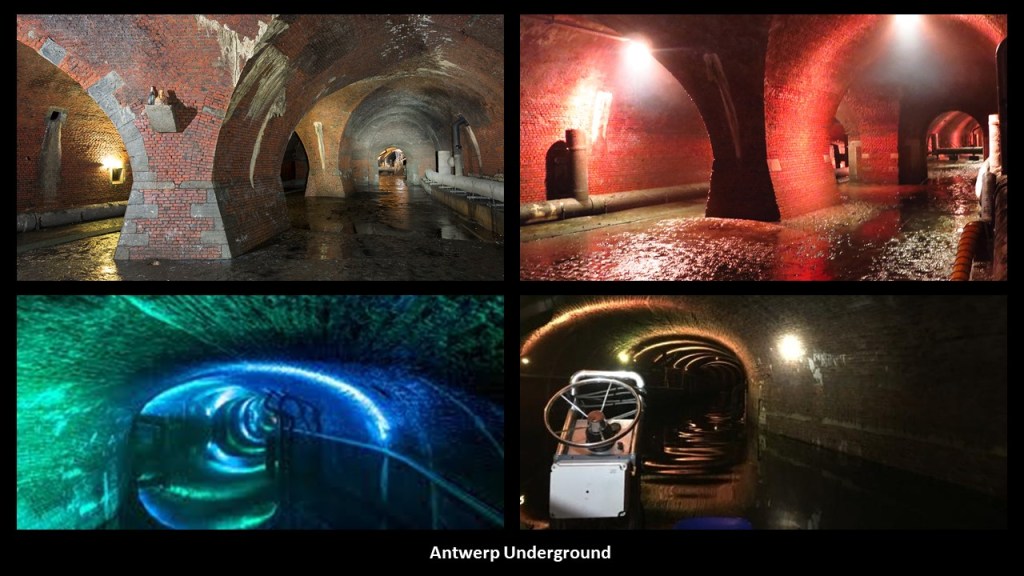
Other places on my list of places suggested by commenters include:
Silloth Harbour and Beach in Cumbria, a northwest County in England near the country’s border with Scotland.
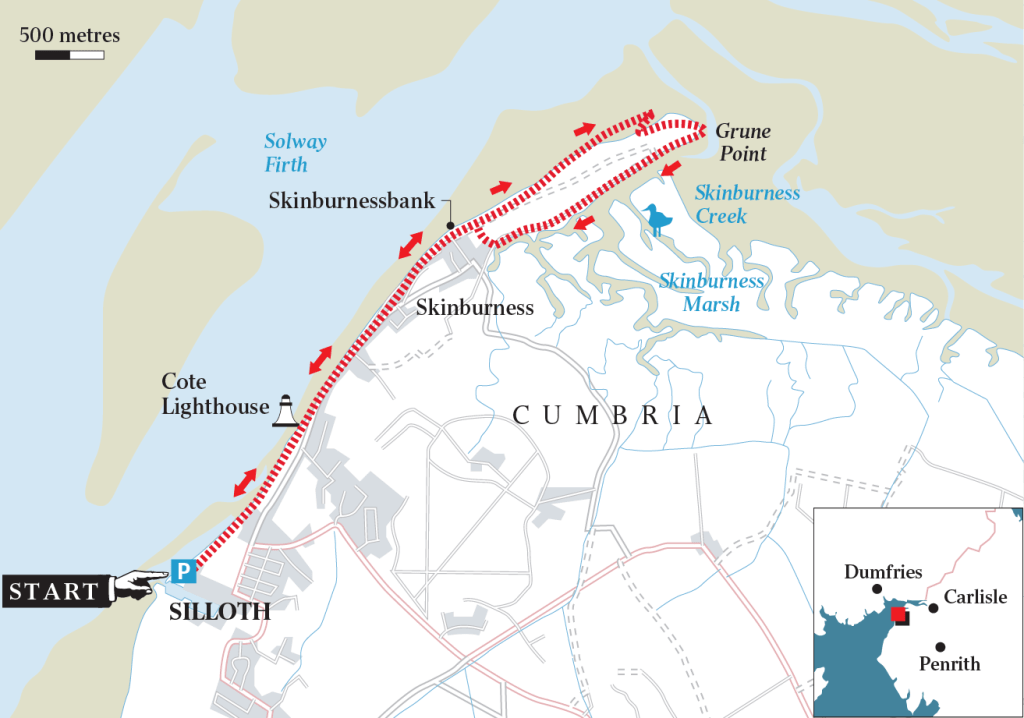
Silloth Beach is located on England’s Solway Coast, which is designated as an Area of Outstanding Natural Beauty in Cumbria.
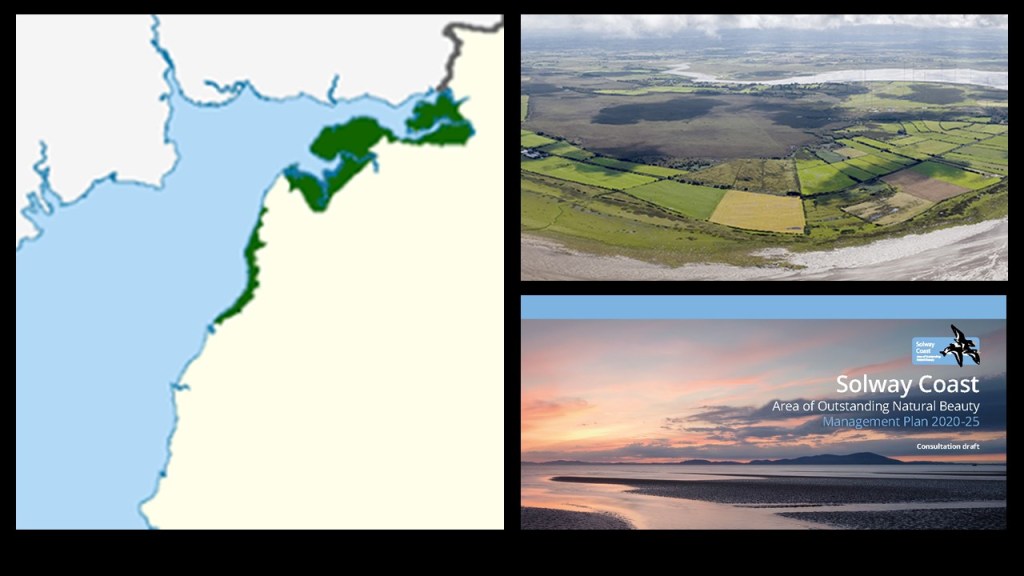
Silloth Harbor and Beach was said to have been inspired by Carlisle business men in the 1850s as a deepwater port, seaside resort and railway hub.
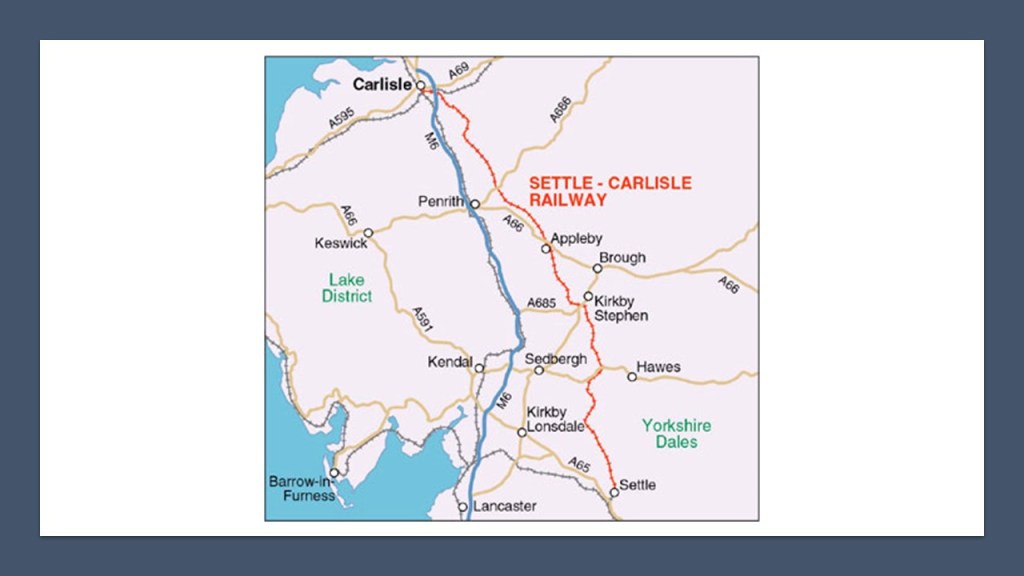
Carlisle, the administrative center of Cumbria, at one time had seven railway companies operating out of the Carlisle Railway Station, which was said to have first opened in 1847.
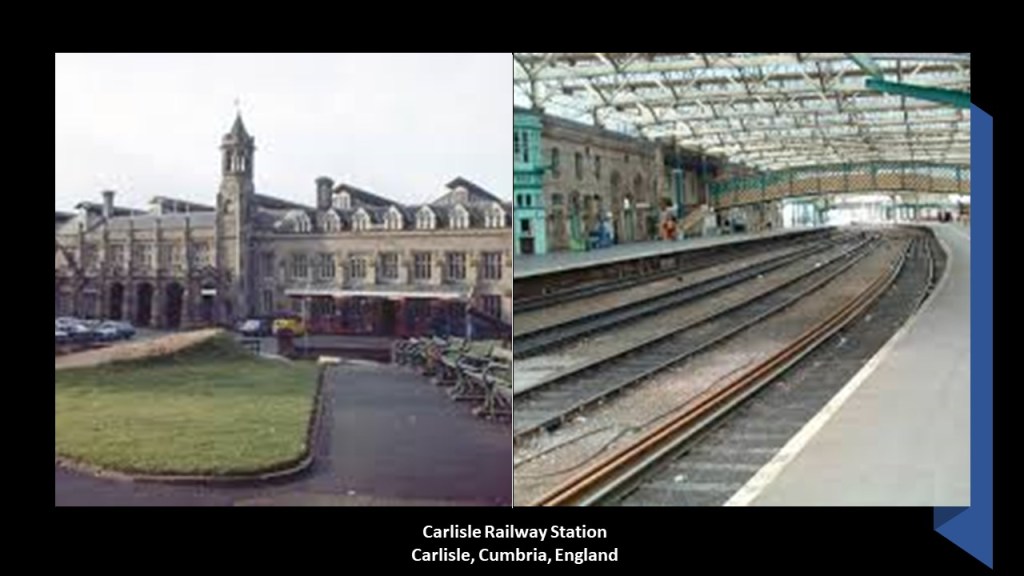
Silloth Port, one of the busiest ports in Cumbria, is clearly man-made, with old-looking walls, with its main cargoes being wheat, molasses, fertilizer, and general cargo.

Carrs Flour Mill is located right next to the port, called a Victorian-era mill that was said to have been built in 1887, and still provides flour to leading food manufacturers.
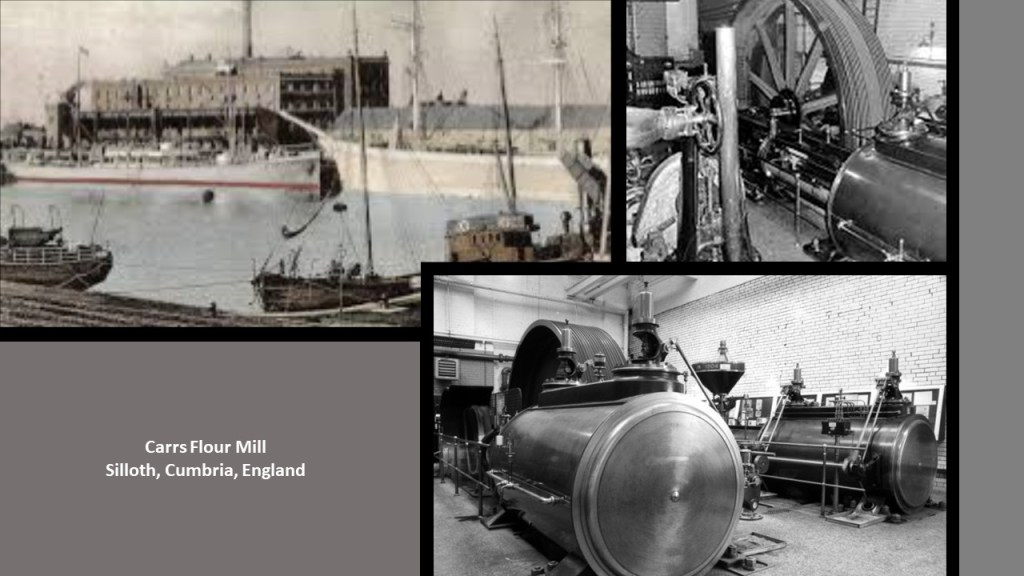
Silloth was called a planned community, and we are told that the railway company even had grey granite shipped here in its own vessels from northern Ireland for the Christ Church, a prominent landmark in Silloth, occupying a complete rectangle of the planned town, and its construction completed, we are told, in 1870.
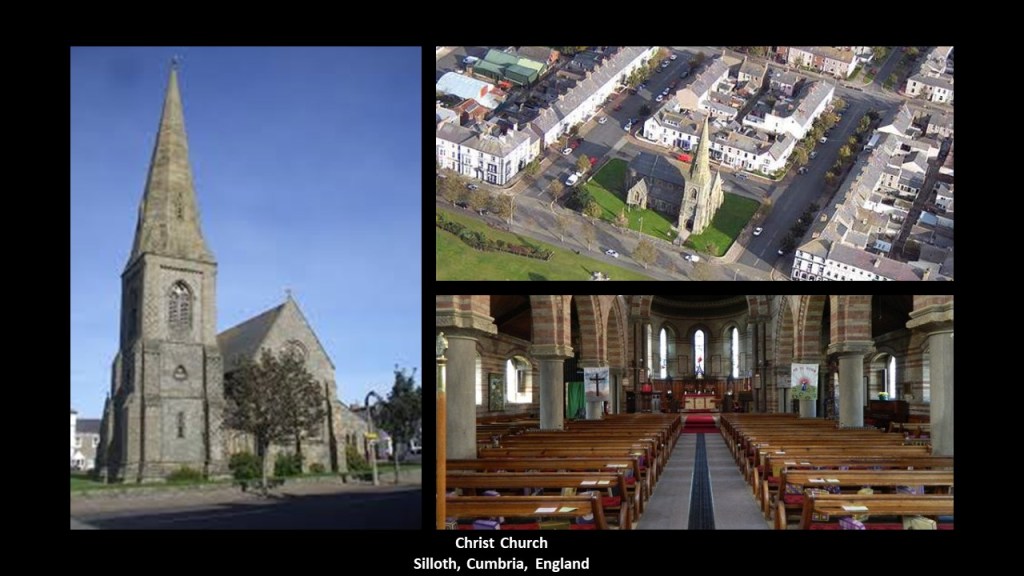
The Silloth Green is considered to be one of the largest and longest greens in England, going back to the 1860s…
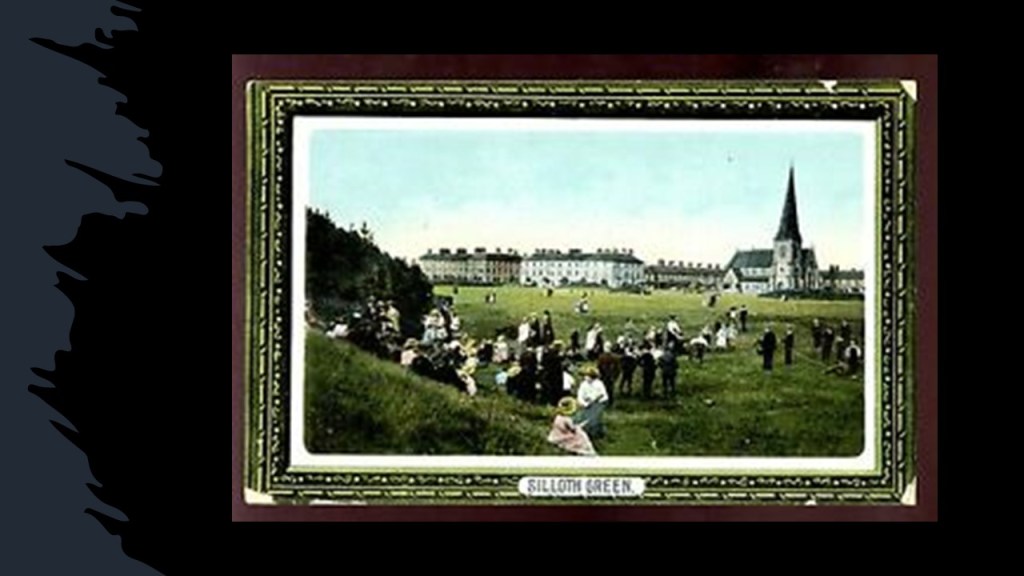
…and is fronted by the Silloth Promenade along the shoreline heading up the Solway Coast towards Skinburness.

Skinburness is considered a residential area for Silloth…
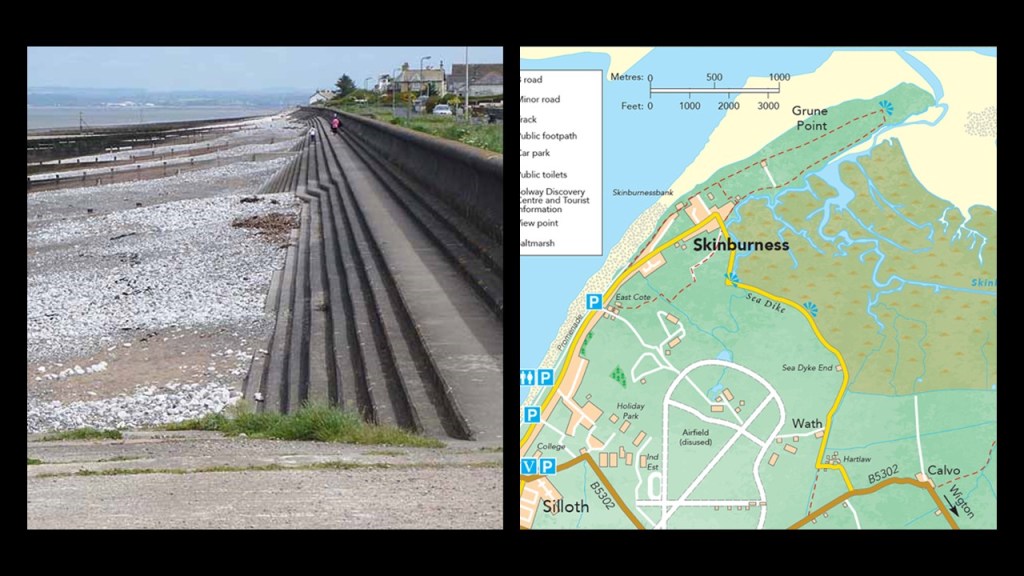
…and its most prominent building, the Skinburness Hotel, said to have opened in the 1880s and demolished in 2017, after having been abandoned for about ten years.

Another commenter pointed out the similarity between the architecture of Shipstone’s Brewery in Nottingham, England, founded in 1852, on the left, and the Anheuser-Busch Brewery in St. Louis, Missouri, on the right, first established as the Bavarian Brewery in 1852.
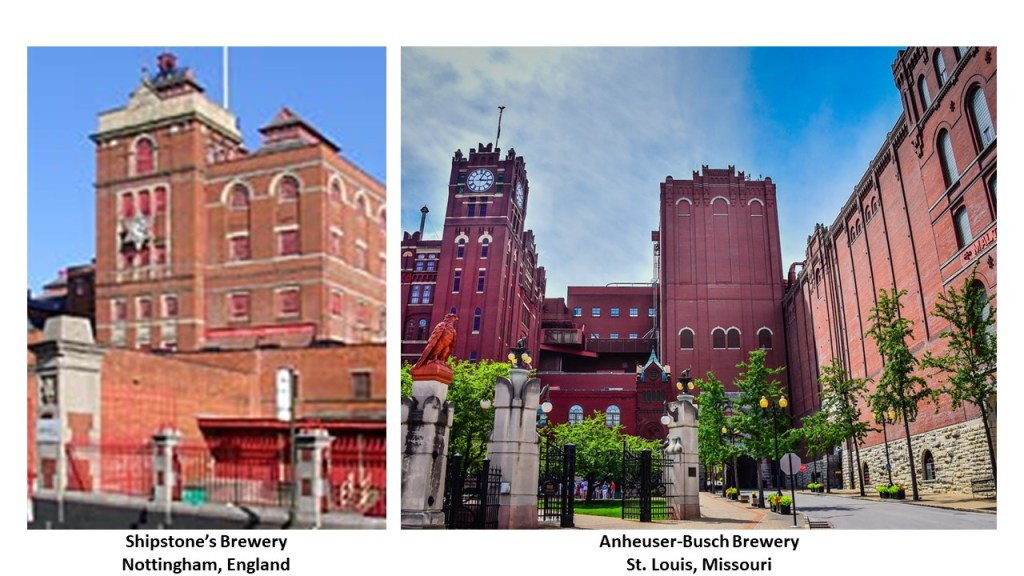
Both Shipstone’s Brewery and Anheuser-Busch Brewery are famous for their Clydesdales, a Scottish breed of draughthorse.

Someone else drew my attention to a place called Yednize in Dresden, Germany.
Come to find out Yenidze was formerly a tobacco and cigarette factory, which was said to have been built between 1907 and 1909, and designed by architect Marvin Hammitzsch in Moorish Revival style.
Often confused for a mosque by tourists, we are told that no, it’s not a mosque, it was just the clever way that the architect designed the mosque as an art-deco, mosque-inspired structure, because according to Dresden law at the time, we are told, it was prohibited to build factory buildings that might spoil the city’s baroque sky-line.
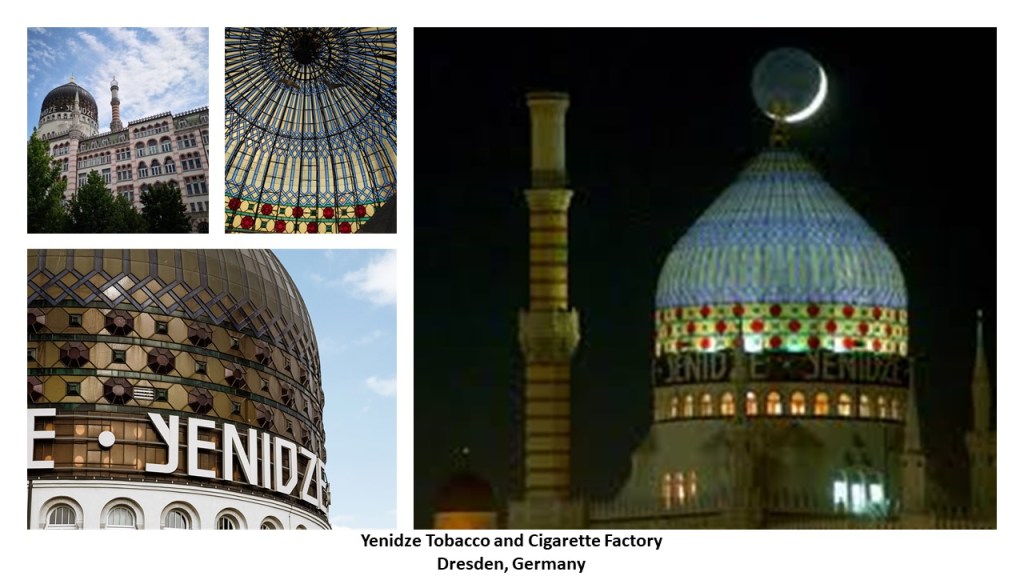
Jewish entrepreneur Hugo Zietz started the tobacco company which imported tobacco from Ottoman Yenidze in Thrace, which is now Genisea, Greece.

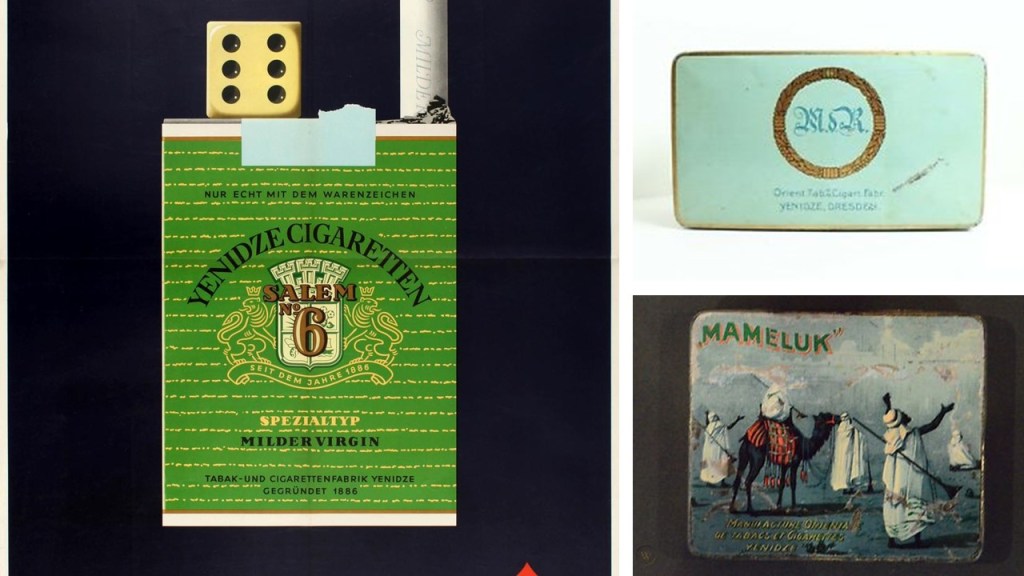
The bombing of Dresden took place between February 13th and 15th of 1945, more than 1,200 bombers of the British and American Air Forces dropped more than 3,900 tons of high-explosive bombs and incendiary devices on the capital of the German State of Saxony.
These attacks destroyed more than 1,600-acres, or 6.5-kilometers-squared, of the city-center, and as many as 25,000 people were believed to have been killed.

Several commenters pointed me in the direction of Toronto, and there are several places I am going to take a look at here.

First, the Woodbine Racetrack is a short-distance northeast of the Toronto Pearson International Airport, in a straight-line distance of 3-miles, or 4.5-kilometers.
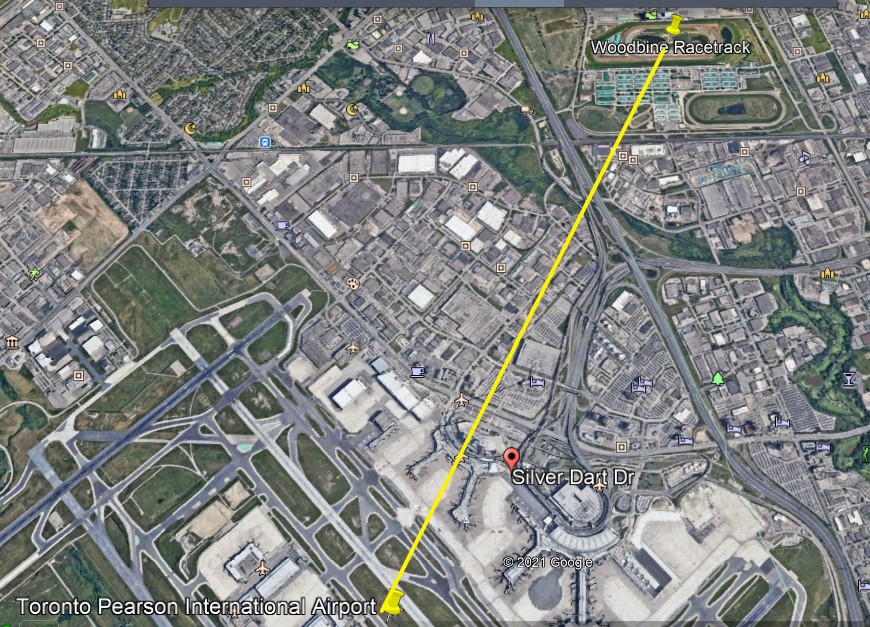
The Woodbine Racetrack has been a Thoroughbred horse-racing venue and there is a casino at this location.

The Downsview Airport further east of the Toronto Pearson International Airport has a number of tracks close by.

And the Billy Bishop Toronto City Airport on Toronto Island has a track located northeast of it in a line that crosses through the real estate containing the CN Tower, Rogers Center, and Roundhouse Park and downtown Toronto.

The CN, or Canadian National, Tower is 1,815-feet, or 553-meters, high, a communications and observation tower located on what is known as Railway Lands, a large railway switching yard on the Toronto Waterfront, and said to have been completed in 1976.

Roundhouse Park next to the CN Tower was the location of the John Street Roundhouse, said to have been built in 1929 to maintain Canadian Pacific Railway trains during the Golden Age of Railways, where maintenance teams worked on as many as 32 trains at a time.
The Roundhouse is the last such building in Toronto, and survived the demolition of other railway facilities nearby that took place to make room for the new stadium, the Rogers Center, which opened in June of 1989.
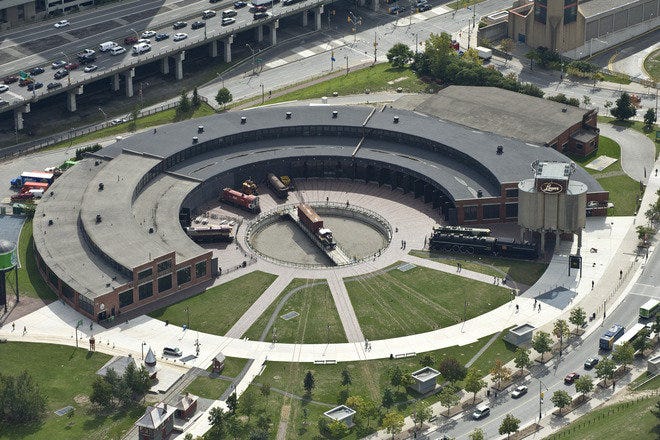
The Rogers Center is the home of Major League Baseball’s Toronto Blue Jays, as well as a large-event venue.

Fort York is located Just a short distance west of this busy spot on Toronto’s water-front, and a short-distance north of the Billy Bishop Toronto City Airport.

What we see at Fort York was said to have been built between 1813 and 1815 to house soldiers of the British Army and Canadian Militia and to defend the entrance of Toronto Harbor…

…and made of stone-lined earthwork walls, and eight buildings within the walls.

_______________________________________________
The Prince’s Gate is in the vicinity of Fort York, and was said to have been constructed out of cement and stone between April and August of 1927.
It is a triumphal arch and monumental gateway at Exhibition Place.
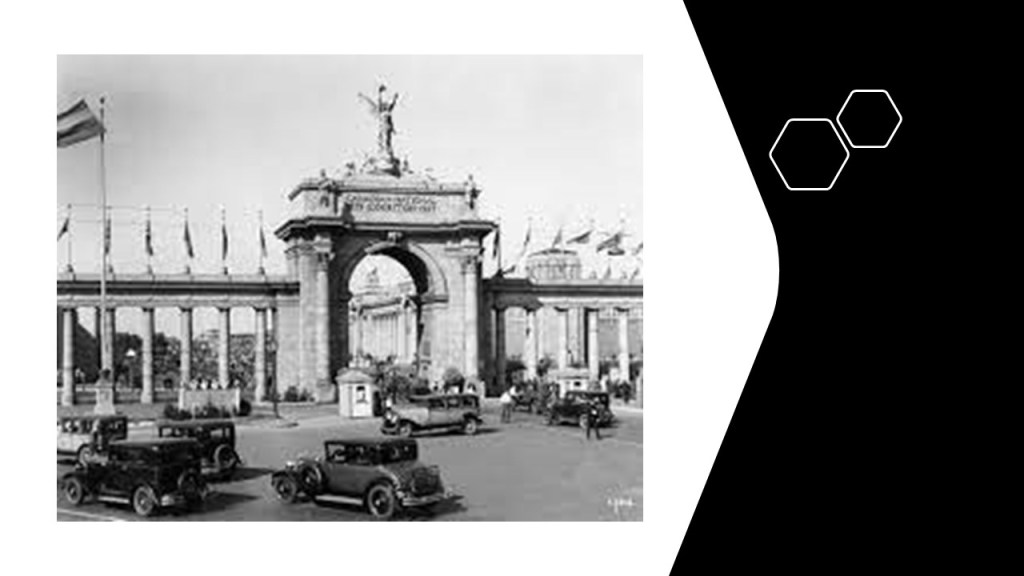
…and serves as the eastern gateway of the Canadian National Exhibition, an annual agricultural and provincial fair.

Now I am going to head in the direction of a Toronto neighborhood known as The Beach, or The Beaches.
It is considered part of the old city of Toronto.
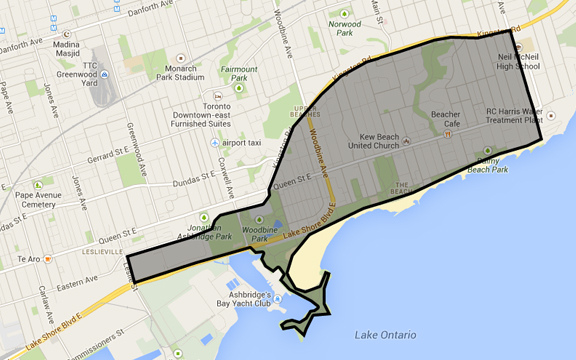
There were historically several amusement parks here, the only pictorially documented one being the Scarboro Beach Park, in operation from 1907 until 1925, when apparently the owner of the park, the Toronto Railway Company, locked the gates to the property.
Eventually the Scarboro Beach Park property was sold to a company which removed the rides and buildings, and replaced the land with housing.
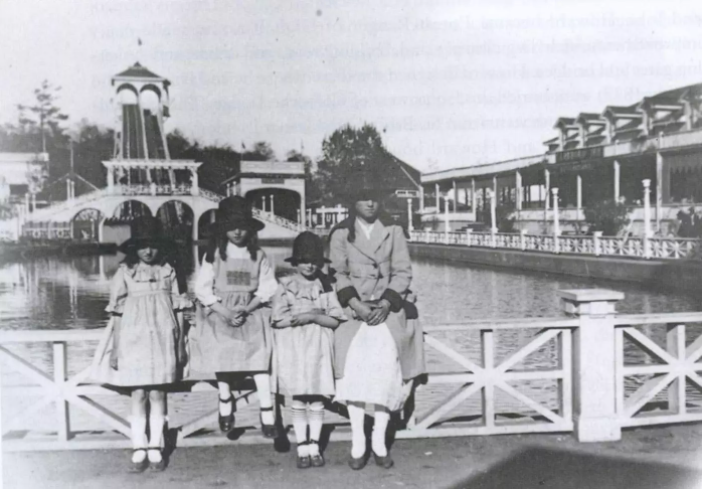
The Victoria Park Amusement Park, said to have been in operation from 1878 to 1906, would have been right about where the “x” is, at the intersection of Queen Street and Victoria Park Avenue.
A special thanks to LH from Toronto for sending me not only this map to share with me where the location of the Victoria Park would have been, but she also went exploring and sent me quite a few pictures of the RC Harris Water Treatment Plant Complex to follow.

Based on the photos she sent, and past research on star forts, I am going to postulate that the original purpose of the complex was a star fort.

Here’s why I think that.
First, star forts had many different shapes.
Most have pointed bastions, but some have round bastions, or a different shape altogether, and where I find one, there is at least one more in the vicinity to be found.
Here is the example in Puebla, Mexico, of Fort Guadalupe with pointed bastions, and Fort Loreto with round bastions.

Here is the geographic relationship of the locations of Fort York and the RC Harris Water Treatment Plant.
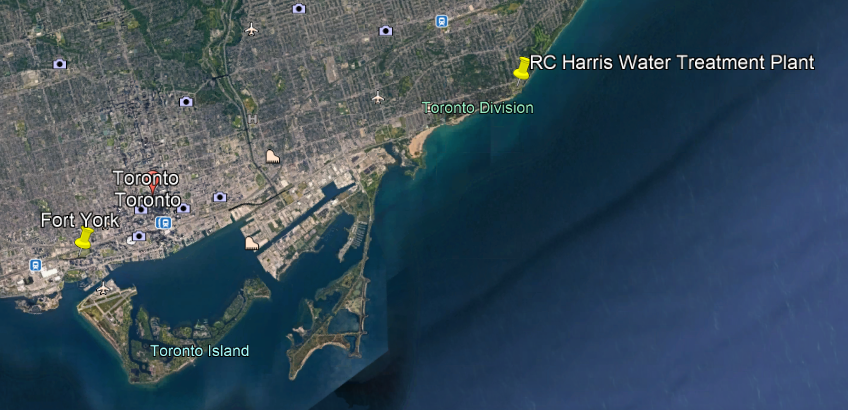
This is a photo of one of the round bastions at the RC Harris Water Treatment Plant, and cut-and-shaped stone blocks with straight edges in the foreground.
We are not given any other explanation in our historical narrative, so we typically don’t ask questions about how they got this way.

Like the buildings of Fort York, the RC Harris Water Treatment Plant is built on top of earthworks…

…and the brick-masonry here is massive, sophisticated and intricate.

It is definitely quite impressive on the inside as well!

This megalithic stone wall runs parallel to Queen Street at the front-boundary of the complex…

…with the Neville Street Loop for the Queen Street streetcar line the eastern terminus of Toronto’s longest streetcar route, just off the northwest corner of the RC Harris complex.

Here is what we are told about the RC Harris Water Treatment Plant.
Its construction started in 1932, and the building became operational on November 1st of 1941 (during World War II, and a little over a month before the bombing of Pearl Harbor).

It was named after the long-time Commissioner of Toronto’s Public Works, RC Harris, overseer of the construction project.
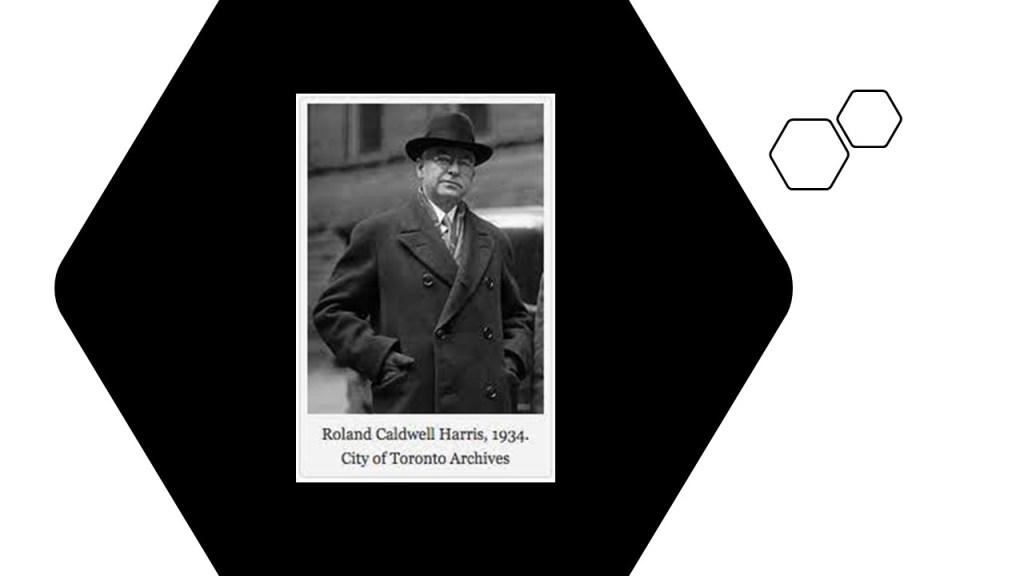
Another commenter directed my attention to the former horse-racing track next to Los Angeles International Airport, where there used to be a thoroughbred racehorse track.

It was located at Hollywood Park…

…but the racetrack was destroyed and replaced with the new SoFi stadium for the LA Rams and LA Chargers, that first opened in September of 2020.

It is 3-miles, or 4.5-kilometers from the Los Angeles International Airport, and just southeast of The Forum, a multi-purpose indoor arena that has been the home of the Major League Basketball and Hockey teams of LA.
Said to have been built in 1966, The Forum has no major support pillars on the inside.
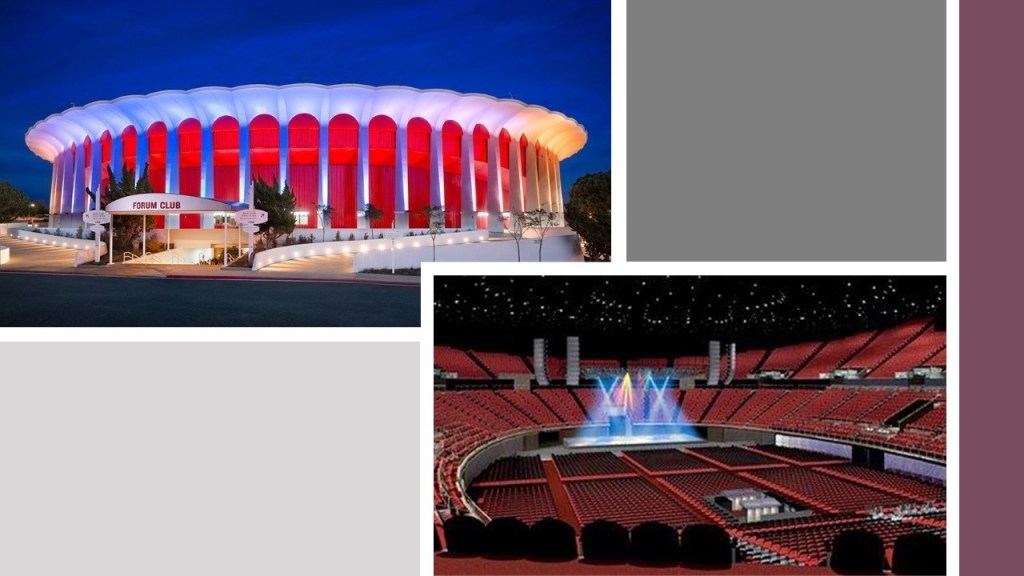
Another person suggested I take a look at Baltimore.
Starting with the airport, I found school tracks at a similar angular relationship to Baltimore-Washington International Airport that I have found in other cities.
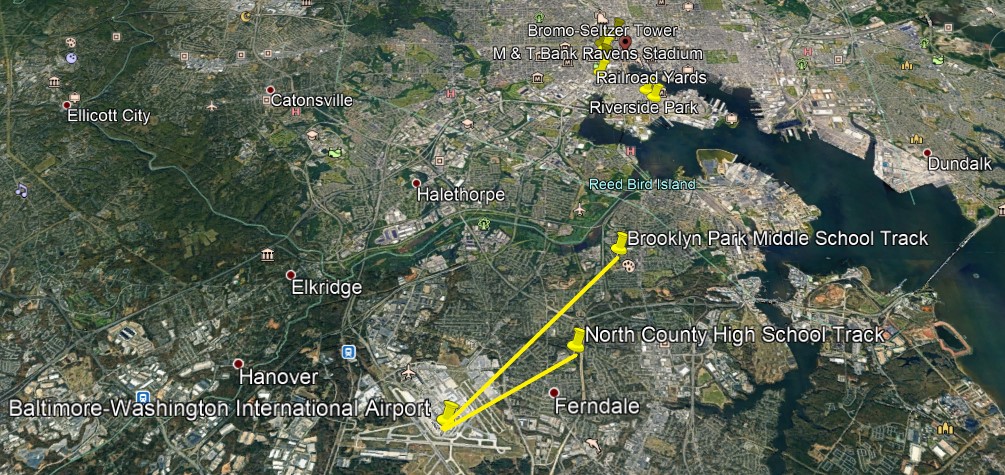
Also, like what I have found in other major cities, the Baltimore professional sports complexes are relatively close to the airport, in South Baltimore.

Camden Yards was previously a yard for the Baltimore & Ohio Railroad, and was converted into today’s Oriole Park for the Baltimore Major League Baseball Team, first opening in April of 1992…
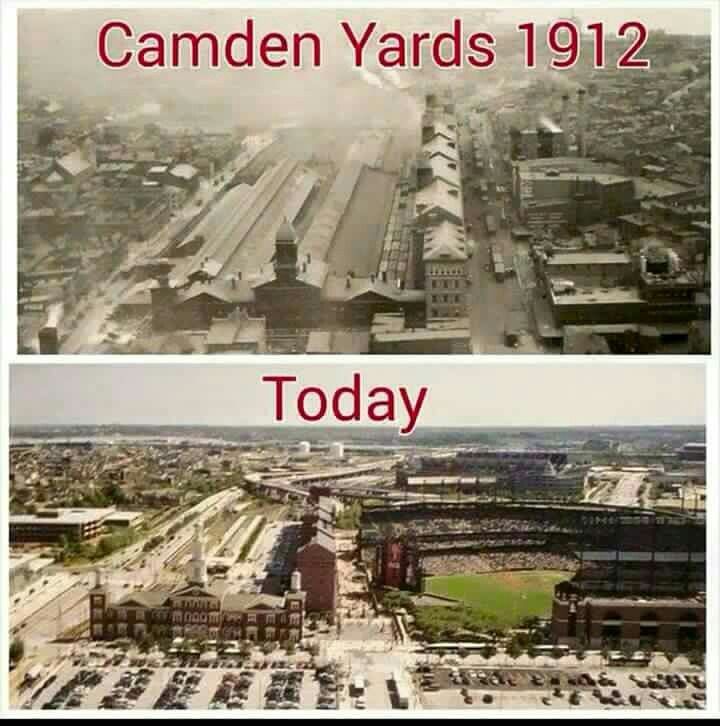
…and the M & T Bank Stadium, the home of the National Football League’s Baltimore Ravens, is located next to Oriole Park at Camden Yards, and first opened in September of 1998.

There are still railyards fairly close to this location today.

The next three places are located in downtown Baltimore, suggested by the viewer, that are located close to Oriole Park at Camden Yards.

Baltimore’s famous landmark, the Bromo Seltzer tower, was said to have been designed by local architect Joseph Evans Sperry, and erected between 1907 and 1911…

…for Bromo-Seltzer inventor Isaac Edward Emerson.

The Bromo-Seltzer Tower is also popular for photo shoots.

Interestingly, Baltimore had a Hippodrome Theater near the Bromo-Seltzer Tower, which was said to have been built in 1914, and was the foremost vaudeville house in Baltimore as well as a movie theater.

It was renovated in 2004, and is now part of the France-Merrick Performing Arts Center.

The Basilica of the Assumption is a number of blocks northeast of the Hippodrome in downtown Baltimore, and said to be the first Roman Catholic Cathedral, built in the United States between 1806 and 1821.

The architect of the Baltimore Basilica was said to be Benjamin Henry Latrobe, the “Father of American Architecture,” and best-known for having been given the credit for designing the U. S. Capitol Building.

Another commenter mentioned the Sydney International Airport and the Royal Randwick racecourse.
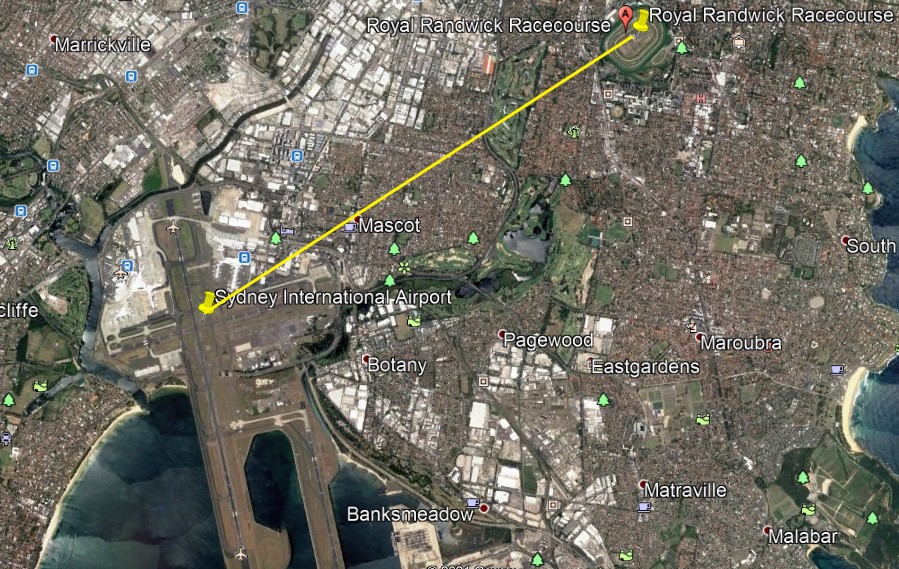
The Royal Randwick Racecourse is a horse-racing track on Crown Land, a territorial area belonging to the British monarch, that is leased to the Australian Turf Club.
The first race at Randwick was held in 1833, and in the present-day is the host of racing championships with millions of dollars in prize-money.
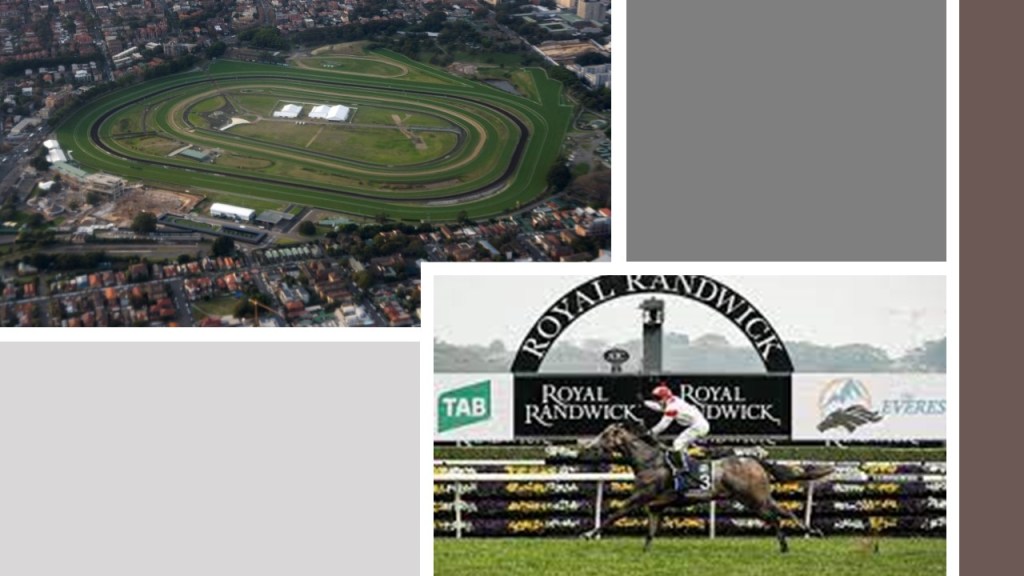
Here is a comparison ofthe relationship between some of the International Airports and racing tracks that I have looked at in this series.

And all the major sporting venues clustered together near railyards like these examples, As well as the nearby presence of historical trolleys, trolley parks, amusement parks and star forts in diverse places.
What are the odds of these similar relationship happening randomly is in diverse places across the world over long periods of time?
Well…there’s plenty more examples to show you as brought to my attention by comments on my videos!
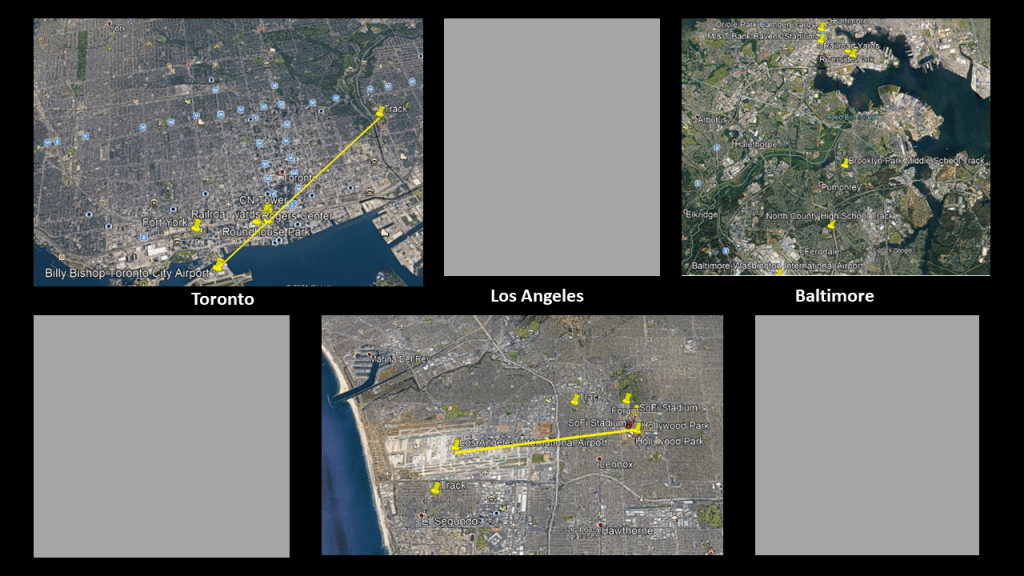
I am going to continue showing you these examples of these relationships with this comment that a viewer in Denmark left me:
“Same thing here in Copenhagen, there is a racetrack in Kastrup, just around the same area as Copenhagen Airport!”
This is what I found on Google Earth the first time when I located Kastrup International Airport and some of the race tracks in Copenhagen.

Then the second time, I found an additional race track and star fort, as well as an amusement park, that I didn’t see the first time I looked next to the Klampenborg Racecourse.
For the purposes of this post, I am going to focus on the quadrant northeast of the airport because it has a number of noteworthy features.
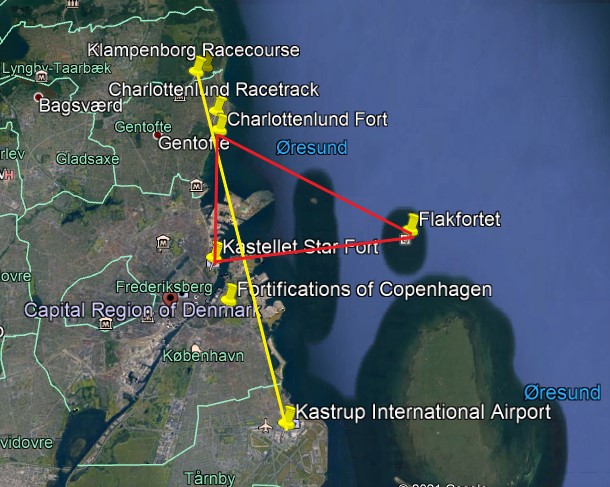
I am going to start with the Klampenborg Racecourse and Bakken Amusement Park and work my way down towards the Kastrup International Airport.
The Klampenborg Racecourse is a flat horse-racing track that first opened in 1910 in this affluent Klampenborg suburb of Copenhagen.

Major races held at the Klampenborg Racecourse include the Scandinavian Open Championship, in which 3-year-old and over thoroughbred horse racing takes place annually in August.

The Bakken Amusement Park is adjacent to the Klampenborg Racecourse…
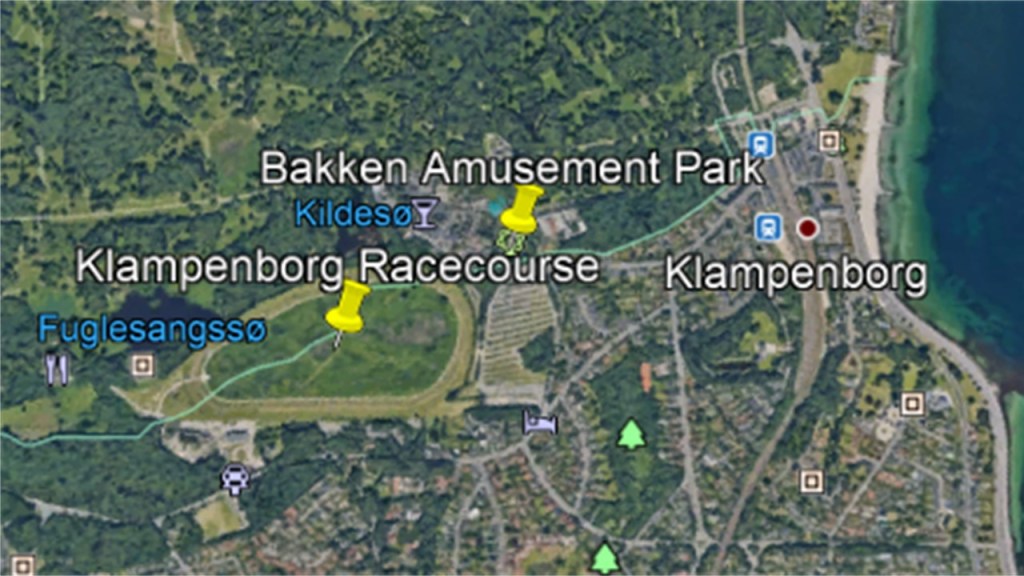
Opening 438 years ago, in the year of 1583, it is the world’s oldest operating amusement park, and the admission is free.
Its origins are related in this way: in 1583, Kristen Pill found a natural spring in a large forest park here. Residents of Copenhagen to the south of it were attracted to the spring because of the poor water quality in Copenhagen, and the belief that it had curative powers. The spring drew large crowds in the warmer months, and the large crowds attracted the entertainers and hawkers which was said to be the origin of the amusement park today.
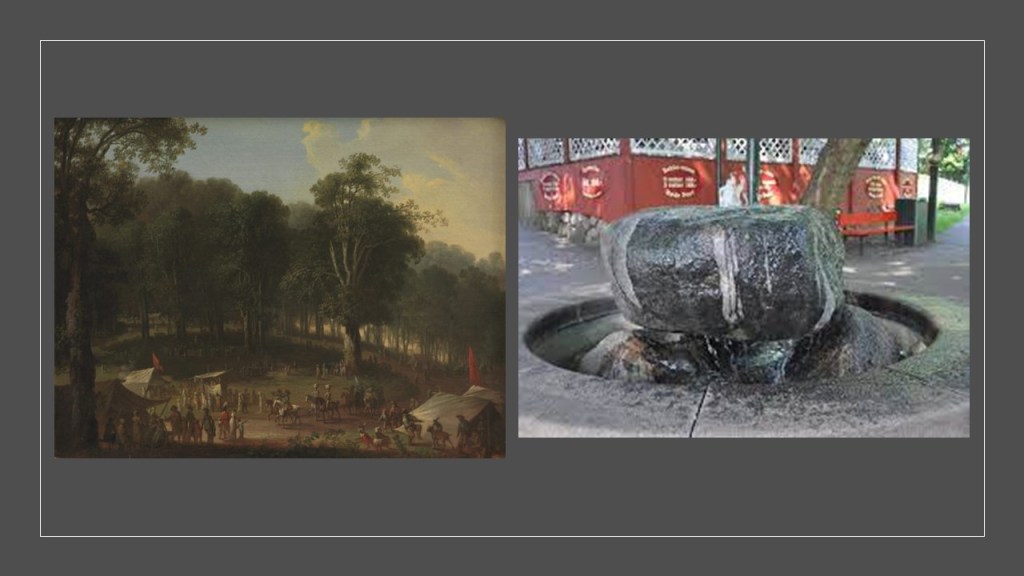
We are told Bakken continued to grow even throughout the Napoleonic Wars, and became even more popular as time went on, with easy accessibility via steamships, starting in 1820, and railroads starting in 1864.
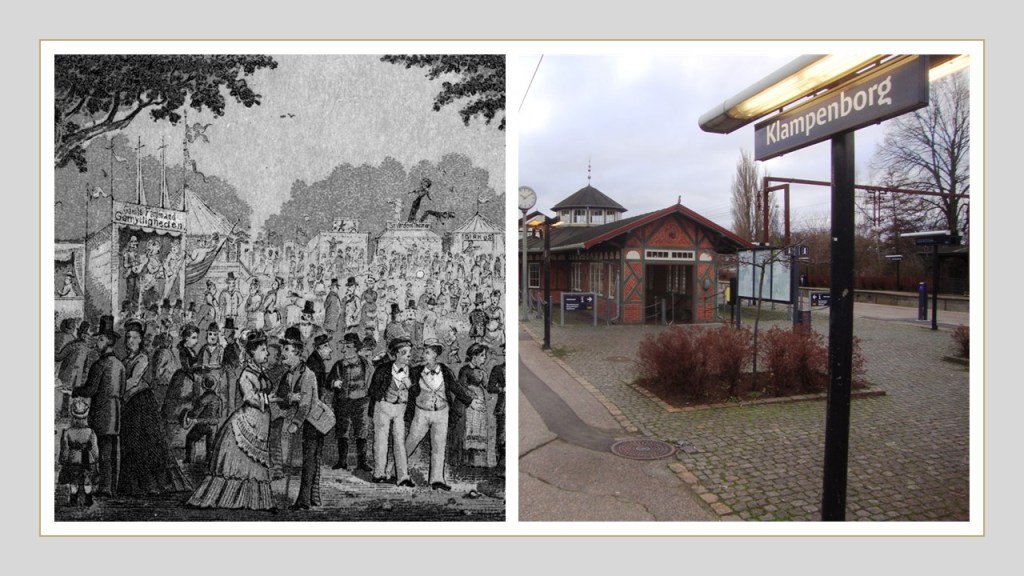
Today the park is filled with rides and amenities, including 5 roller coasters.
The park’s most famous roller coaster is the “Rutschebanen,” a wooden roller coaster that has been open since 1932.
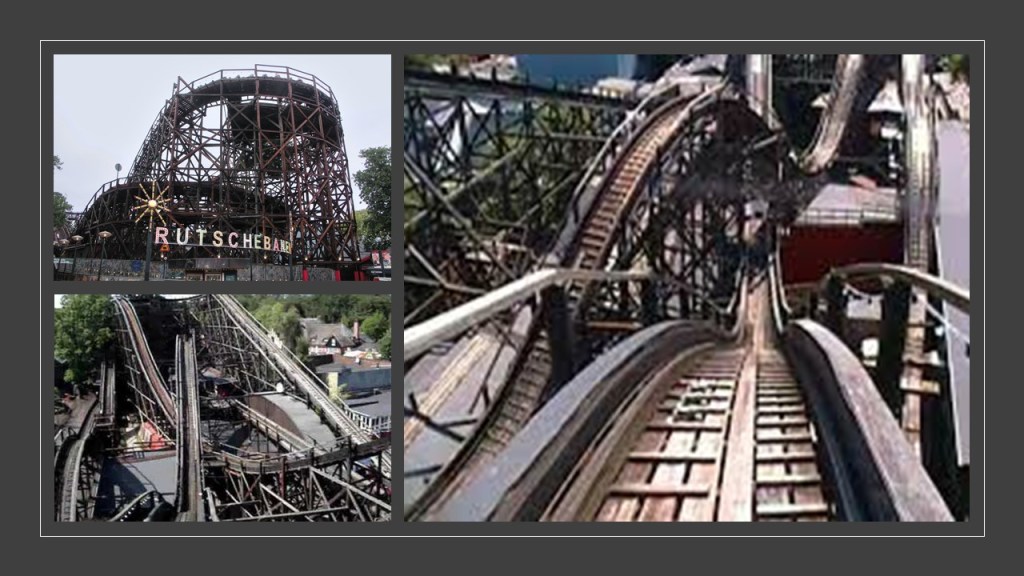
Now I am going to take a look at The Charlottenlund Racetrack and the Charlottenlund Fort, a short-distance to the southeast of Klampenborg.
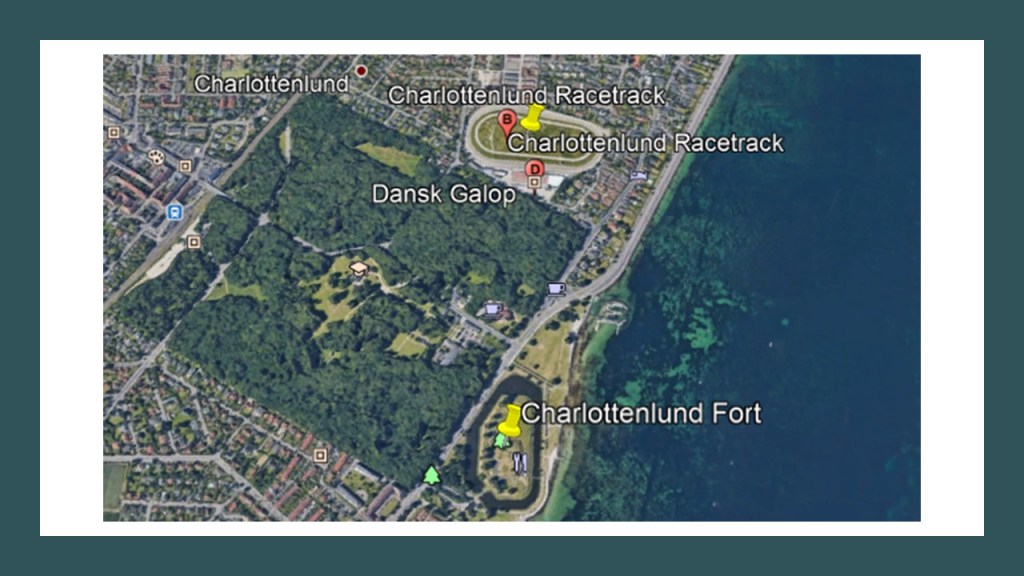
It is interesting to note that the Klampenborg Racecourse at the top-left of this Google Earth screenshot, the Charlottenlund Racetrack in the lower right-middle, and the Charlottenlund Fort on the lower right all have a similar pear-, or egg-elliptical shape.
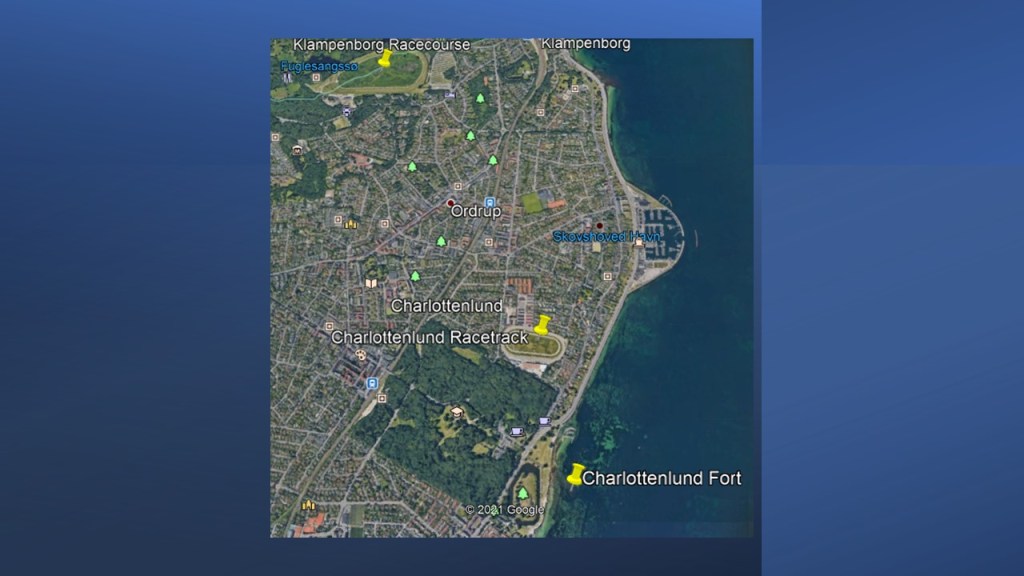
The Charlottenlund Racetrack, also known as Lunden, is a horse harness-harness racetrack that first opened in 1891.
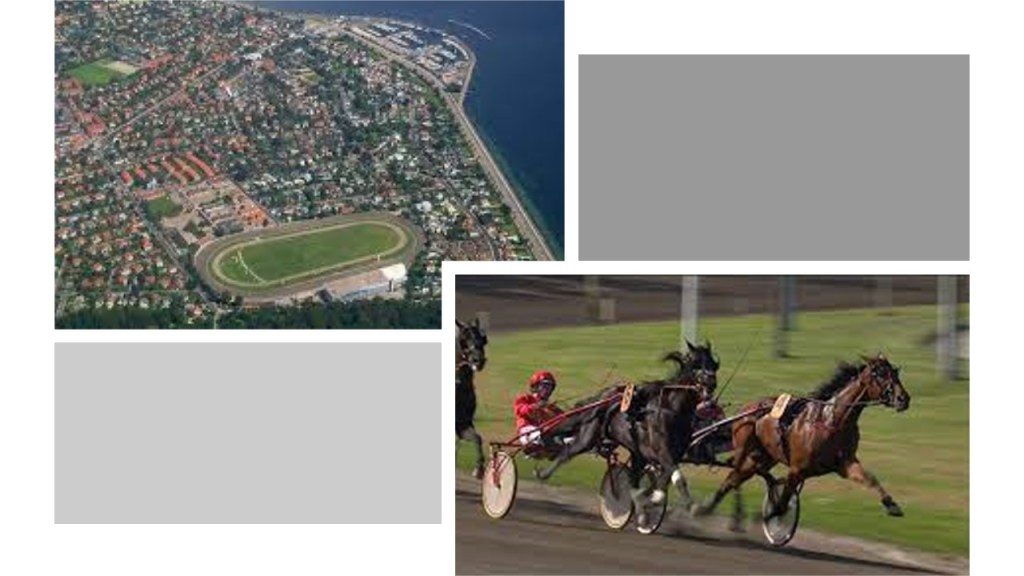
The two major annual events held here are the Danish Trotting Derby…

…and the Copenhagen Cup, an international Group One harness racing event that was established in 1928, and known as the International Championship until 1966.

It is held on the second-weekend in June every year.
The Charlottenlund Fort was said to have been built as part of the fortifications around Copenhagen between 1866 and 1868, and that in 1910, it was converted into a fort designed to protect Copenhagen from attacks from the sea.

It is located below Charlottenlund Palace, a former royal summer residence, with construction of it said to have started in 1731 and completed in 1881.
Now a cultural event venue, from 1935 to 2017, the Charlottenlund Palace housed the Danish Biological Station.

The railroad also goes through Charlottenlund.

Next, I am going to look at the star forts of Kastellet and Flakfortet, the city fortifications of Copenhagen, and the Tivoli Gardens Amusement Park.
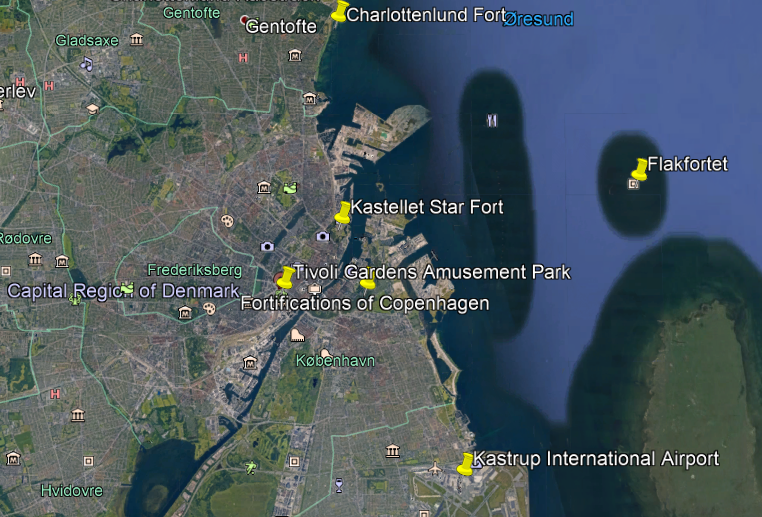
Kastellet is seen here in the top middle of the Google Earth screenshot, and across the water-channel, close to one end of the line of what are called the Copenhagen city fortifications
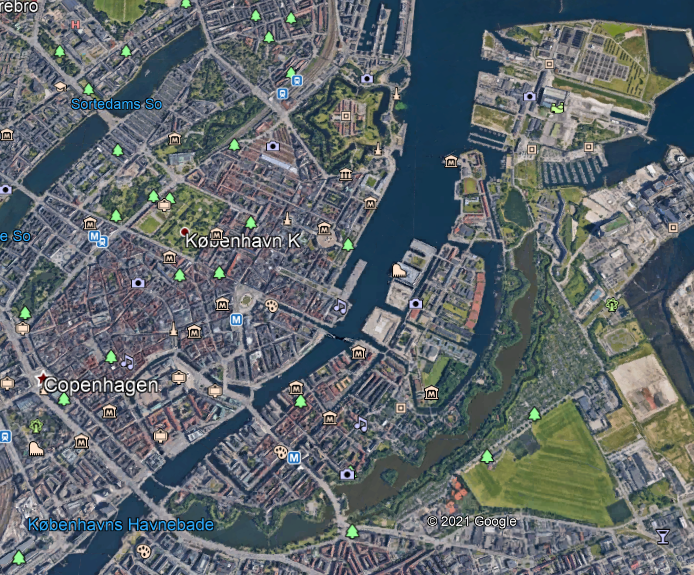
Kastellet, which translates to “The Citadel,” is considered to be one of the best fortresses in Northern Europe, and was said to have been founded by King Christian IV in 1626.
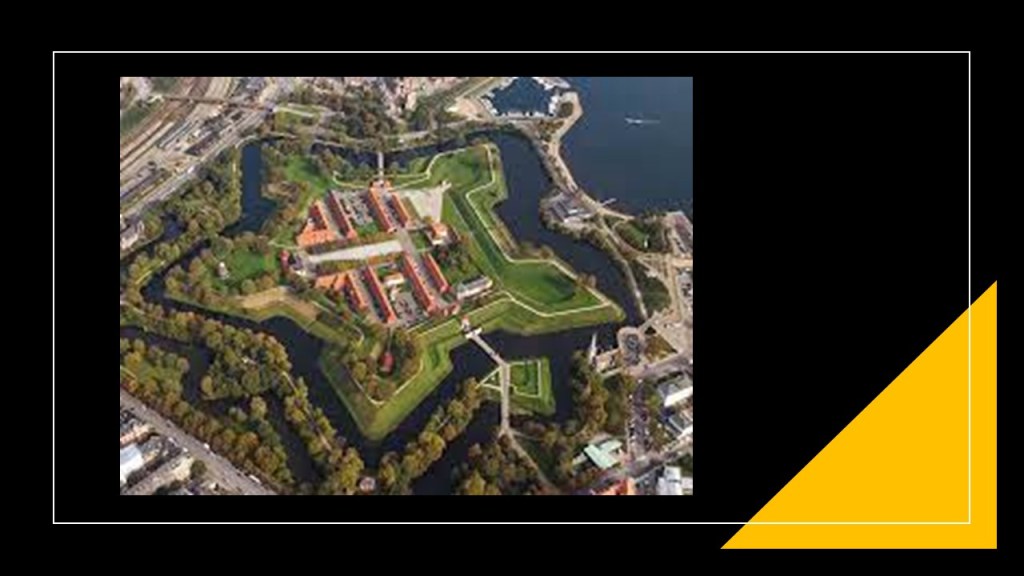
Constructed as a pentagon with bastions at its corners, it looks remarkably similar to the Castle of Good Hope in Cape Town, South Africa, on the top right, and Fort McHenry in Baltimore, Maryland, on the bottom right.

Flakfortet, meaning sand-shoal fortress, is located on Saltholmrev, an artificially-built island in the sound between Copenhagen and the Danish island of Saltholm in the body of water that separates Denmark and Sweden.
We are told that Flakfortet, said to have been built between 1910 and 1914, was the last of three artificial islands that the Danes created to defend Copenhagen Harbor.
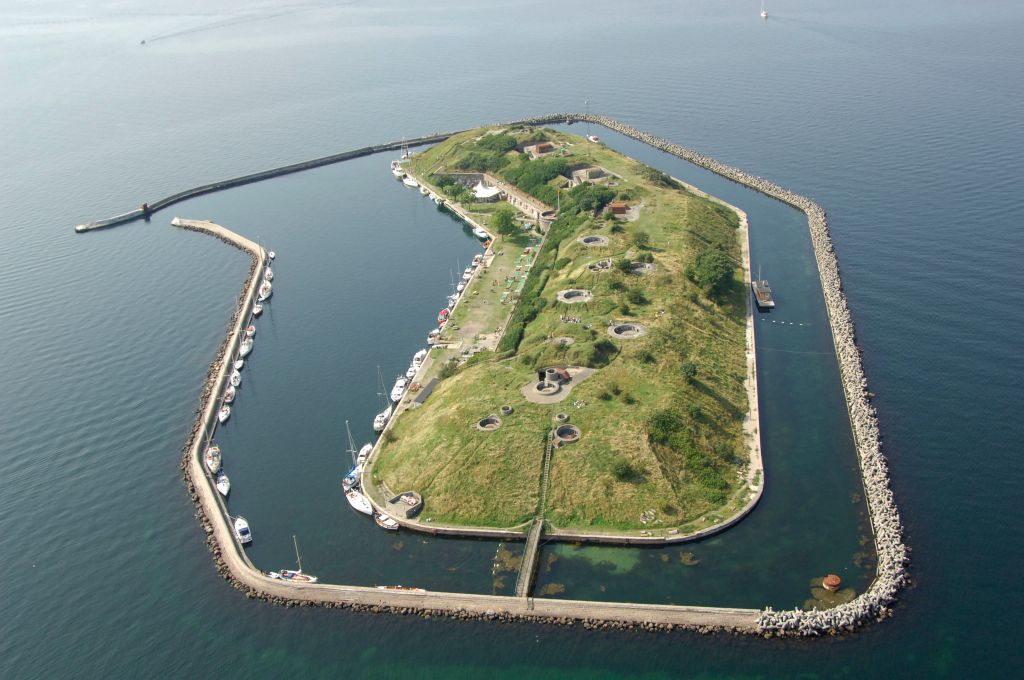
The oldest fort on an artificial island, Trekroner at the entrance of Copenhagen Harbor, was said to have been constructed starting in 1787 as part of the fortifications of Copenhagen.
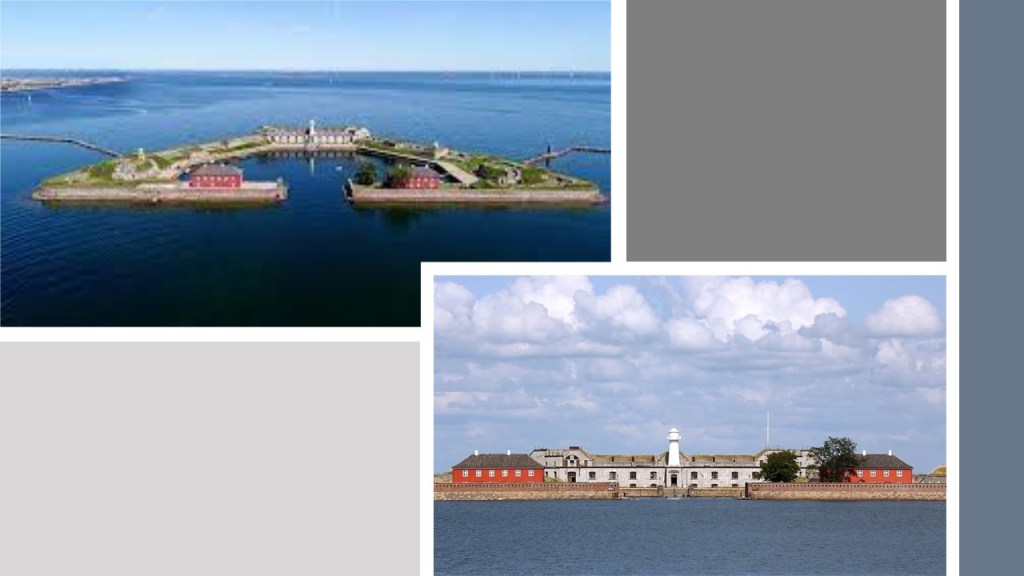
The third fort, Middelgrundsfortet, is located on an artificial island, the largest in the world at one time, in the sound between Copenhagen and the city of Malmo in Sweden, and said to have been constructed by the government of King Christian IX of Denmark between 1890 and 1894 to serve as part of Copenhagen’s coastal fortifications to defend the entrance to Copenhagen’s Harbor.
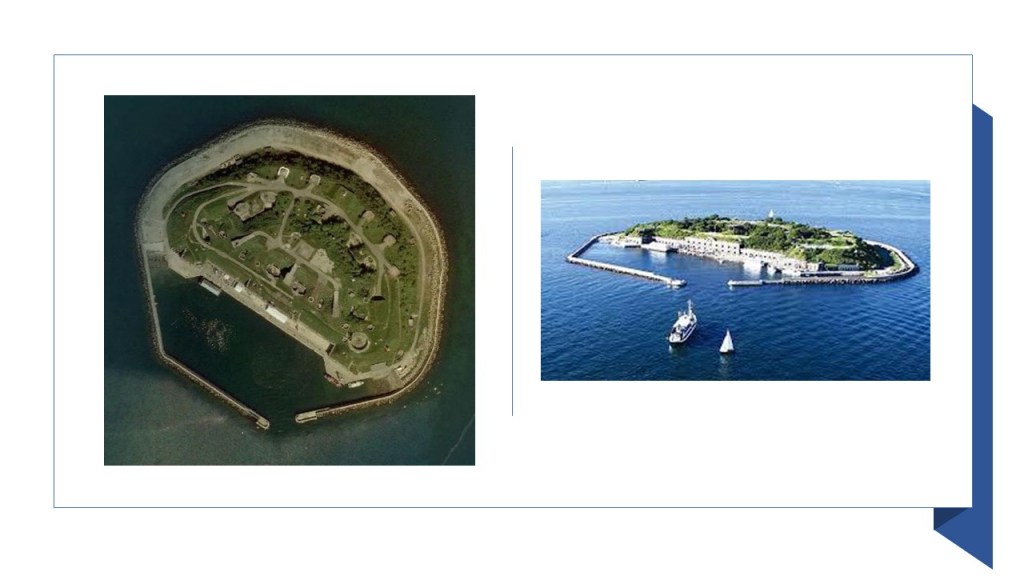
What are called the “Fortifications of Copenhagen” surround the city.

Here is a comparison between the appearance of the Fortifications of Copenhagen on the left and Valletta, the capital city of the island Republic of Malta, on the right.

The Tivoli Gardens Amusement Park in Copenhagen opened in 1843, making it the third-oldest operating amusement park in the world, after Bakken in Klampenborg, and the Wurstelprater in Vienna, Austria, which opened to the public in 1766.
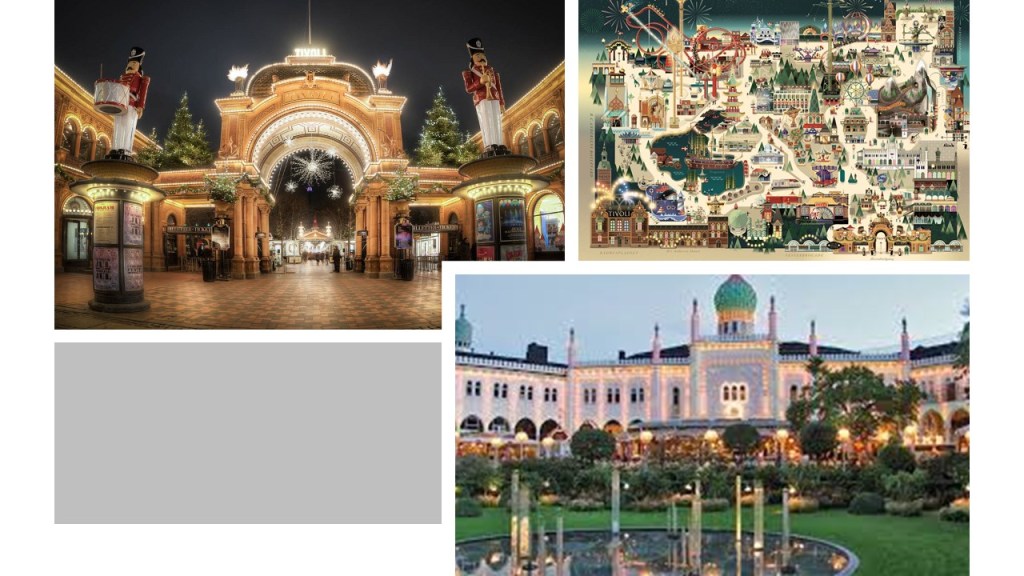
It is located in downtown Copenhagen next to the Central Rail Station…
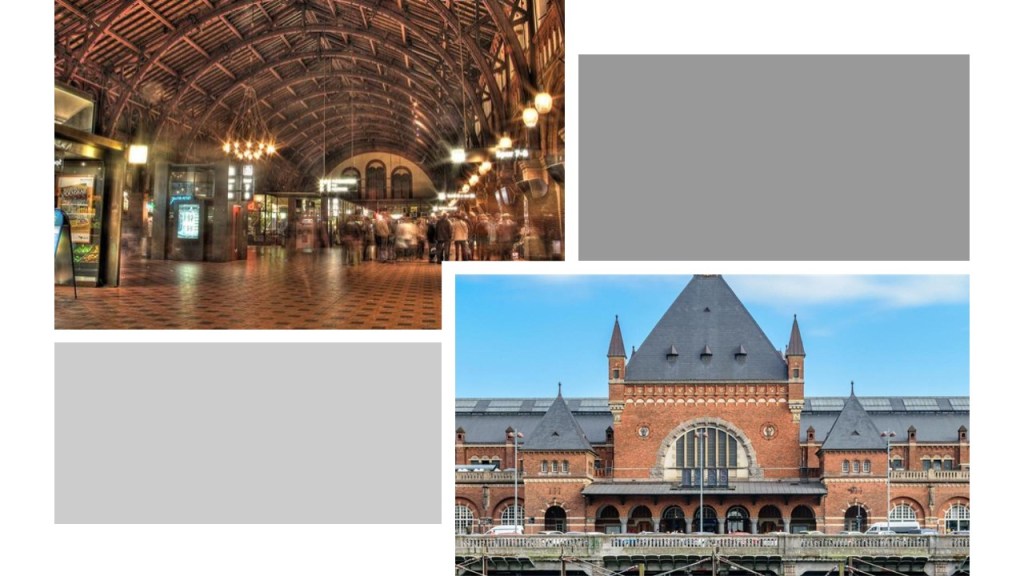
…and the railyards there.

The Copenhagen Airport at Kastrup is the main international airport serving the region, and the largest airport in the Nordic countries.
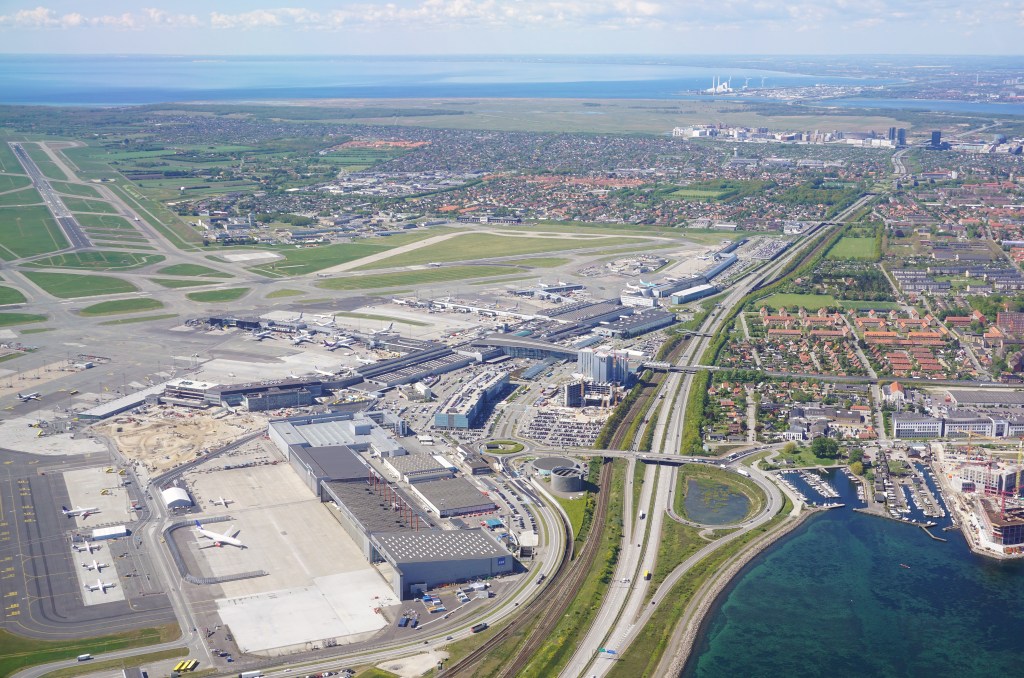
One of the oldest international airports in Europe, it was said to have been inaugurated in 1925 and one of the first civil airports in the world.
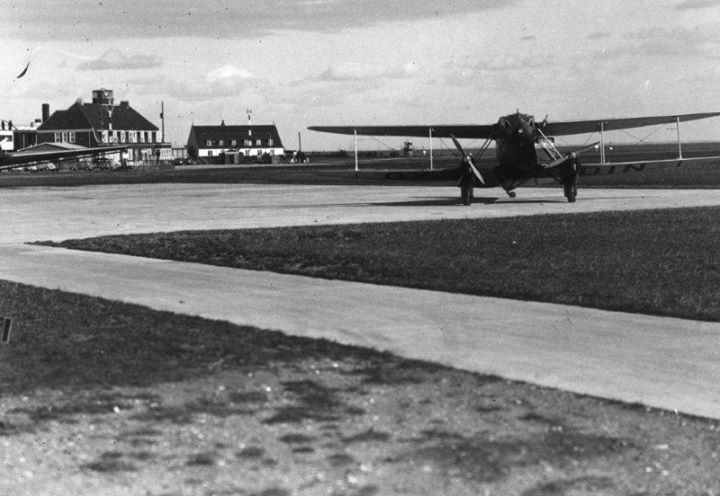
There is a train station under Terminal 3 of the Oresund Railway line…

…and the airport is also connected by subway Line M2 of the Copenhagen Metro, which links the airport with the city center in about 15 minutes.
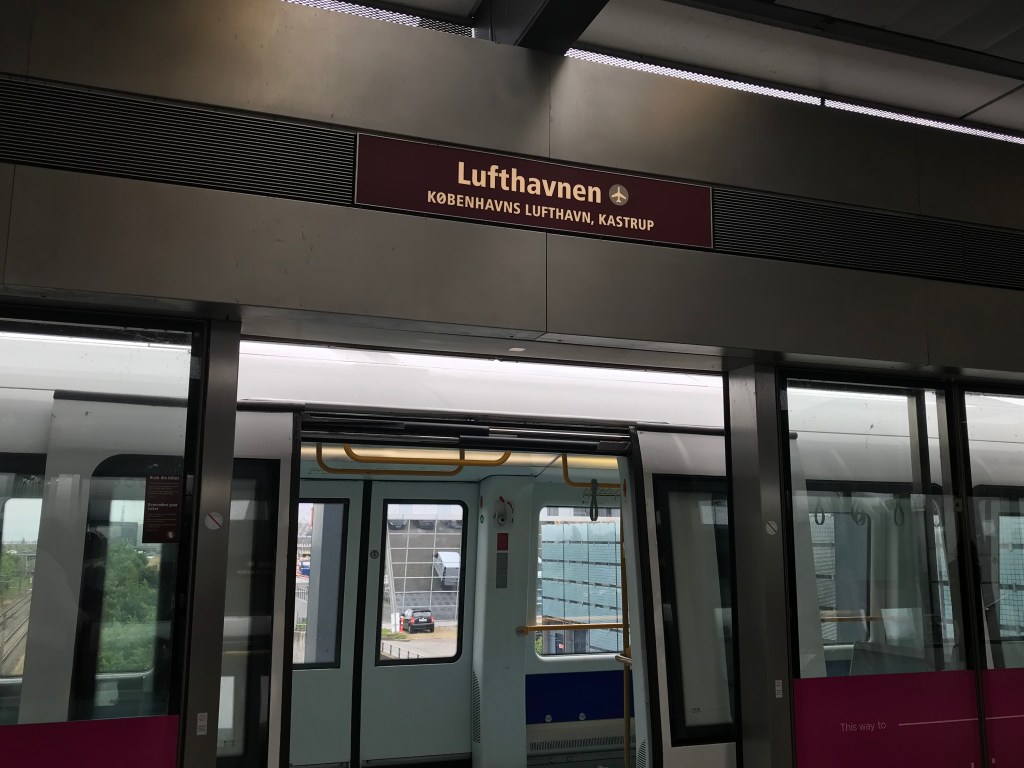
Another viewer left the comment “Check out the Toledo speedway, right next to two large freight yards and a former trolley park which is now a giant ditch.”
This is what I found on Google Earth relate to Toledo Airports and race tracks.

The yellow lines connect airports with race tracks.
The red lines form a triangle between race tracks, and the blue lines from a triangle between the two airports and other race tracks.
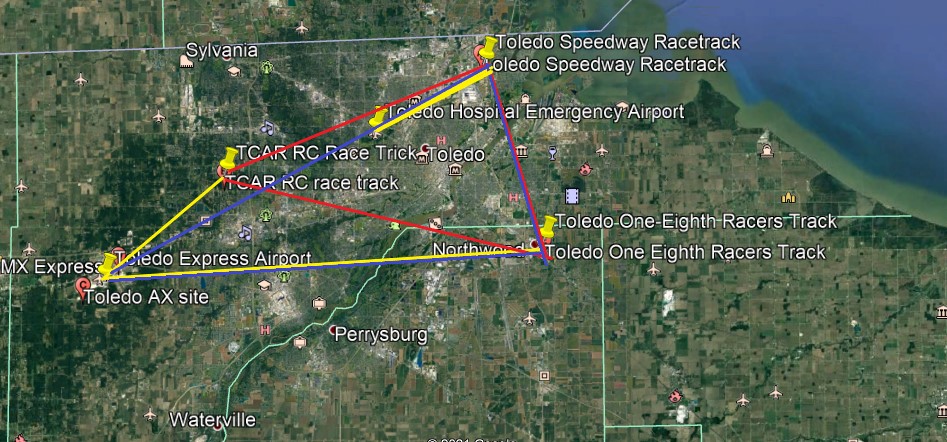
I located the railyards slightly south of the Toledo Speedway Racetrack, and the best candidate for the former trolley park in the vicinity would be the Willow Beach Amusement Park, where Cullen Park is today.
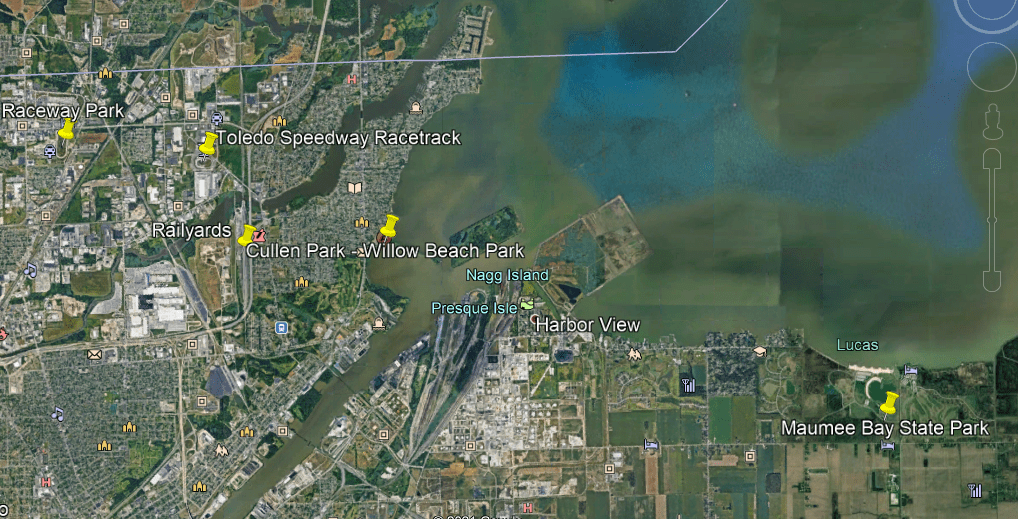
The Willow Beach Park, which opened in 1929, was a haven for food, games, gambling rides and entertainment at what was known as Point Place at the time, and permanently closed in 1947.

There was an historic trolley amusement park just a short ways up the coast of Lake Erie from Toledo in Ohio, called Toledo Beach.
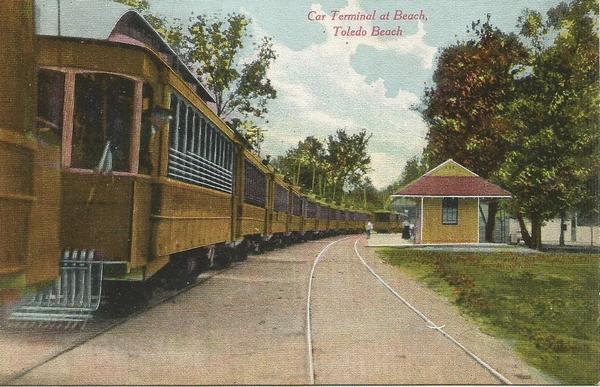
It was located where the Toledo Beach Marina is today.
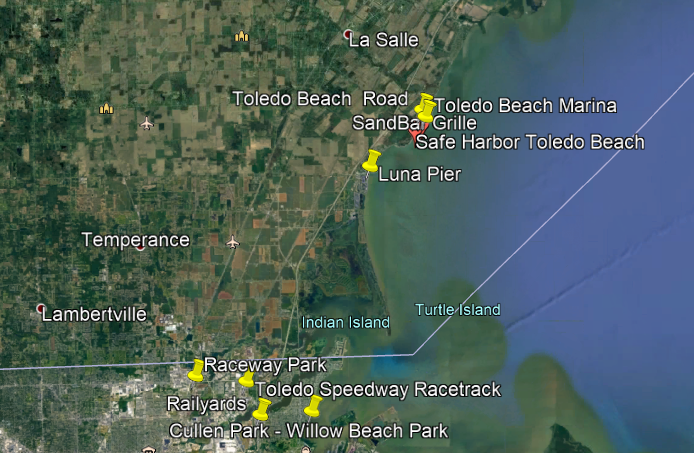
The viewer that commented about Toledo also wrote this: “I’ve also wondered what your thoughts might be on the Roche de Boeuf and abandoned Interurban Bridge on the Maumee river. This bridge was part of the lake shore line that went to Cleveland.”
He was referring to the Interurban bridge of Waterville, Ohio,which is an historic, concrete, multi-arch bridge, that was said to have been built in 1908 to connect Lucas and Wood counties across the Maumee river.

We are told that at the time of its construction, and for some time thereafter, it was the world’s largest earth-filled, reinforced concrete bridge, and that the decision was made in its construction to rest one of its supports on the historic indian council rock known as Roche de Boeuf near the center of the Maumee river, but that unfortunately during its construction the rock was partially destroyed.

Interurbans were a type of electric railway with self-propelled rail-cars running between cities or towns in North America and Europe. They were prevalent in North America starting in 1900, and by 1915, interurban railways in the United States were operating along, 15,500-miles, or 24,900-kilometers of track.
It was seen, however, as far more convenient, and cost-efficient to carry cargo by way of truck and other automobiles.
By 1930, most of the interurbans were gone, with a few surviving into the 1950s.
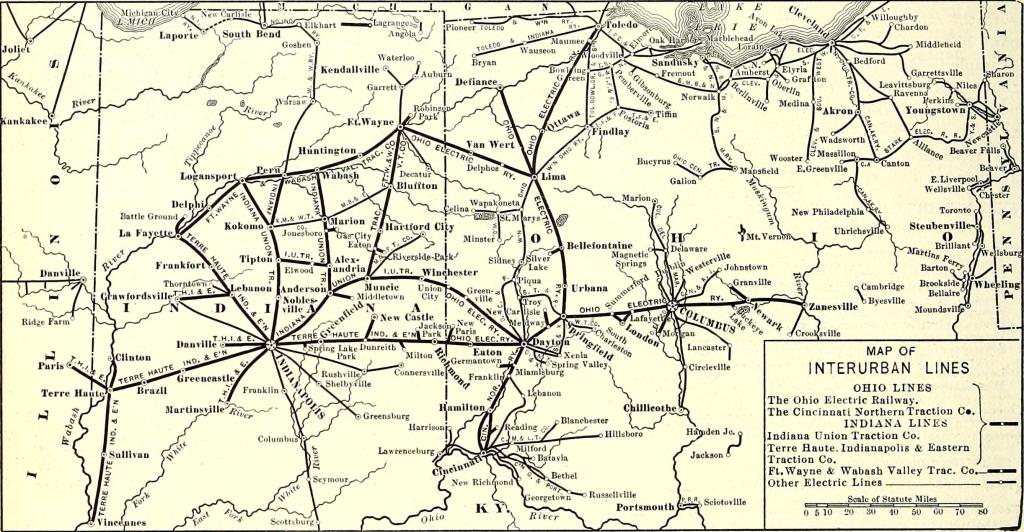
And by 1937, the Interurban bridge has sat unused to this day.
What are my thoughts?
For one, the Maumee River Interurban bridge looks way older than 113-years-old.
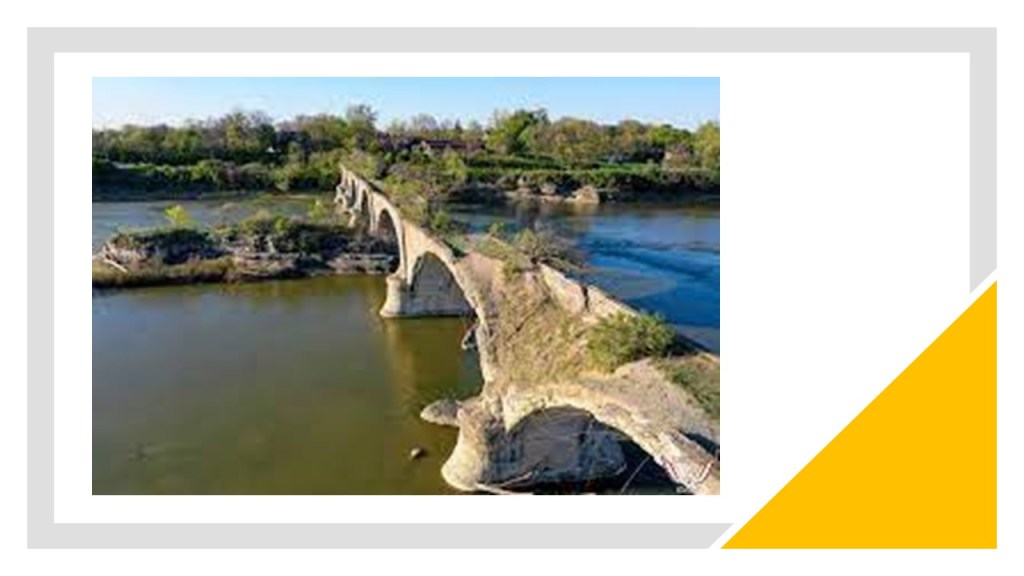
And why build a sophisticated, self-propelled electric street-car system, only to use it for 29-years and replace it trucks and cars?
Well, the most obvious answer is that the mass production of gasoline-powered private and public transportation provided another form of transportation for people and provided a highly lucrative means of generating wealth for the big corporations involved in the transportation industry.
Non-polluting and low-fare electric-streetcar-systems were simply no longer needed or wanted.

Another viewer commented about Pittsburgh, saying there is an alignment from the downtown professional football and baseball sports fields, through Pittsburgh International Airport, to the Mountaineer Racetrack & Casino, on the Ohio River across the state line in West Virginia.
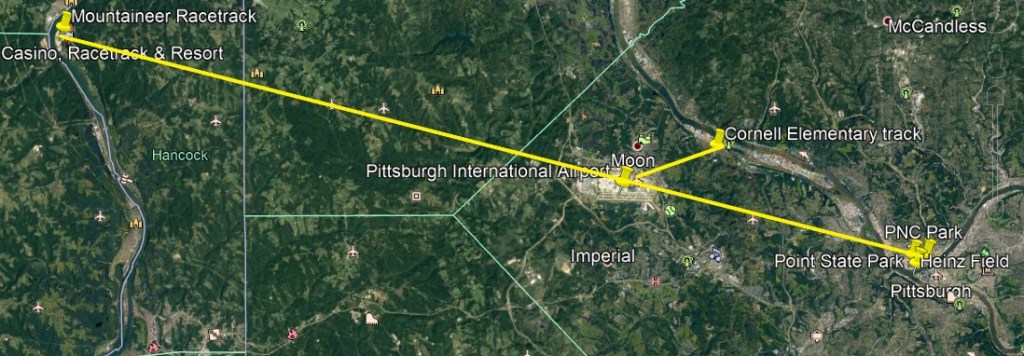
What is now the Mountaineer Racetrack and Casino was originally called Waterford Park, and constructed in New Cumberland, West Virginia after delays since 1939, starting in July of 1948, and opening day was finally held on May 19th of 1951.
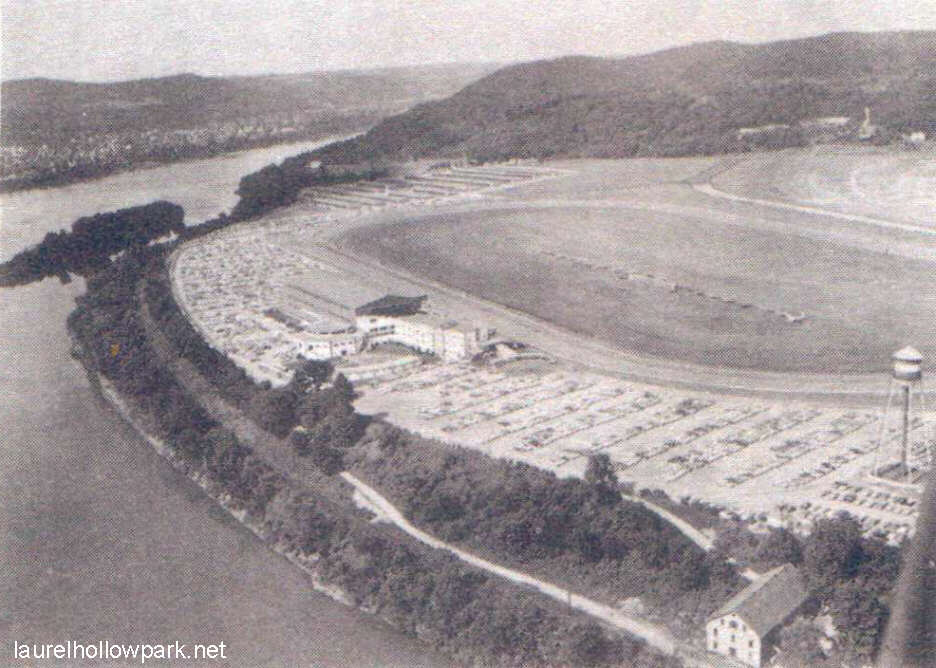
The thoroughbred horse-race track was purchased by a new owner in 1987, and renamed it Mountaineer Park and has gone through a series of new owners, and today as a gaming resort as well.
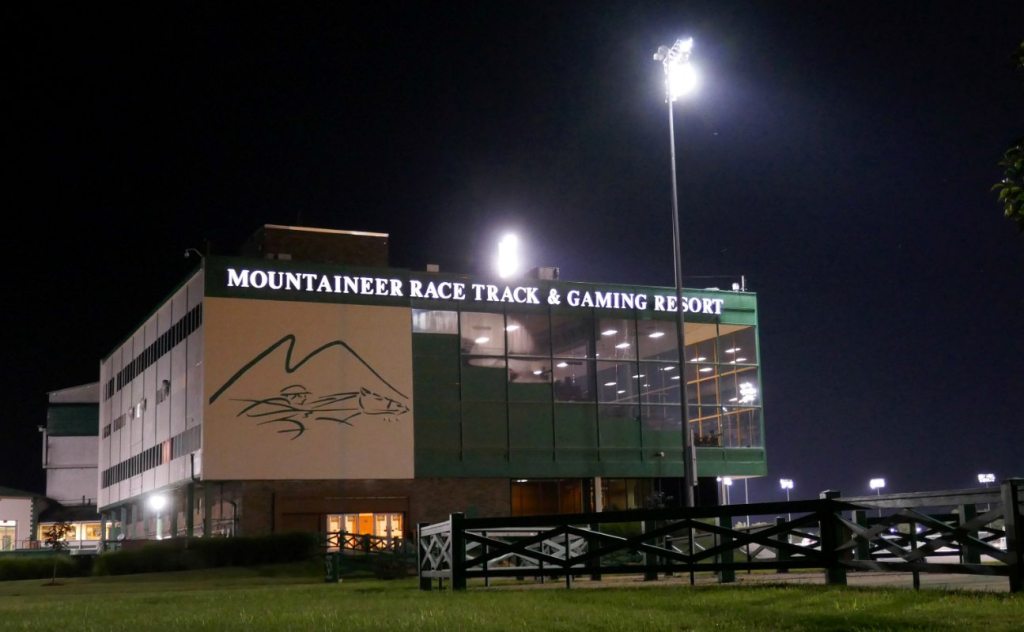
In downtown Pittsburgh, Heinz Field, the home of the NFL Steelers, and PNC Park, home of the MLB Pirates, are located right at the Forks of the Ohio, where the Ohio River forks into the Allegheny River flowing towards the North, and the Monongehela River flowing to the South.
These two major league sports’ stadiums are right across the mouth of the Allegheny River from Point State Park, the historic location of two star forts – Fort Pitt and Fort Duquesne right at the Forks of the Ohio.
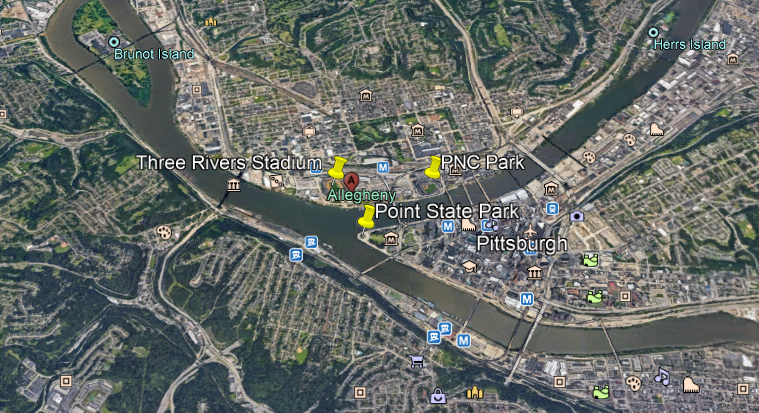
Another point of interest at this location that was brought to my attention by another commenter was the “Tribute to Children,” a statue of Fred Rogers of Mr. Rogers’ Neighborhood fame, that was unveiled in November of 2009 in front of an archway in Roberto Clemente Park on the shoreline directly in front of Heinz Field.
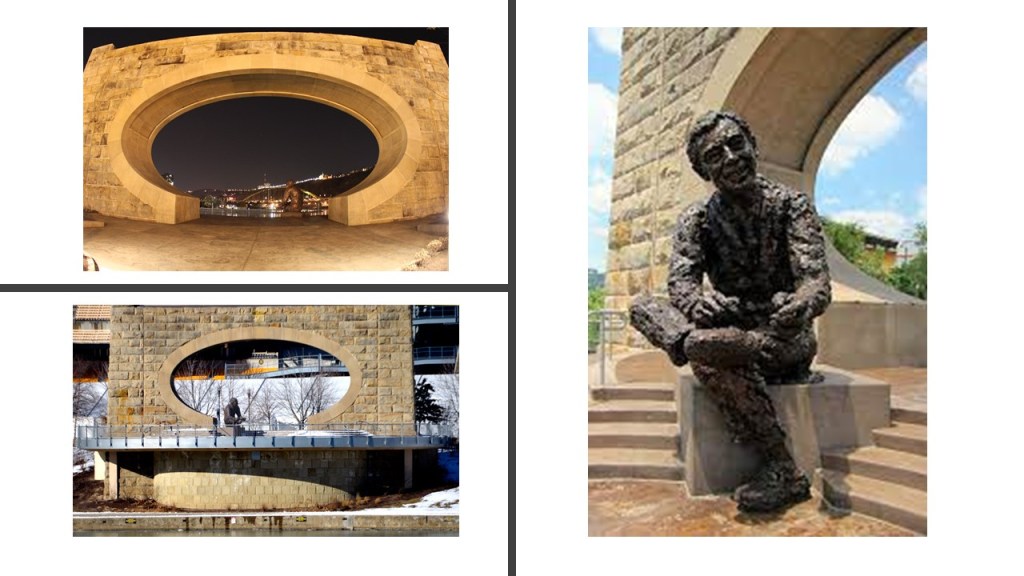
From the information she provided on the arch, when I looked at the points on Google Earth, I found an alignment from Heinz Field, through the “Tribute to Children” Arch, to at least Fort Duquesne, and I continued the alignment out across the Monongahela River, through a section of the river that would require a high amount of electricity generation…
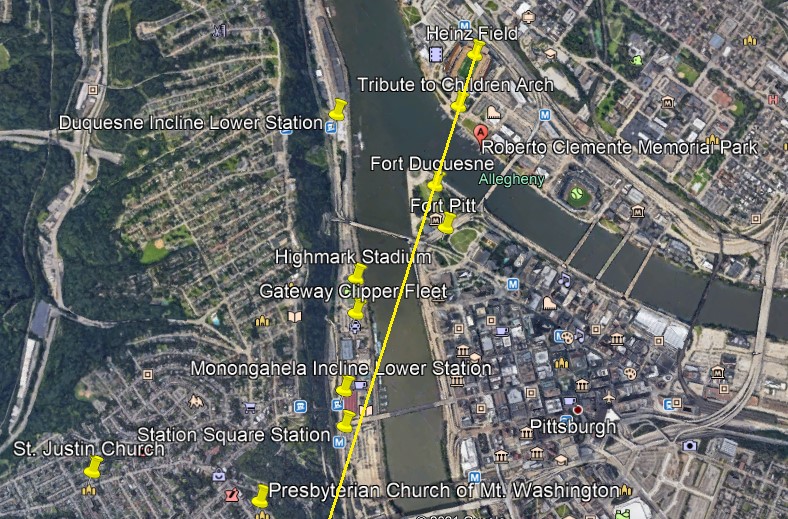
…to power Pittsburgh’s two remaining incline railways, out of what was originally seventeen in Pittsburgh, on Mount Washington, named the Duquesne and Monongahela Inclines…

…as well as the Station Square Station, a transit station on the Port Authority of Allegheny County’s Light Rail network, and the last transit station on the south side of the Monongahela River.

Station Square is an indoor and outdoor shopping and entertainment complex on lands formerly occupied by the historic Pittsburgh and Lake Erie Railroad Station, and across the Monongahela River from Pittsburgh’s Golden Triangle of downtown Pittsburgh.
Is it me seeing things, or is that a statue of R2D2 at the entrance to Station Square?
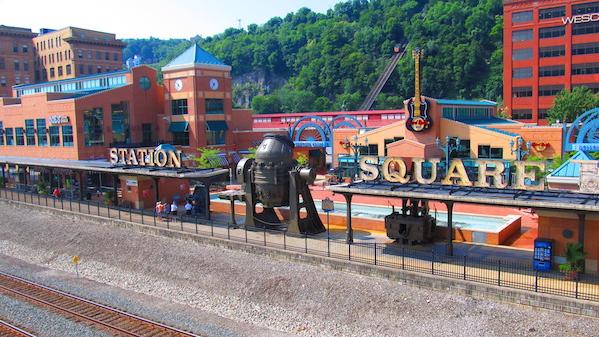
Its likeness to R2D2 stands out in my mind, along with the configuration of the blueprint for the lay-out of the Franco-British Exhibition and the White City Stadium that reminded me of R2D2 earlier in this video.

Well, a viewer cleared up the identity for me of what looks like a statue of R2D2.
Patented in 1855, It is actually a “Bessemer Converter,” used in the “Bessemer Process,” the first inexpensive industrial process for the mass production of steel from molten pig iron before the development of the open hearth furnace.
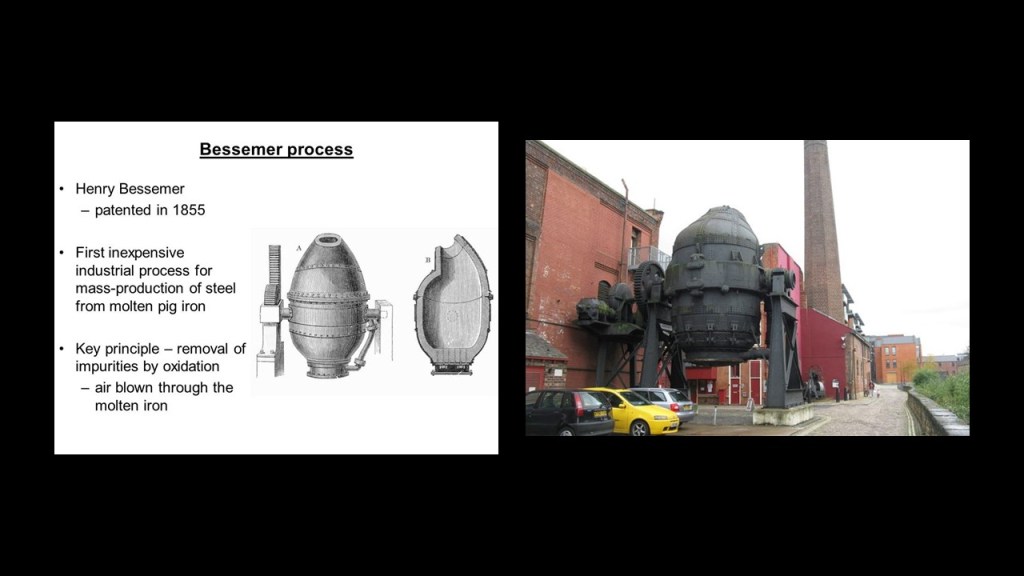
Further up, the Presbyterian Church of Mt. Washington, or Grand View United Presbyterian Church, is located near the alignment with Heinz Field, the “Tribute to Children” Arch and Fort Duquesne.

…and the relatively flat, uniform surface of the top of Mt. Washington.
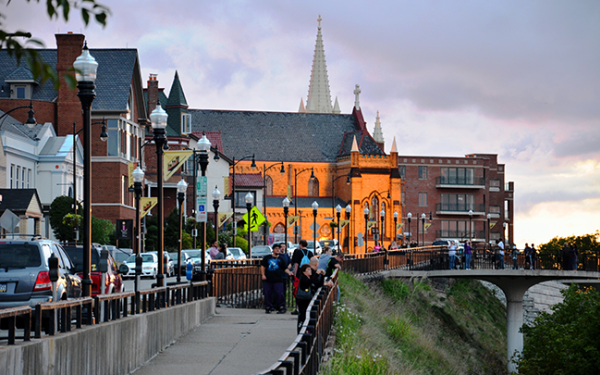
The St. Mary of the Mount Catholic Church on top of Mt. Washington is situated right next to the edge at the top, overlooking the places we have been looking at below…
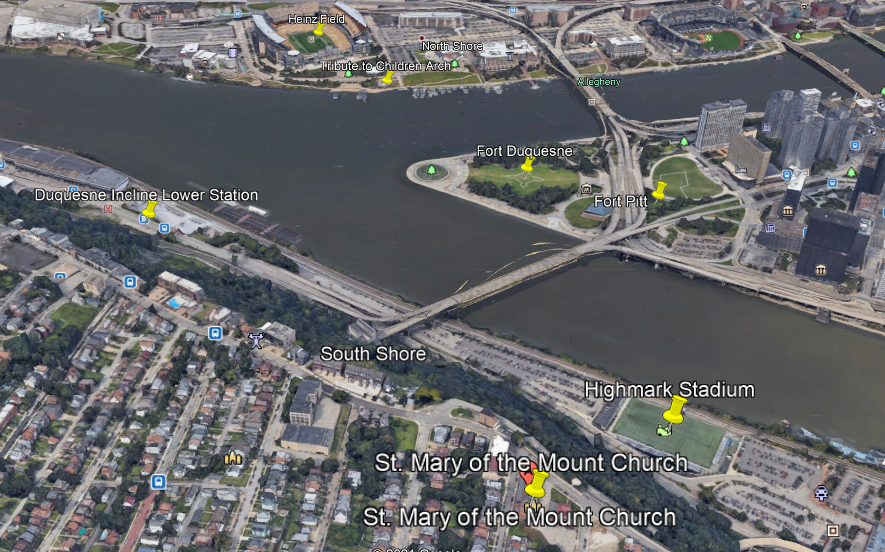
…with a mud-flooded appearance signified by the slanted street in front of it, and some beautiful cathedral windows…
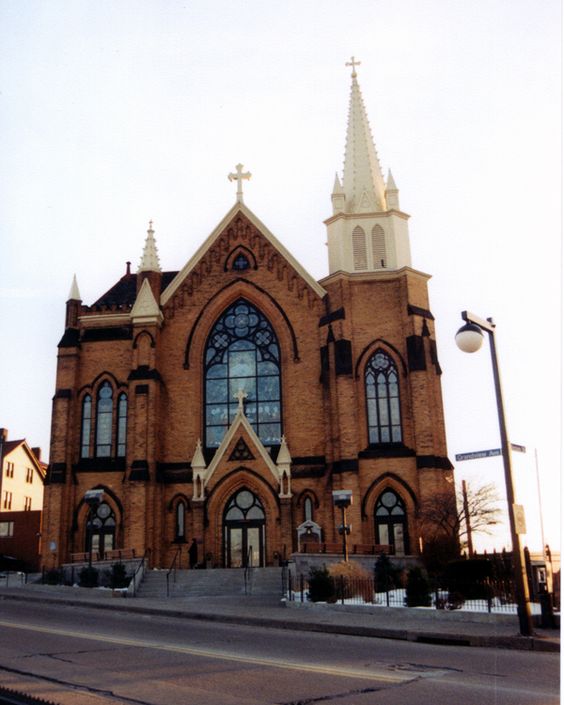
…which also resemble in appearance the patterns of some hydrogen wave functions. Could there be a connection somehow between cathedral windows and atomic wave functions?

In a different region of the country, another commenter mentioned that Turfway Park is slightly southeast of the Greater Cincinnati Airport in northern Kentucky, along the south-side of the Ohio River, Kentucky’s shared border with Ohio, and part of the Greater Cincinnati Metropolitan Area.

Turfway Park is an American horse-racing track that conducts live Thoroughbred horse racing in two meets a year – in December and between January to late-March, early-April – as well as offering year-round simulcast wagering from tracks around the country.
It first opened in 1959 as Latonia Race Course, and changed its name to Turfway in 1986.

I noticed Fort Mitchell, Fort Wright, and Fort Thomas located between the Greater Cincinnati Airport on the Kentucky side of the Ohio River, and the Lunken Airport northeast of Fort Thomas on the Ohio side of the river.
Fort Mitchell and Fort Wright were said to be two of seven Civil War fortifications built for the Defense of Cincinnati, and the U. S. Army post of Fort Thomas was said to have been built in 1890.
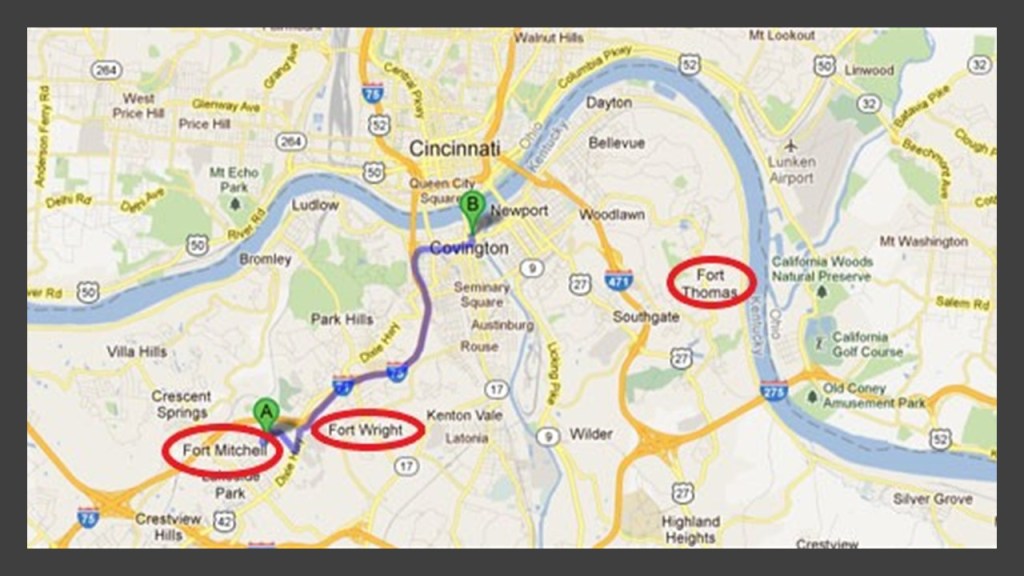
The Defense of Cincinnati was said to have occurred during what was called the Kentucky Campaign of the Civil War from September 1st through September 13th of 1862, when Cincinnati was threatened by Confederate forces, which at that time was the 6th-largest city in the United States.
Then when Confederate Brigadier General Henry Heth arrived with his troops from Lexington, Kentucky, reconnaissance scouts assessed the defenses, and the general determined that a major attack was pointless. After skirmishing a few days with Ohio infantry units near Fort Mitchell, the Confederate troops withdrew back to Lexington.

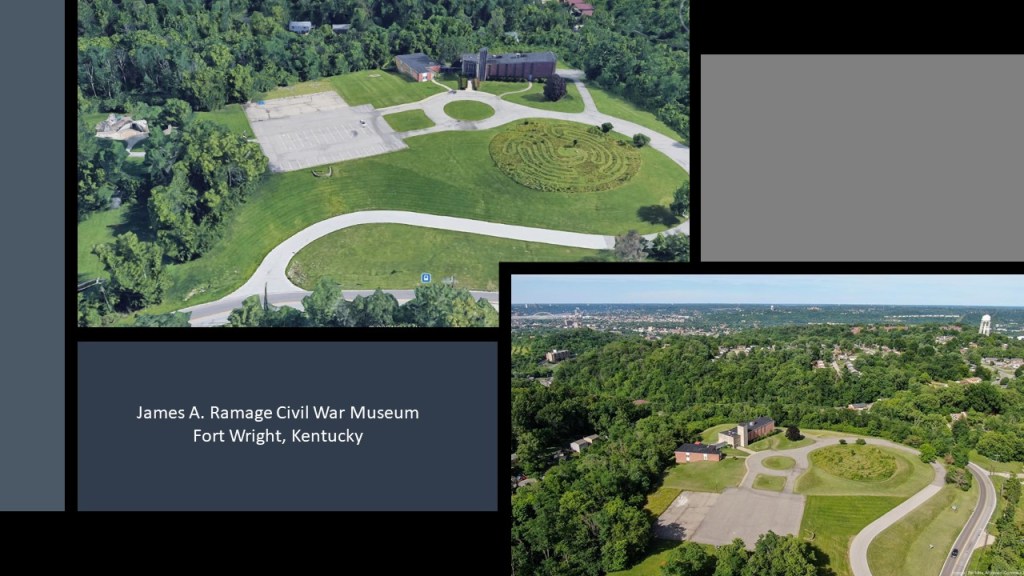
Fort Mitchell, Fort Wright and the whole south-side of the Ohio River was home to a large share of the 222-miles, or 357-kilometers, of streetcar tracks in the region, with the system tied to the Cincinnati Streetcar system via the Roebling, Central and L & N bridges crossing the Ohio River.
The last day of the original streetcar system in northern Kentucky was July 2nd of 1950, when the system was replaced by buses, with the promise of additional service and modern comforts.
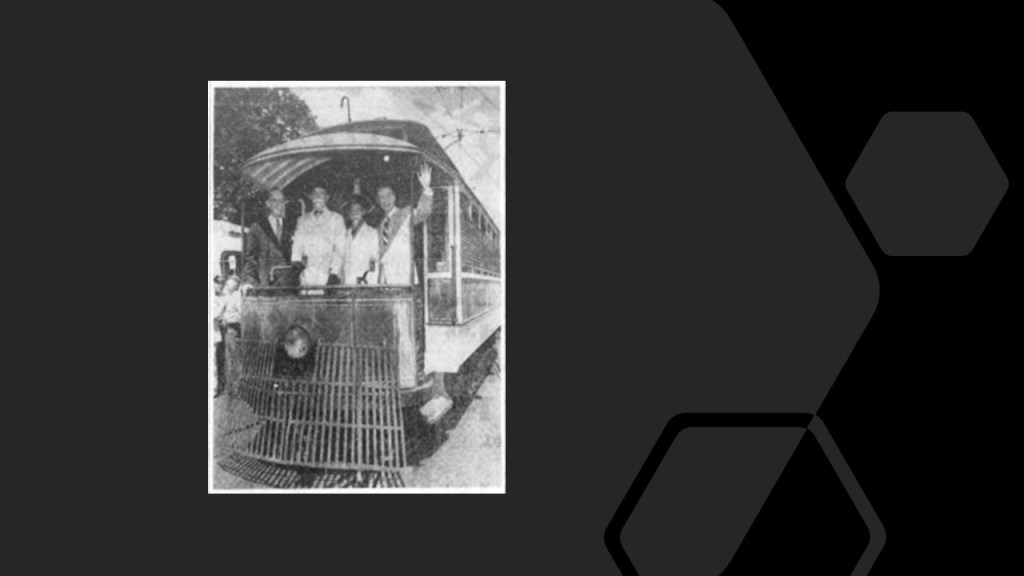
Tower Park in Fort Roberts, which also has an athletic track and field on the grounds, is a short-distance southwest of Lunken Field, also known as the Cincinnati Municipal Airport.
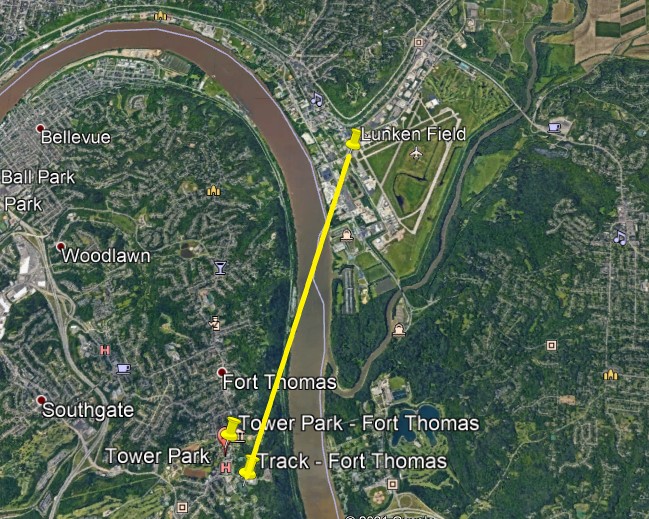
Just around the river-bend, west of Lunken Field, next to the river in downtown Cincinnati, are the city’s professional sports stadiums.
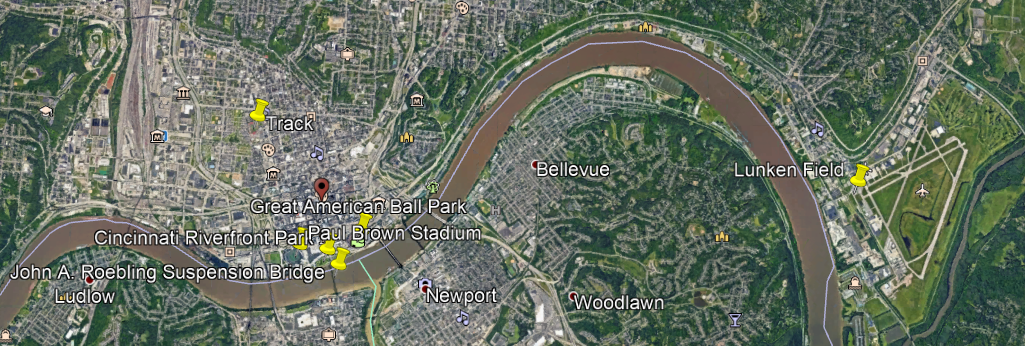
And interestingly, they are situated on the river exactly like they are in Pittsburgh.
The Paul Brown Stadium, home of the NFL Bengals, is on the left riverfront; the Great American Ball Park, home of the MLB Reds on the right riverfront.
There is a park directly in front of the Paul Brown Stadium, known as the Cincinnati Riverfront Park, like the Roberto Clemente Park in front of the Heinz Field Stadium; and a bridge located between both sporting venues.
Is the identical configuration only a coincidence?

What else is similar between Pittsburgh and Cincinnati?
There’s the geographic landmark and residential neighborhood of Mt. Adams, a flat-topped-looking earthwork that at one time had an incline Railway.
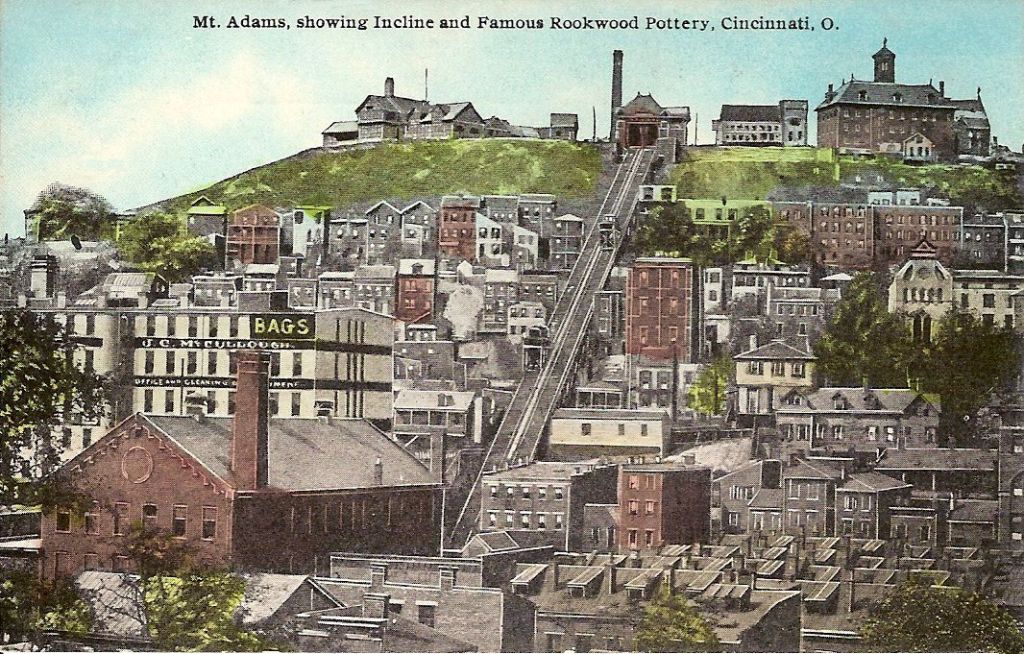
The Mount Adams Incline operated from 1872 until 1948. Long since demolished, it was the longest running incline of Cincinnati’s historic five incline railways.

Mt. Adams’ landmarks include the Pilgrim Presbyterian Church, said to have been built in 1886…

…near the Ida Street Viaduct, said to have been constructed in 1931 – which would have been during the Great Depression…

…and the Immaculata church and Holy Cross Monastery, said to have been built in 1895 and 1901 respectively…
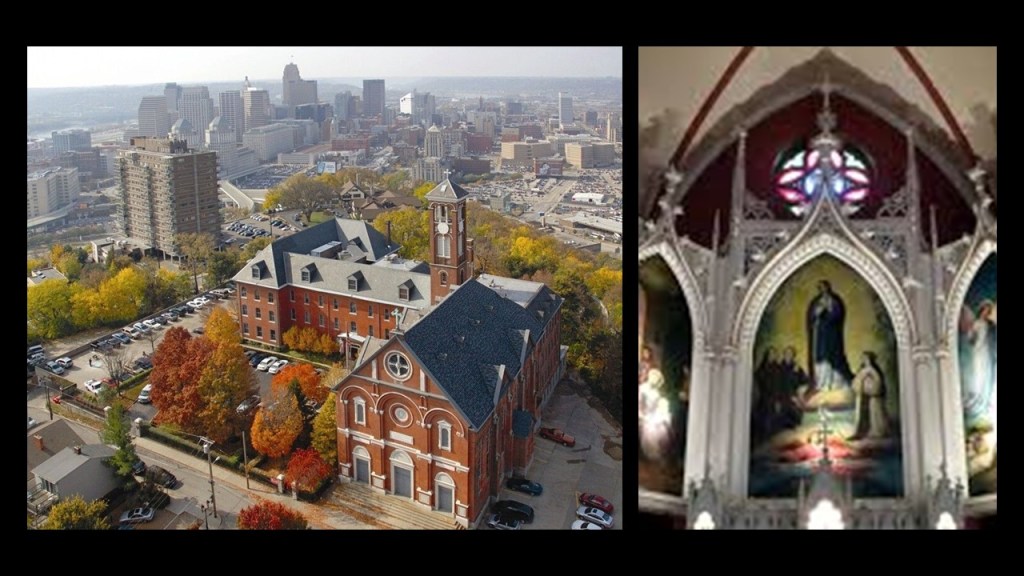
…close to the edge of Mt. Adams overlooking the river, like St. Mary of the Mount back in Pittsburgh.

Another viewer commented: “There were two race tracks near where I live. One in Fenimore NY and another in Glens Falls NY. And there’s still one in operation in Saratoga NY that’s decked out with the usual old world ornamentations. Columns/pillars, brick walls, large iron gates, ornate cement facades. As for the lost two tracks, not much is known other than the one in Glens falls became a neighborhood and the shape of the track is still visible because they just paved over it and incorporated it into the modern road work infrastructure. What were these tracks originally… another mystery!”
Since the Glens Falls and Fenimore tracks no longer exist, I will focus on the Saratoga Race Course.
This is a snapshot showing the angular relationships between the Saratoga Race Course, and just a portion of the large number of airparks, airfields, and airstrips in this part of New York State.
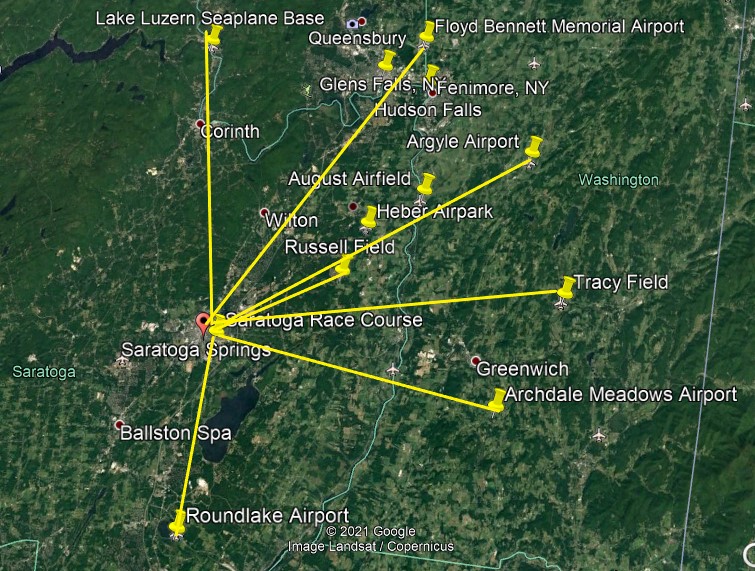
The Saratoga Race Course is a thoroughbred horse racing track in Saratoga Springs, New York. It is one of the oldest sporting venues in the United States, having opened on August 3rd of 1863 (which would have been in the middle of the American Civil War).
The Saratoga Race Course has been in use pretty much continuously since it first opened.
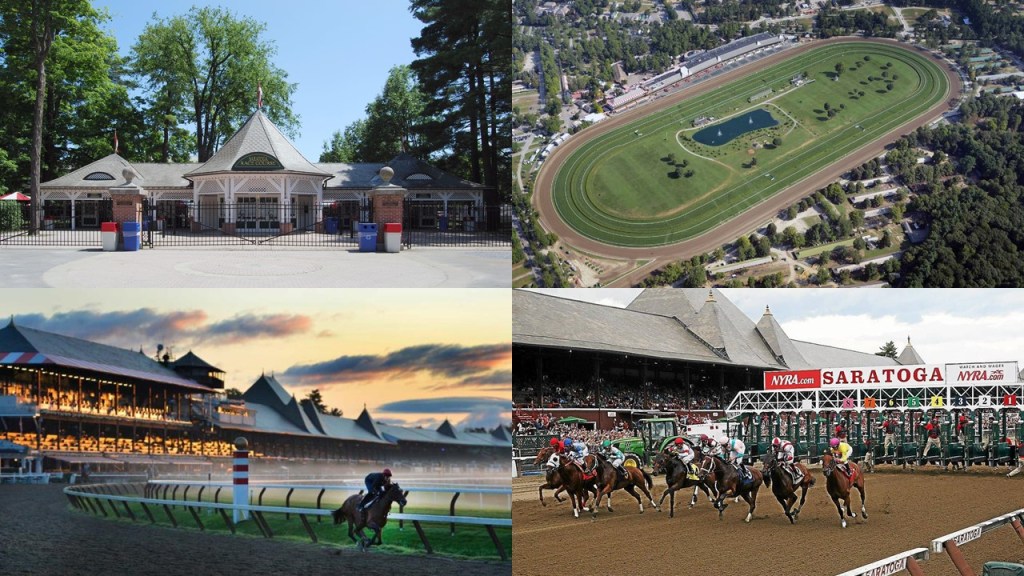
The name of Saratoga Springs reflects mineral springs that are in the area, making it a popular resort destination for over 200 years.
High Rock Spring in this location is believed to have medicinal properties.

The British were said to have built Fort Saratoga on the west bank of the Hudson River, somewhere south of Schuylerville, in 1691.
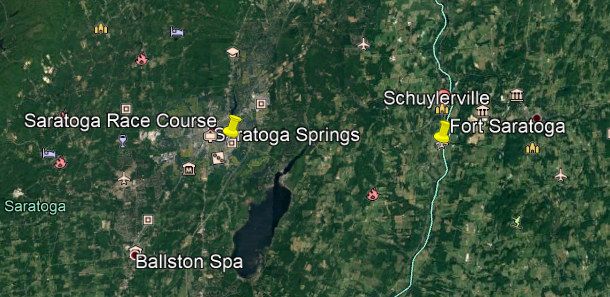
Saratoga Springs was established as a settlement in 1819, and as a village in 1826.

What eventually became known as the Adirondack Branch of the Delaware & Hudson Railroad, first arrived here in 1832.
This was the first station used in Saratoga Springs, from 1833 until it burned down in 1870.

Then, this was the main train station in Saratoga Springs, from 1871, until it burned down in 1899.

And this is the Saratoga Springs Railroad Station today.

And were there trolleys in the history of Saratoga Springs?
You bet there were!
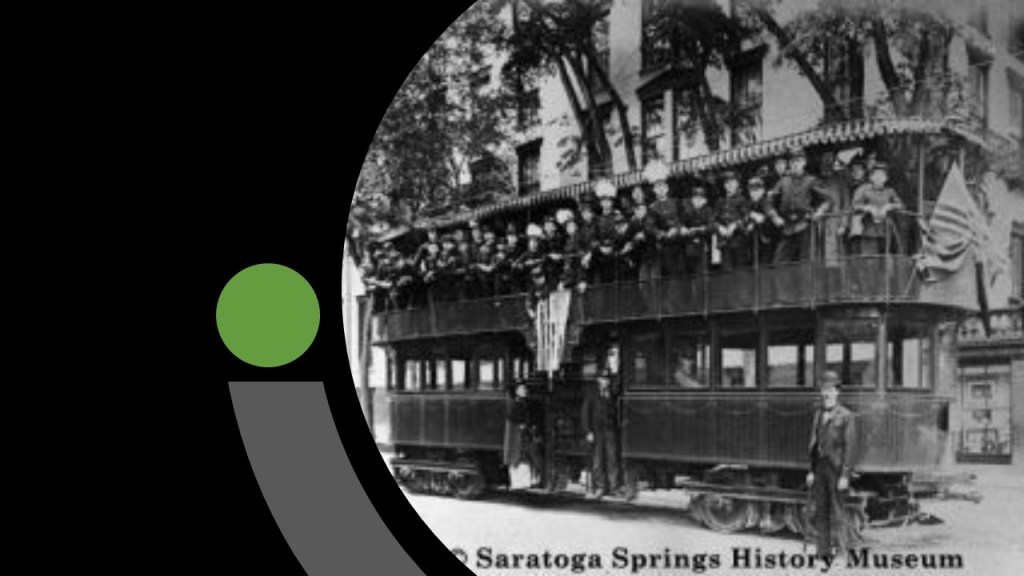
Trolley service ended here in 1938.
Today the historic trolley station building serves as the Saratoga Springs Heritage Area Visitors Center.

The last place I am going to look into in this post is Hot Springs in Arkansas.
I had several comments from two viewers to research.
First, CC mentioned the following about Hot Springs.
“The resetters burned the city in the early 1900s.”
So I looked, and found out that a fire started on Church Street in Hot Springs on September 5th of 1913 near the Army and Navy Hospital and Bathhouse Row.
An estimated $10 million in damages from the fire occurred across 60 blocks and destroyed much of the southern part of the city.

CC also said that Hot Springs has a horse racing track, and a casino, which is located near the Memorial Field Airport.

The Oaklawn Racing Casino Resort is a thoroughbred horse-racing track that first opened in February of 1905.
It was ranked 5th in 2017 by the Horseplayers Association of North America, and includes the running of the Arkansas Derby, which has a $1 million purse.
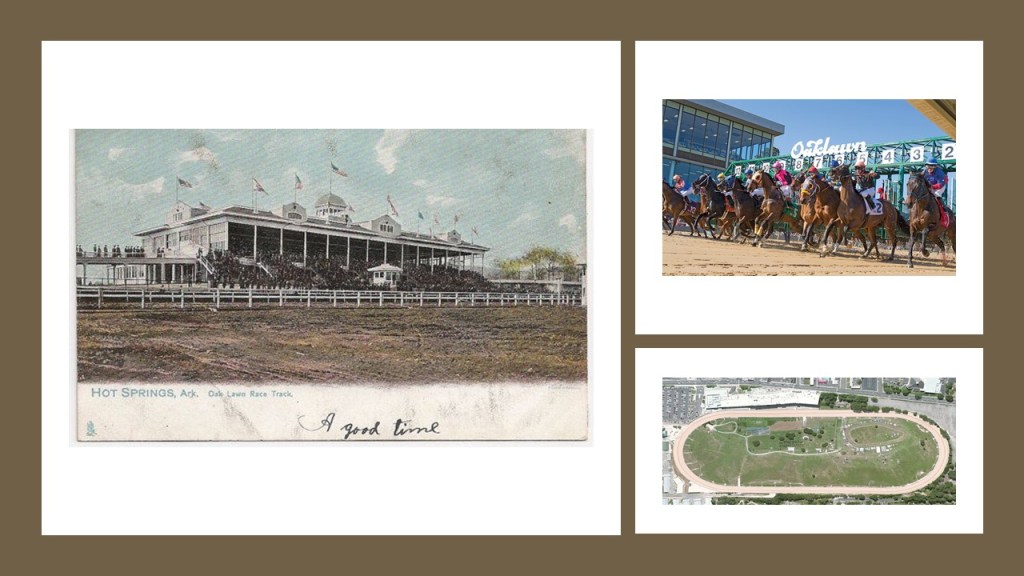
.
CC indicated there is an amusement park in Hot Springs called Magic Springs, which first opened in 1978, closed due to financial problems in 1995, and re-opened in 2007 as Magic Springs and Crystal Falls Water and Theme Park.
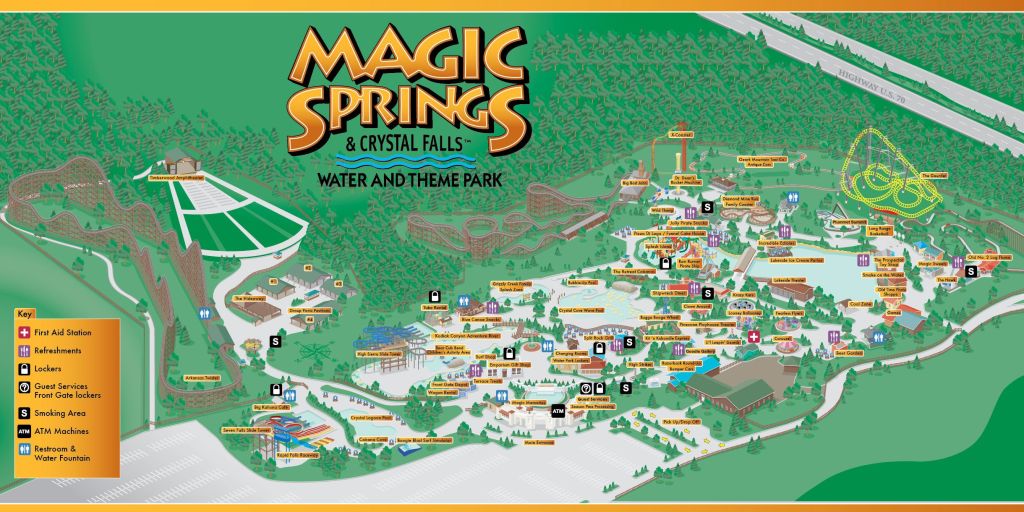
The only reference to an historical amusement park in Hot Springs that I could find was McLeod’s Amusement Park, more commonly known as Happy Hollow, one of Hot Springs most popular tourist attractions from the late 1800s to the 1940s.
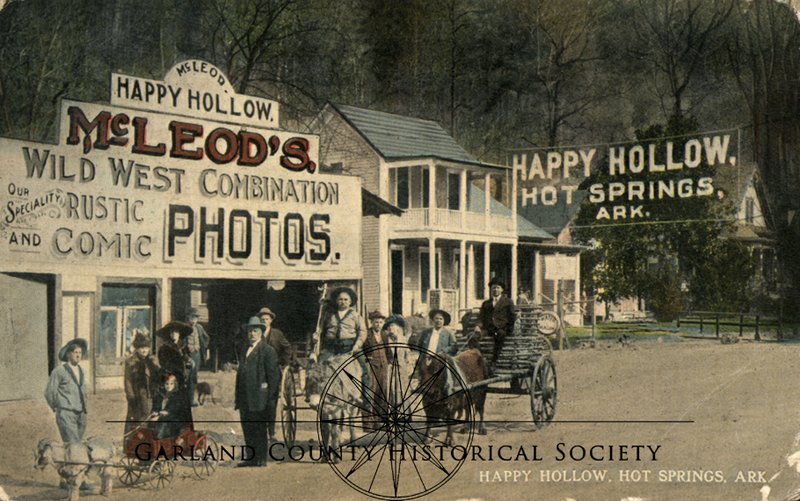
CC said there was a huge armory hospital in Hot Springs that was a massive star fort!
He was referring to what used to be the Army and Navy Hospital, which is now a state-run rehabilitation center.

The former Army and Navy Hospital, the first general hospital in the country that treated both Army and Navy patients starting in January of 1887, appears to be situated at the bottom of Hot Springs Mountain, just around the corner from Happy Hollow on the north-side of Hot Springs Mountain.

What we are told is that in the early 1930s (which would have been during the Great Depression), the original building was replaced with a brick-mortar and steel facility with 412-beds.
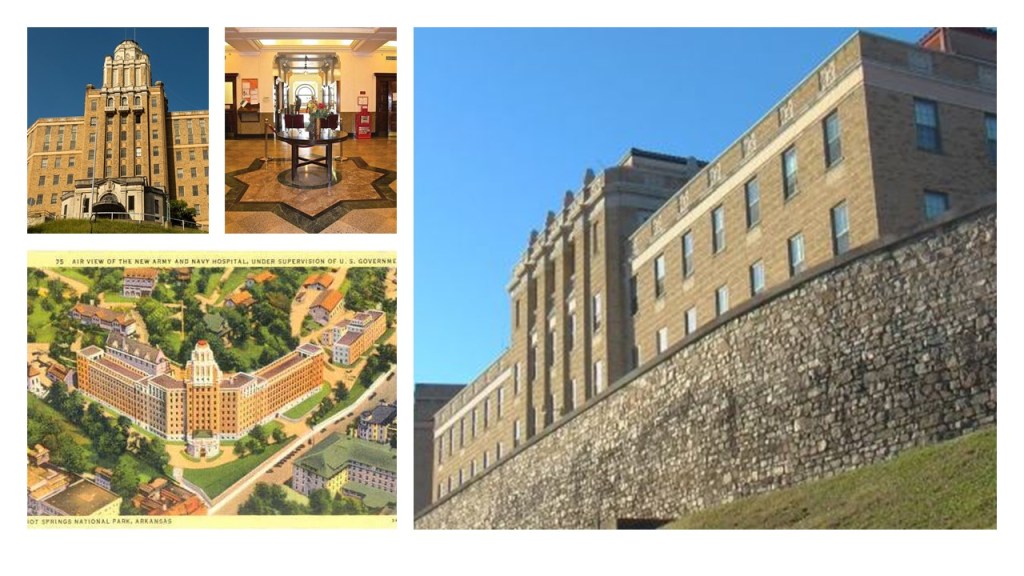
SD, who also lives in Hot Springs, commented about the old Army and Navy Hospital, and about Hot Springs Mountain as well, as, among other things, she said that it was the first federally-protected land in the United States.
Hot Springs Mountain was turned into a reservation by an Act of Congress on April 20th of 1832, and was the first time that land had been set aside by the federal government to preserve its use as an area for recreation, and the city of Hot Springs was incorporated on January 10th of 1851, and Hot Springs Mountain became a National Park in 1921.

SD said Hot Springs was also called Valley of the Vapors because when the hot water steam arose there were rainbows that were seen…
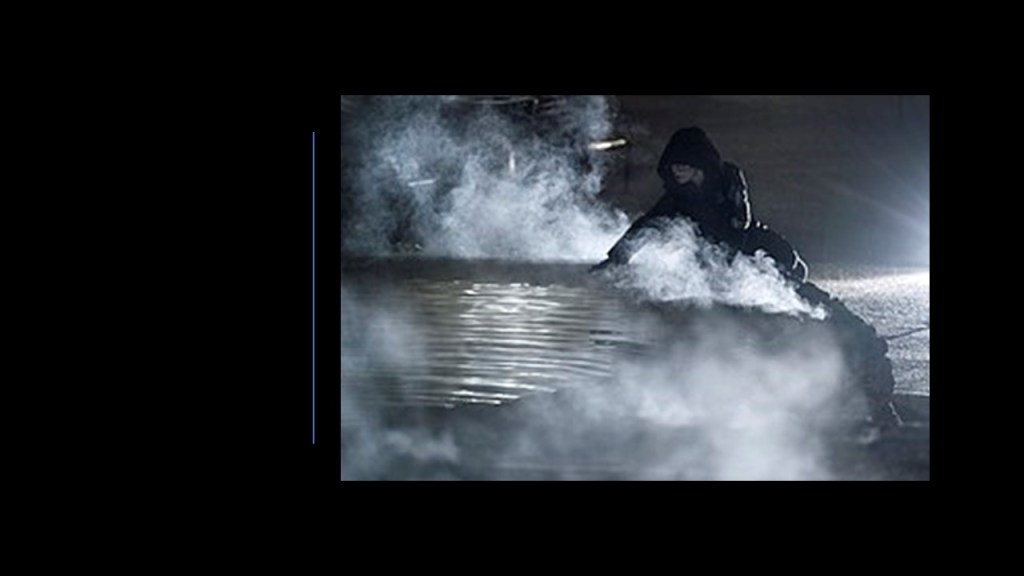
…and Hot Springs Mountain has 47 natural springs that have been capped off and piped into bathhouses, and that the bathhouses still stand, specifically the Fordyce Bathhouse with a museum is fascinating…

…but all of them are beautiful.
Bathhouse Row is maintained by the National Park Service, eight historic bathhouse buildings and gardens along Central Avenue.

SD mentioned that Hot Springs also had electric rail cars at some point in time.

I found out that the Hot Springs Street Railroad ran around Hot Springs to and from the Oaklawn Race Track.

SD also said there was a large solid and pure quartz crystal vein, that Hot Springs sits within or just outside of, that runs approximately 200-miles, or 322-kilometers, that starts in Oklahoma, runs through the Ouachita Mountains, and ends close to the state capital of Little Rock.
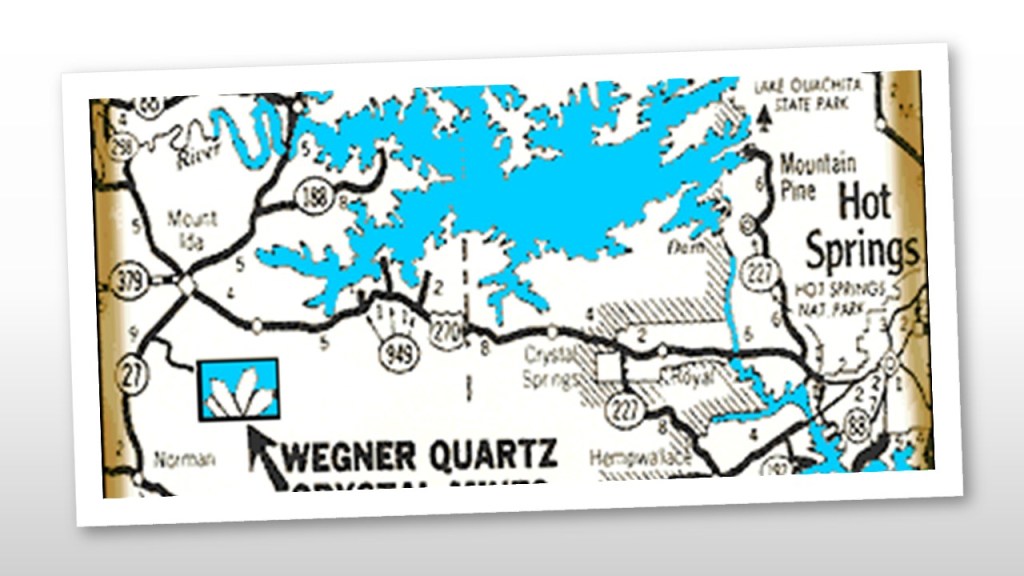
There is more I can delve into in Hot Springs, but I am going to stop right here.
So, again, what are the odds of all of these similar relationships and connections happening randomly in diverse places across the world over long periods of time?
I think the truth of what we are actually seeing, the components of a very precise and integrated, world-wide, electromagnetic free-energy-generating-and-receiving geometric grid system, is actually hidden within our every day language – in circuits (race tracks), batteries (star forts), terminals and engines (all rail-lines) and the definition of spring.
The sport of racing uses the word “circuit” in the following ways:
- The course over which races are won.
- The number of times the racers go around the track.
- An established itinerary of racing events involving public performance.
- Circuit race – a mass-start road-cycle race that consists of several laps of a closed-circuit, where the length of the lap is slightly longer each time.
Electrical Circuit definitions Include:
- A closed path in which electrons from a voltage or current source flow.
- An electric circuit includes: devices that give energy to the charged particles the current is comprised of, such as batteries and generators; devices that use current, like lamps, electric motors, and computers; and the connecting wires or transmission lines.
- An electronic circuit is a complete course of conductors through which current can travel. Circuits provide a path for current to flow.
Wouldn’t it stand to reason that those behind the reset when setting up the New World would take advantage of the super science of the different types of circuits in the Earth’s grid system in order to harness their inherent power to enhance performance at sporting events, to make lots of money at highly-charged, prestigious gaming and betting venues, with the added excitement of large crowds spending large amounts of money on the factor of chance?

The word “battery” is typically associated with star forts, and I think that is telling us what their true function was.
And so many more star forts have been destroyed than are still intact.
A battery is a device that produces electricity that may have several primary or secondary cells arranged in parallel or series, as well as a battery source of energy which provides a push, or a voltage, of energy to get the current flowing in a circuit, which aligns with the examples of star forts occurring in pairs or clusters of three or more.

And the word terminal is associated with rail-lines, as in the example given back with the electric streetcar line that ended in Toledo Beach, defined as “The end of a railroad or other transport route, or a station at such a point” and “A point of connection for closing an electric circuit.”

Trolley amusement parks were typically located at the end of streetcar lines.
Was there some kind of enhanced energy-generation going on with trolleys and amusement parks on the earth’s free-energy-generating system?
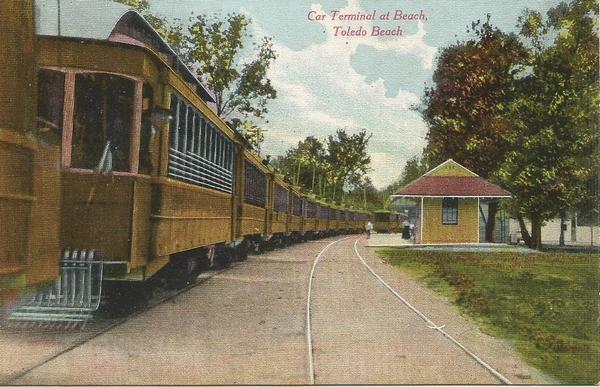
The other definition of a terminal is: “A point of connection for closing an electric circuit.”

While Engines are also strongly associated with train locomotives, as seen in the second definition of engine.
The first definition show here is “a machine with moving parts that converts power into motion.”
Is that actually telling us the function locomotives performed on the Earth’s free-energy-generating grid system?

As seen in this post, there is also some kind of connection to different kinds of mineral springs with regards to all of this infrastructure.
Definitions of the word spring include:
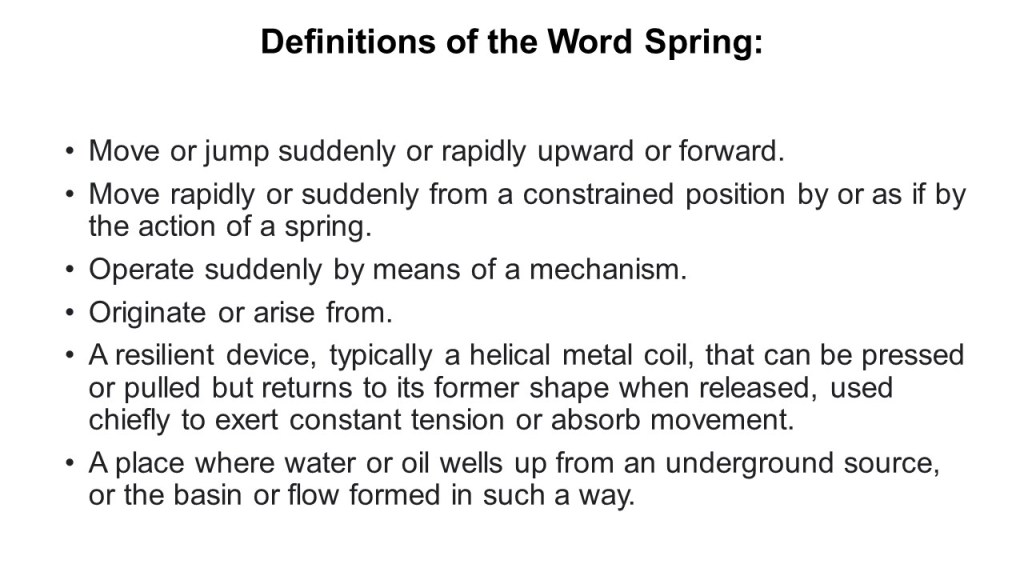
I don’t know exactly what the function of mineral springs would be on this free-energy-generating system, but it could very well be contained within one or all of the non-water definitions.
And what is the function of quartz crystals in electronics?
Though quartz crystals have several applications in the electronics industry, they are mostly used as resonators in electronic circuits.

If you apply an alternating voltage to a quartz crystal, it causes mechanical vibrations. The cut and the size of the crystal determine the resonant frequency of these vibrations or oscillations, and it generates a constant signal.
A Big Thank You to everyone who has taken the time to make suggestions of places to research – your input has helped me enormously in this process, and you have me looking at places that I would not otherwise think to look in making these connections to the bigger picture of what looks more and more like “Circuit Board Earth.”





